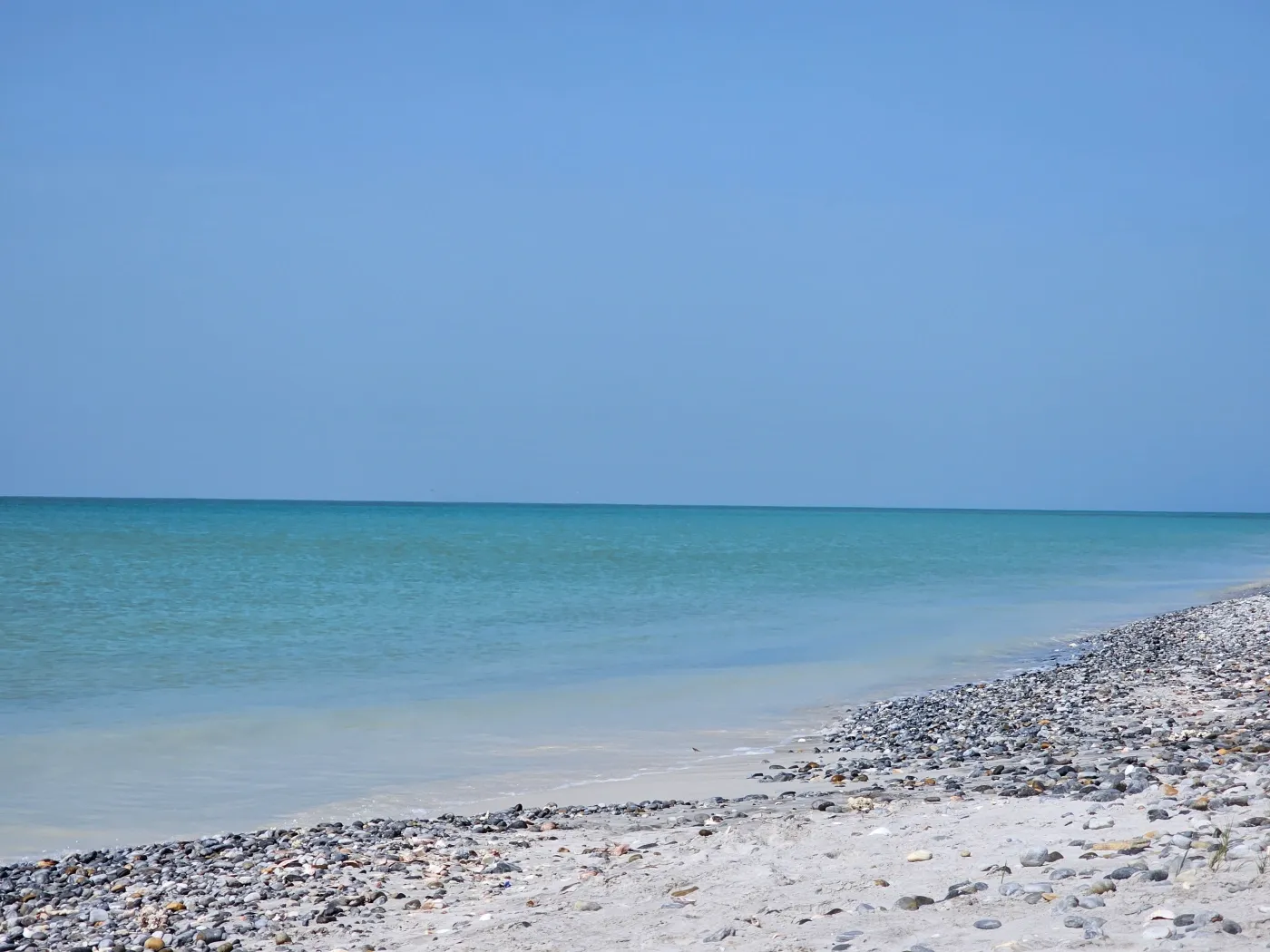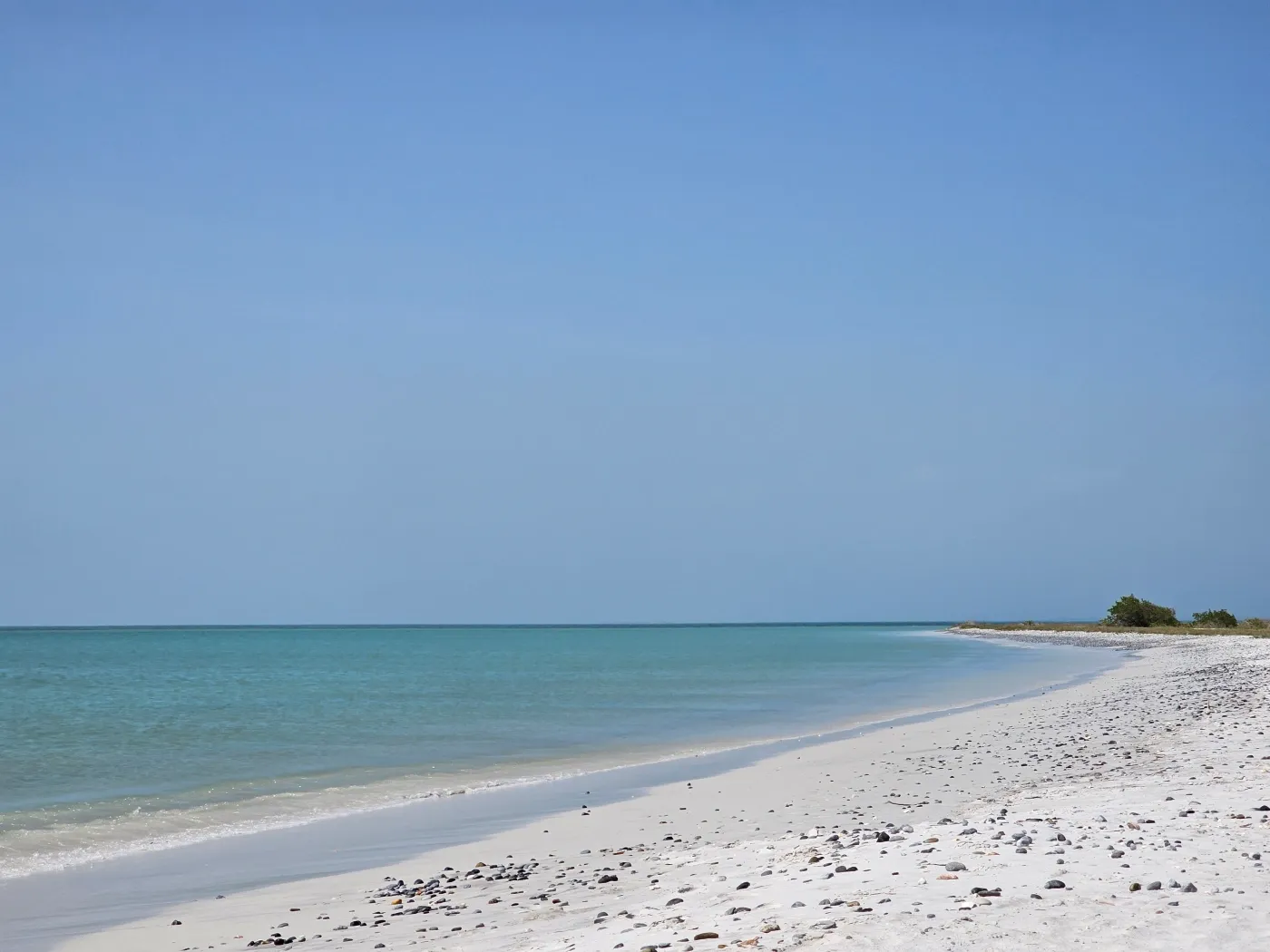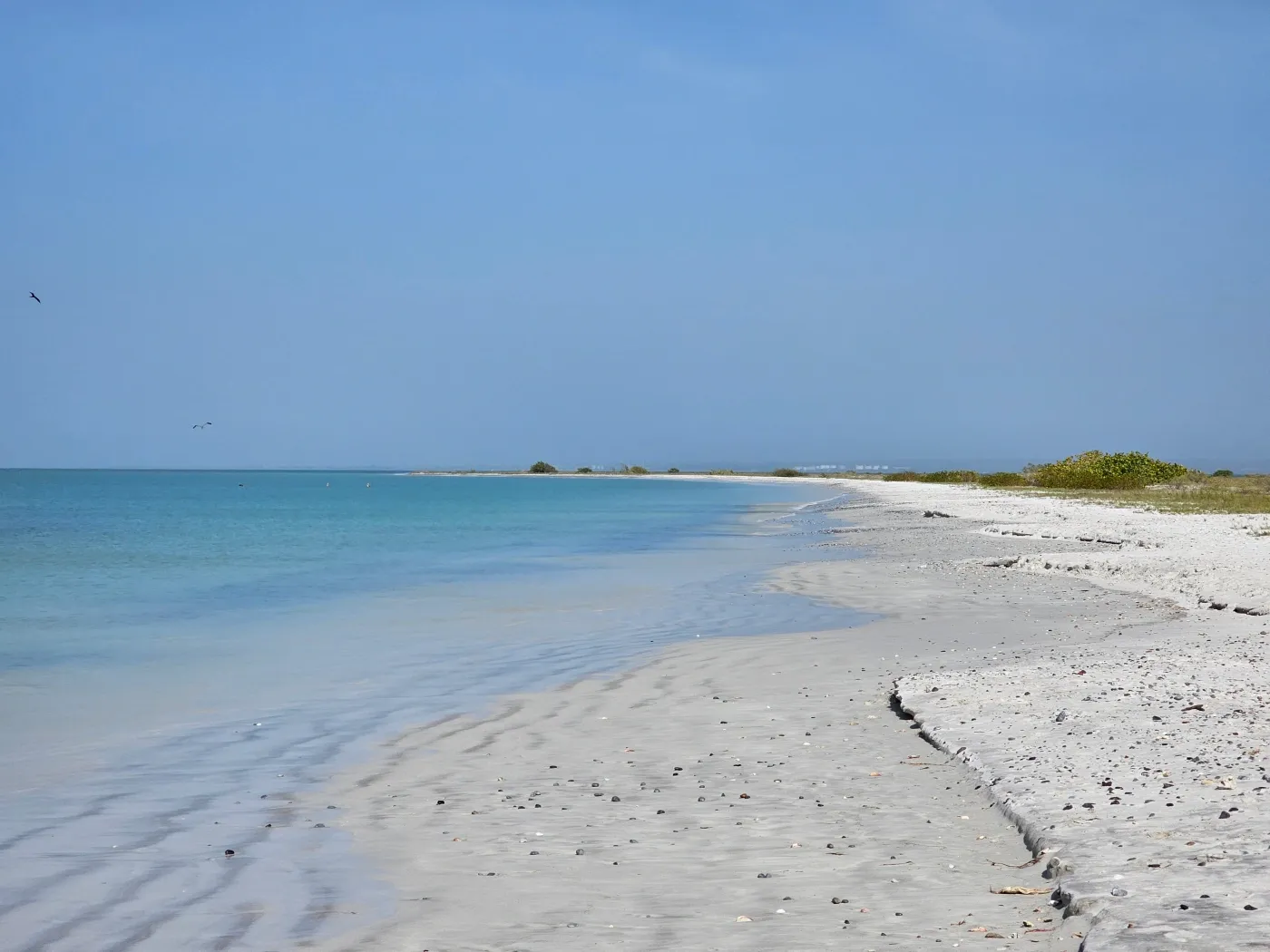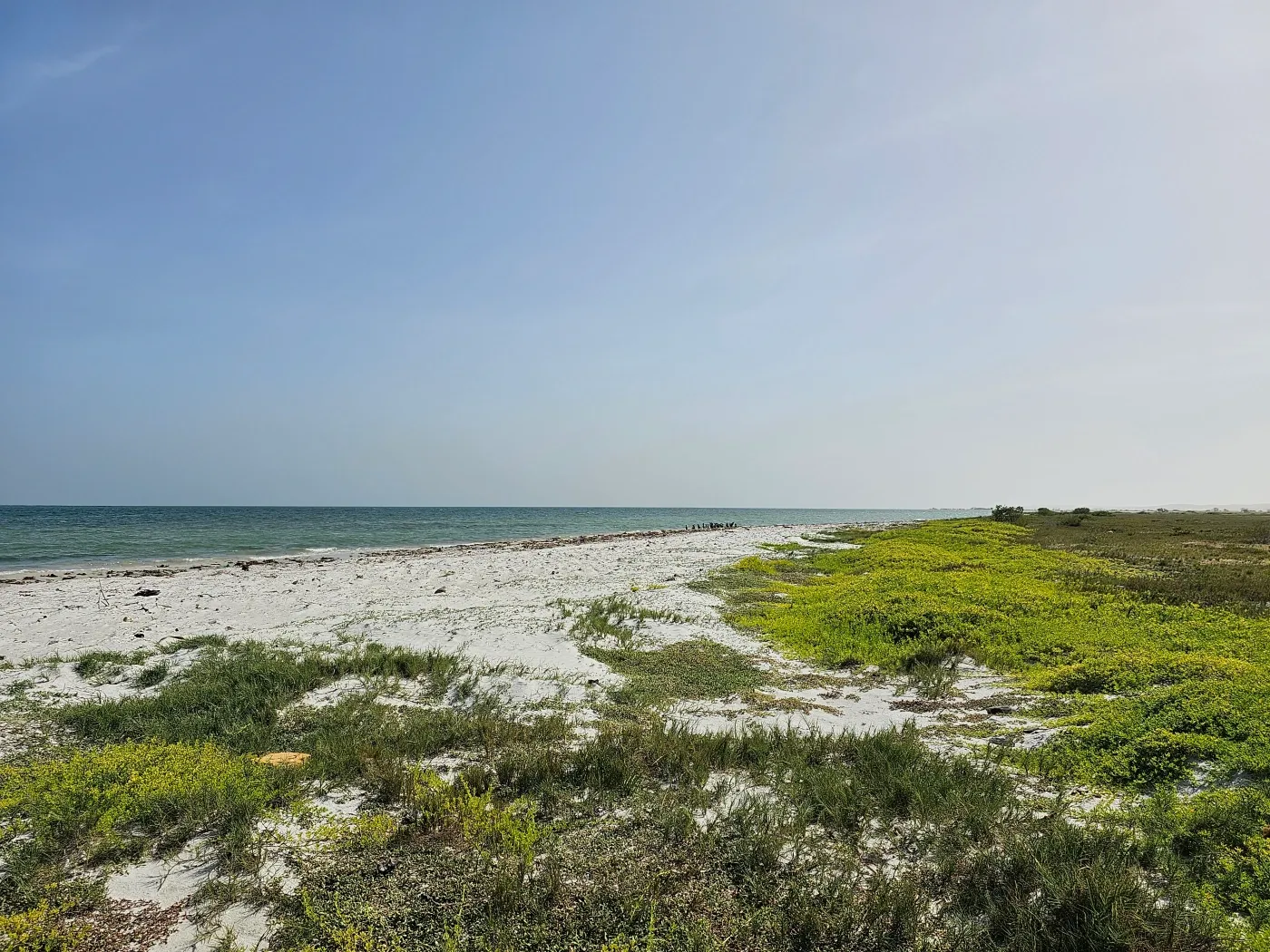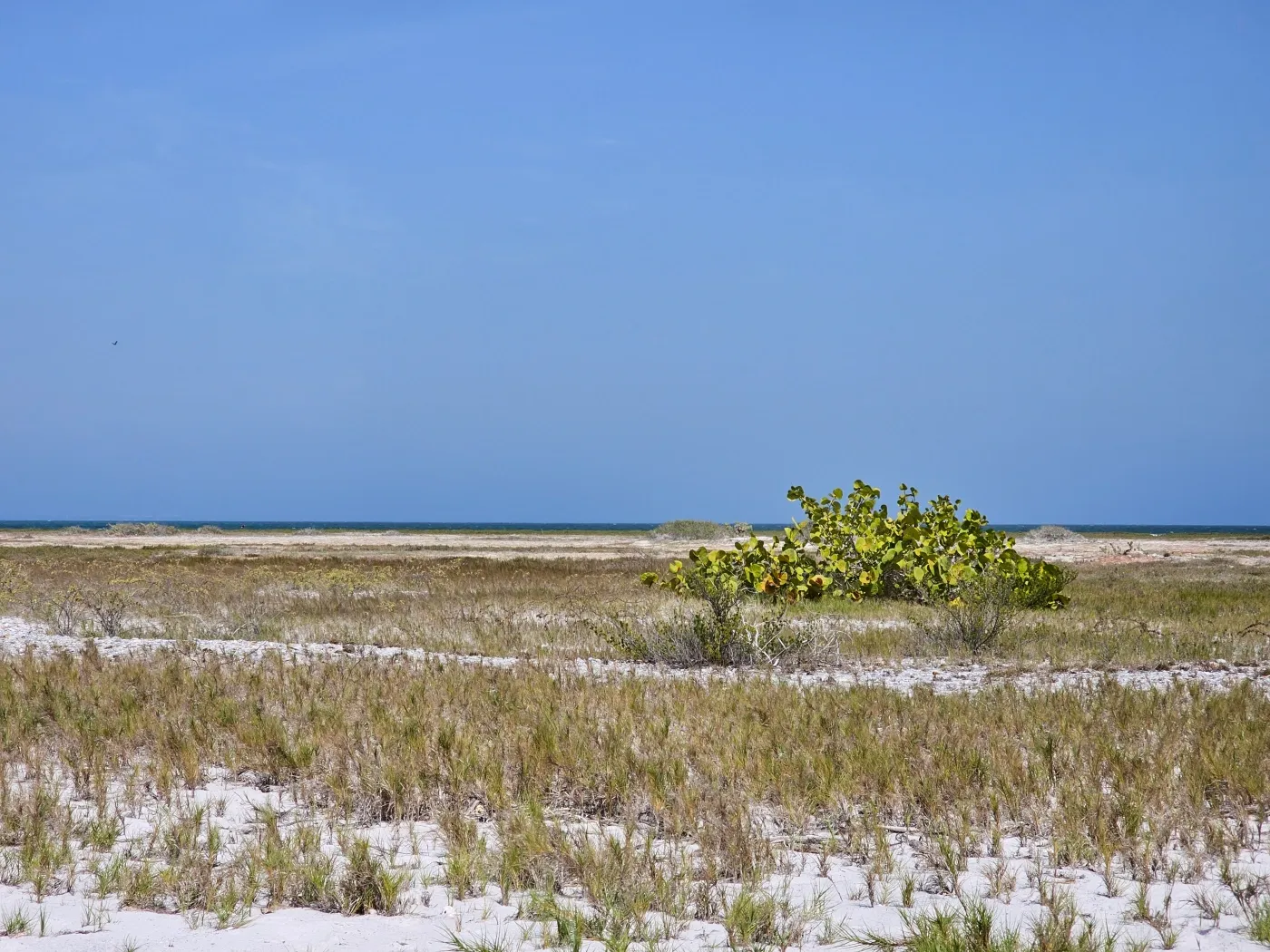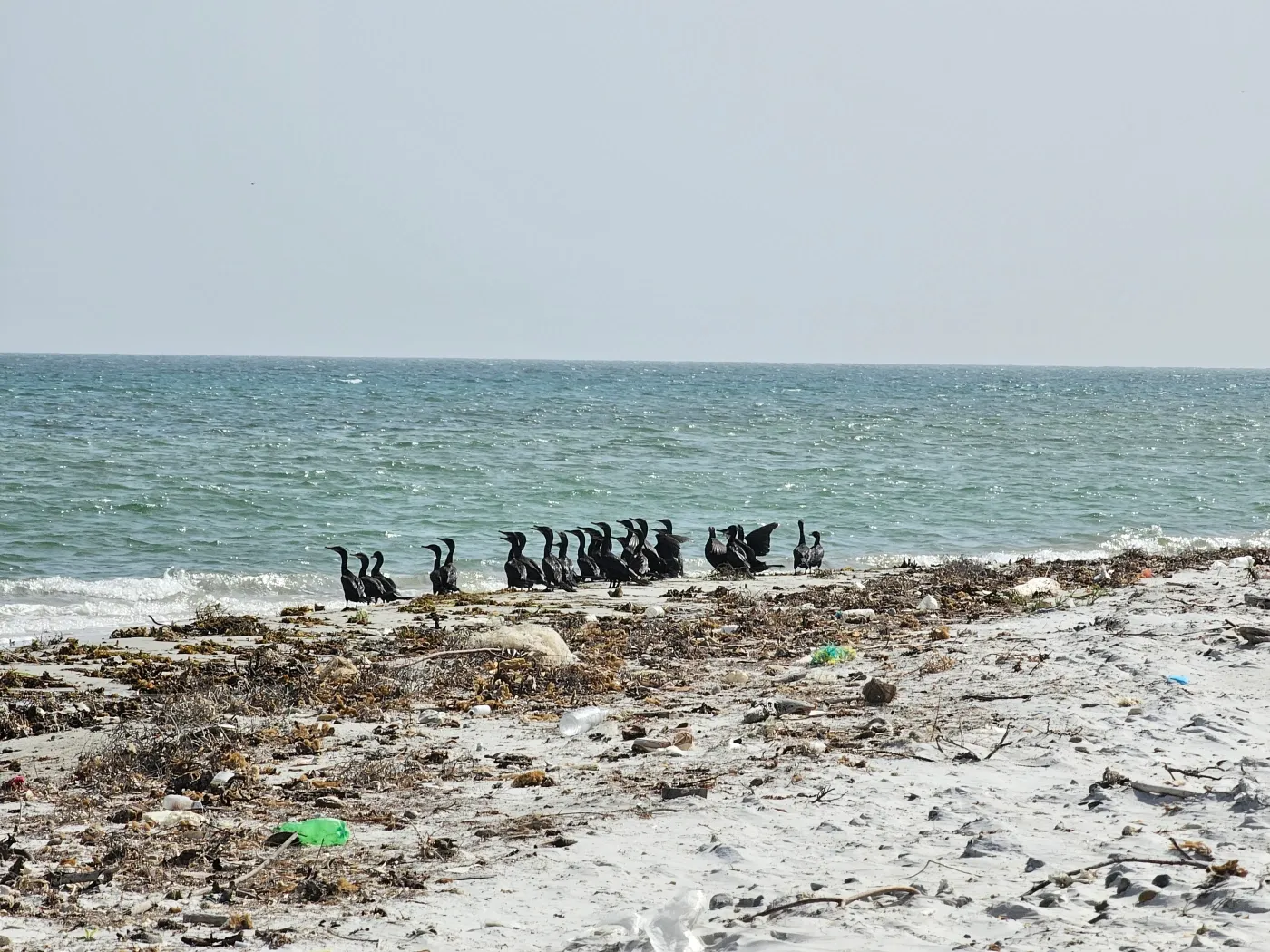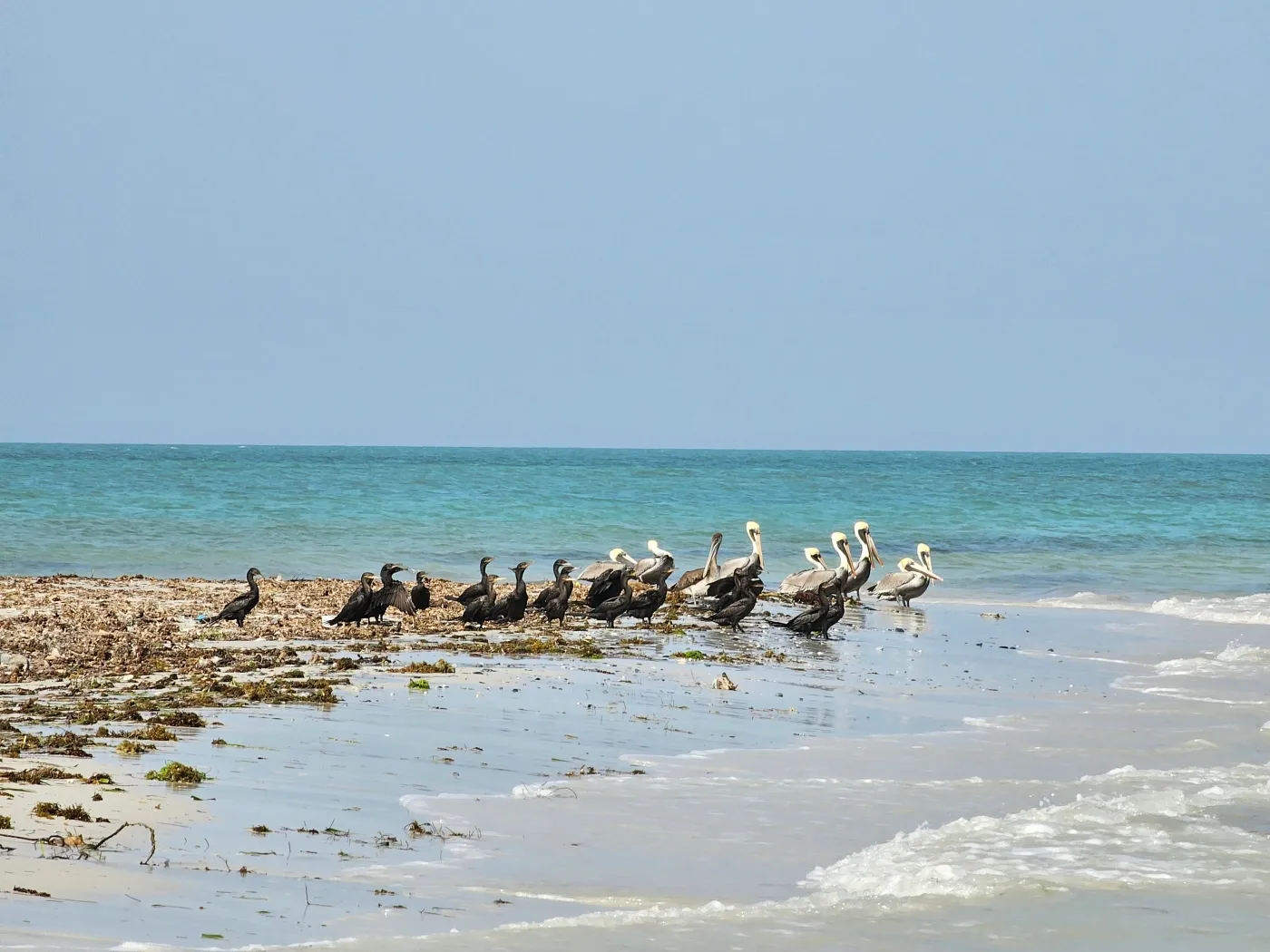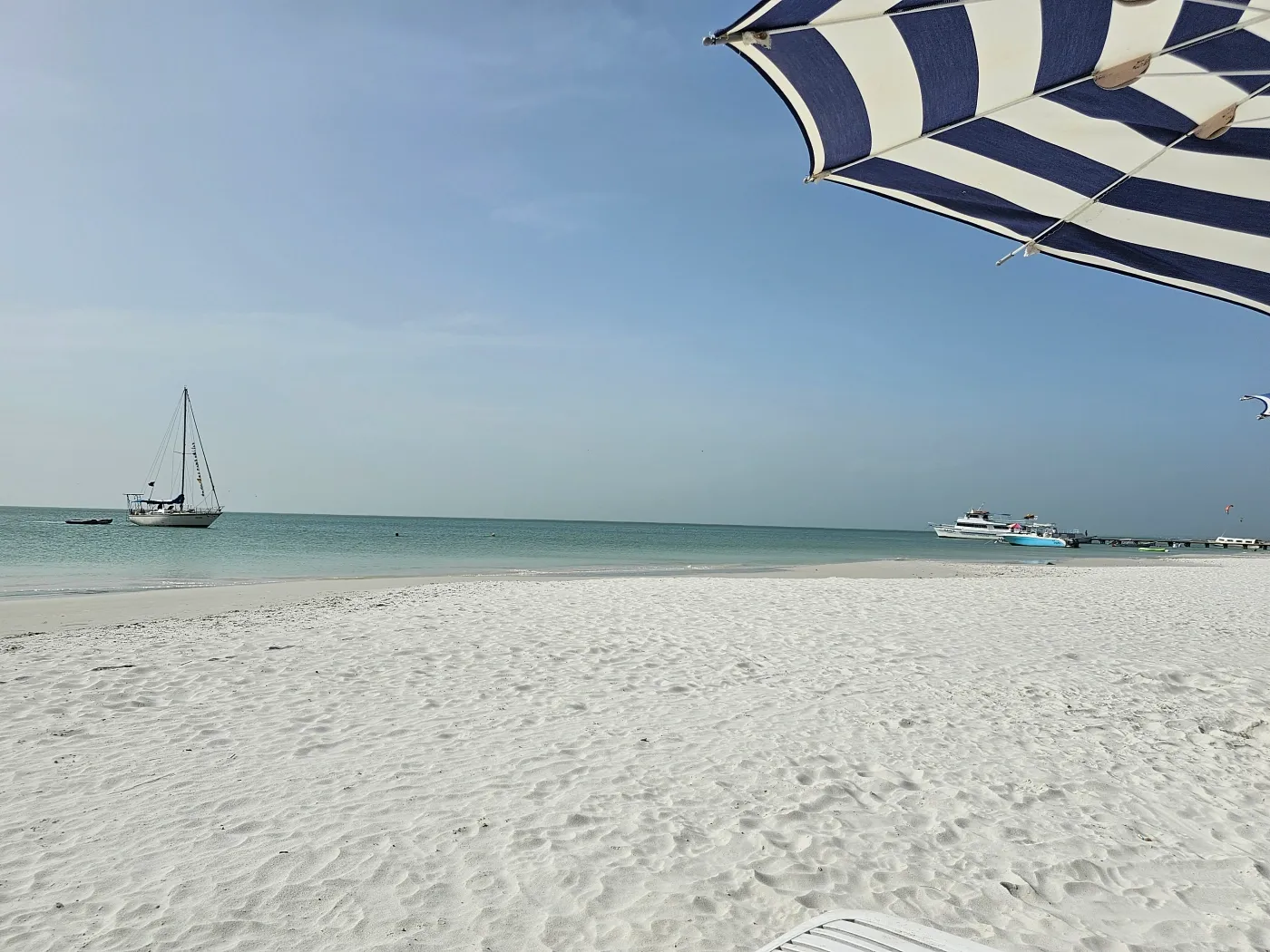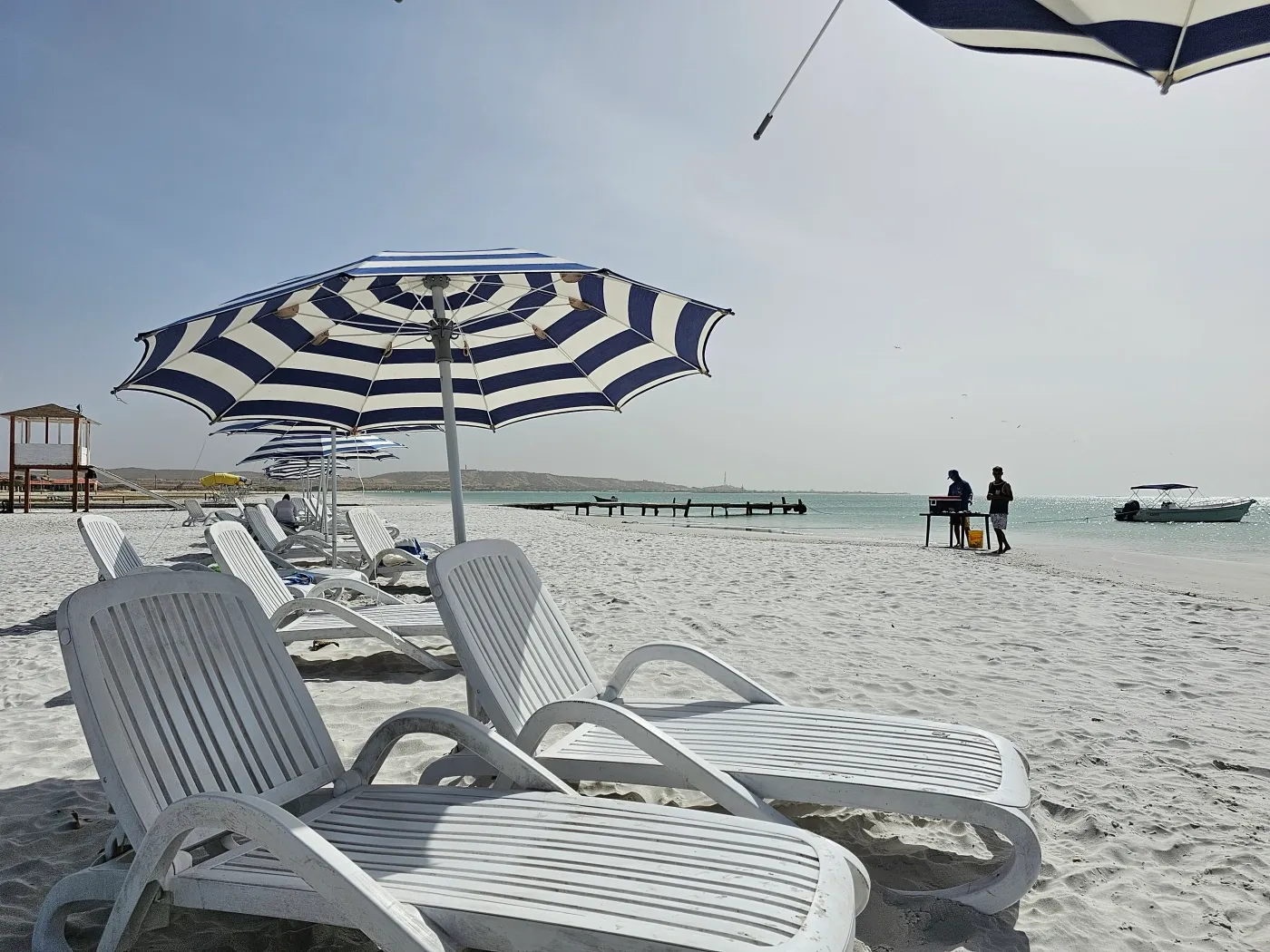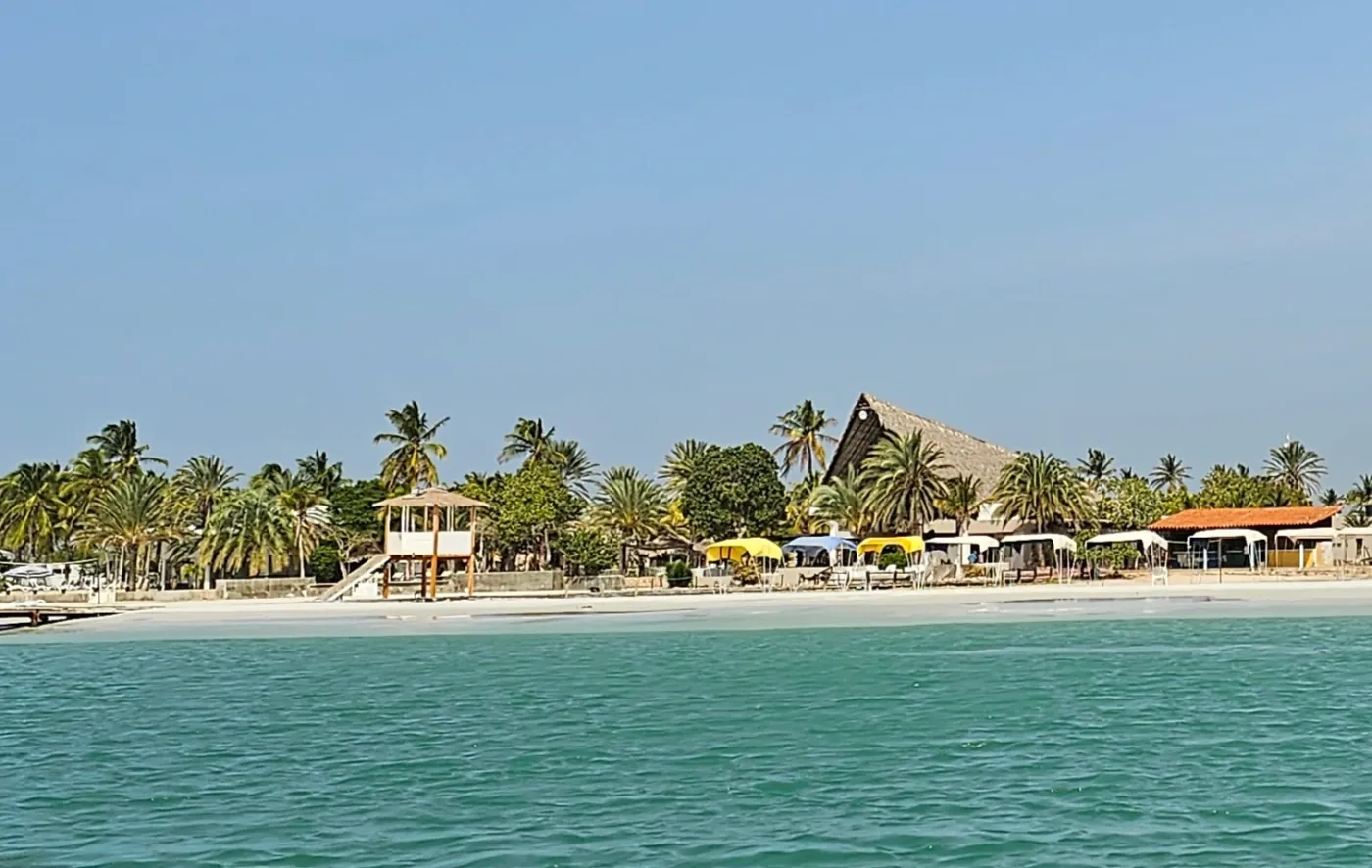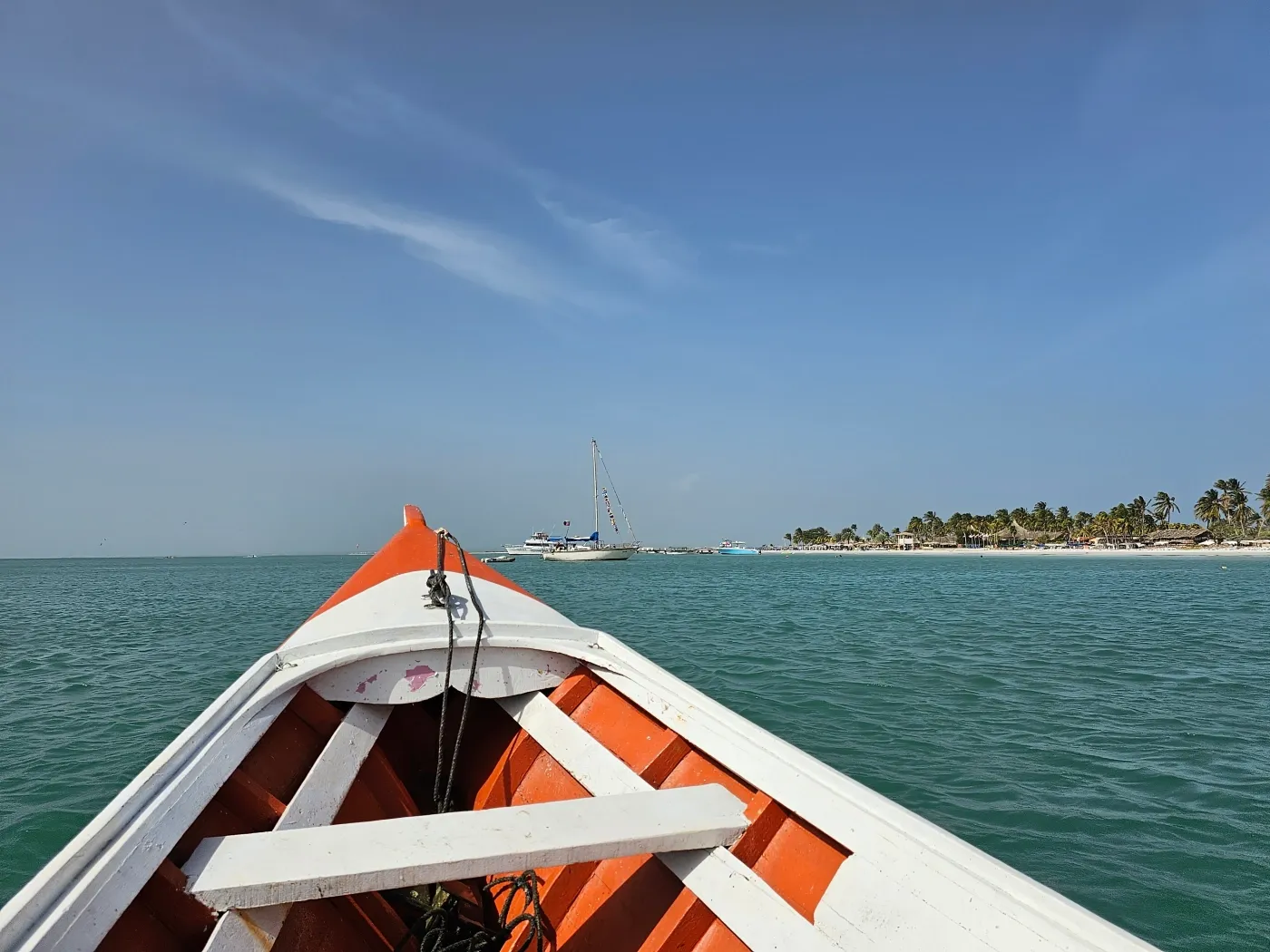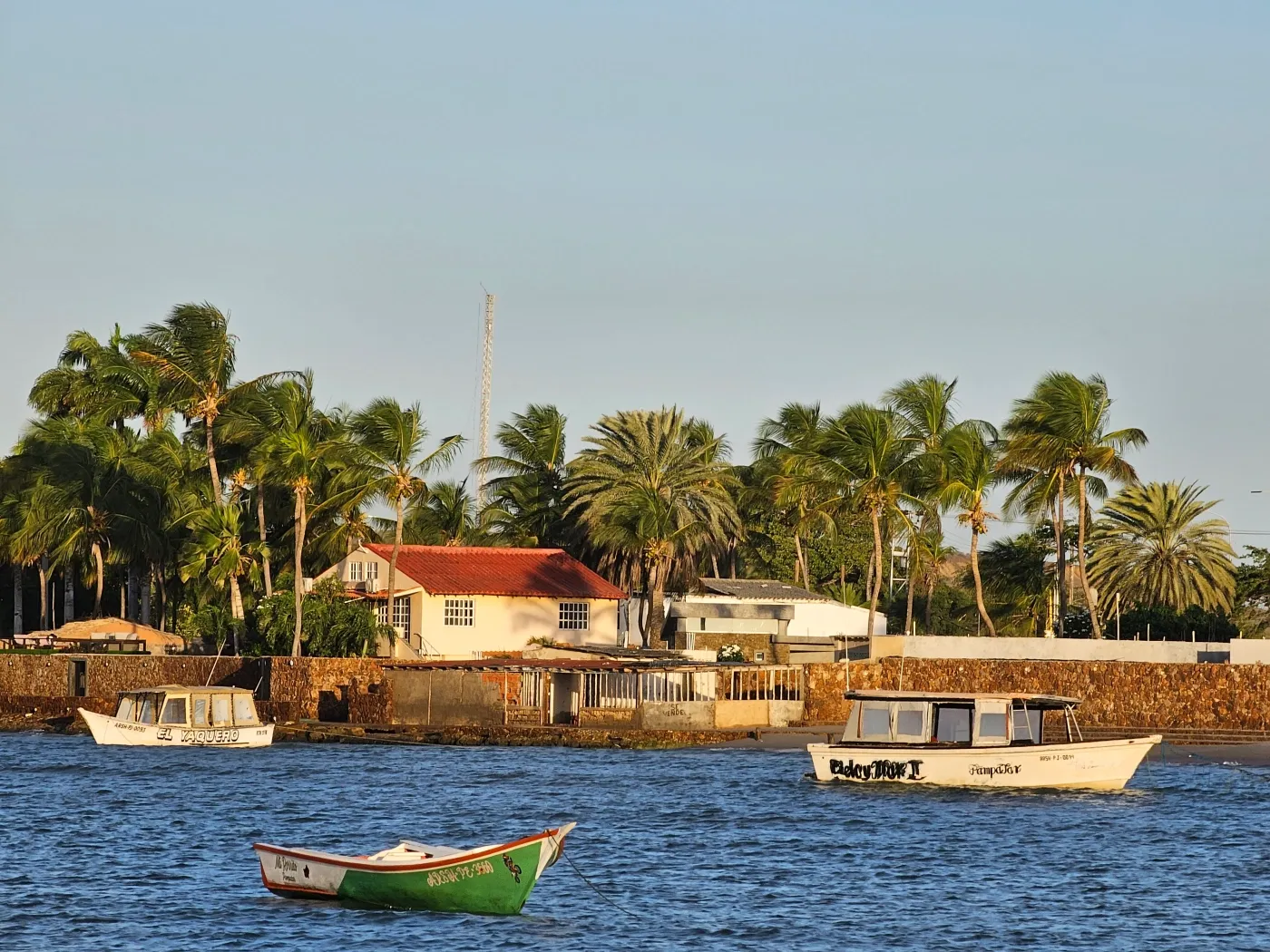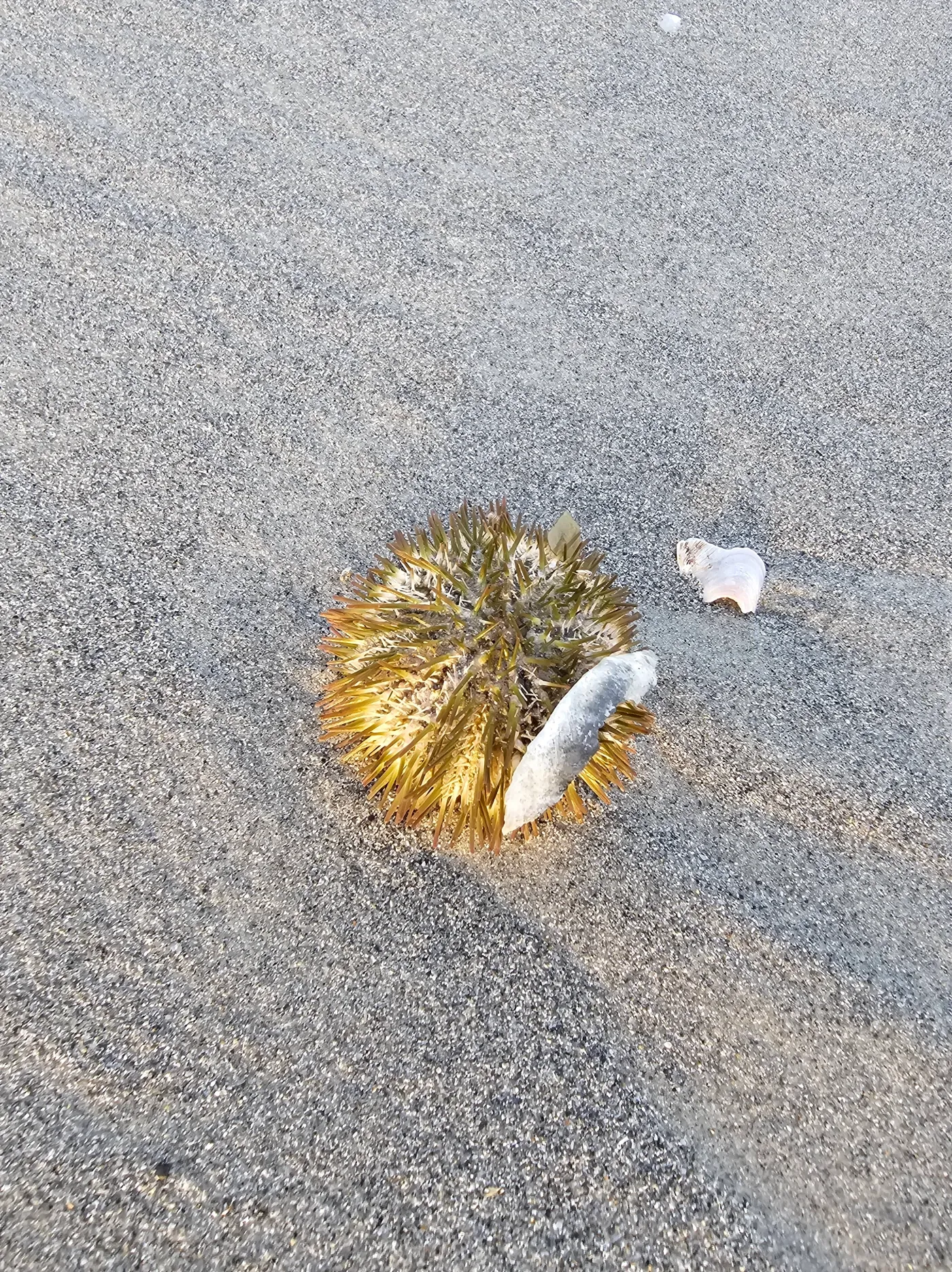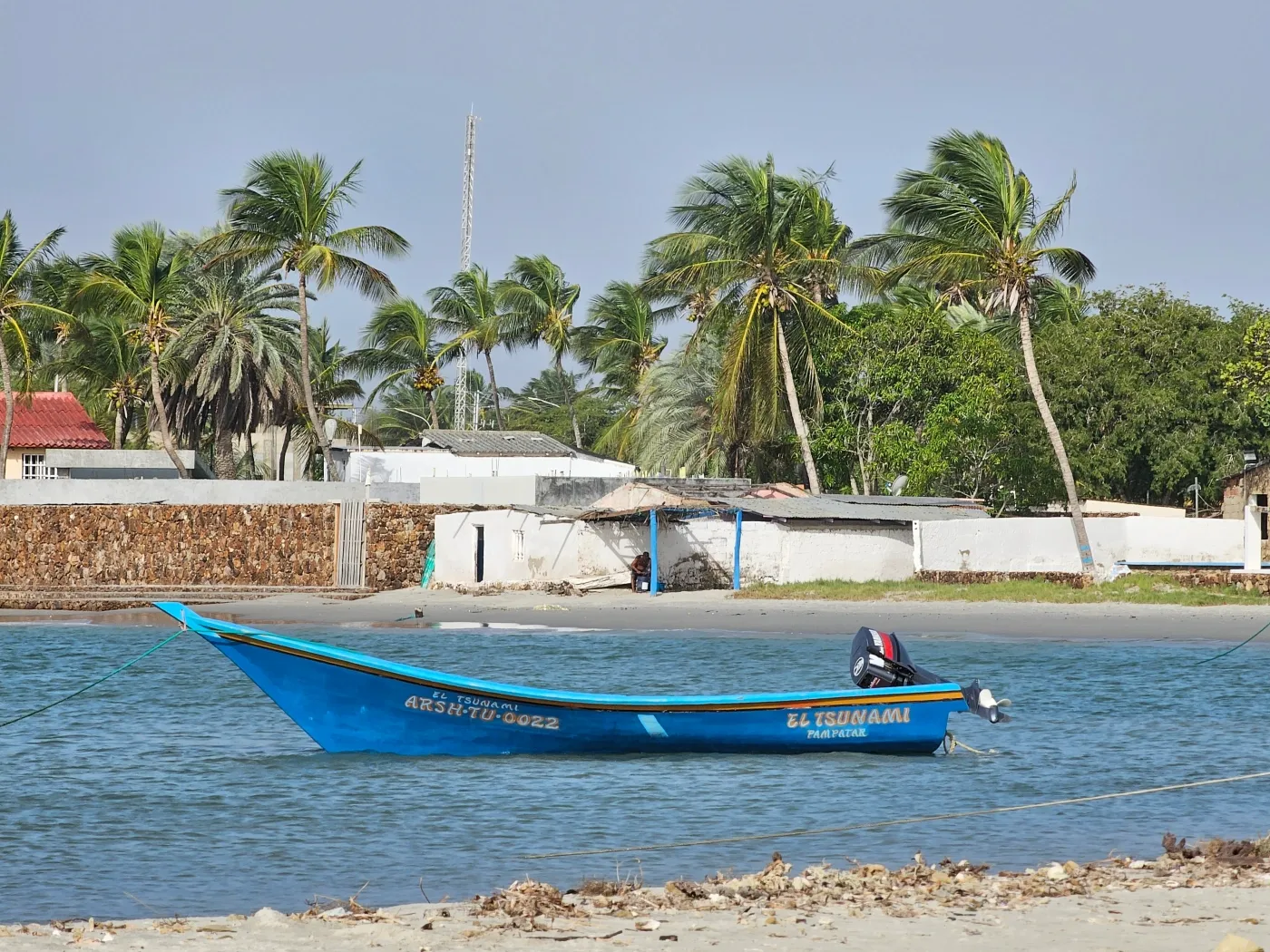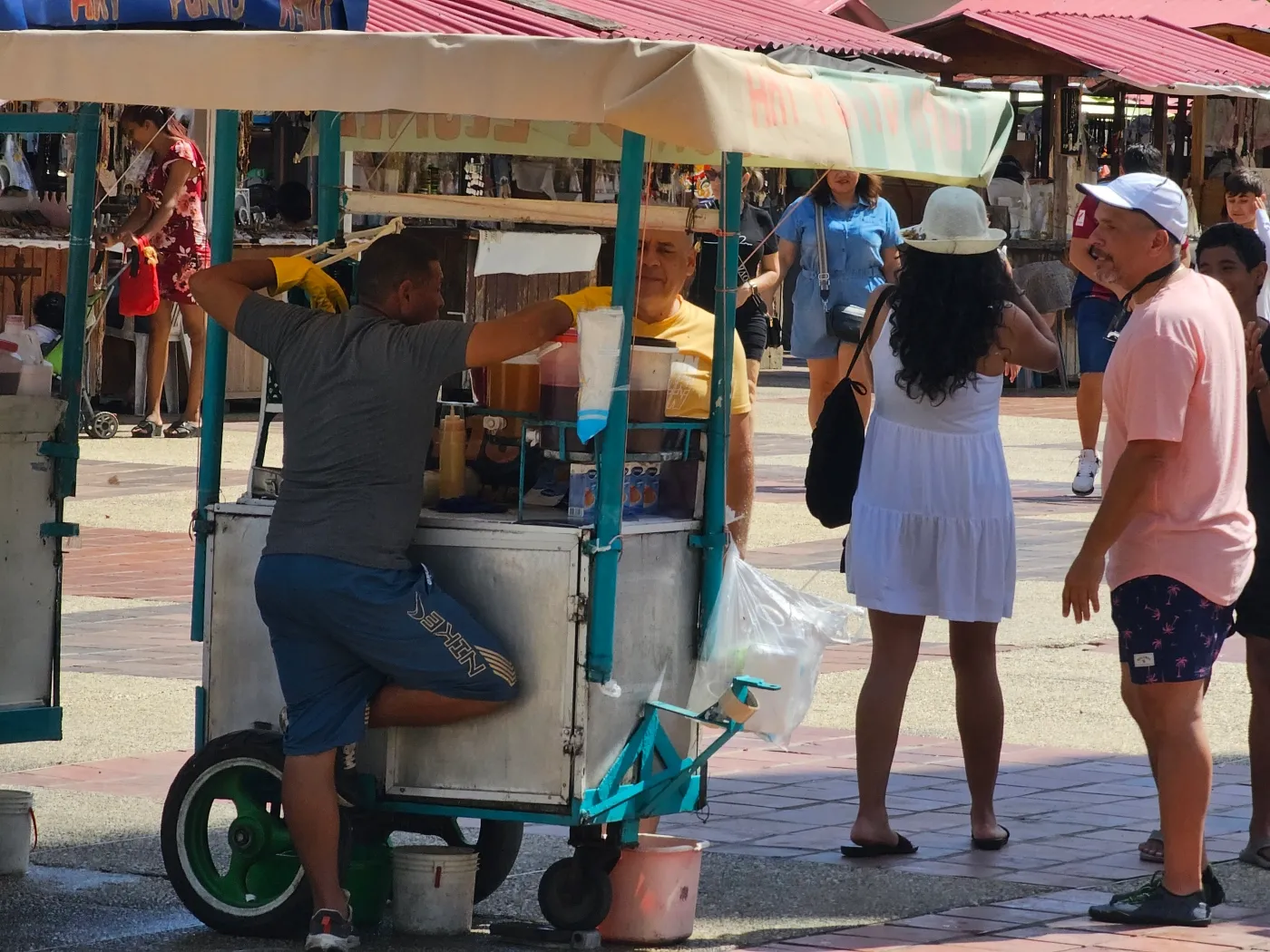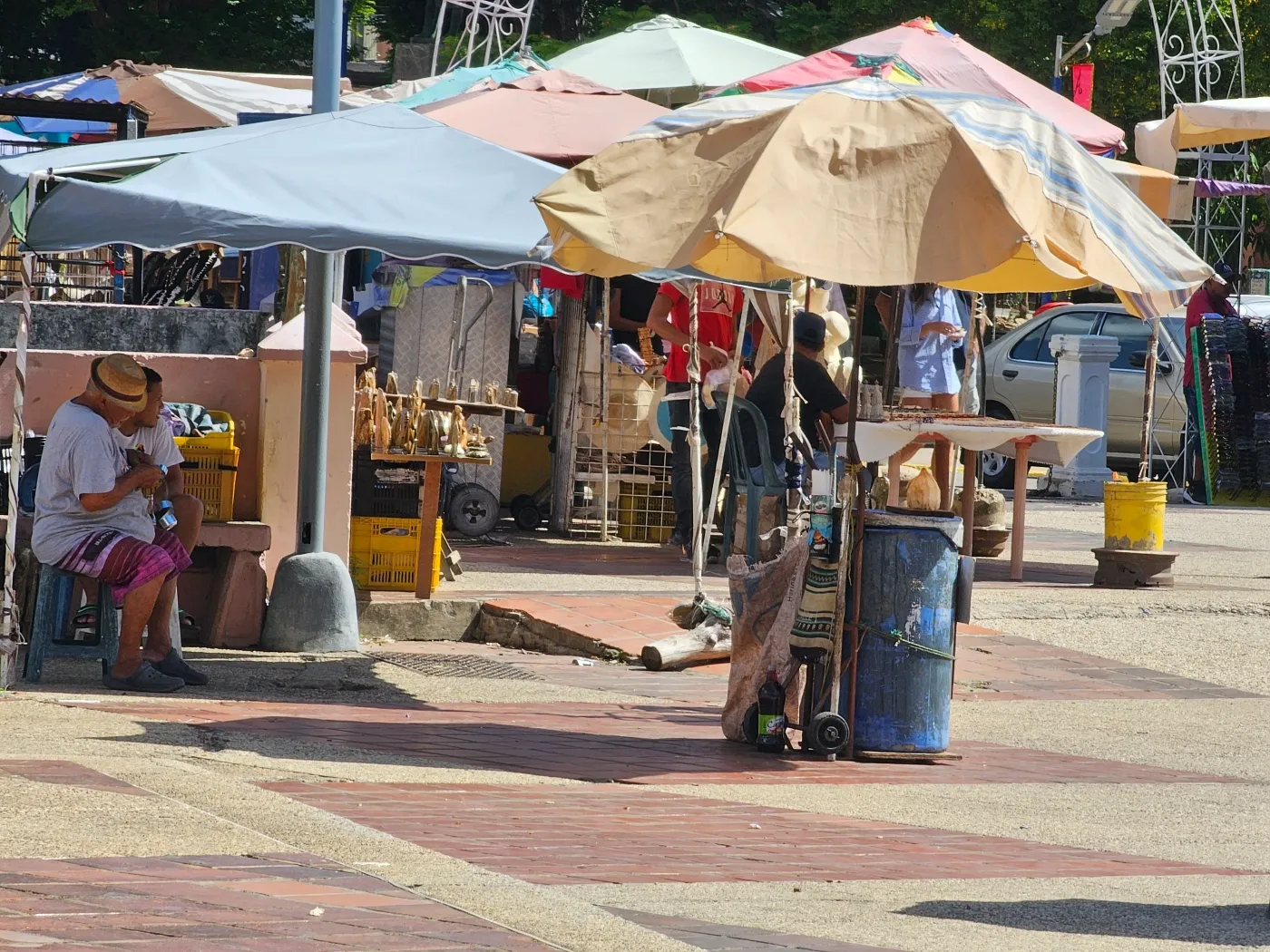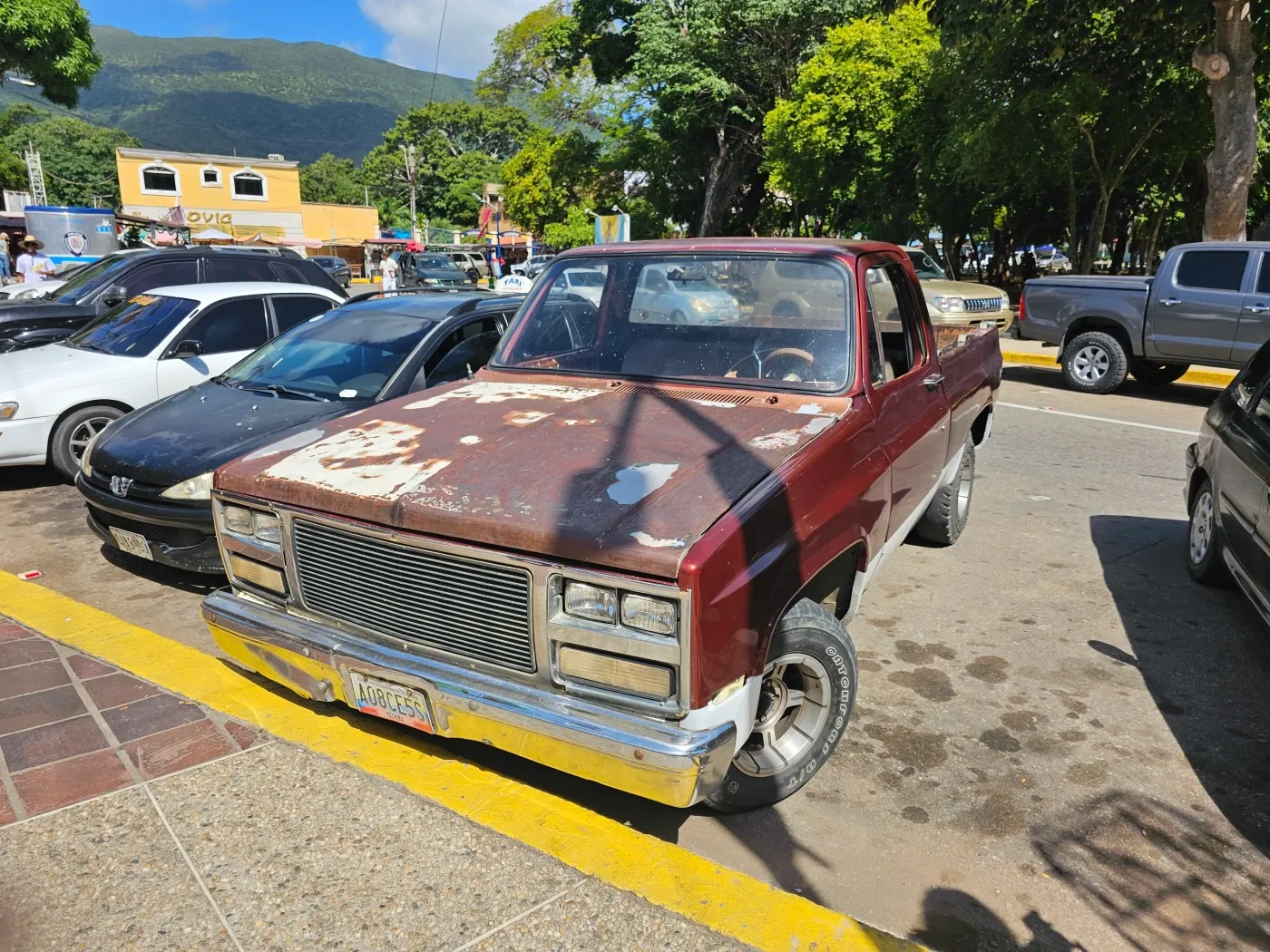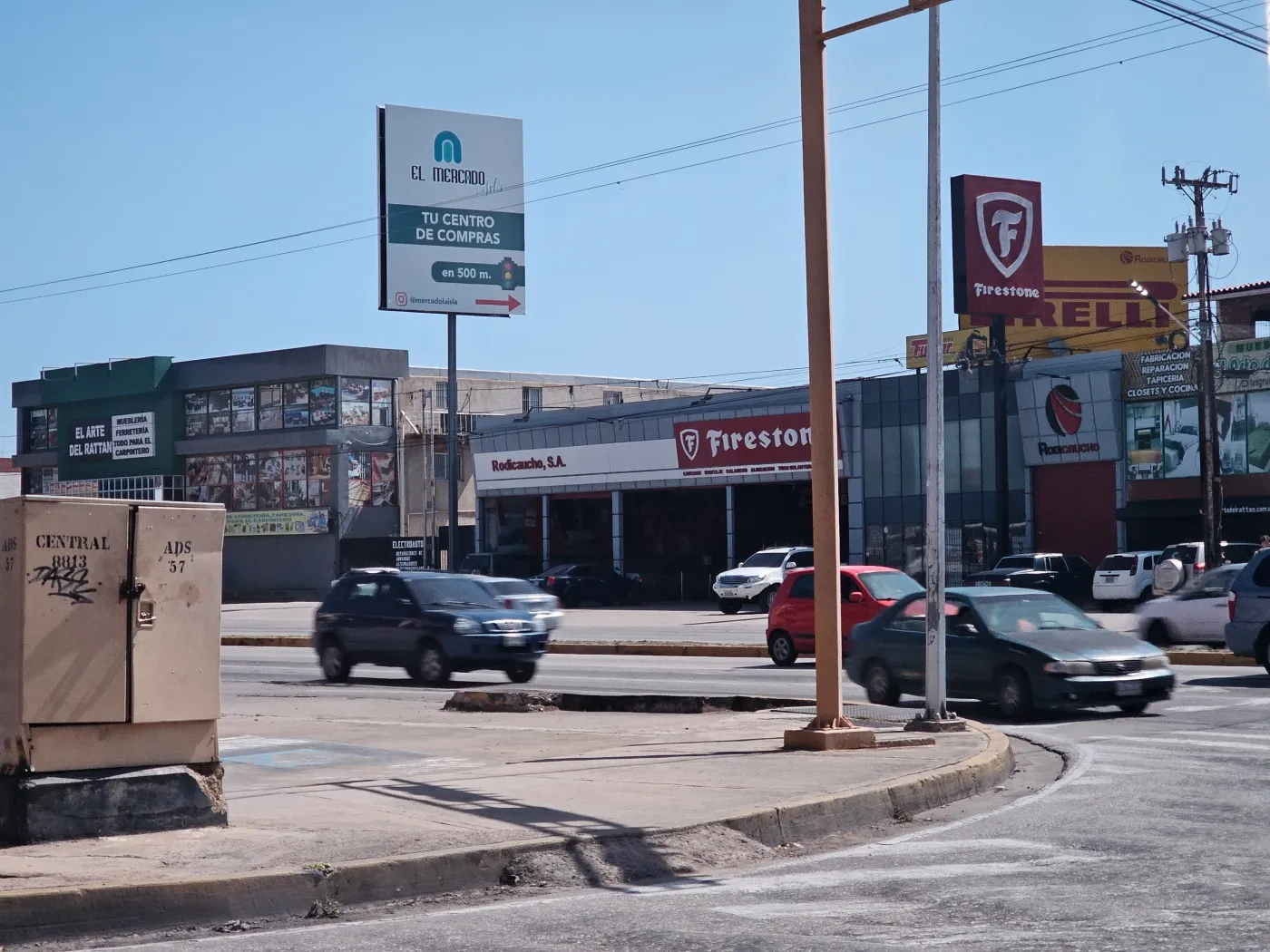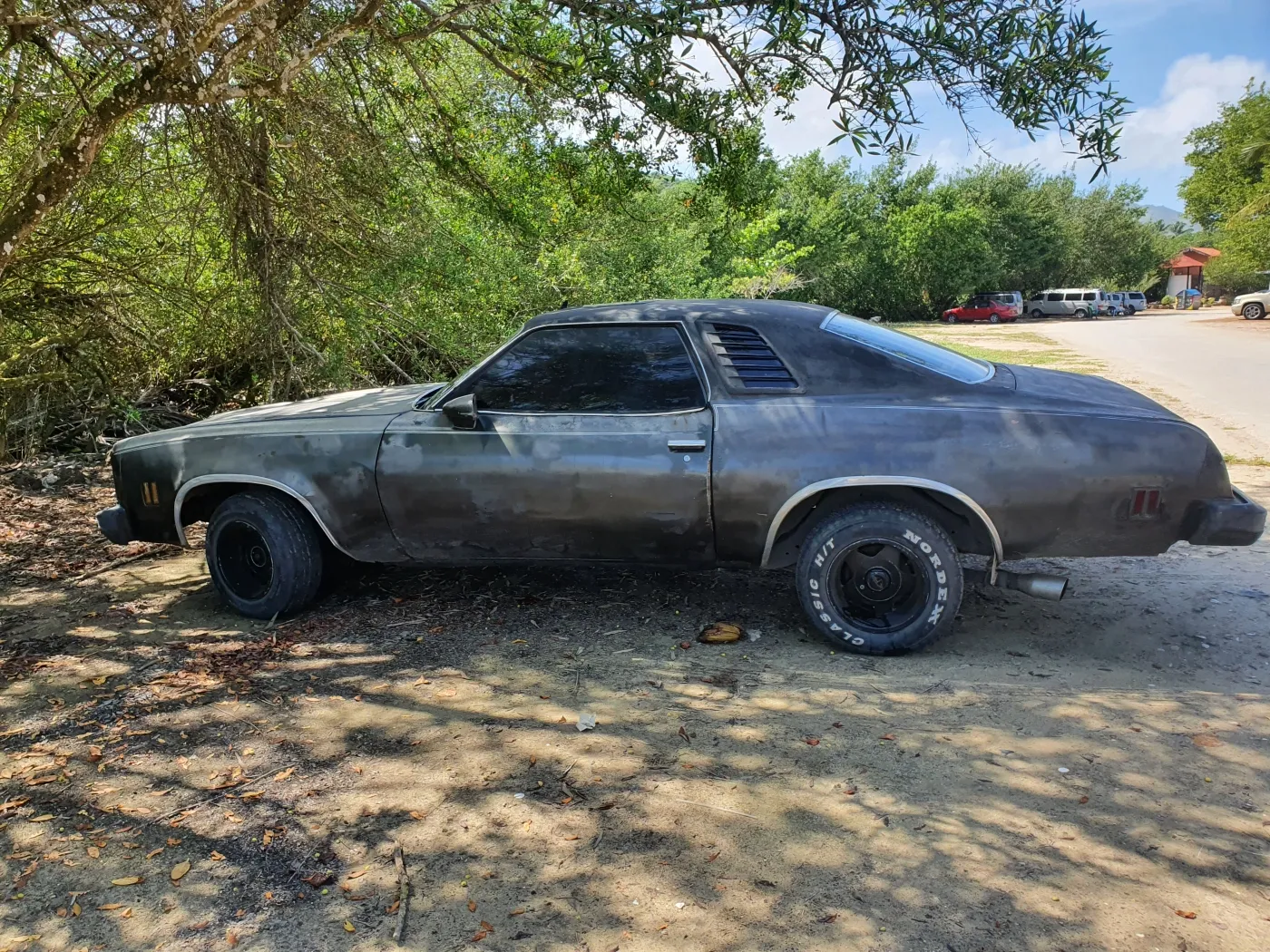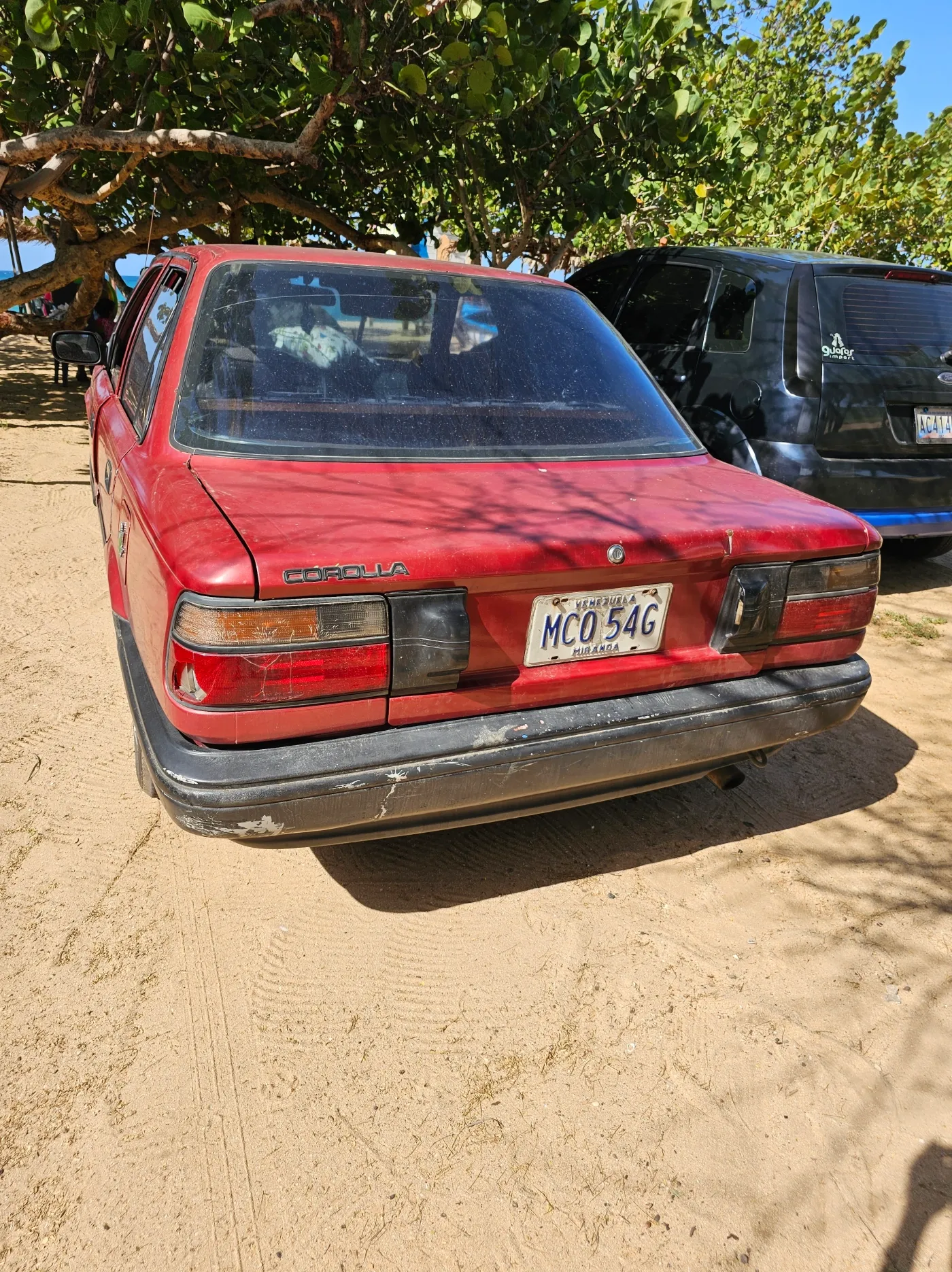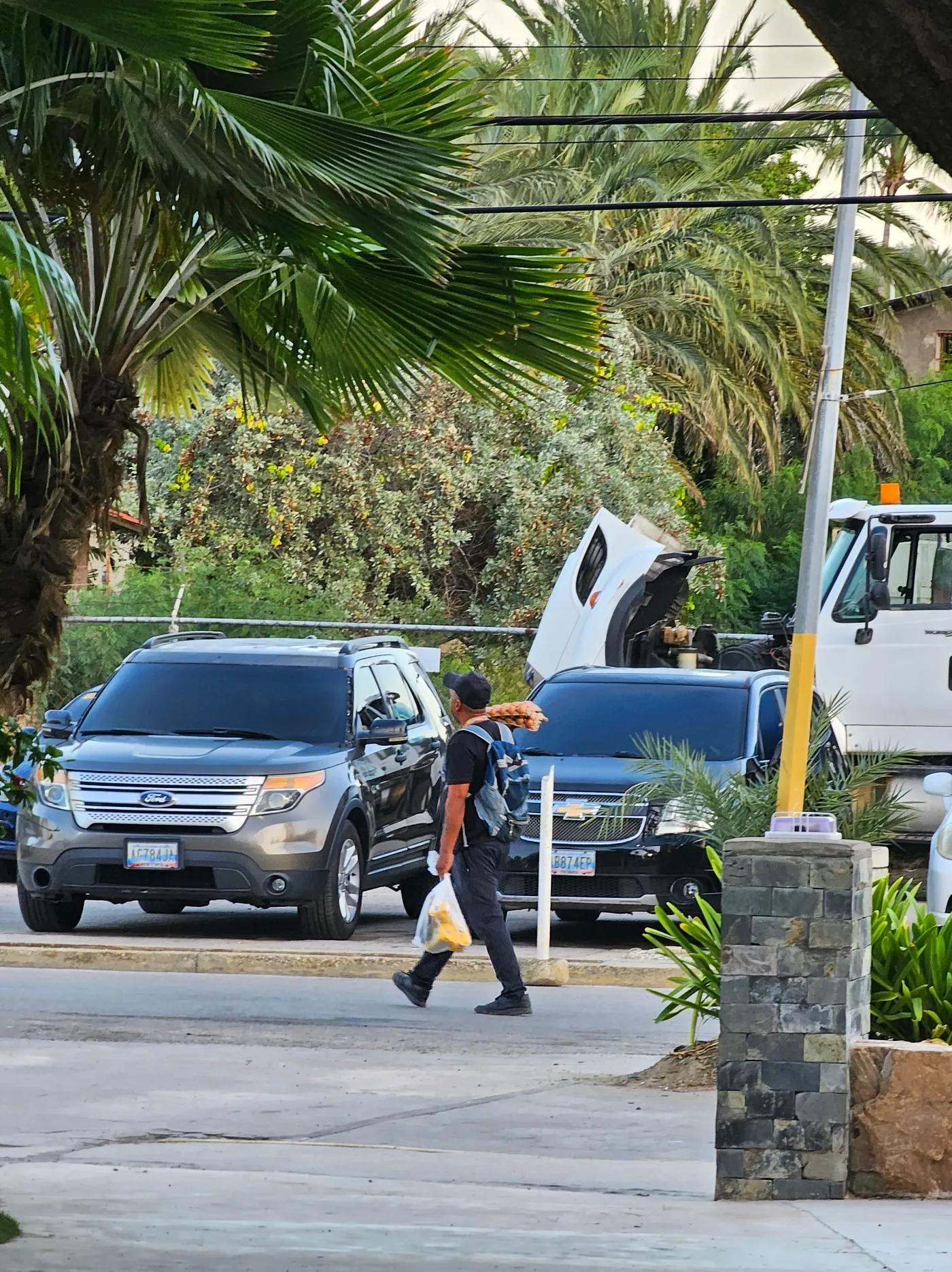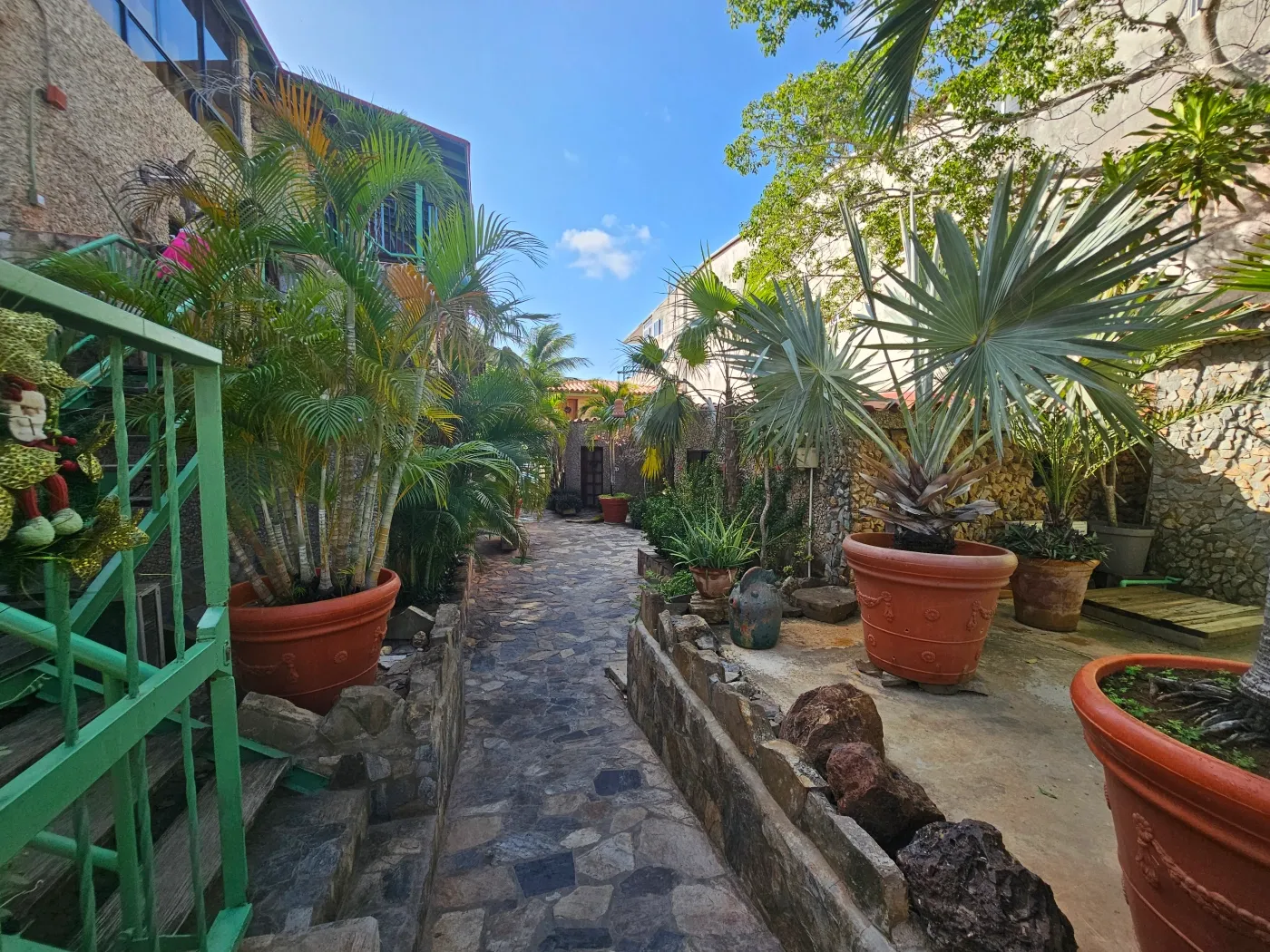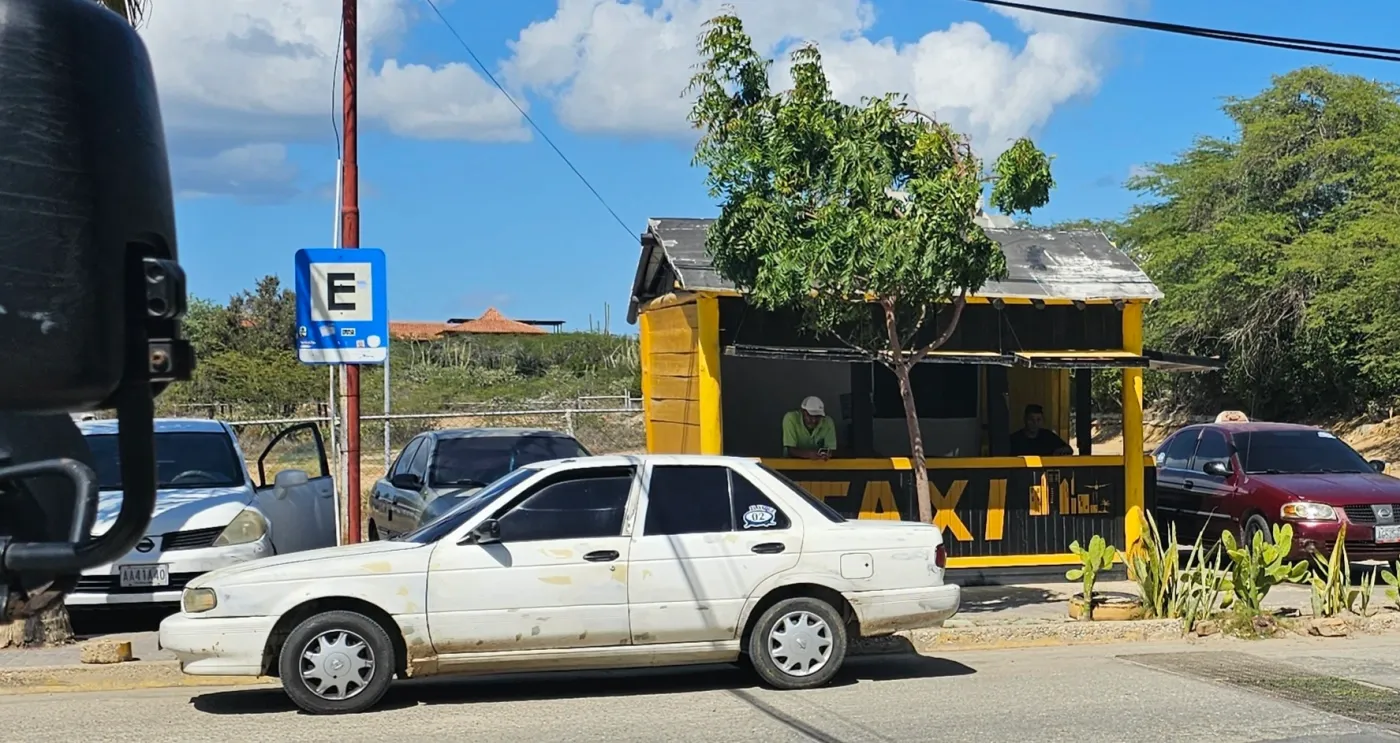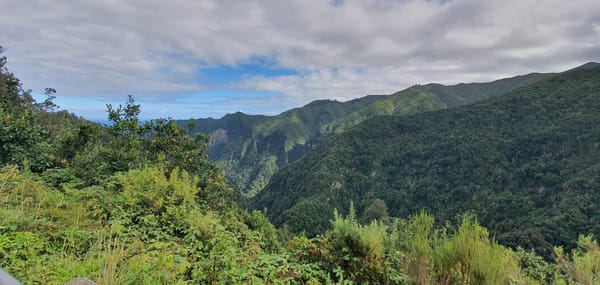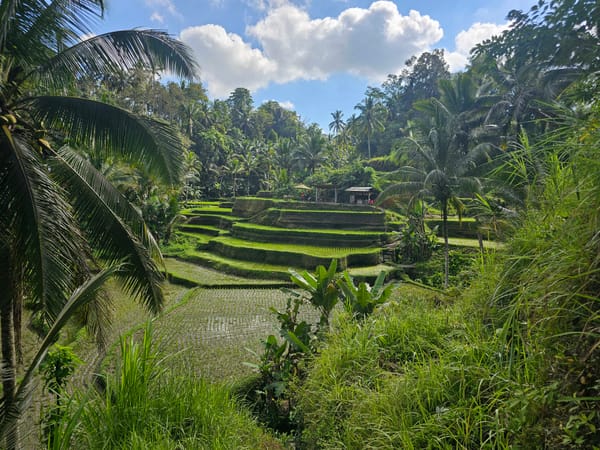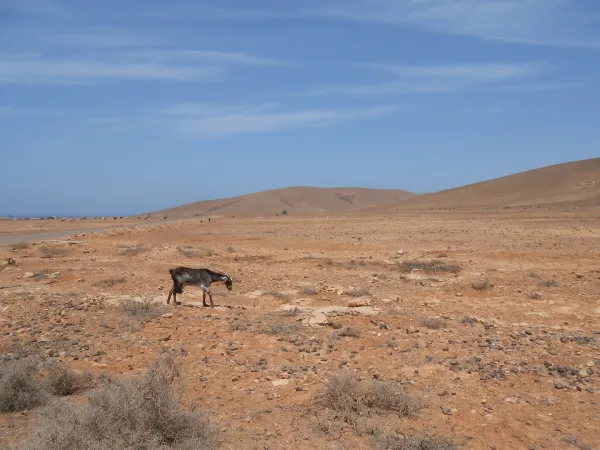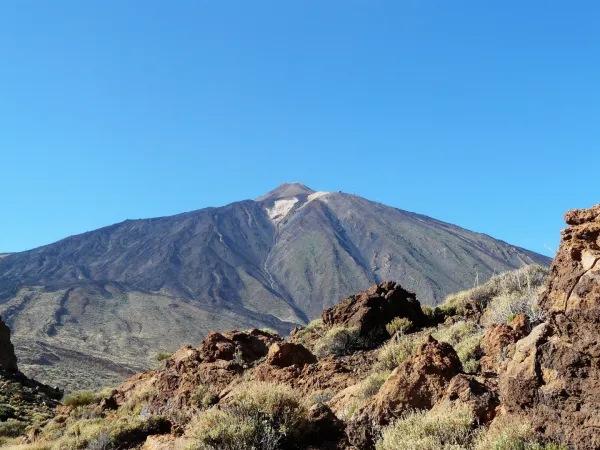Venezuela, Nueva Esparta State, Caribbean islands: Margarita Coche Cubagua
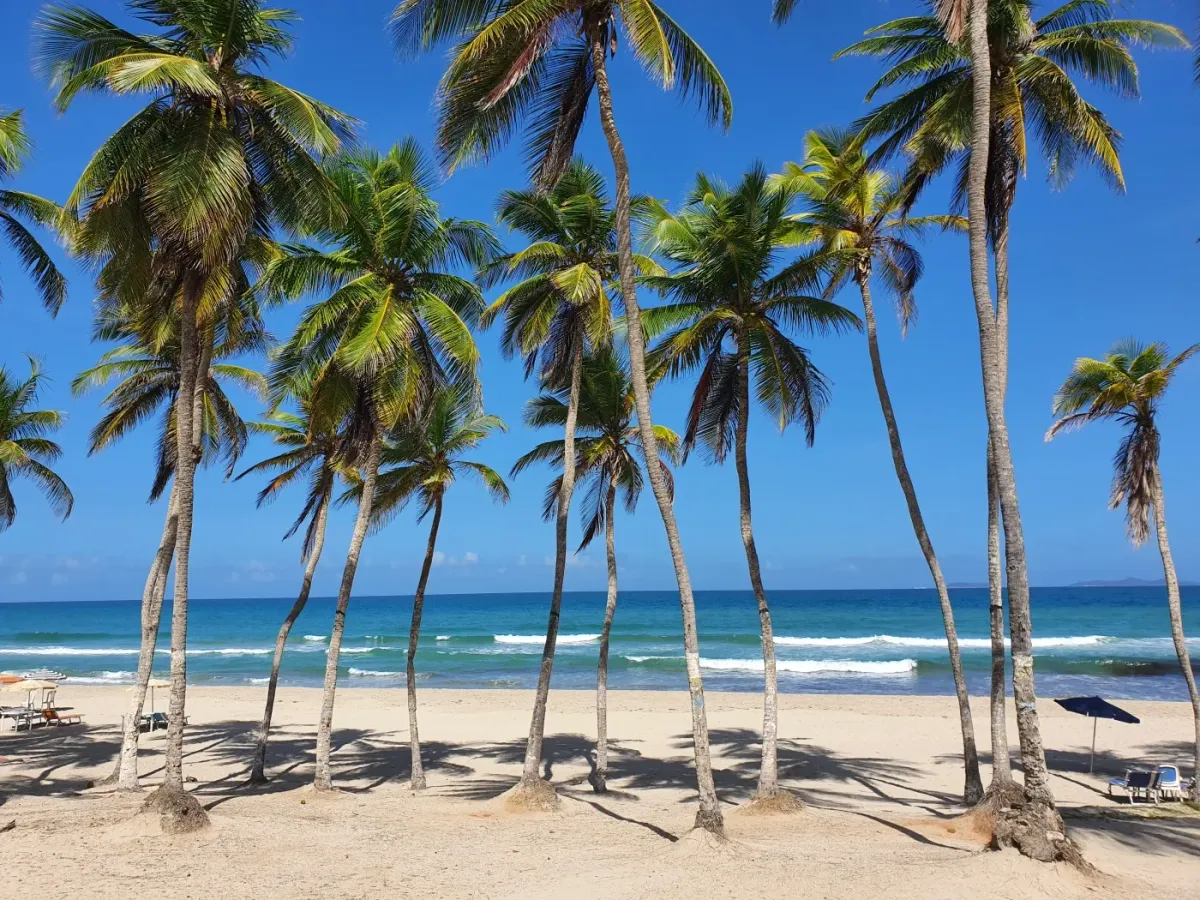
December 2023
Three islands very close to each other, all in Venezuela 🇻🇪, in Nueva Esparta State (Spanish: Estado Nueva Esparta).
We bought a flight and hotel package, as nowadays it’s cheaper than booking a flight only. Of course, this means travelling on a chartered, budget, and rather uncomfortable airplane. Plus Ultra Airlines would be fine for a short flight of a few hours, but for 12–13 hours, it’s hardcore. The main issue is the seats – they don’t recline, and the backrest moves only a few centimetres. As for the food, on a scale from 1 to 5, I’d rate it a 2. There was one meal option (a choice between vegetarian and meat), which happened to include vegan pasta with Thai sauce (vegetables and coconut milk), a salad, a roll, and a non-vegan cookie with butter. I can’t comment on the snack, which was a ciabatta with cheese.
We departed at 9 am from Poland and arrived at Margarita airport around 5 pm the same day. The airport experience was pleasant, as there was plenty of staff to handle our 300-passenger flight. Travelling from Poland, we only needed a landing card/tourist visa, which we handed over on arrival. Within a few minutes of leaving the airport, we were on a bus, and 15 minutes later, we arrived at our hotel, Paradise Surf.
I’m not sure why the hotel has such average reviews on Google. My only guess is that people expect more or perhaps book the cheaper rooms in the back building. For a short stay of one or two nights, the smaller back-building rooms would suffice, but for a longer visit, we had reserved a room with a sea view. Since it wasn’t available, we were upgraded to a suite with a sea view and an additional living room with a kitchen.
The most important thing is that the hotel isn’t just close to the beach – it’s directly on it! While it’s an economy stay, it’s clean, quite pleasant, and perfectly located.
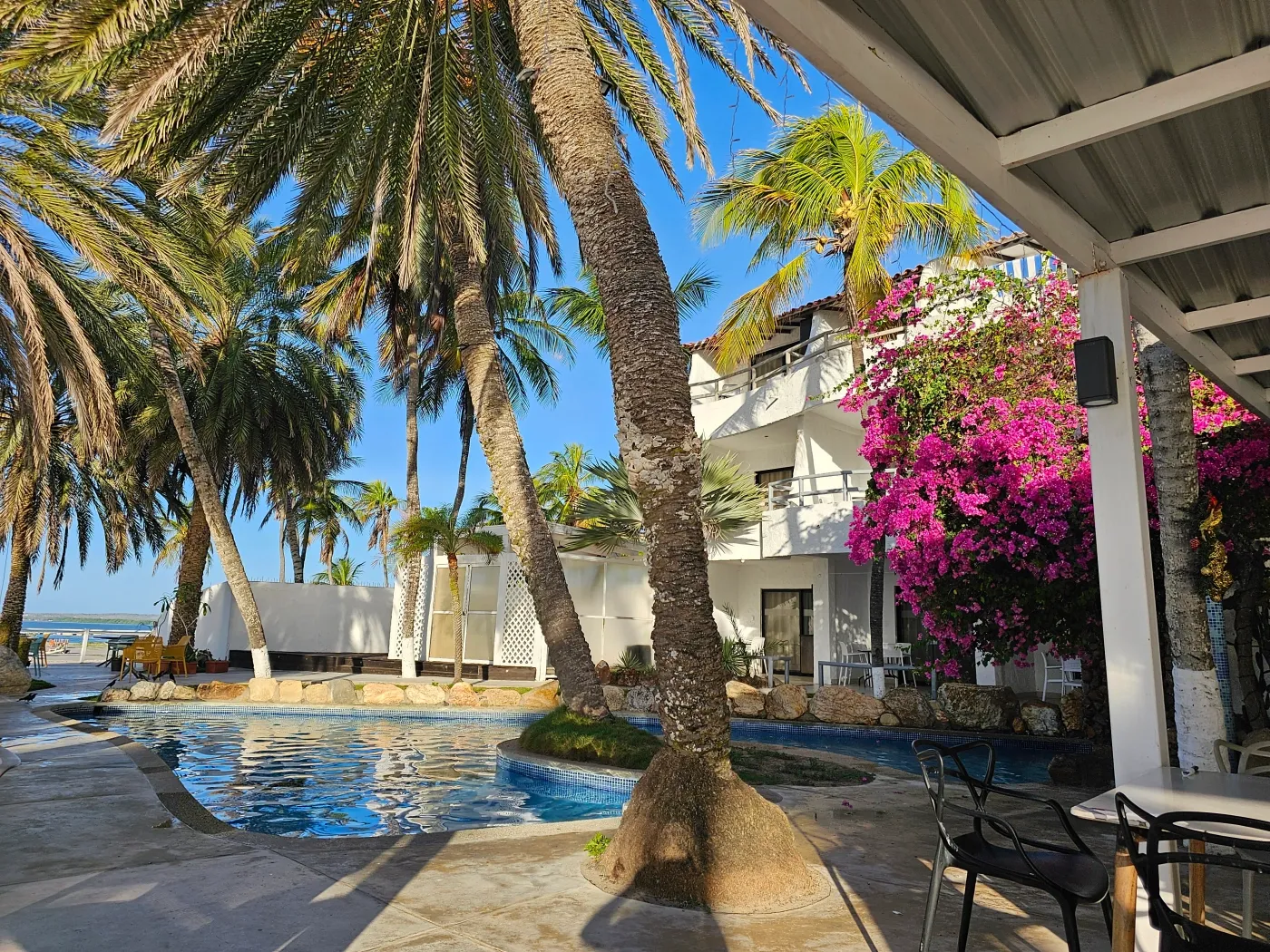
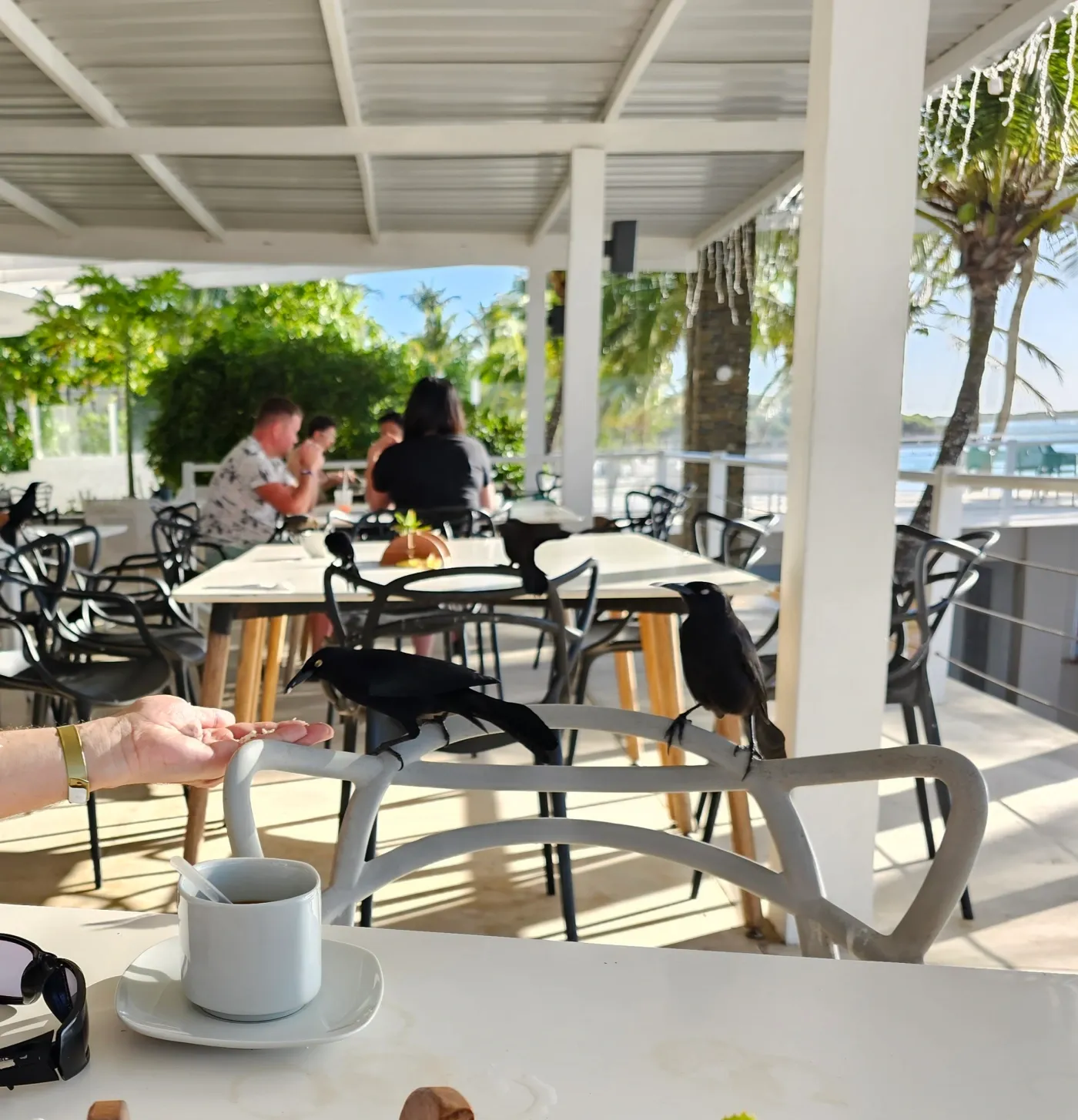
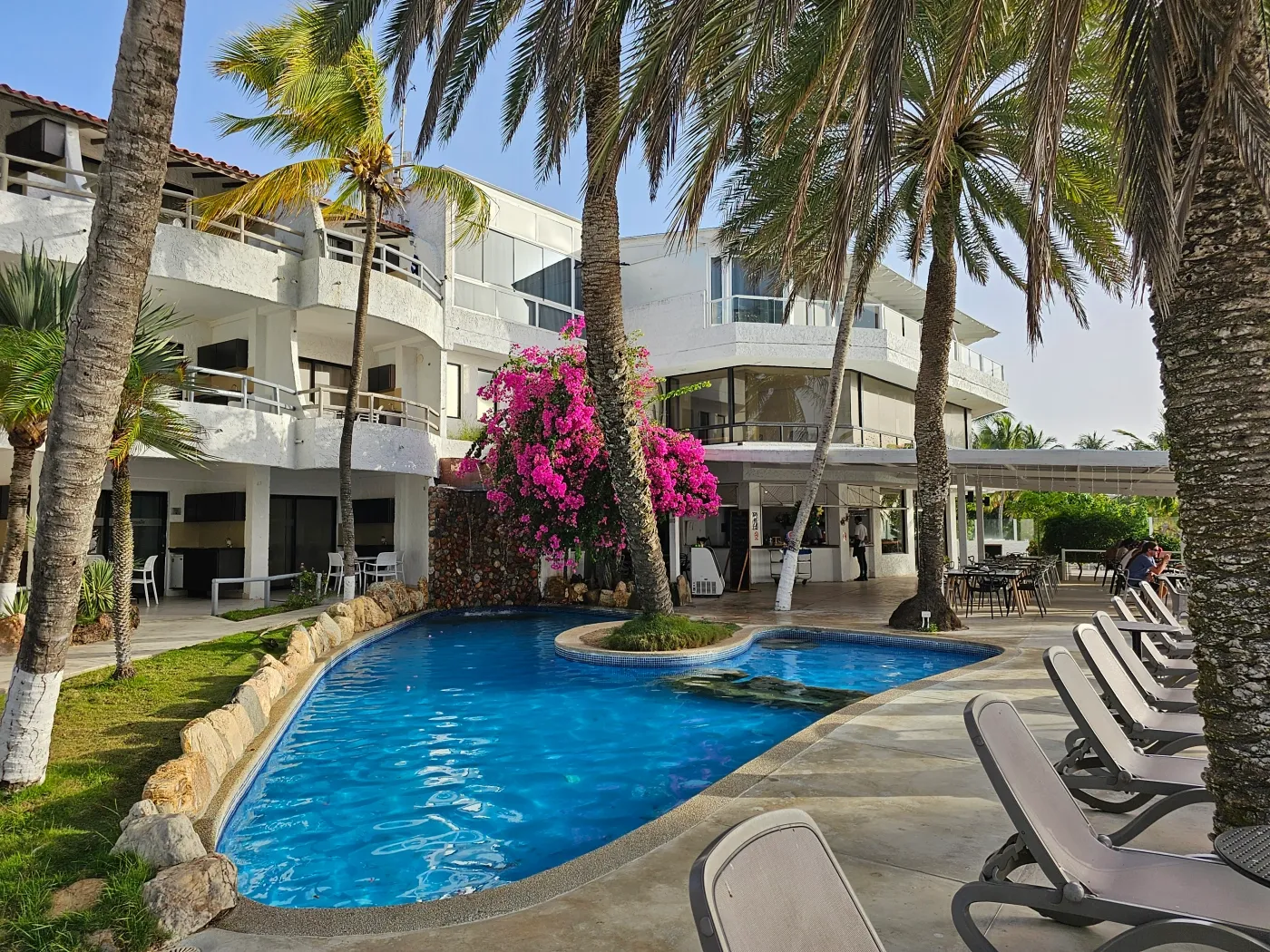

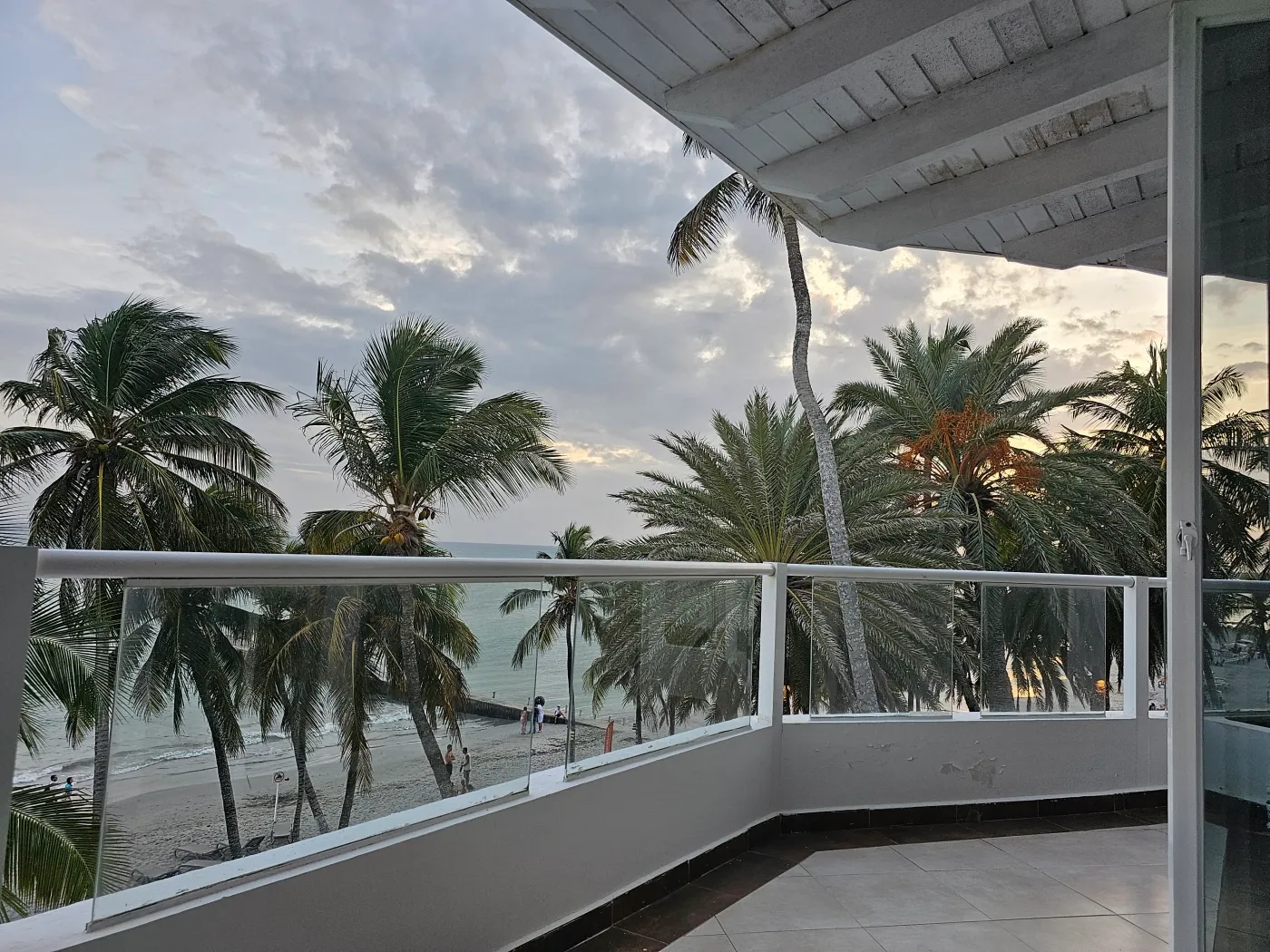
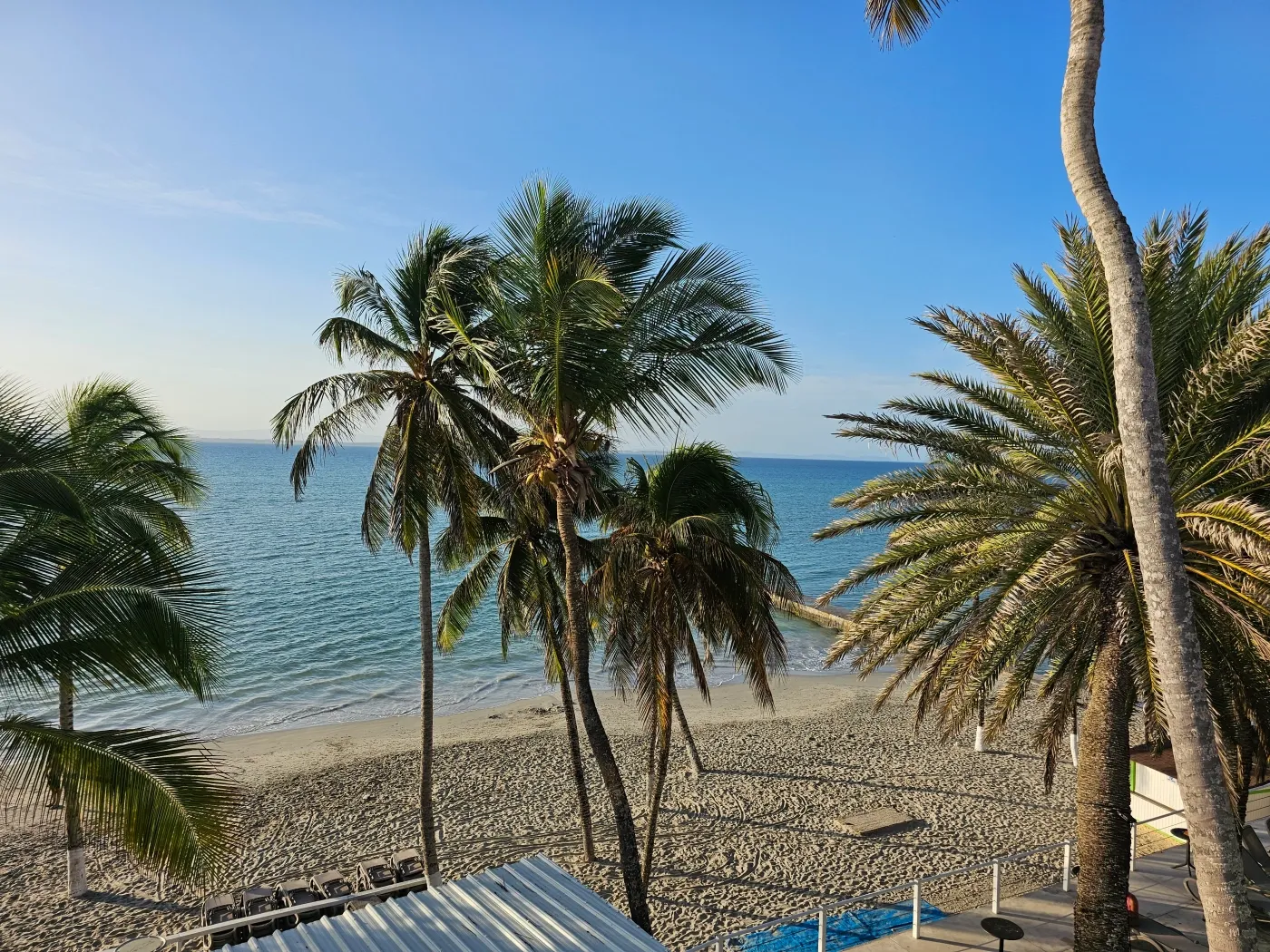
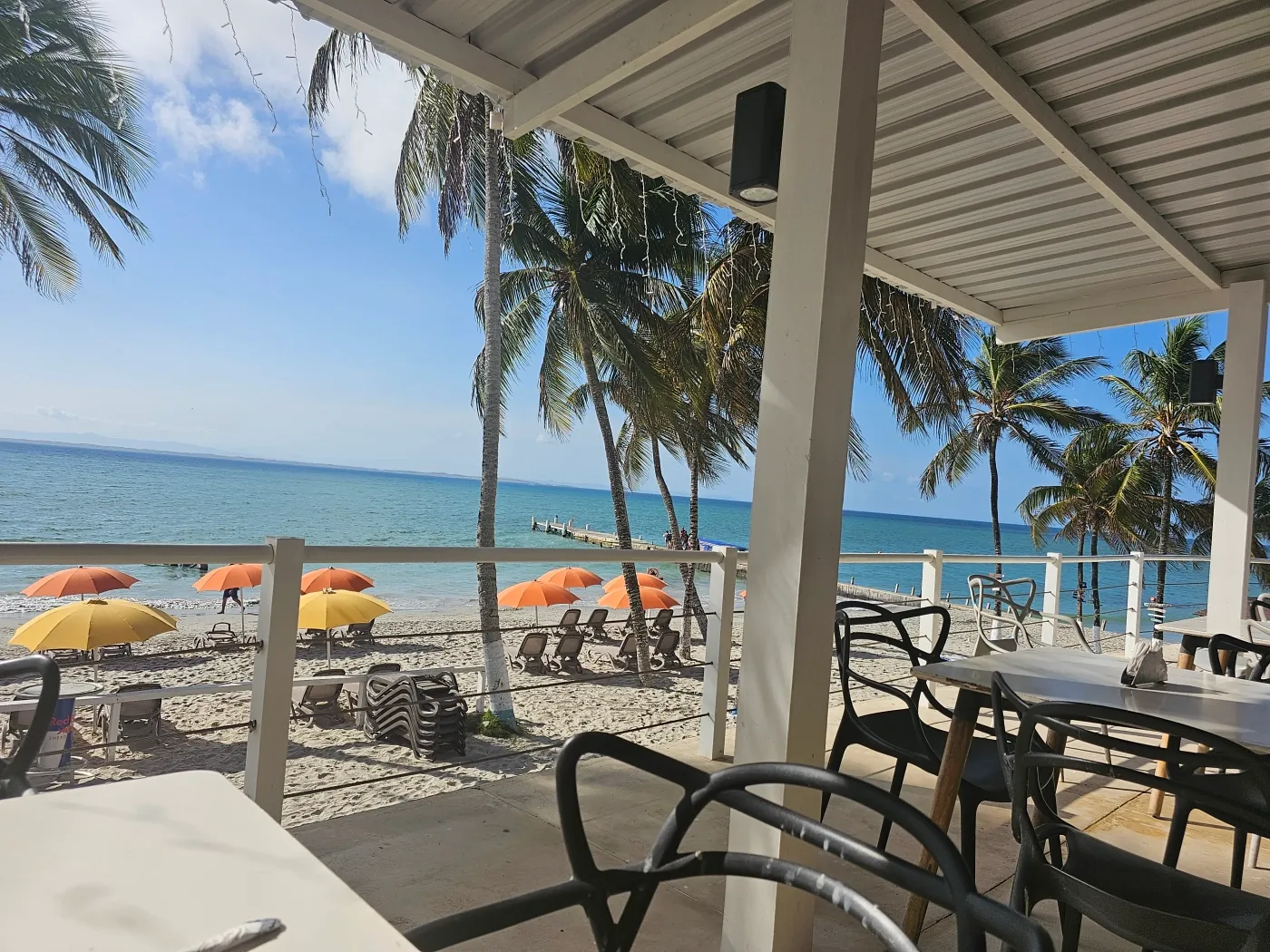
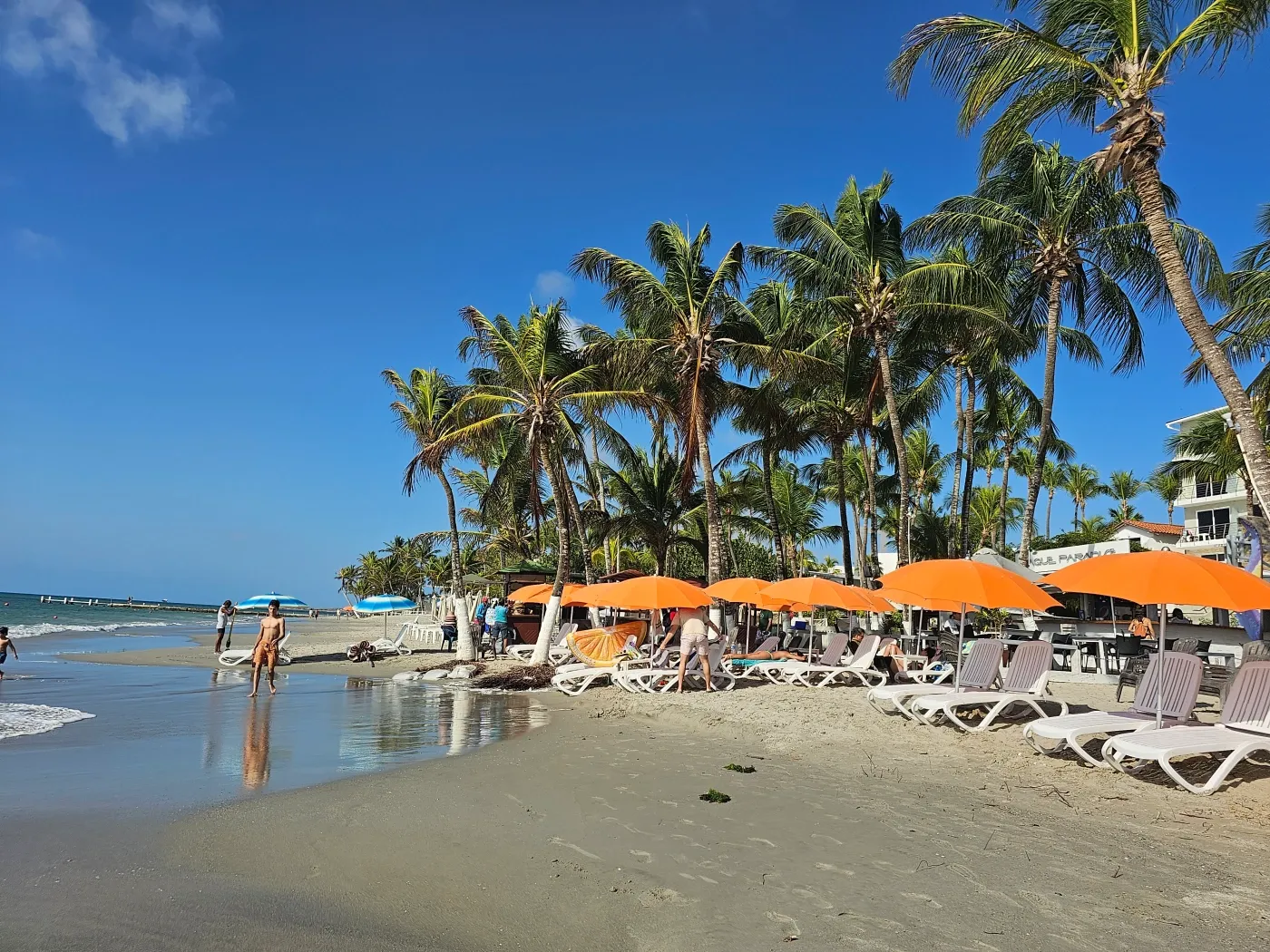
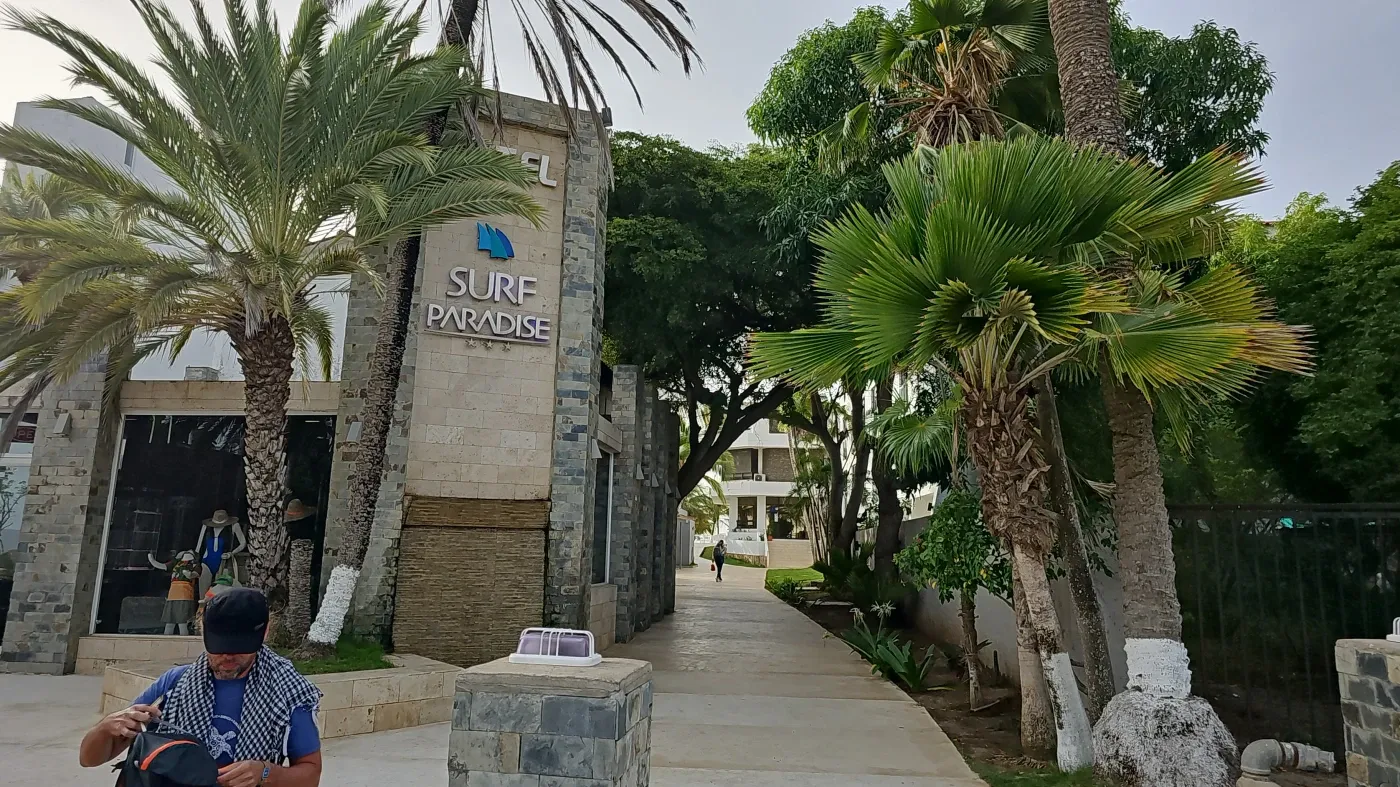
Margarita is the largest island in the state of Nueva Esparta. The capital city of Nueva Esparta, La Asunción, is located on the island. The average temperature is 32 °C (90 °F) with minimums ranging between 22 °C (72 °F) and 23 °C (73 °F) and maximums which can easily reach or exceed 34 °C (93 °F). Rainfall is common in the winter months and during the rainy season July–October. https://en.wikipedia.org/wiki/Margarita_Island
The information about crime on the island on the Wikipedia page looks outdated. Playa el Yaque appears very safe. Hotel staff and the local beach dogs are quick to notice strangers. Vendors on the beach, selling items like food, sunglasses, tours, and massages, are easily identifiable by their matching T-shirts. During our stay only once we witnessed a stranger walking along the beach. He was quickly noticed by the dogs and politely asked to leave by hotel staff. The people complaining about the dogs on the beach and in the restaurant should think twice – if you don’t like dogs just keep them happy for your own safety!
The Margarita island is split into two peninsulas:
the Macanao Penisula to the West – a less developed area part of the island; we had no time to go there. There is not much to see there but since it’s quite different to the other side of the island it might be interesting to drive there and have a look if you have time.
The Paraguachoa peninsula to the East – that’s the part of the island where the main towns, airport, ferry port, hotels and the beaches are located.
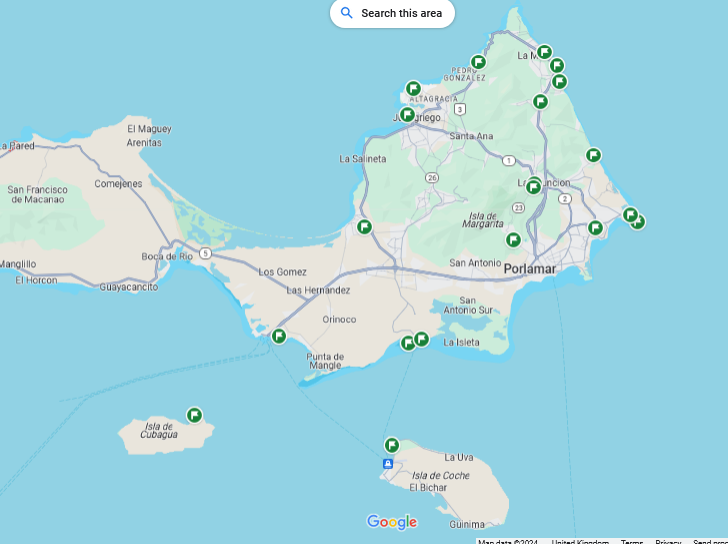
Playa El Yaque
Nice, busy. Lots of bars, restaurants, vendors. Hot spot for kite/windsurfing.
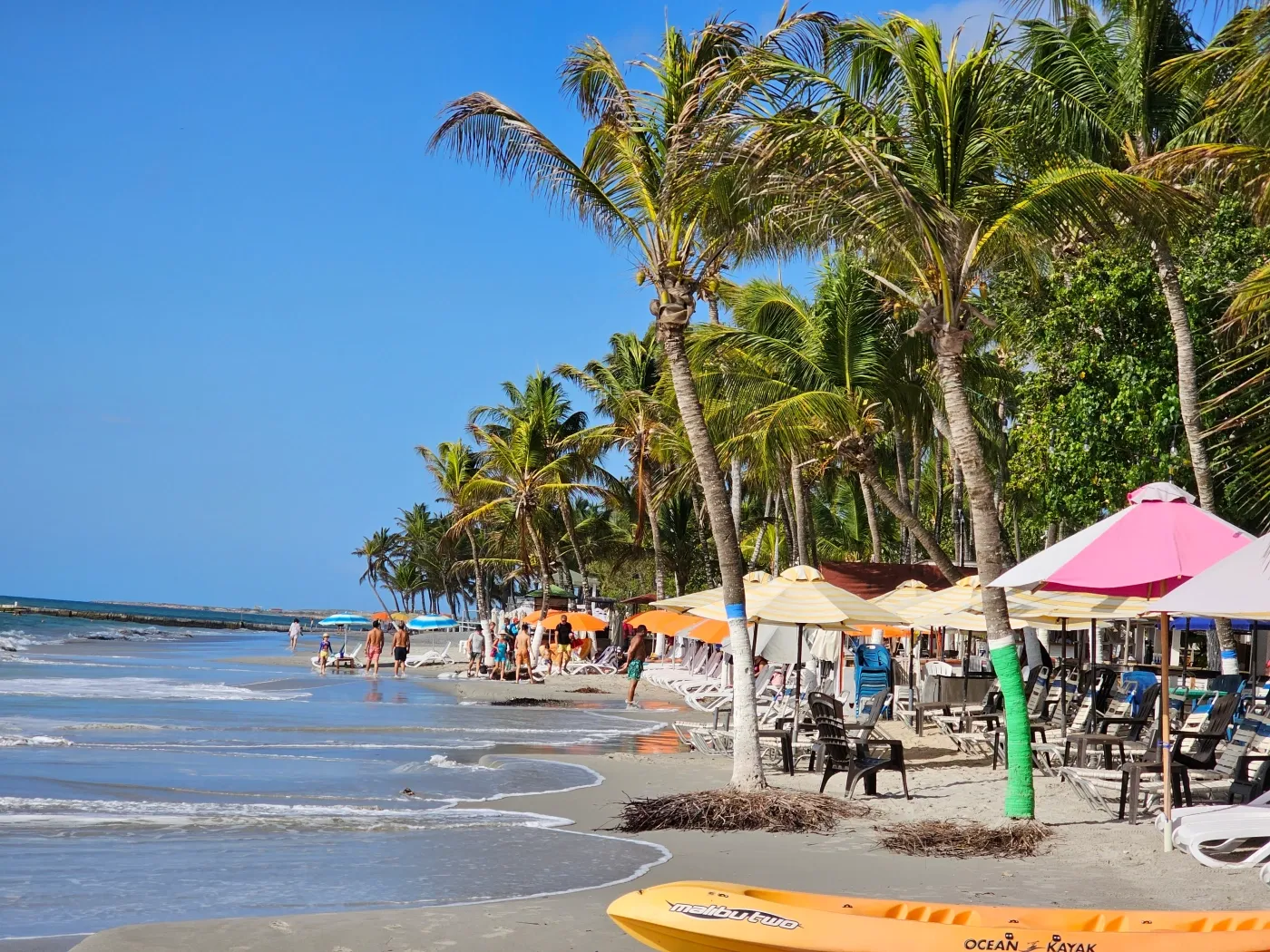
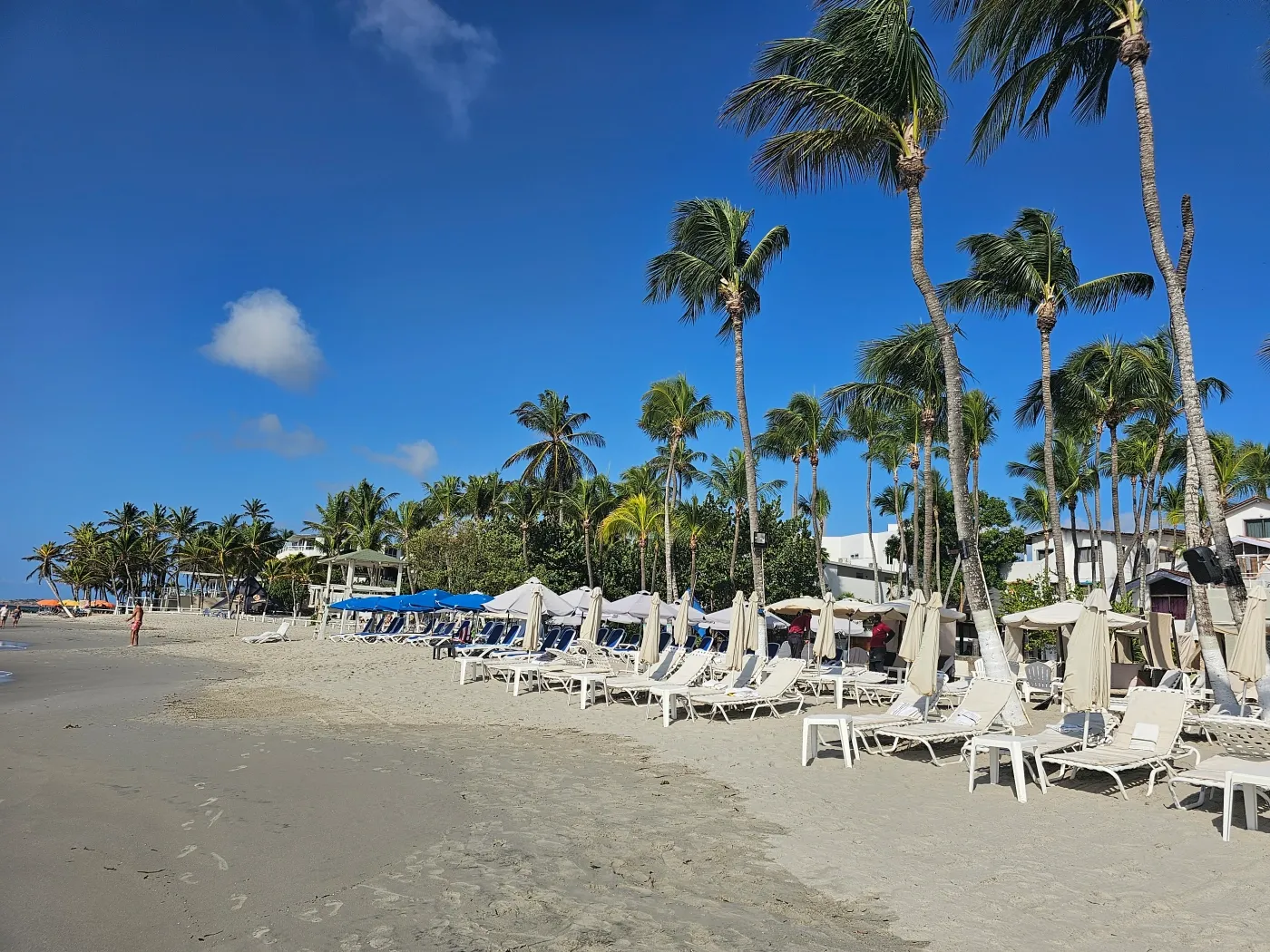
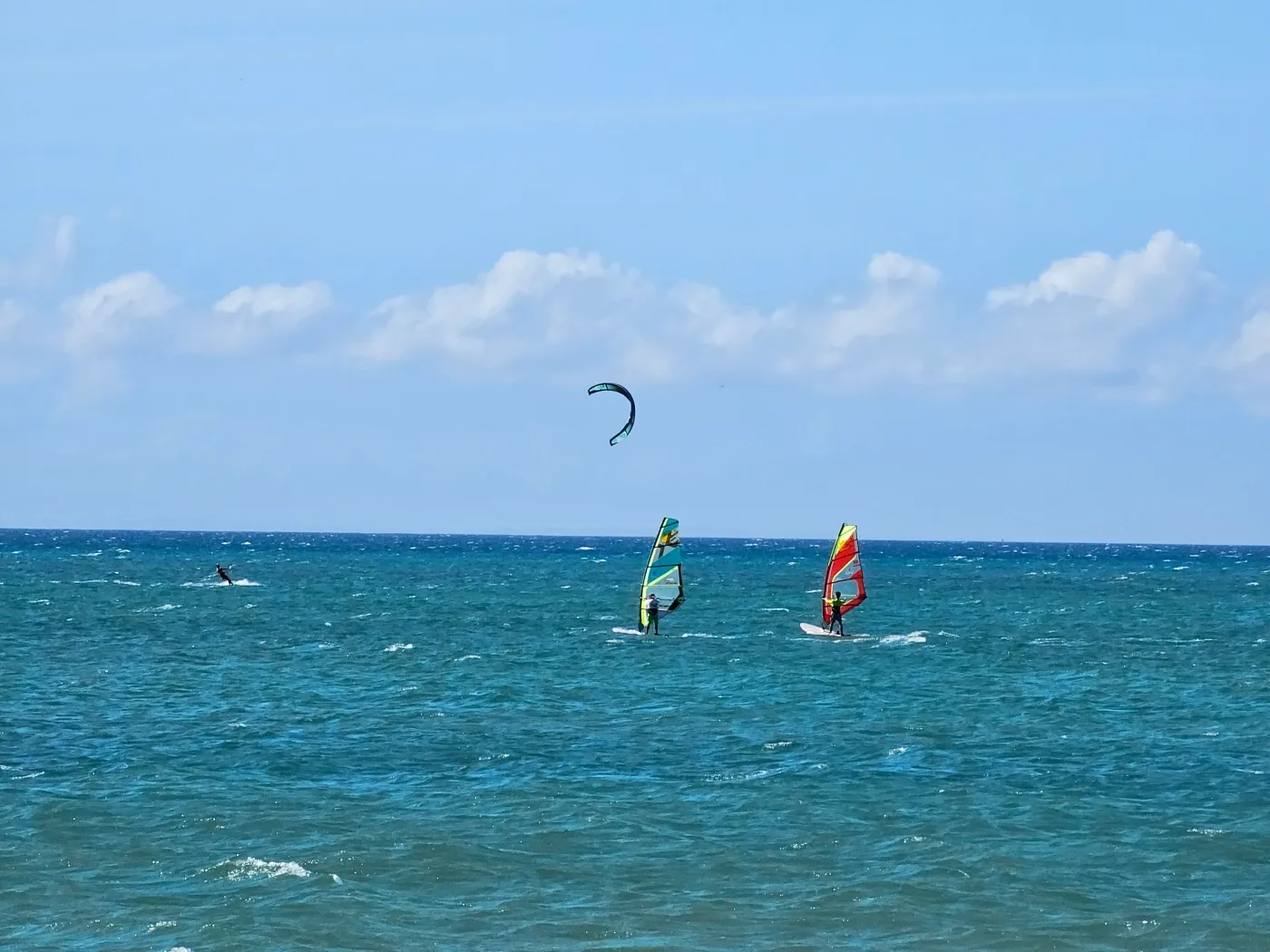
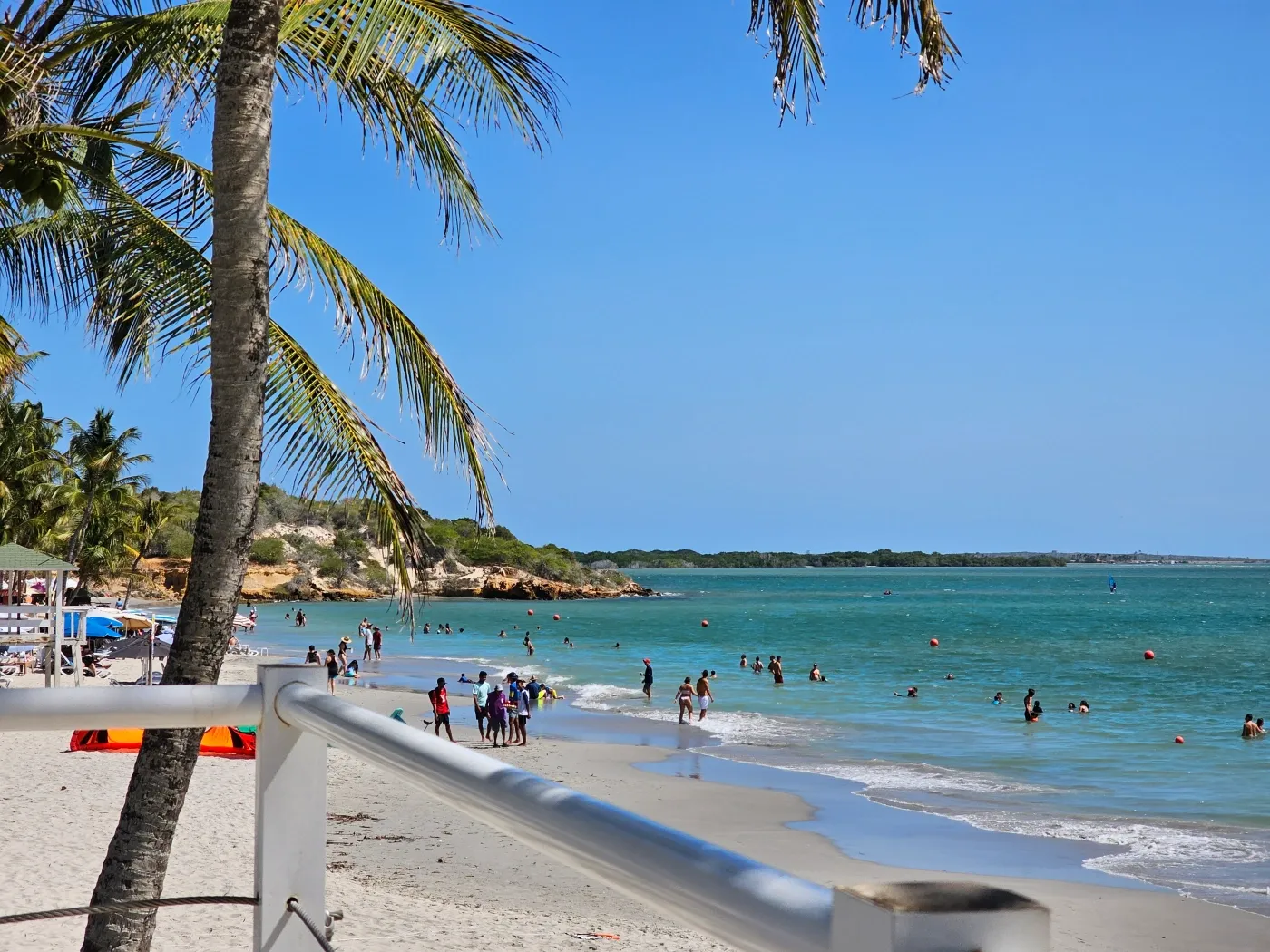
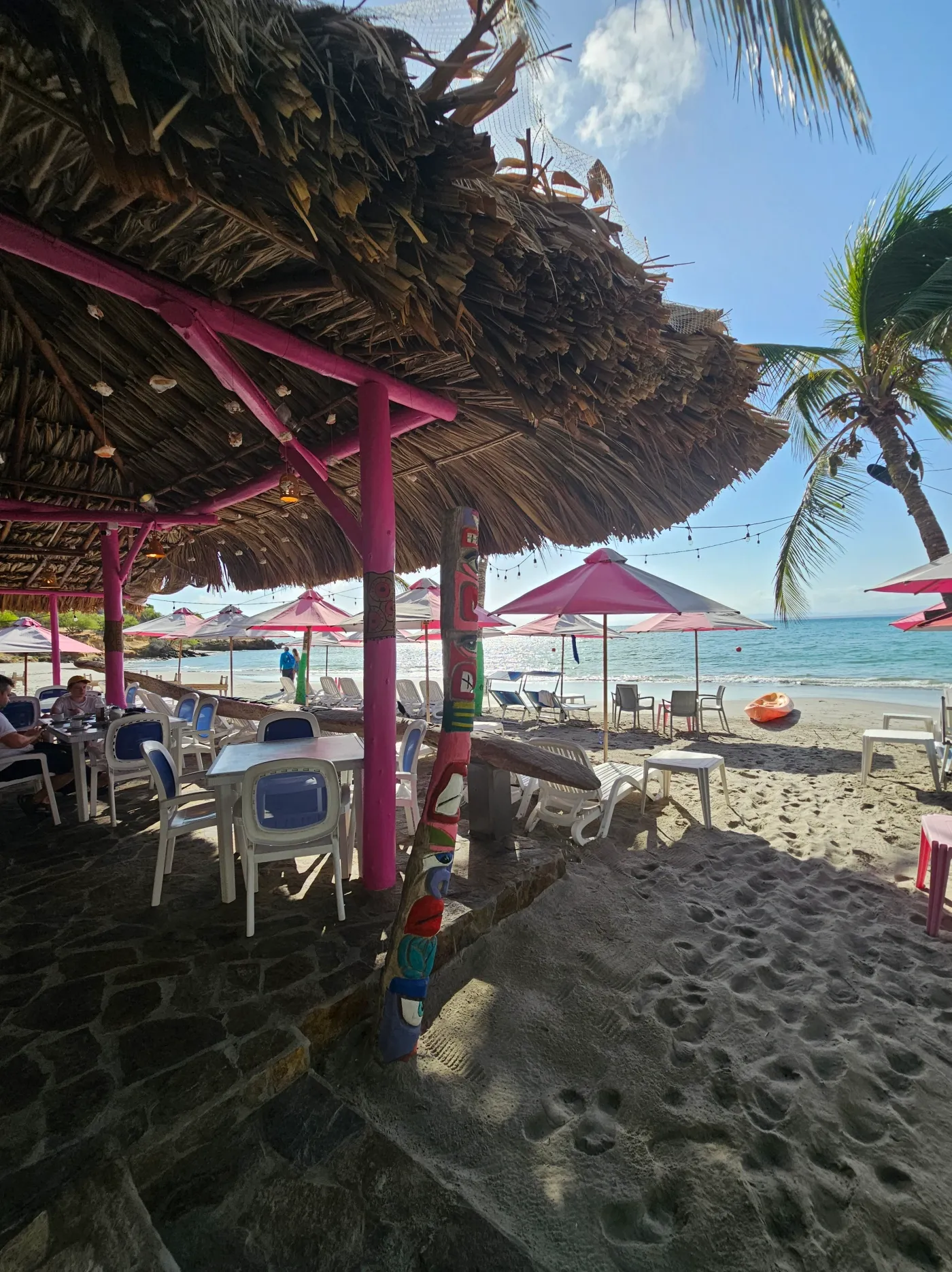
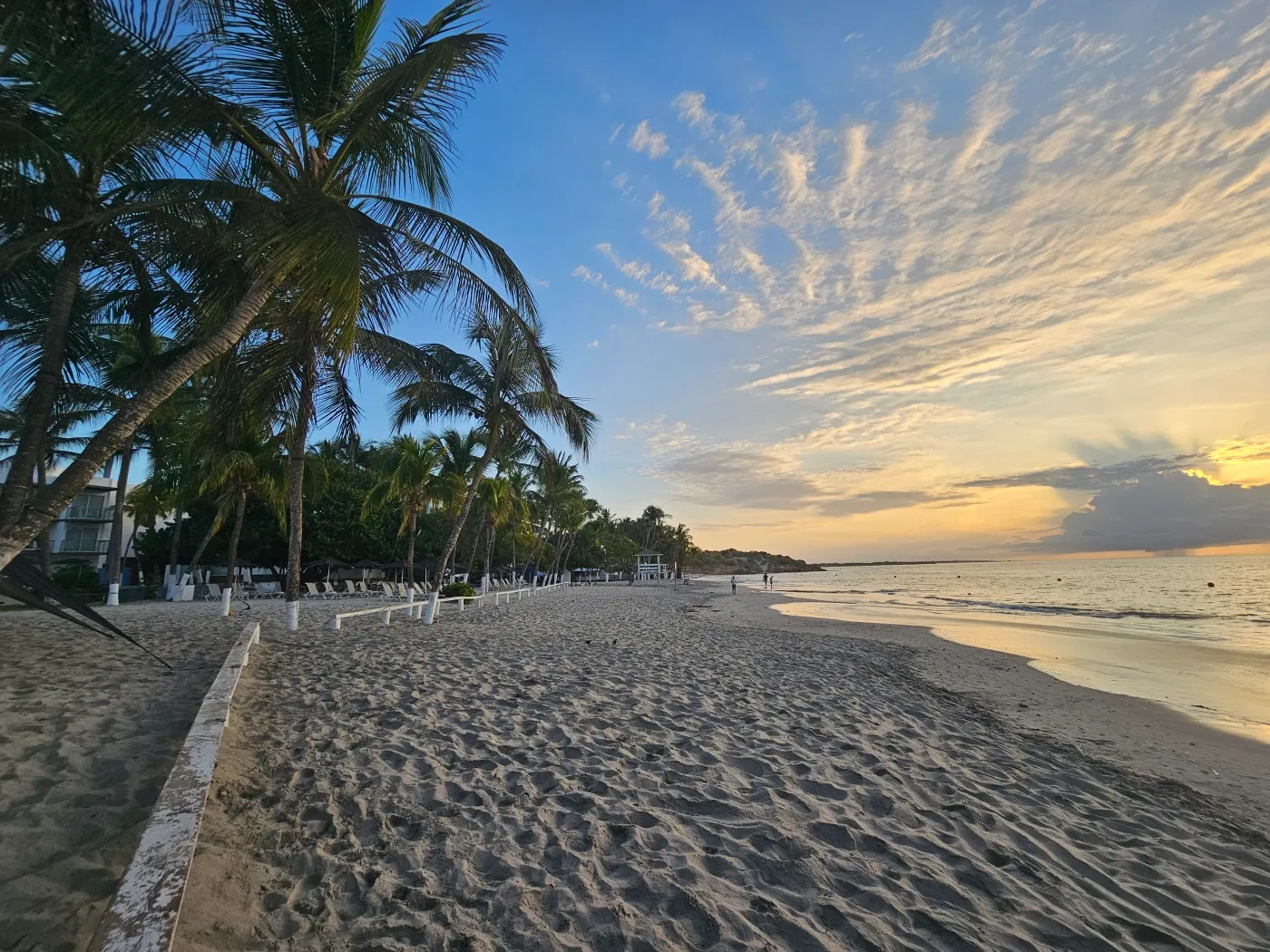
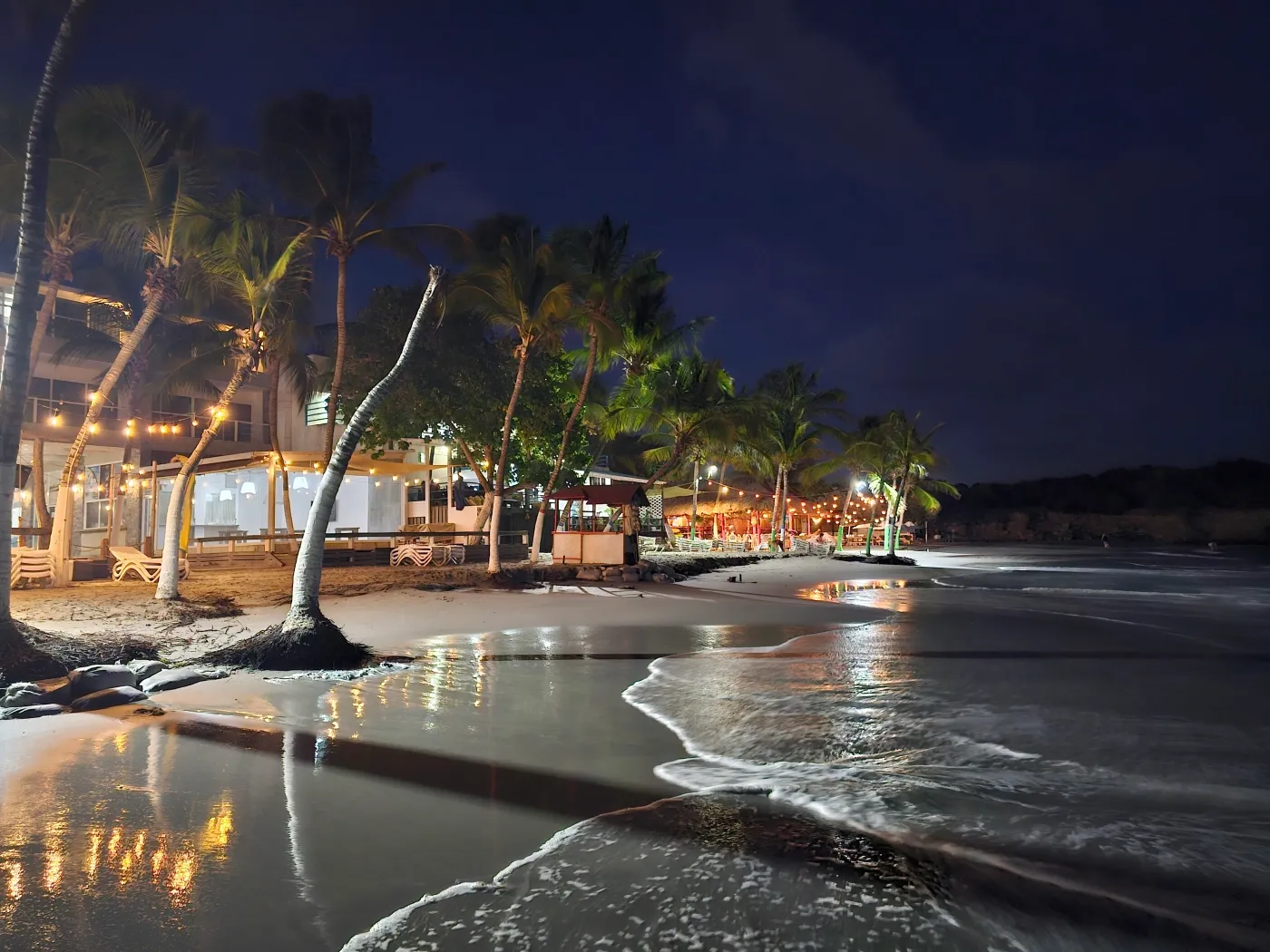
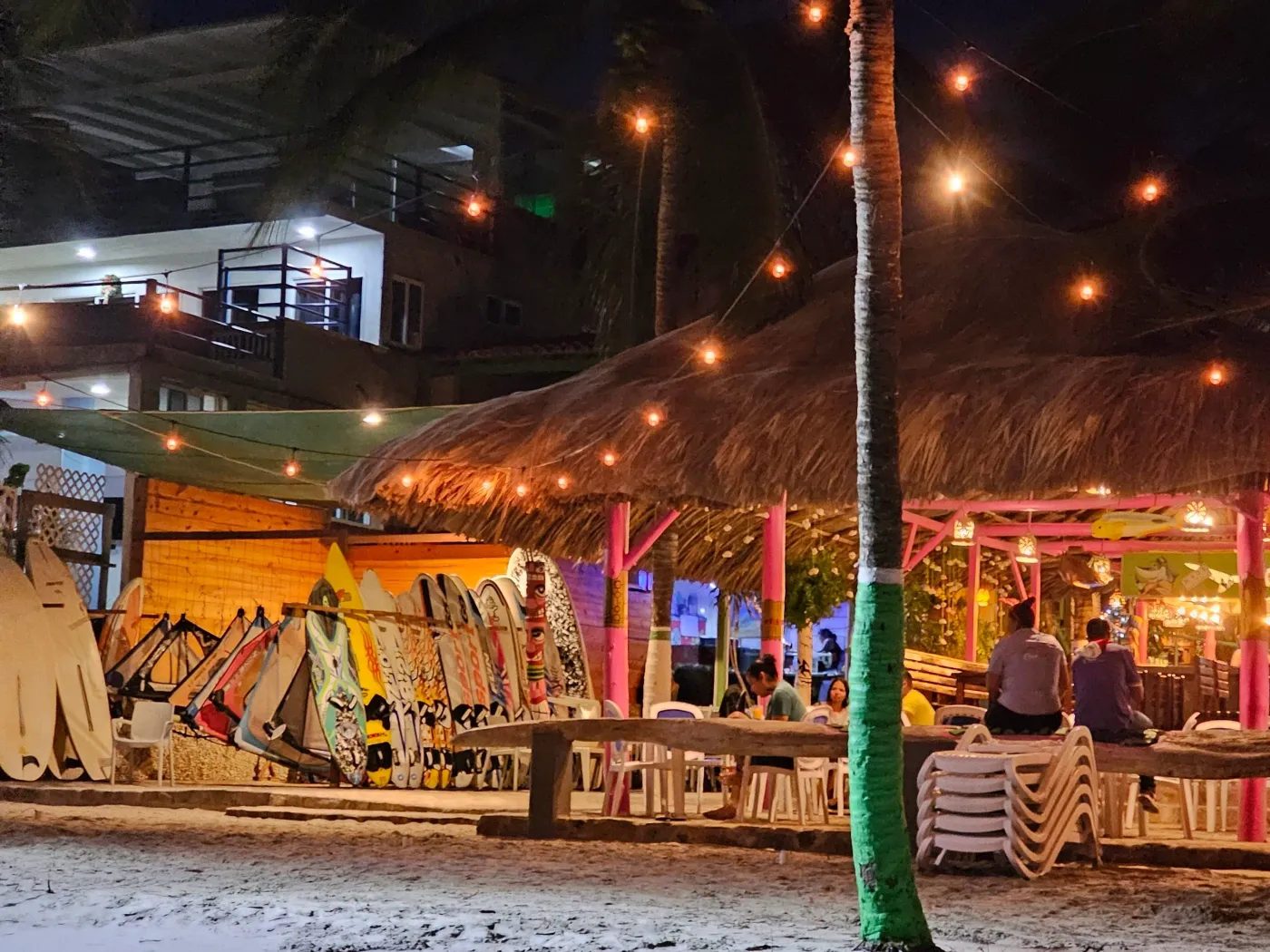
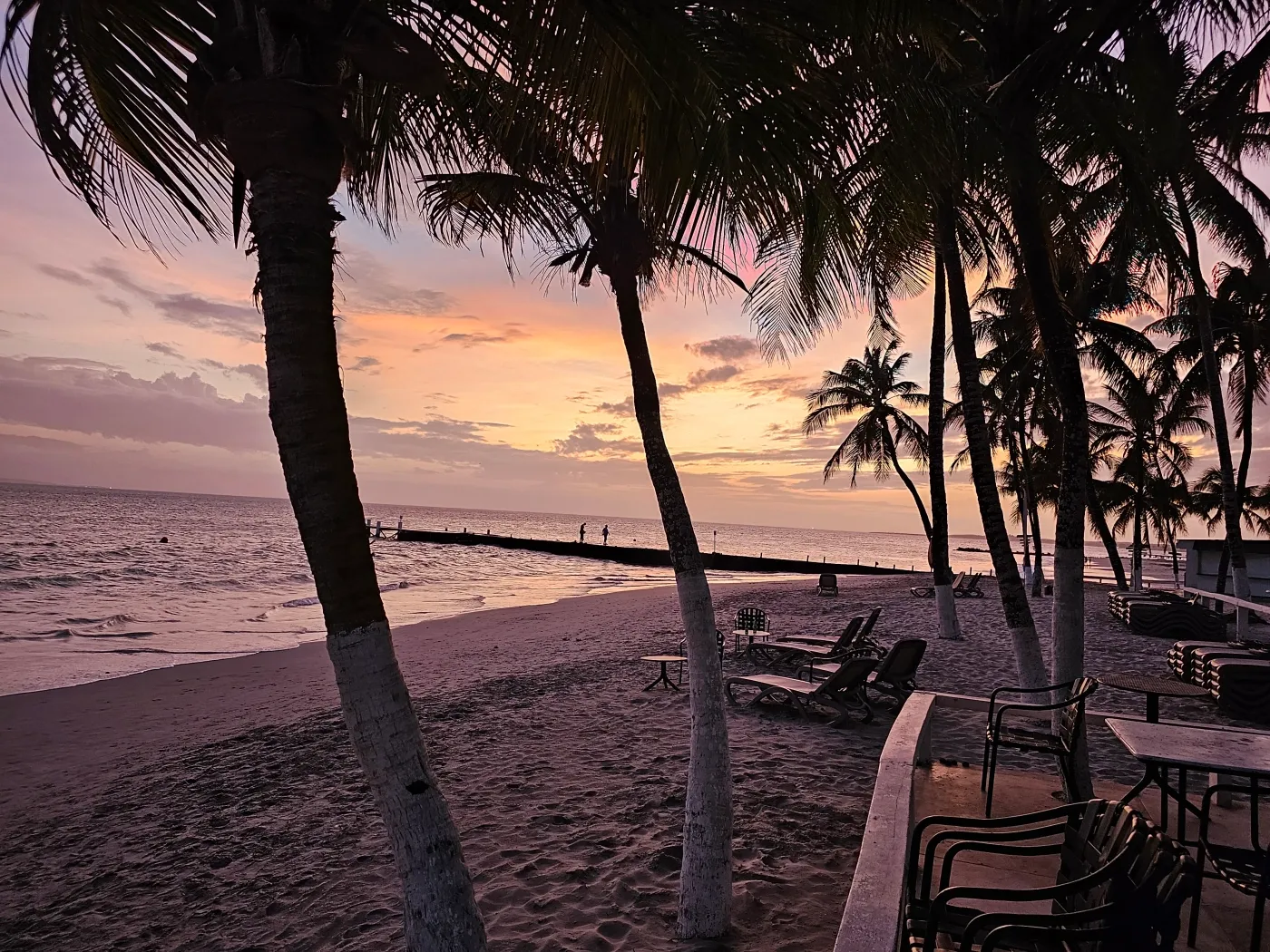
If you are looking for a quieter spot and a change of scenery, there is a pleasant walking path heading east. Following the shore, you can reach Las Marites Lagoon. However, it is best to start early in the morning and bring plenty of drinking water, as there is no shade along the path.
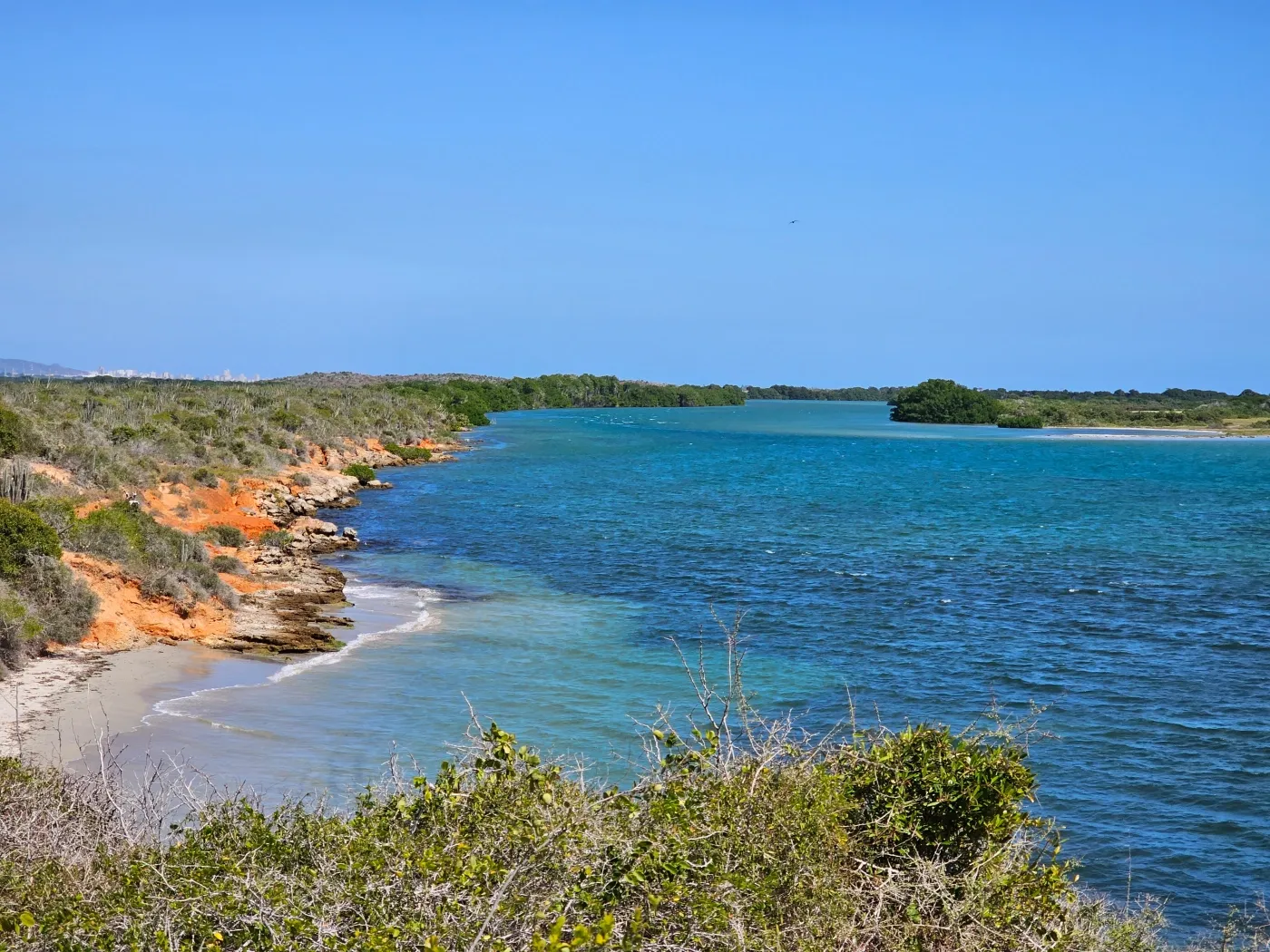
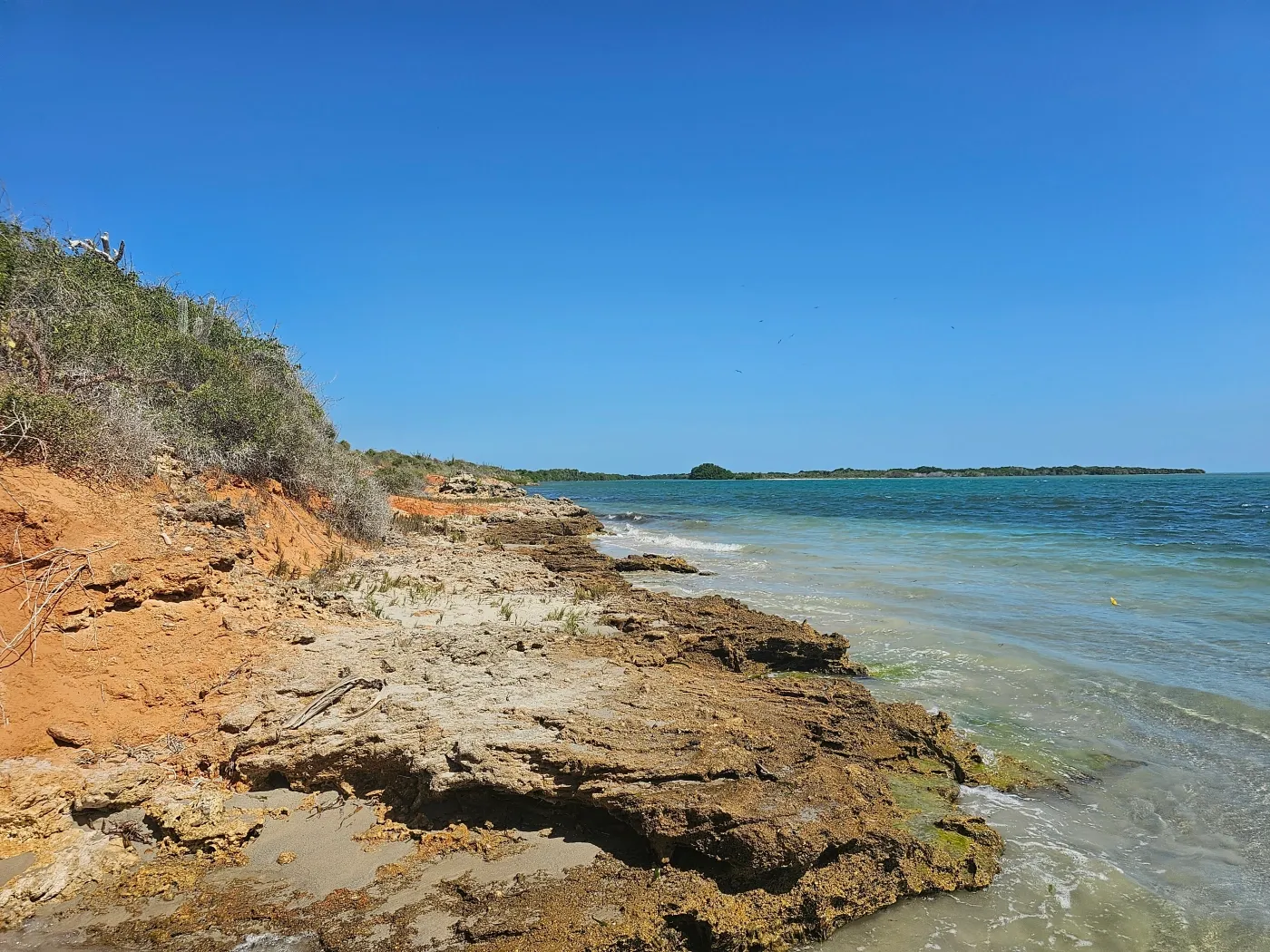
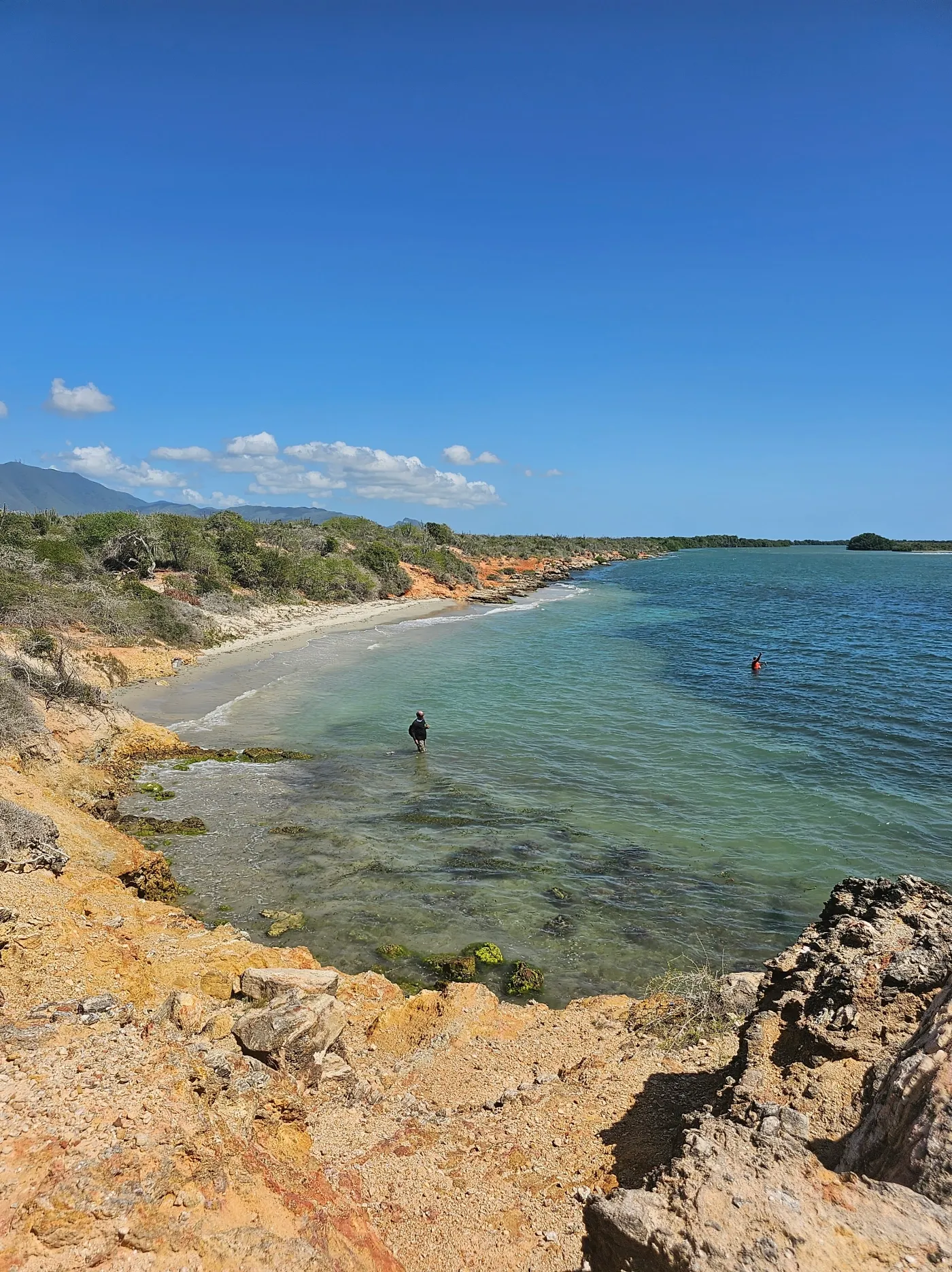
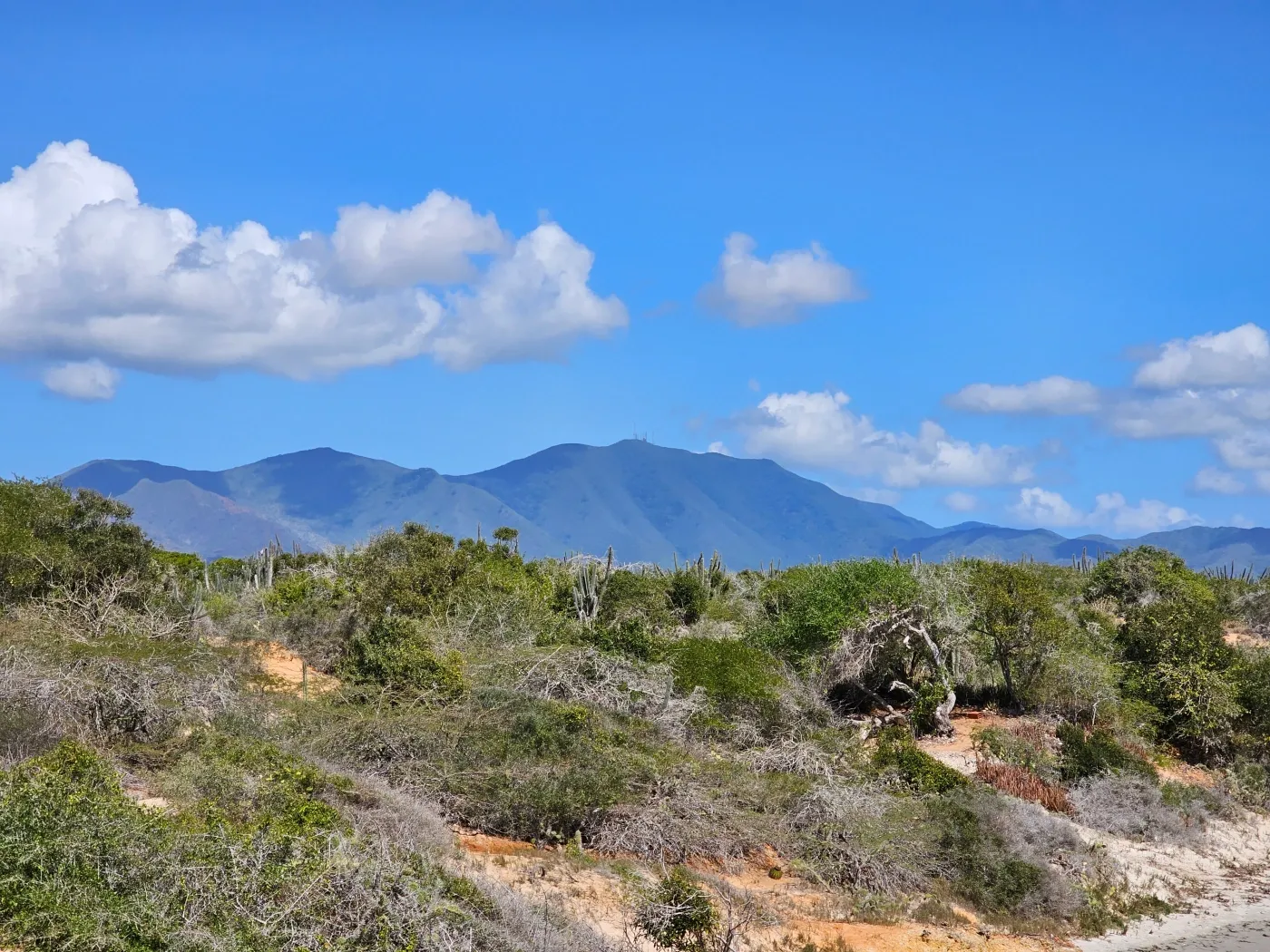
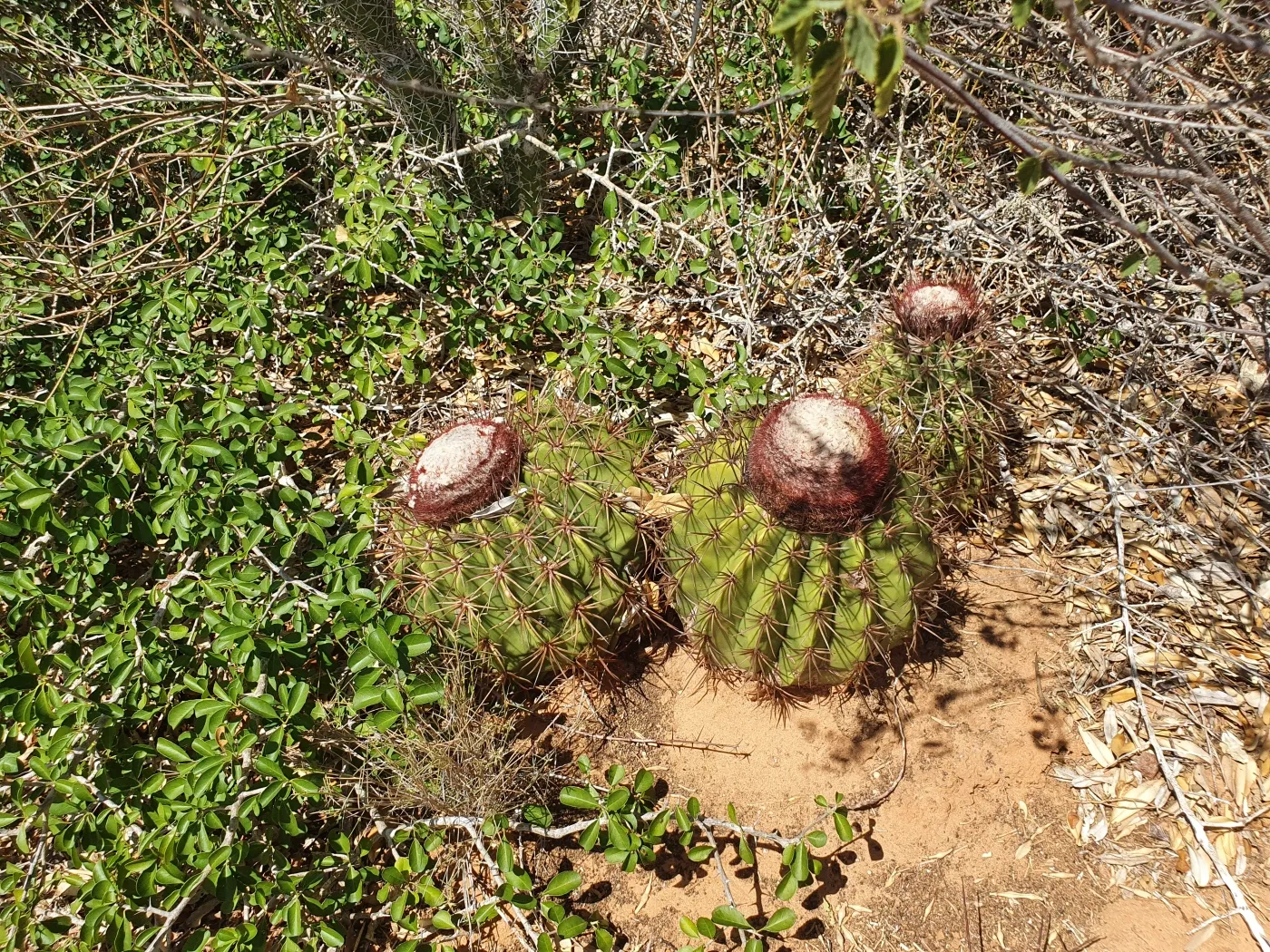
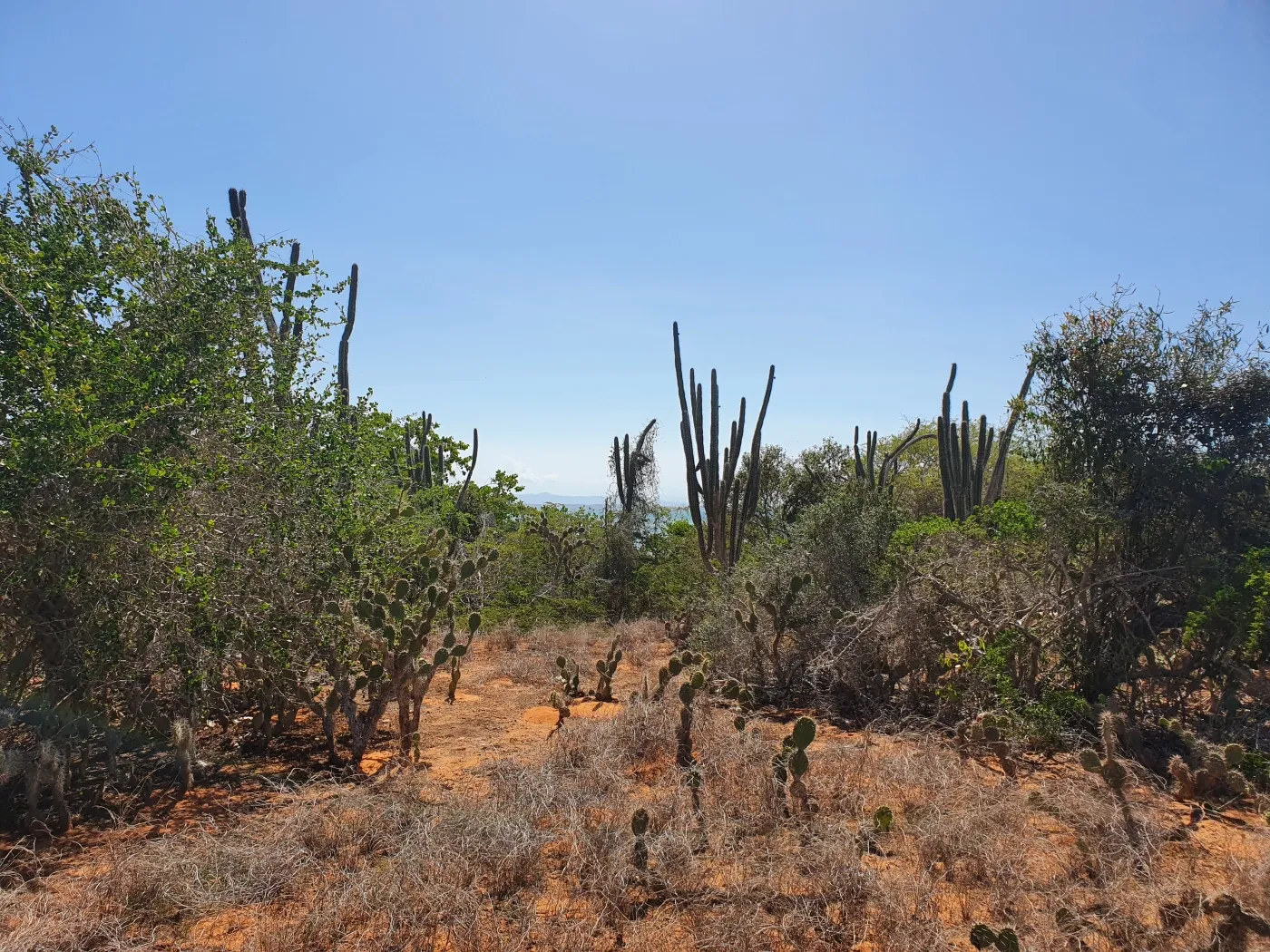
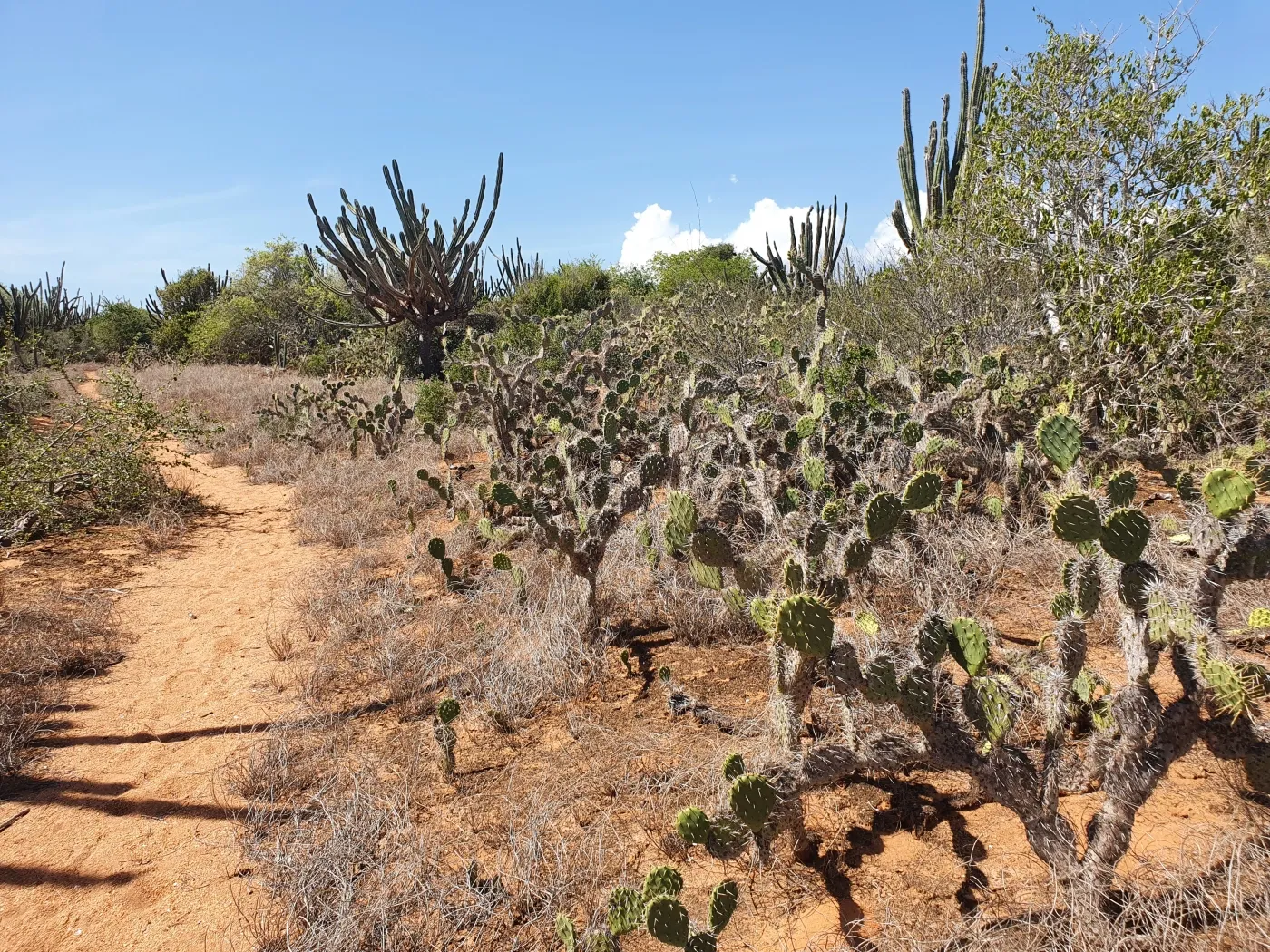
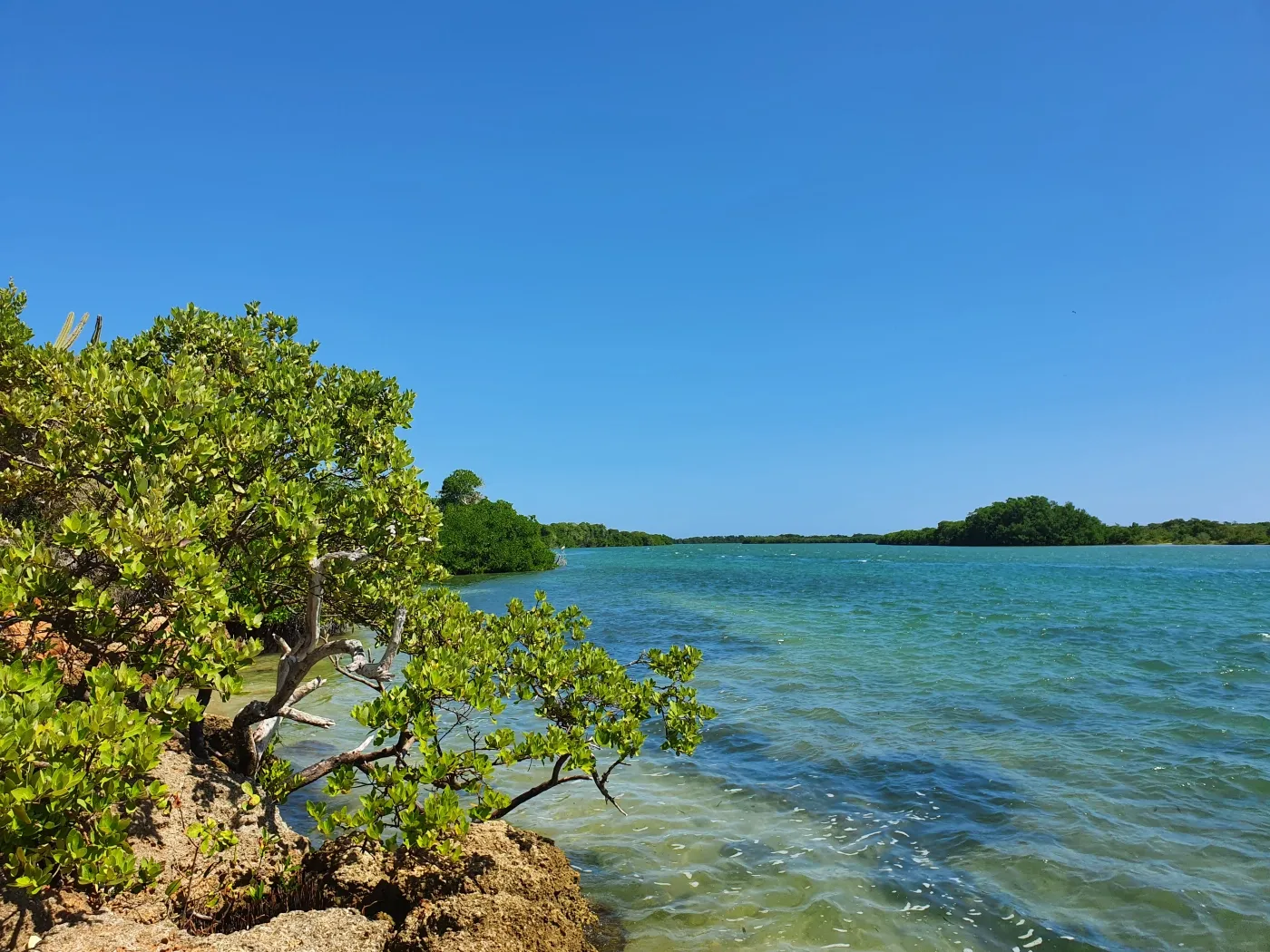
The western part of Yaque Beach is quieter and less crowded, away from the tourist areas. This section features local bars, fishing boats, and, further along, a small lagoon. It is definitely a great spot for birdwatching, with species such as flamingos, pelicans, frigatebirds, and black vultures.
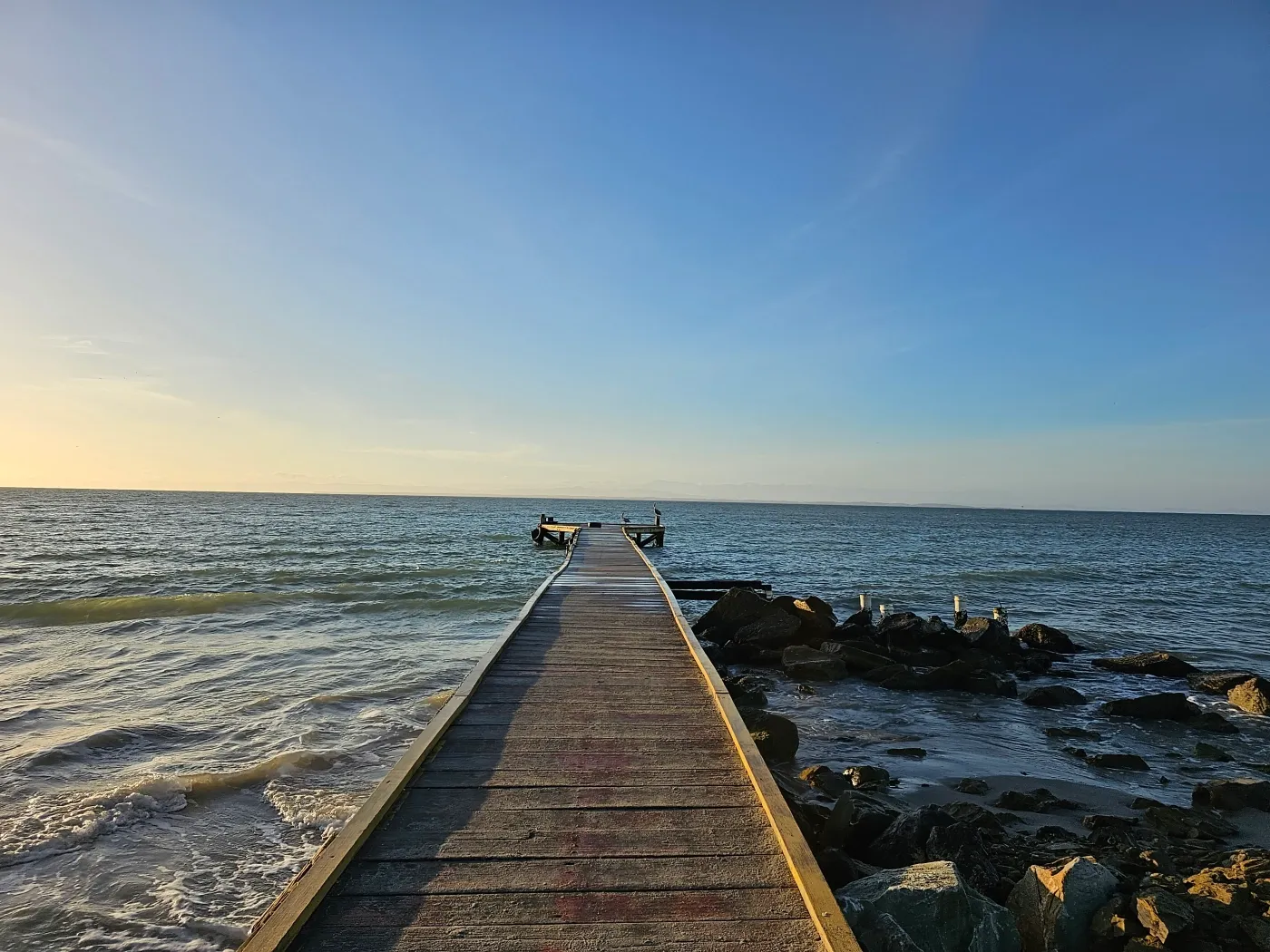
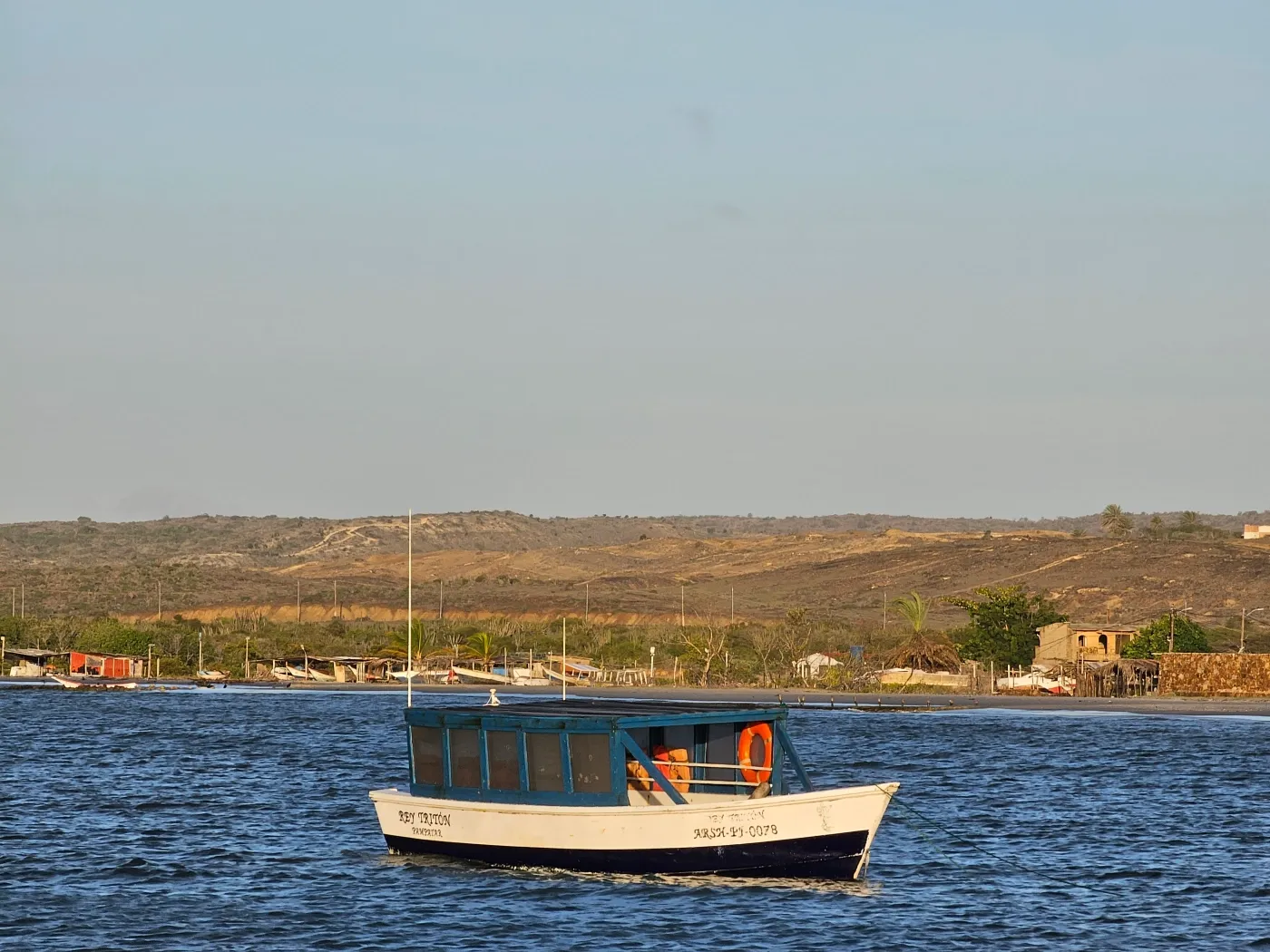
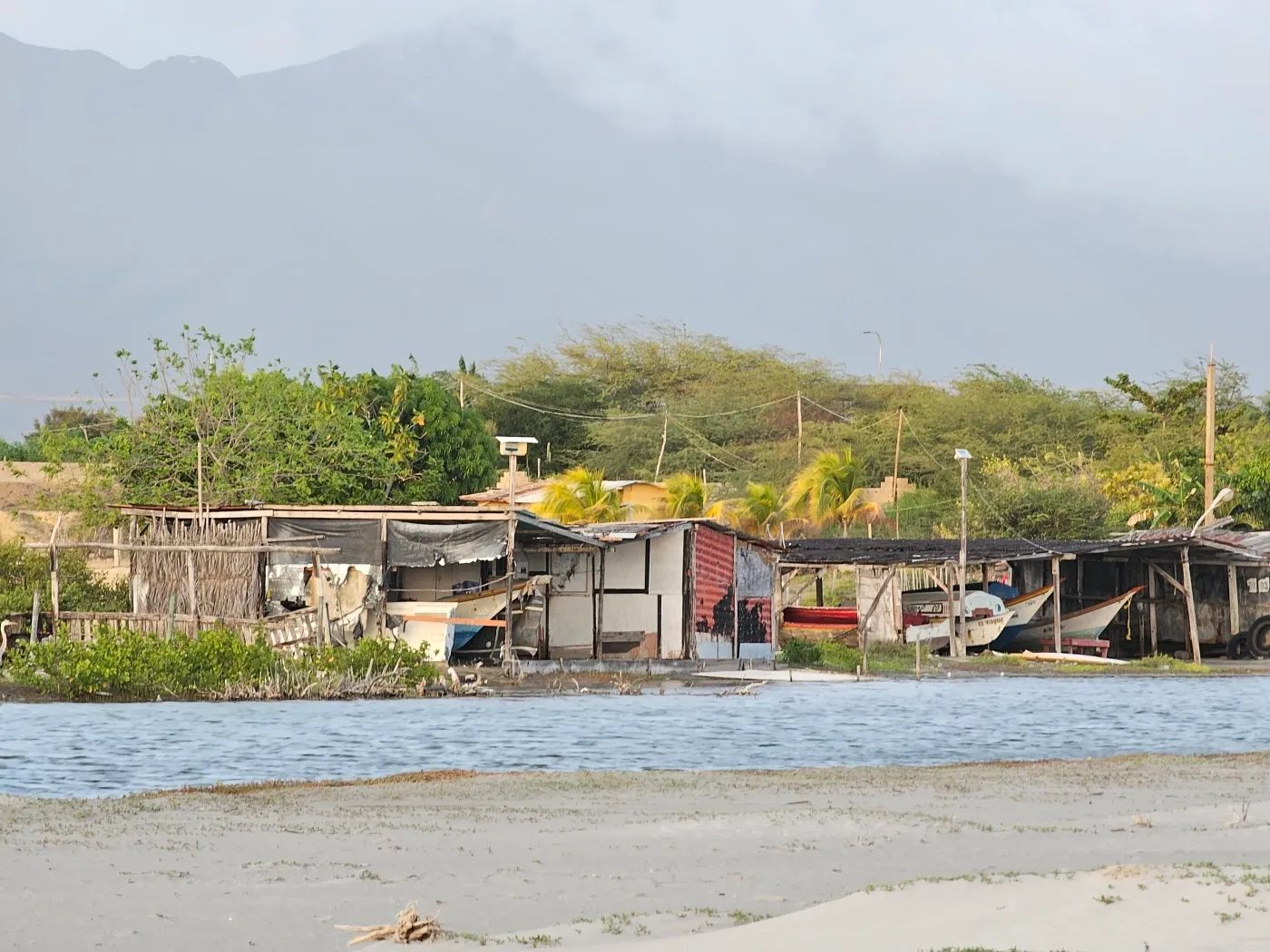
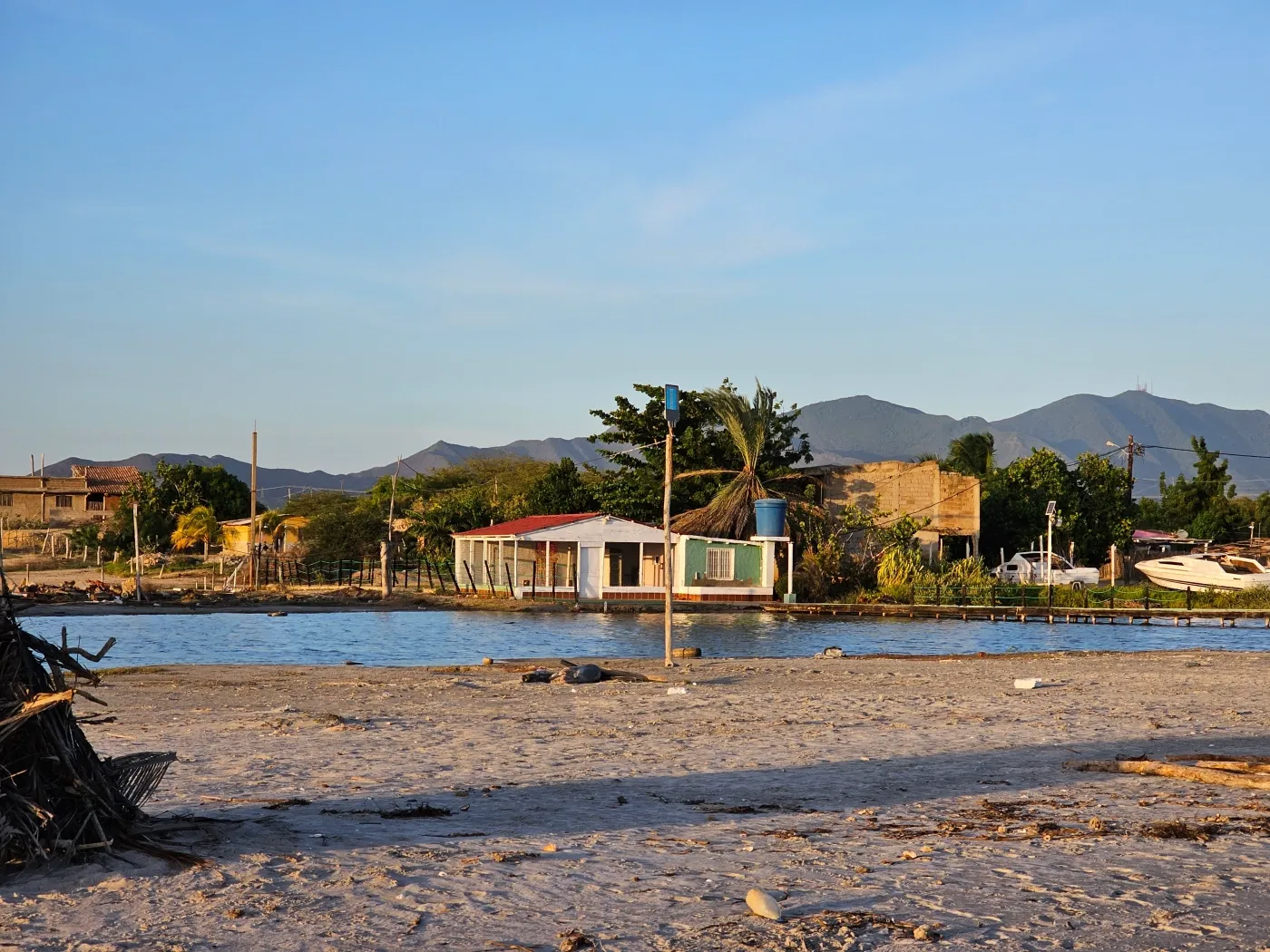
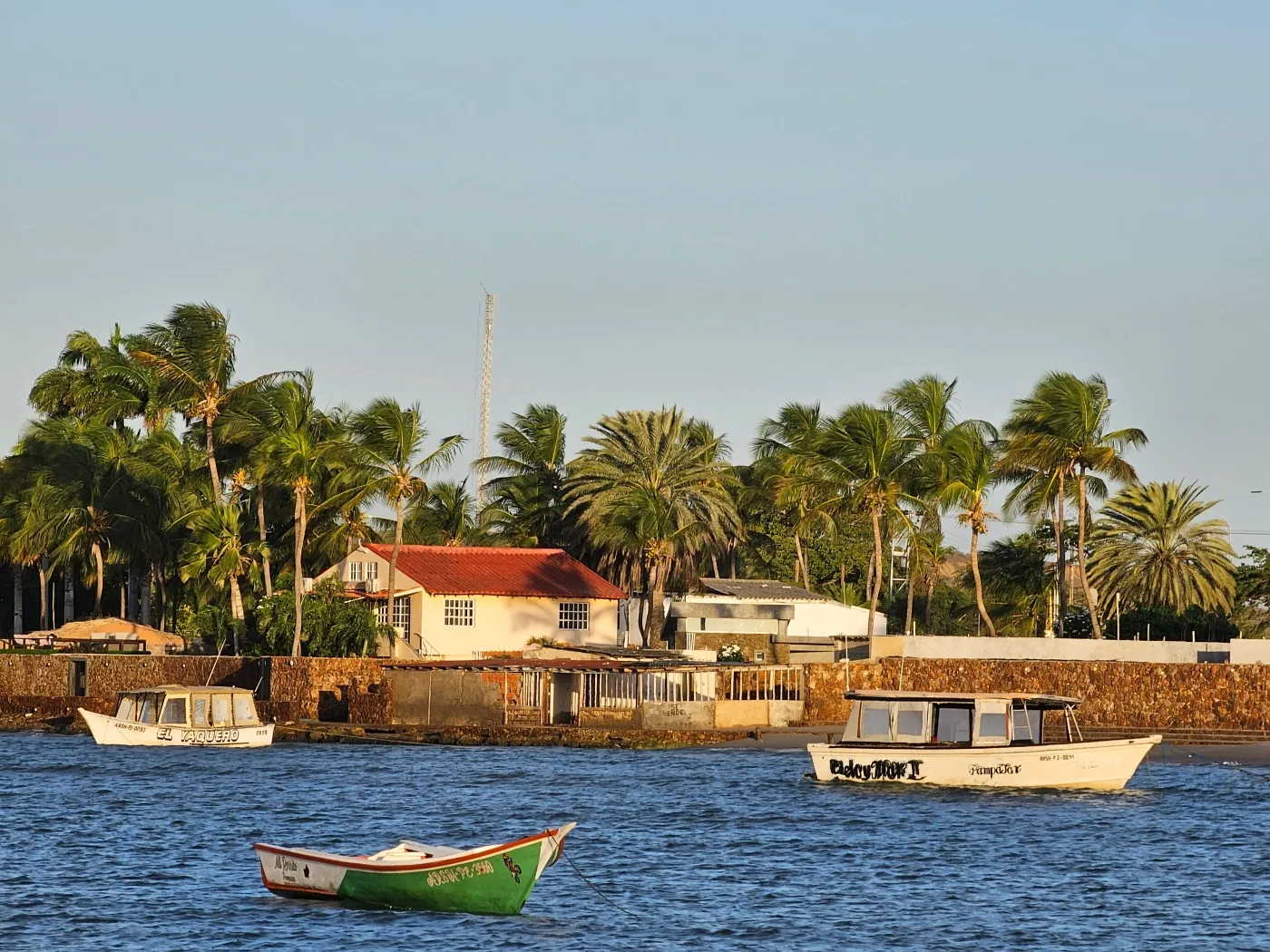
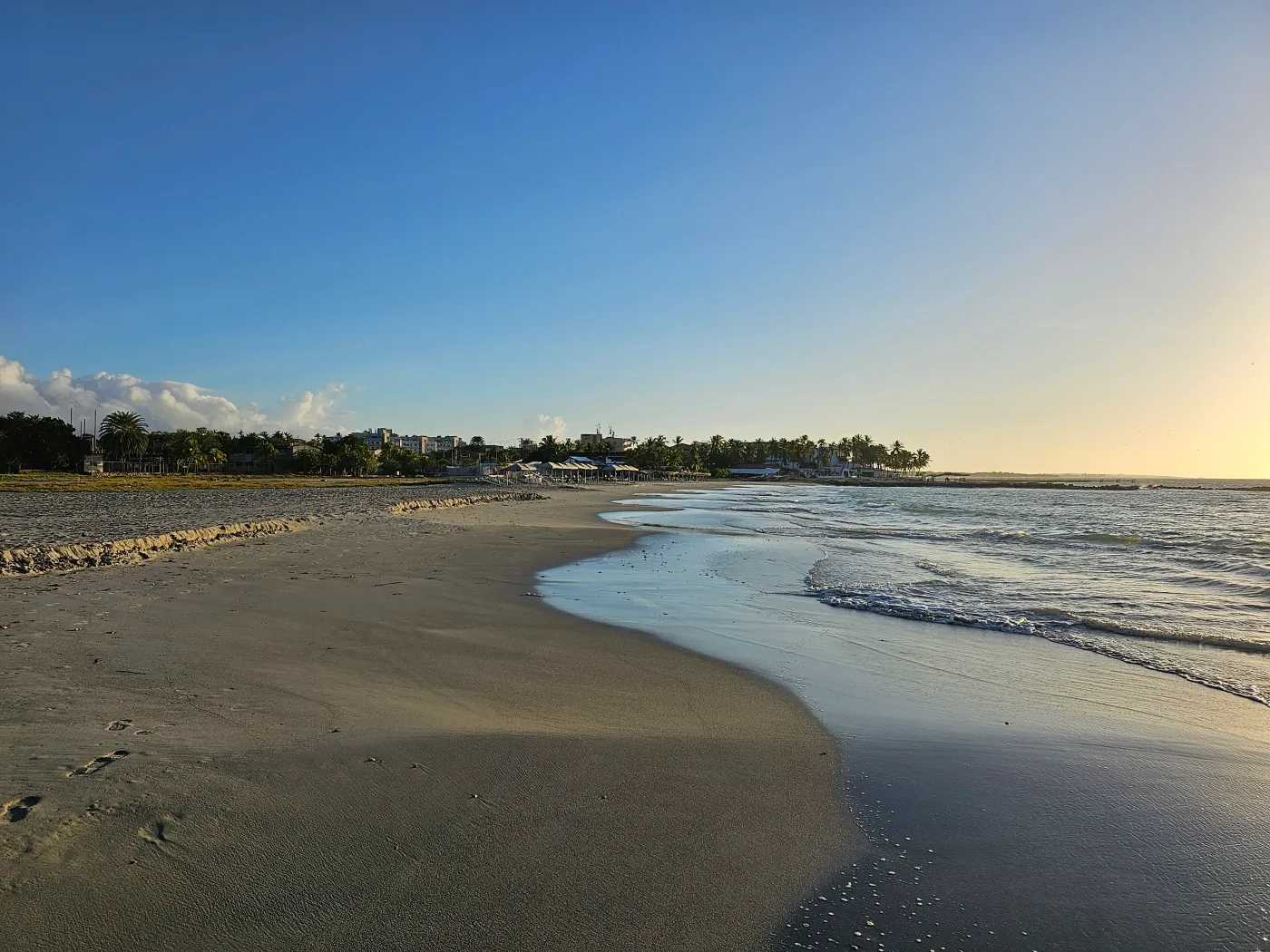
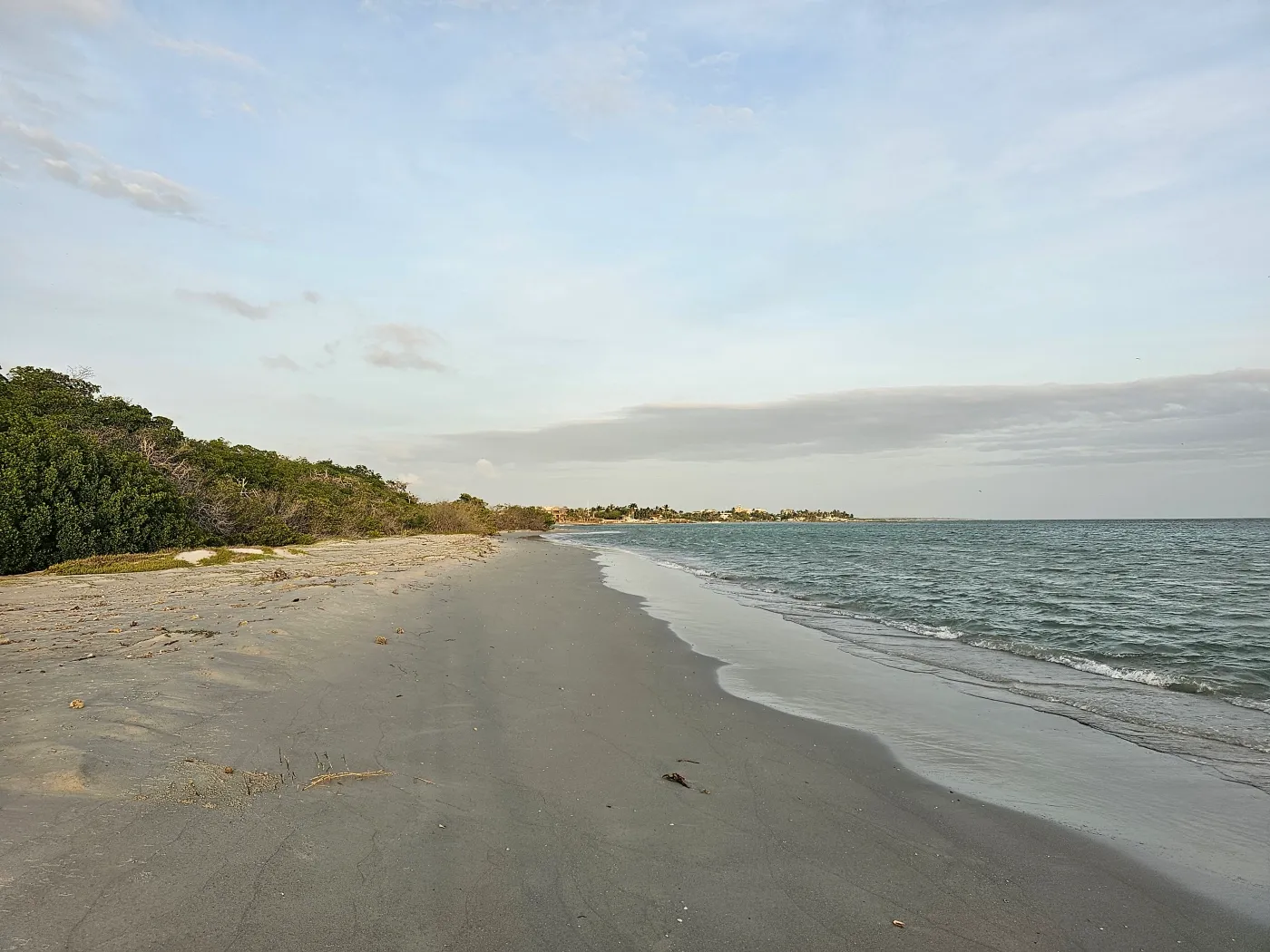
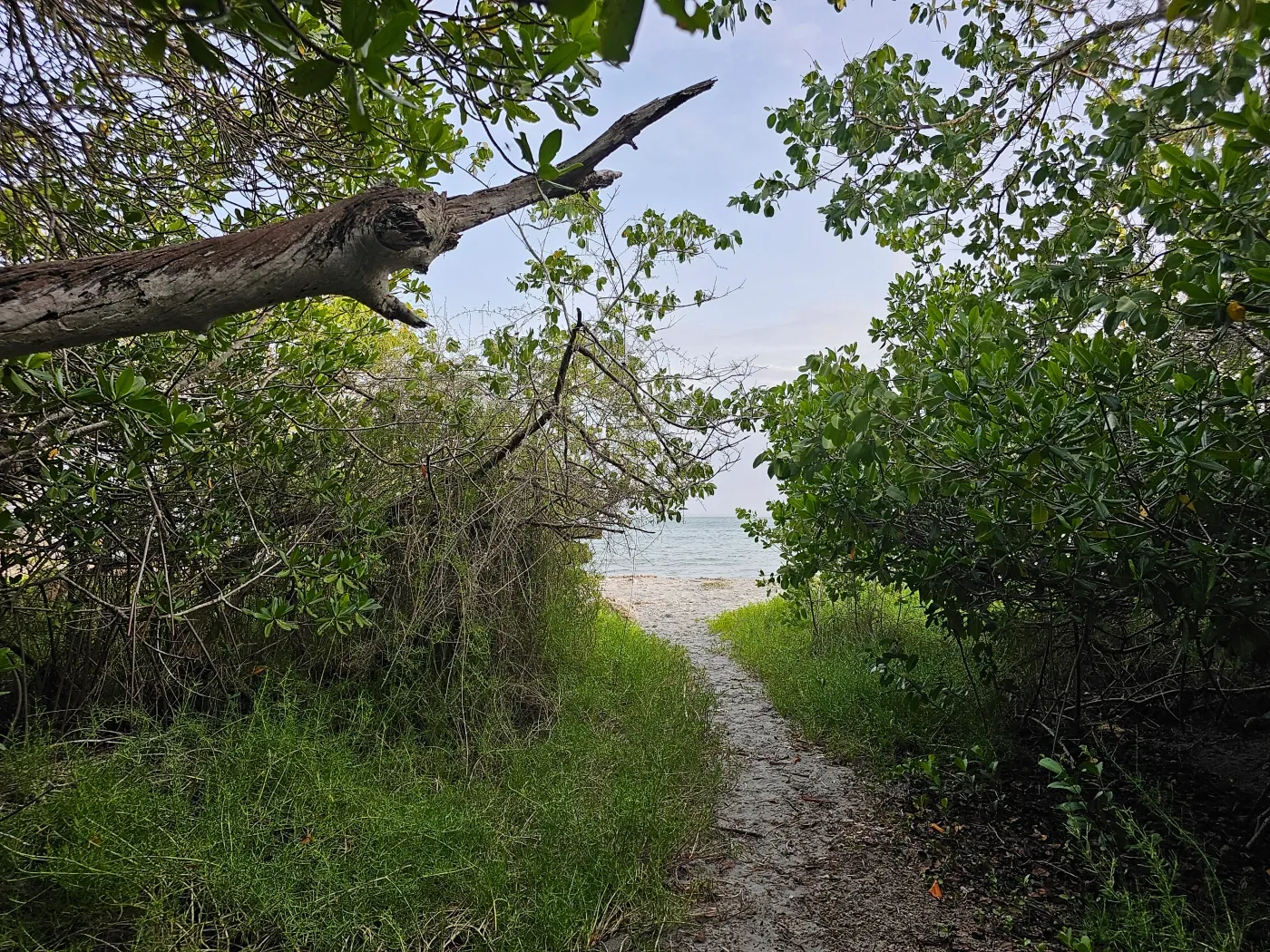
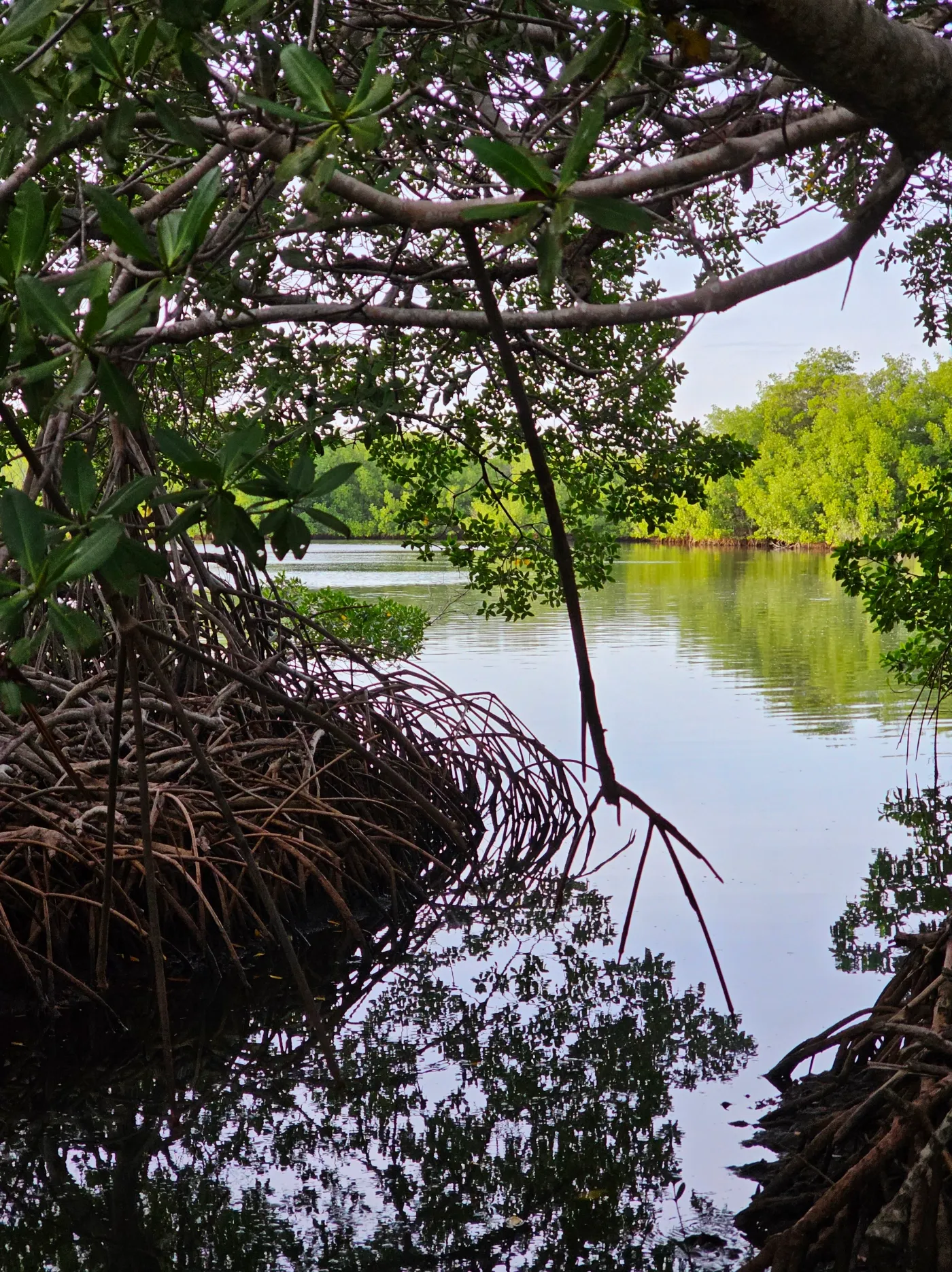
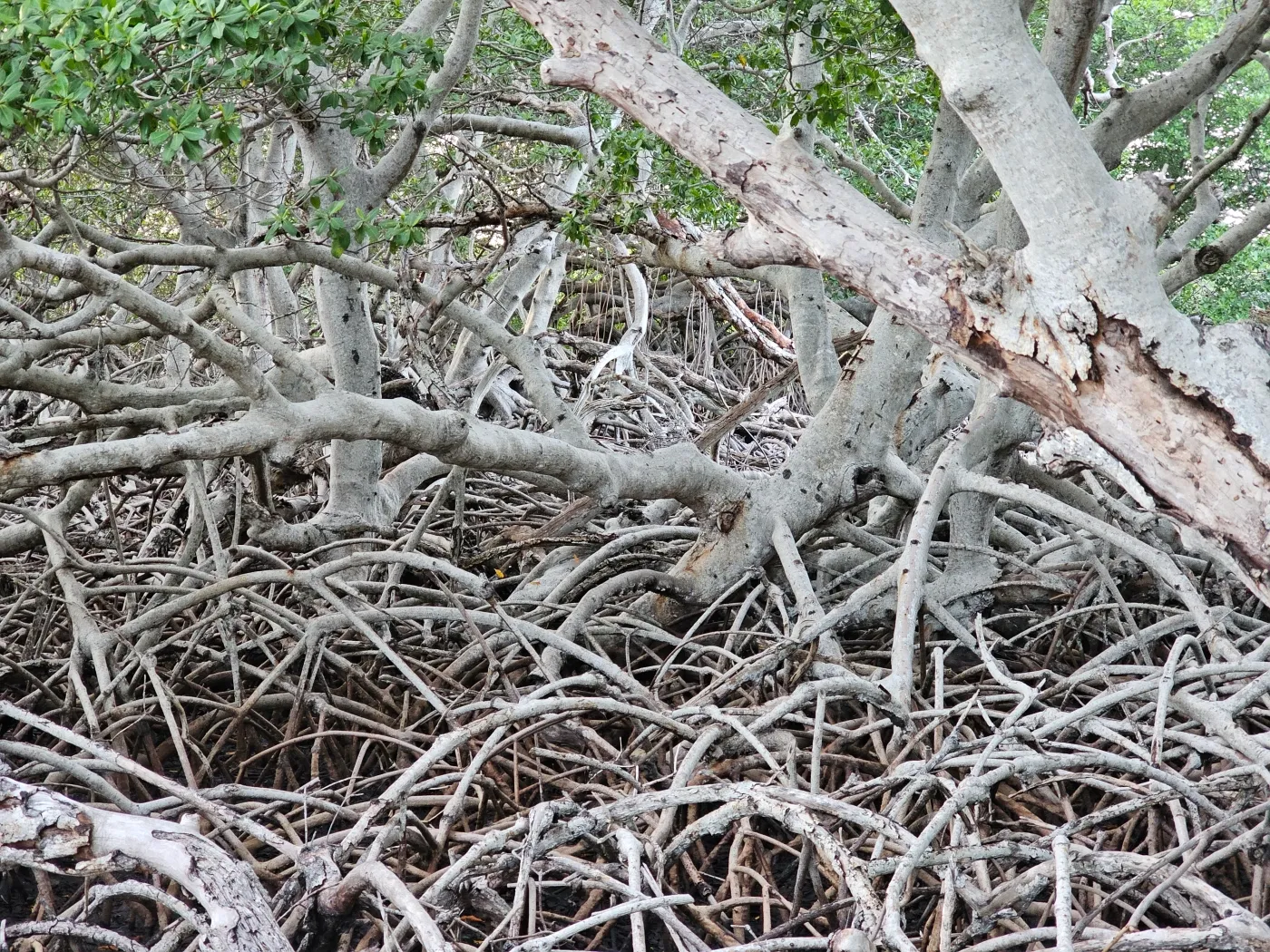
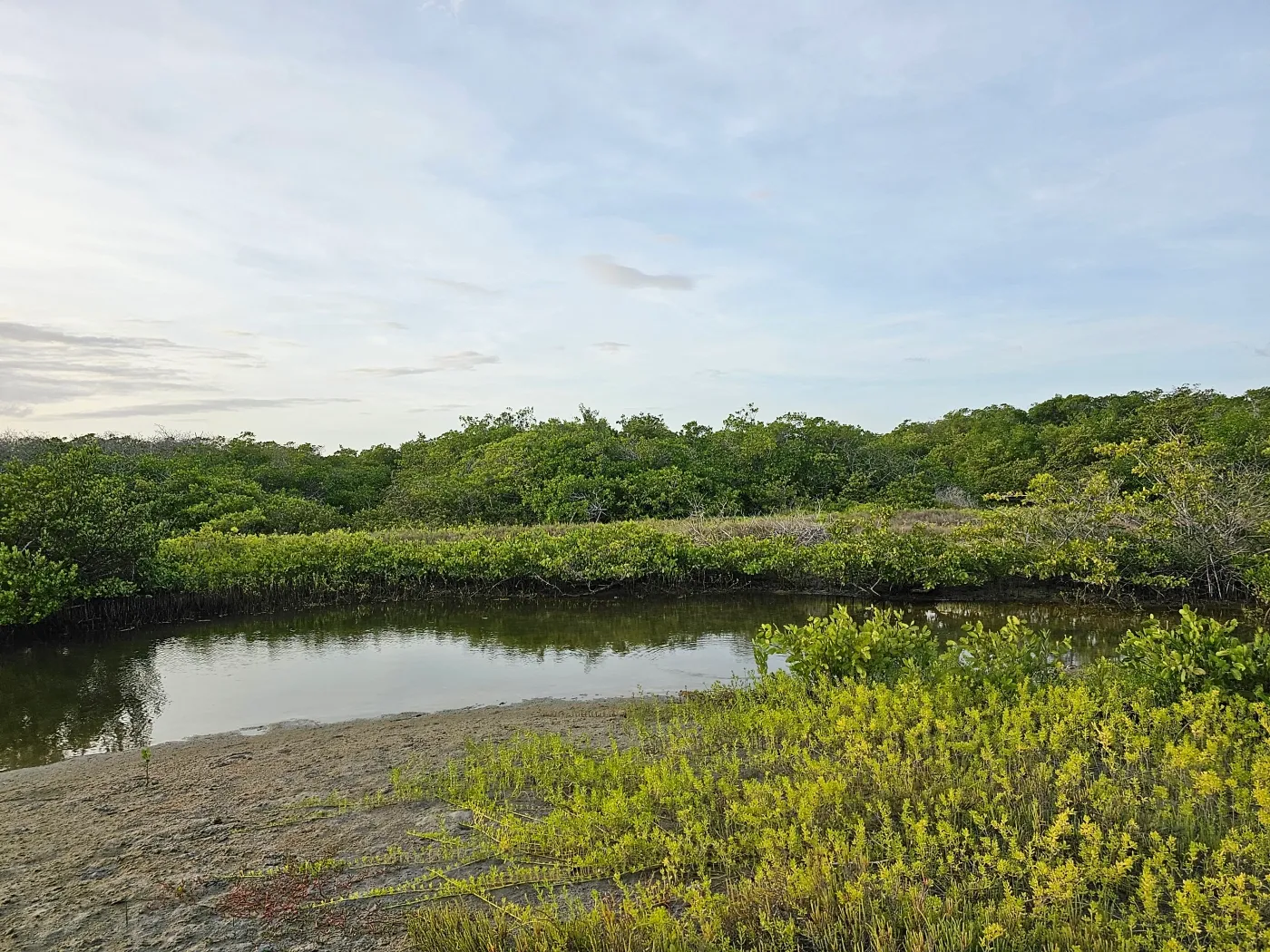
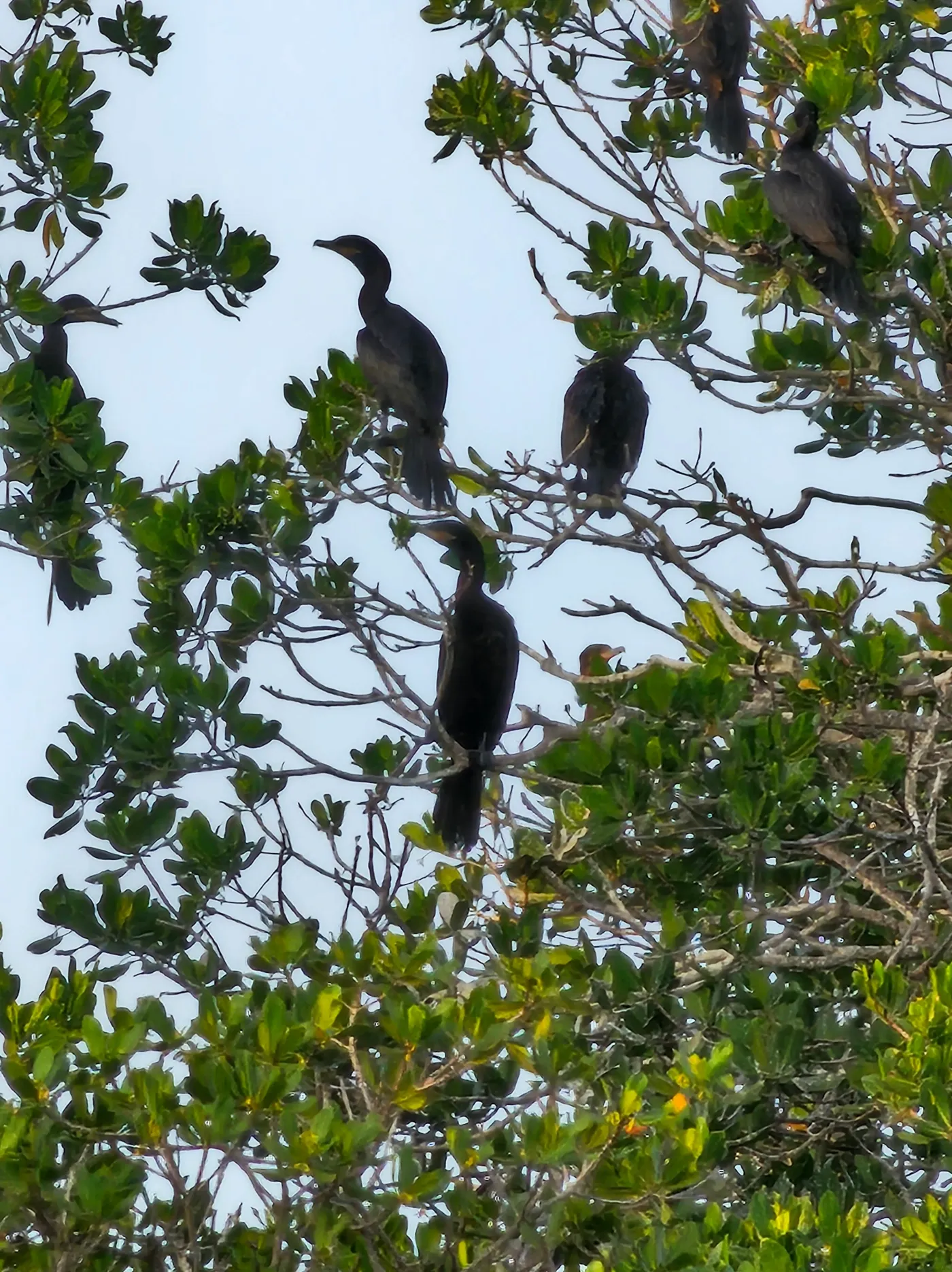
Playa Guacuco
A beach with crystal-clear water, less busy than El Yaque. The beach is windy, with gentle waves, and offers convenient amenities, including parking by the beach, a beach bar, and sunbeds with umbrellas.
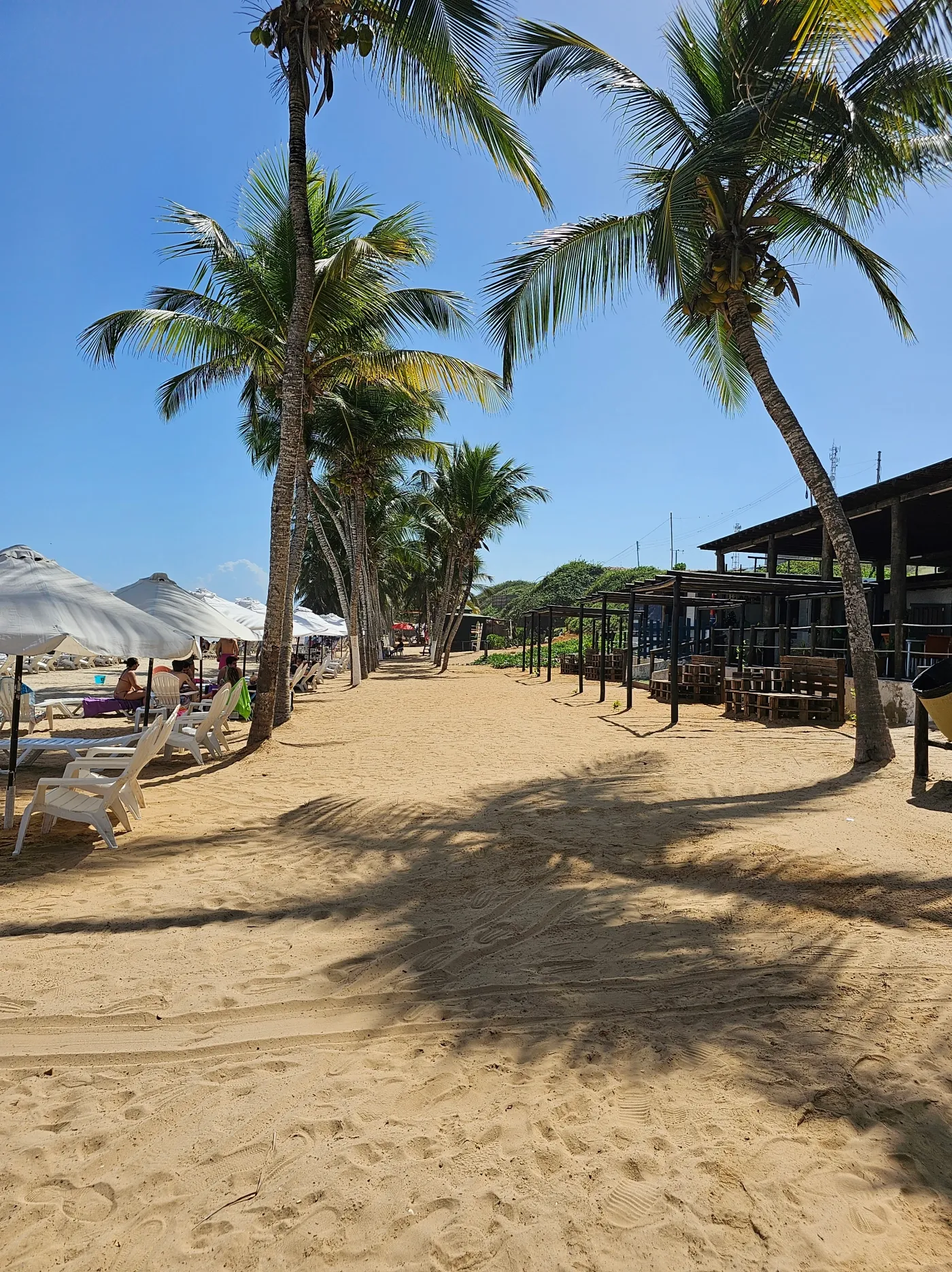
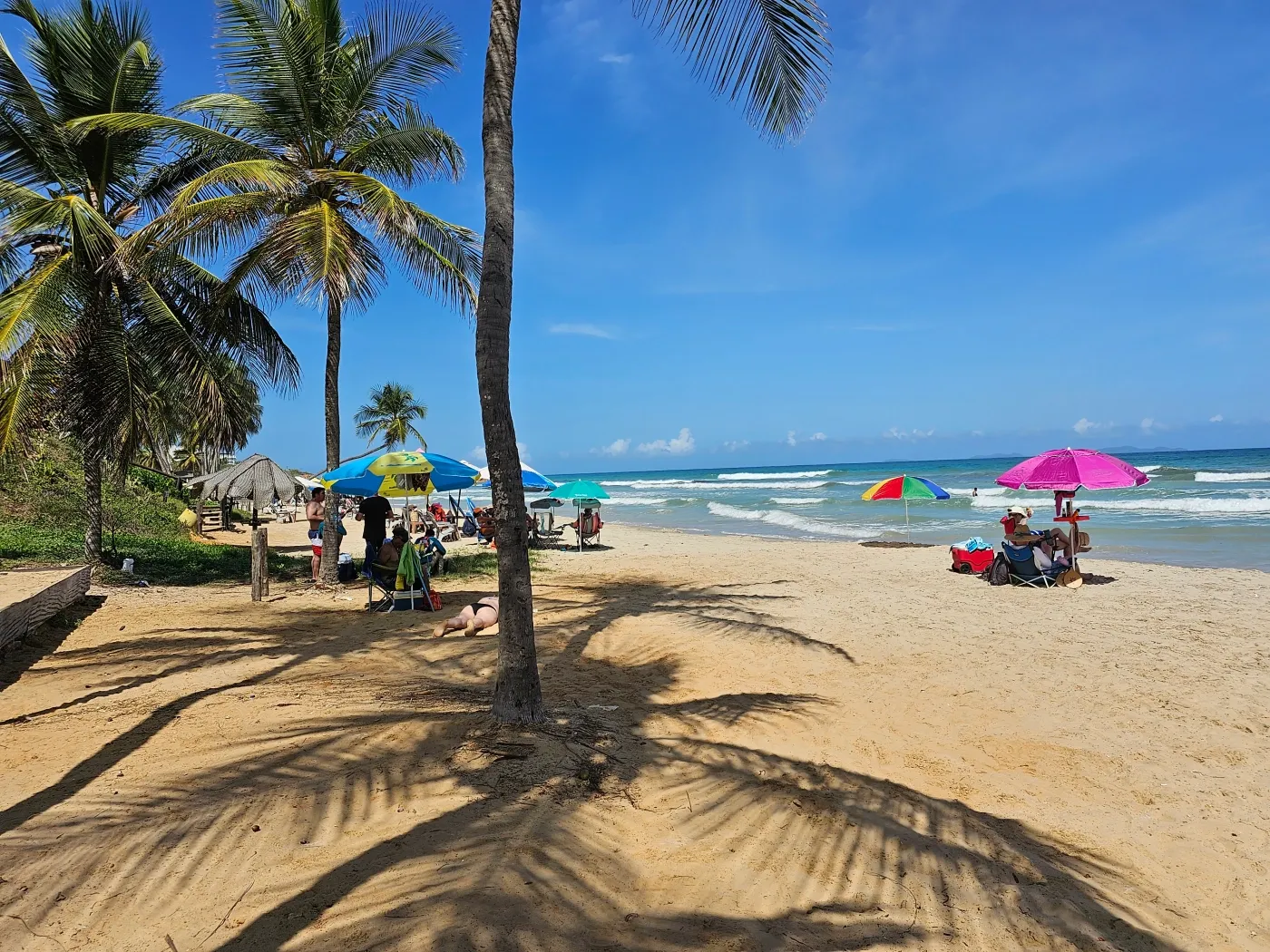
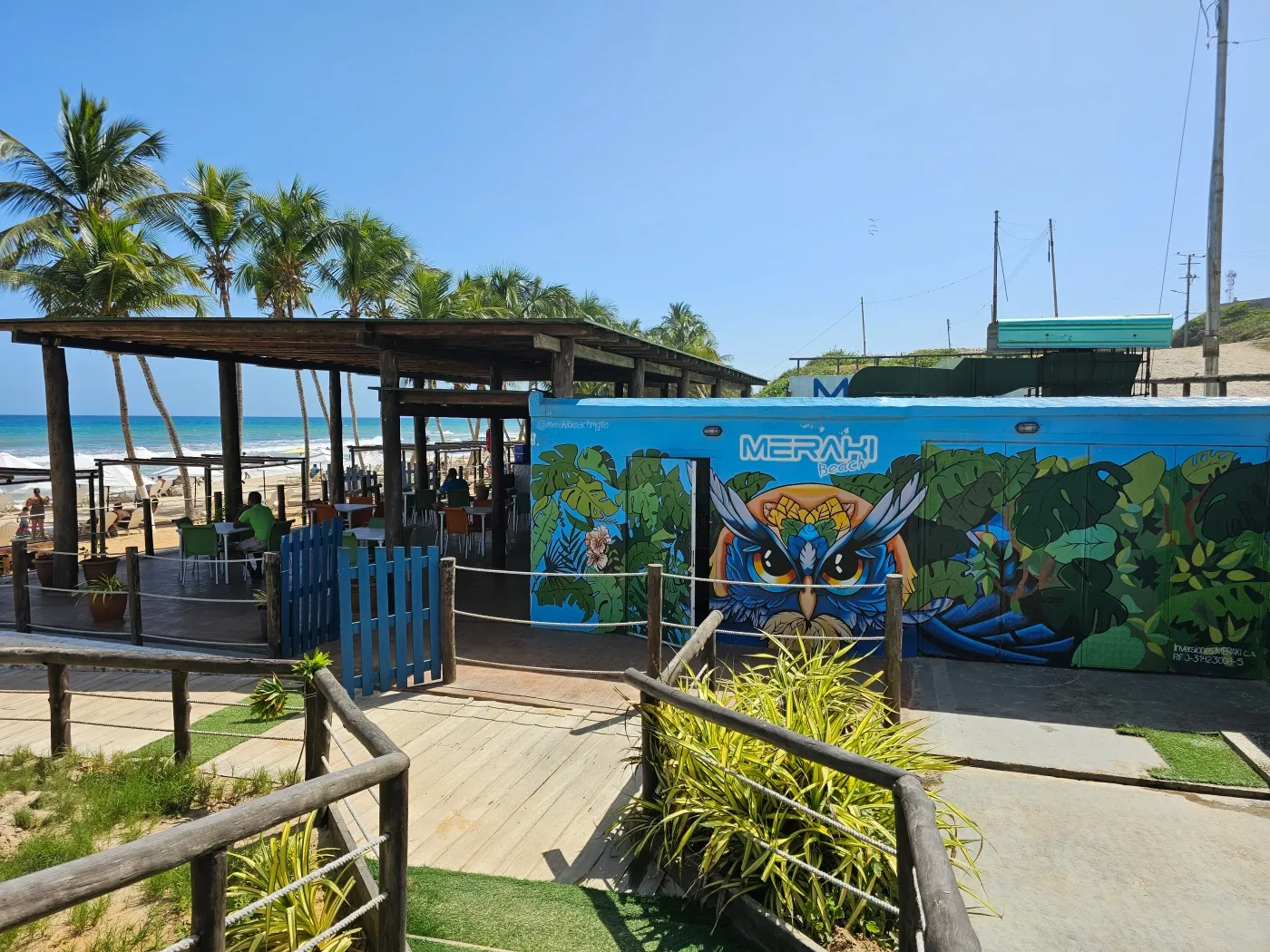
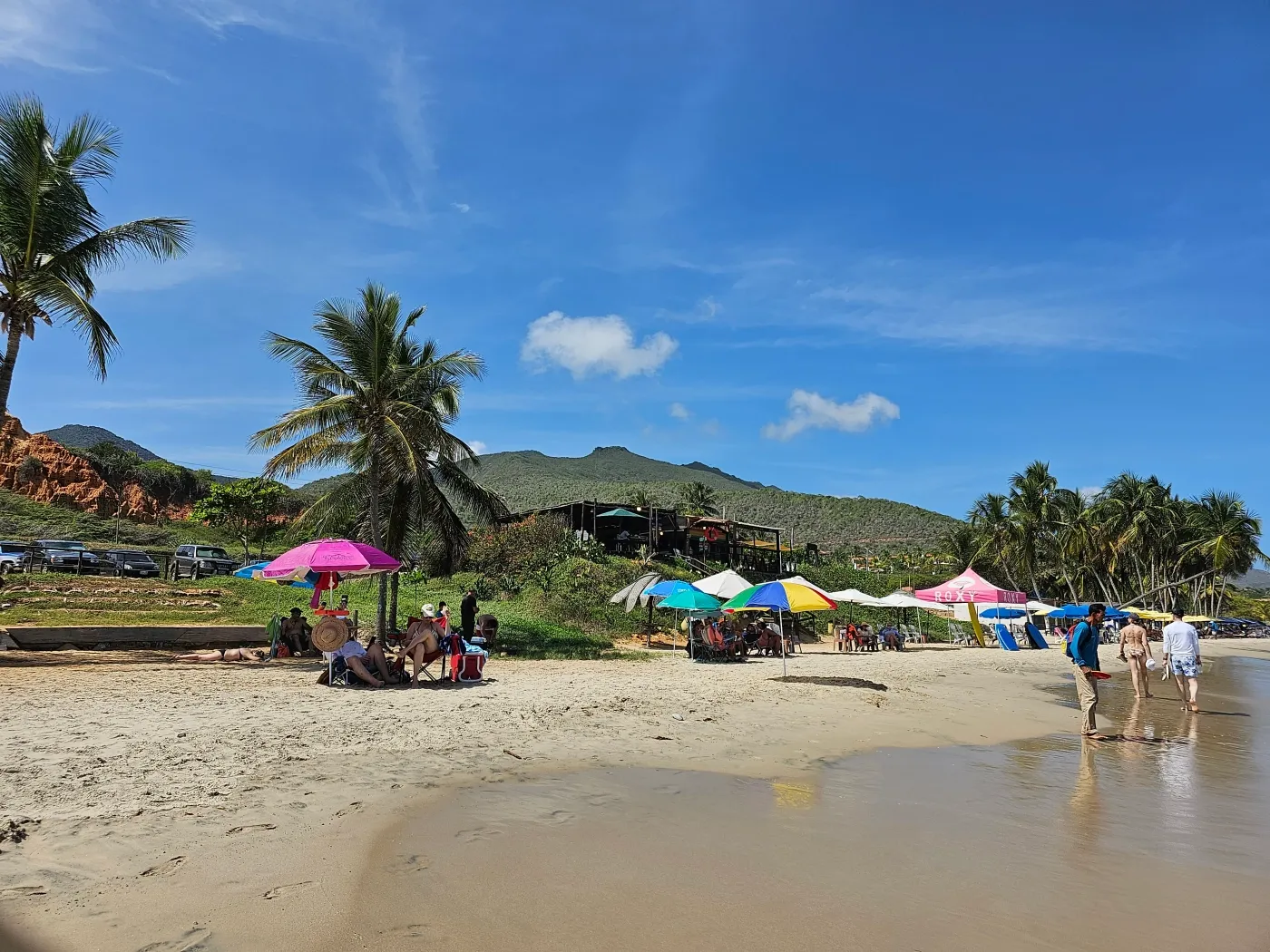
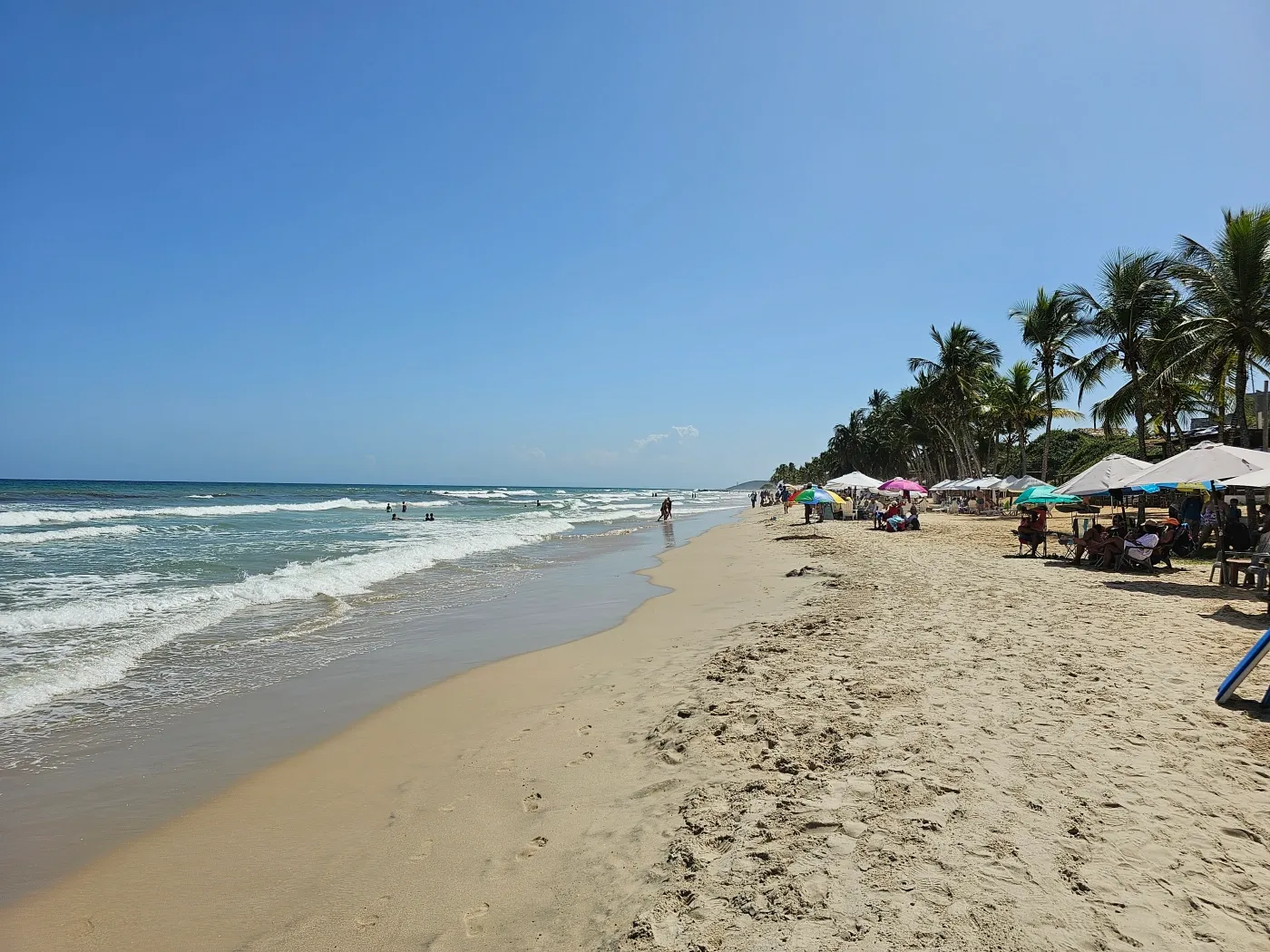
Playa Norte de El Tirano
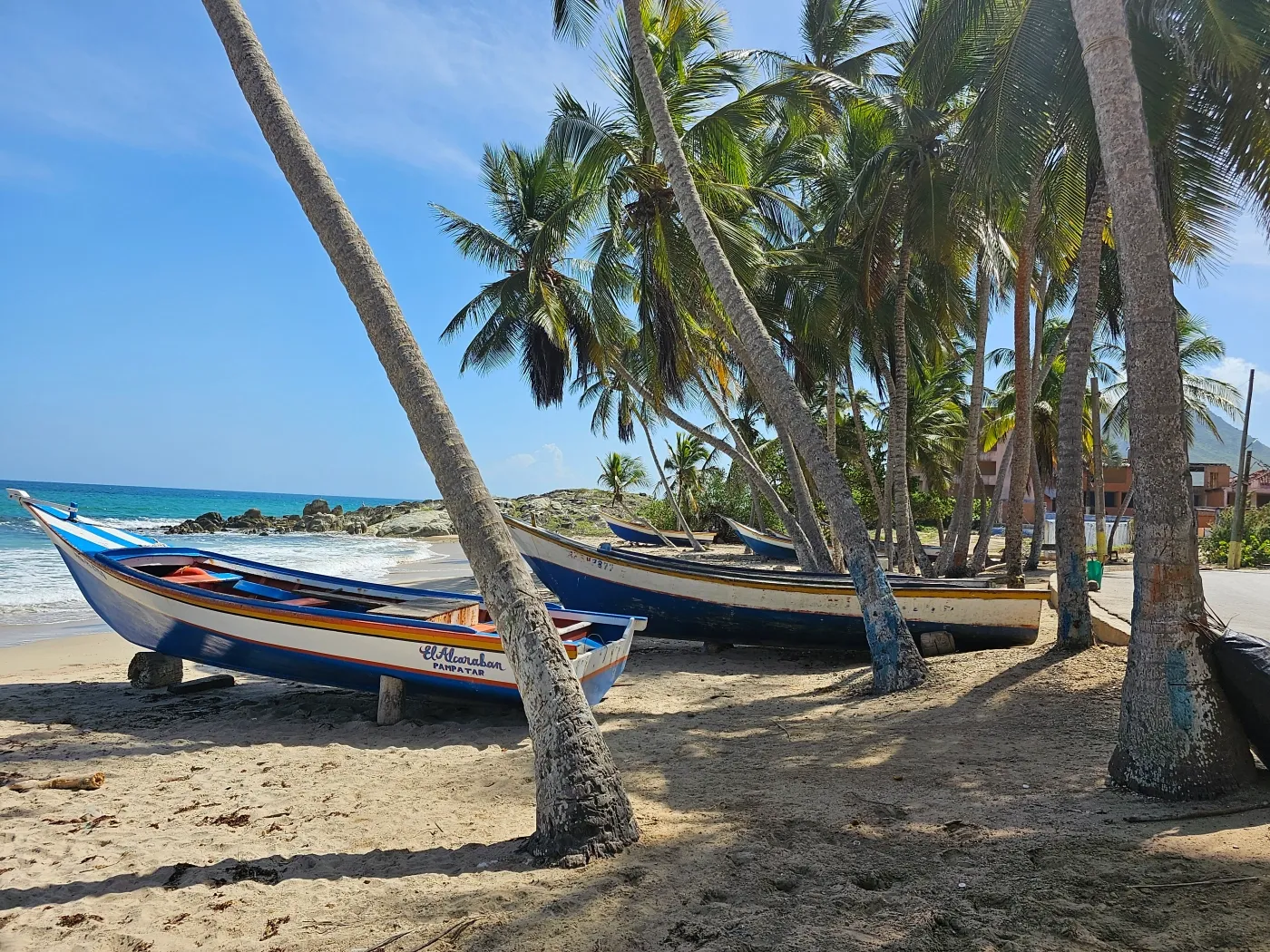
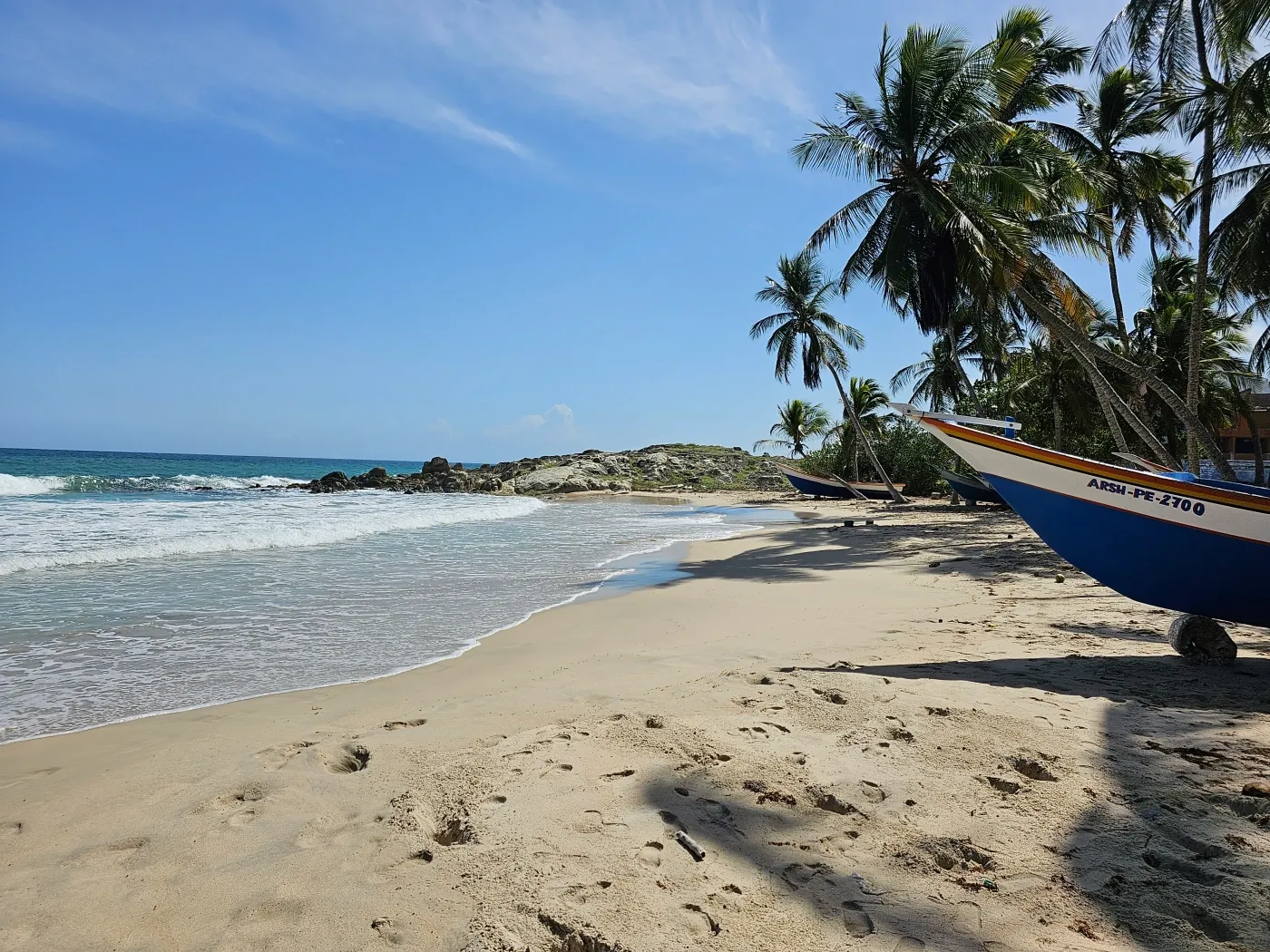
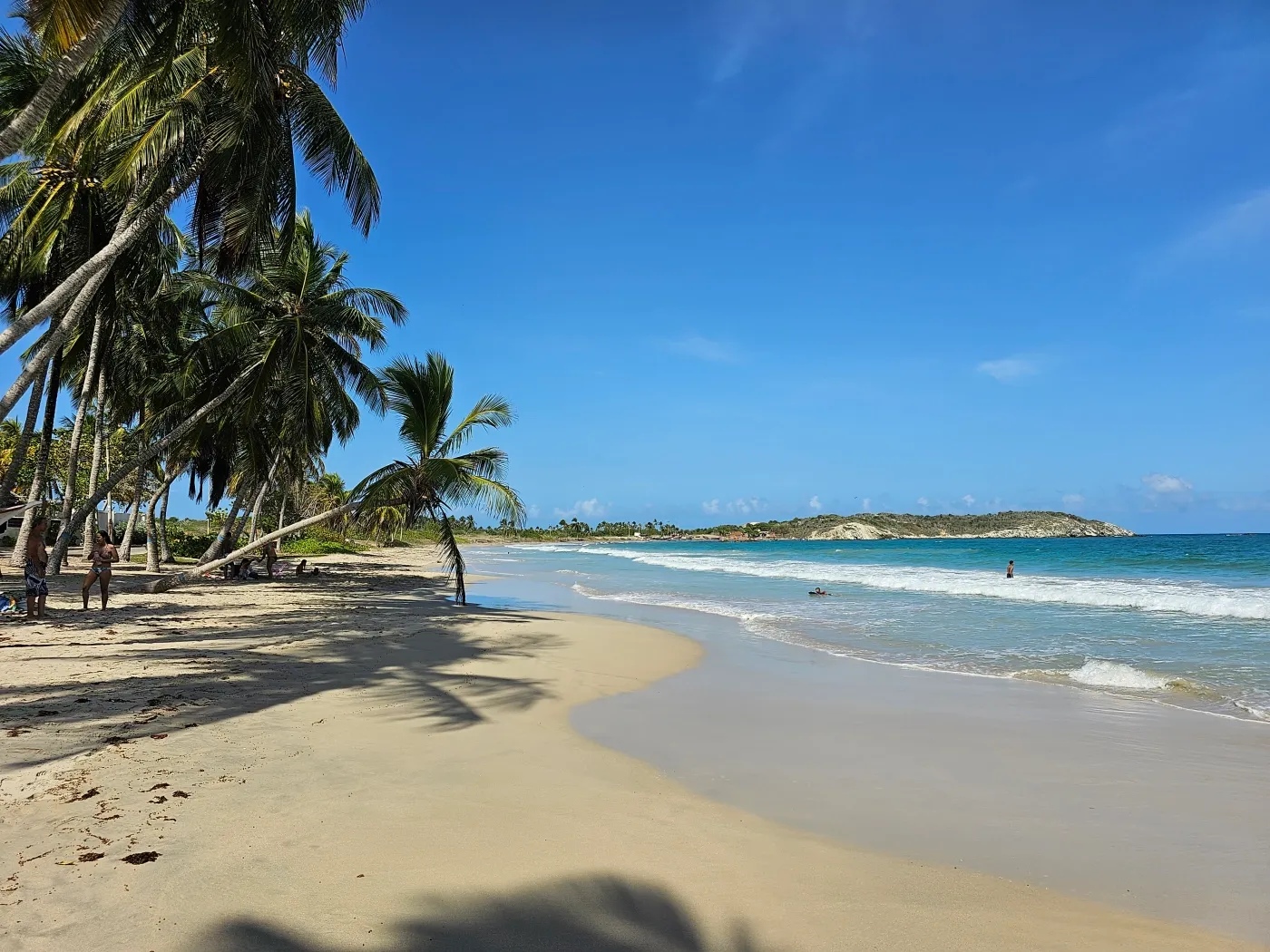
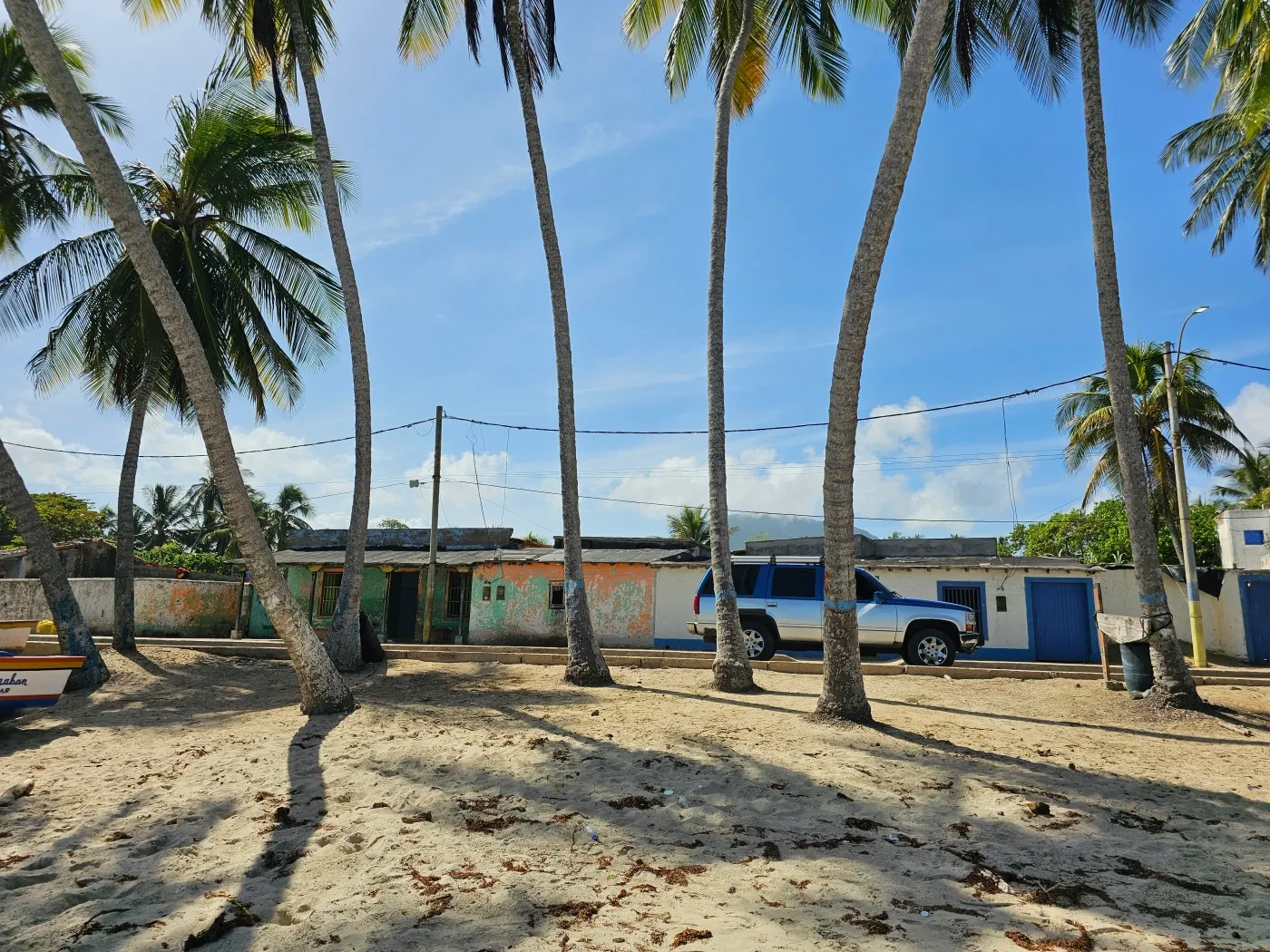
Playa Parguito
Very nice beach with beautiful surroundings, nice sand and crystal-clear water. There is a car parking, plenty of shaded spots beneath the trees, sunbeds with umbrellas, bars. The waves make it a popular destination for surfers. From the beach, you can enjoy a stunning view of Cerro Guayamuri, a flat-topped hill that adds to the charm of the landscape.
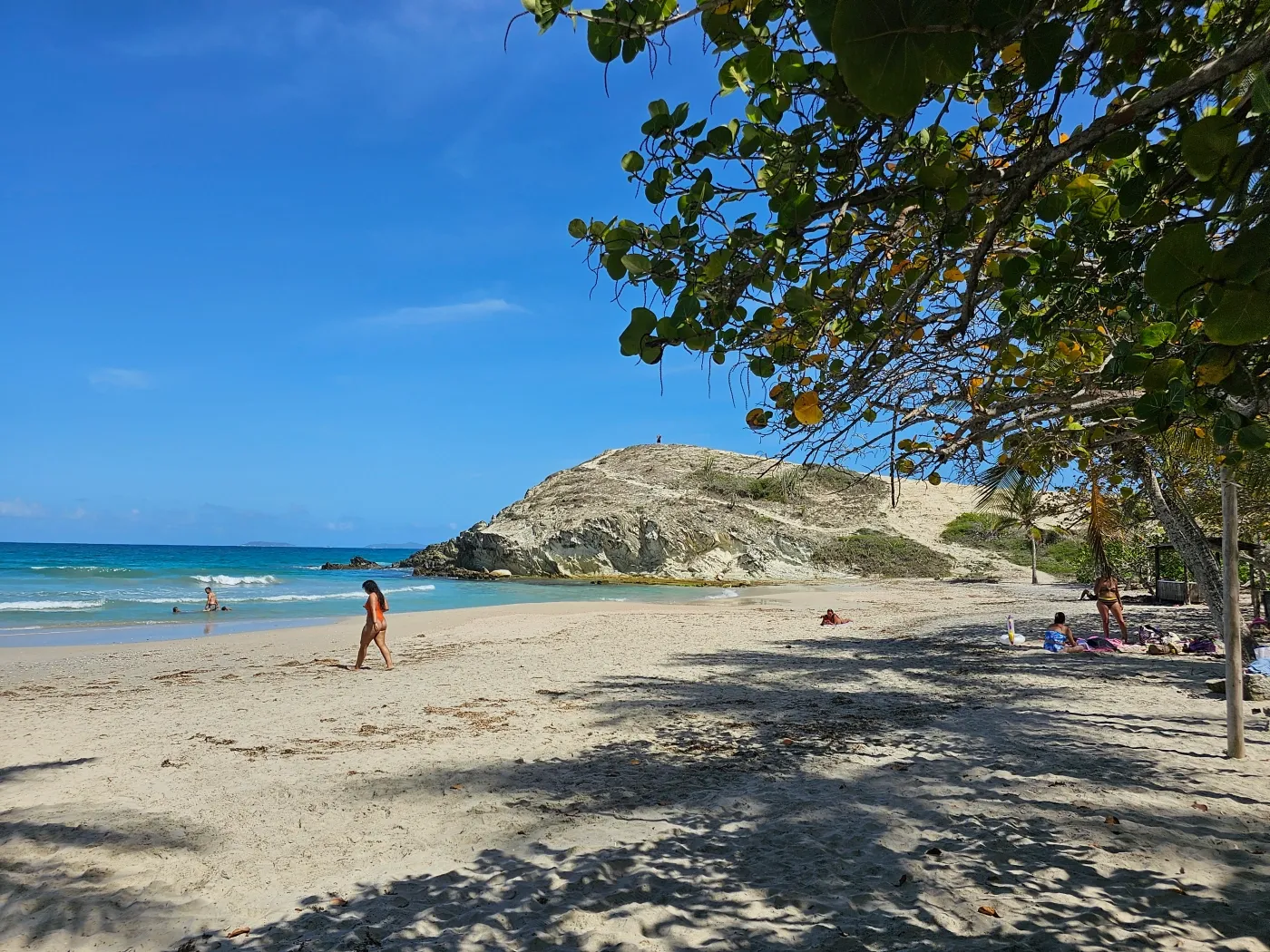
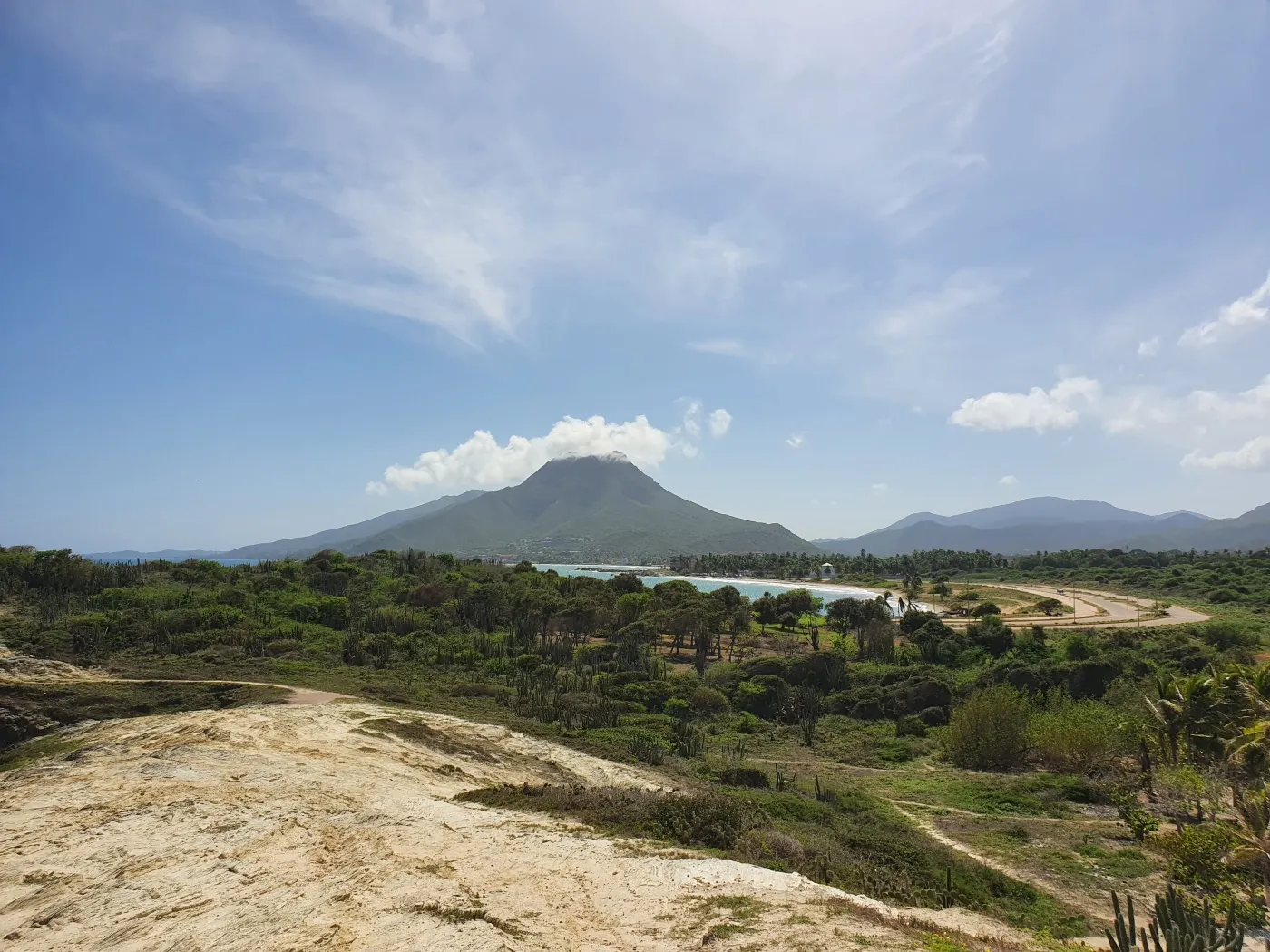
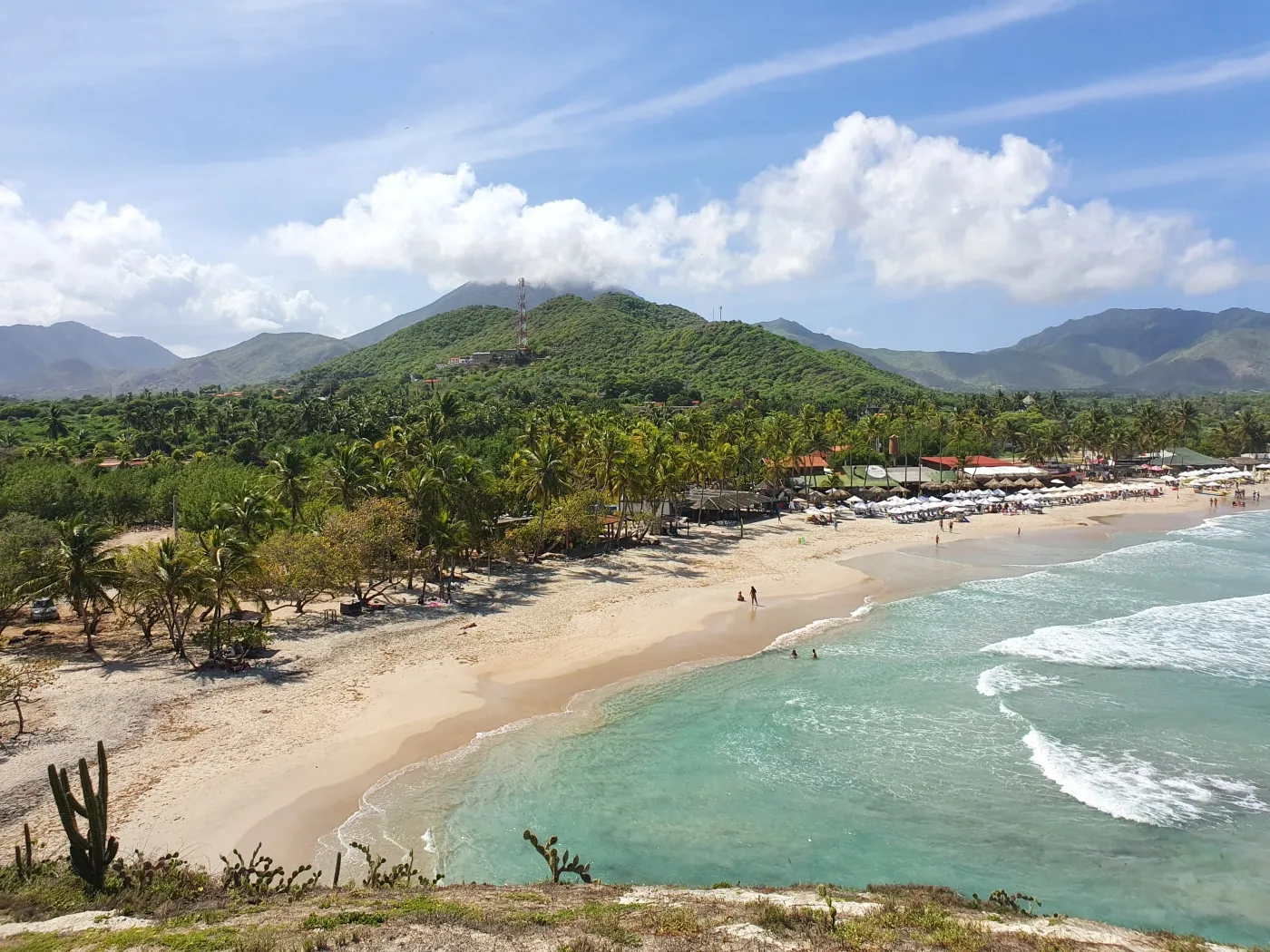
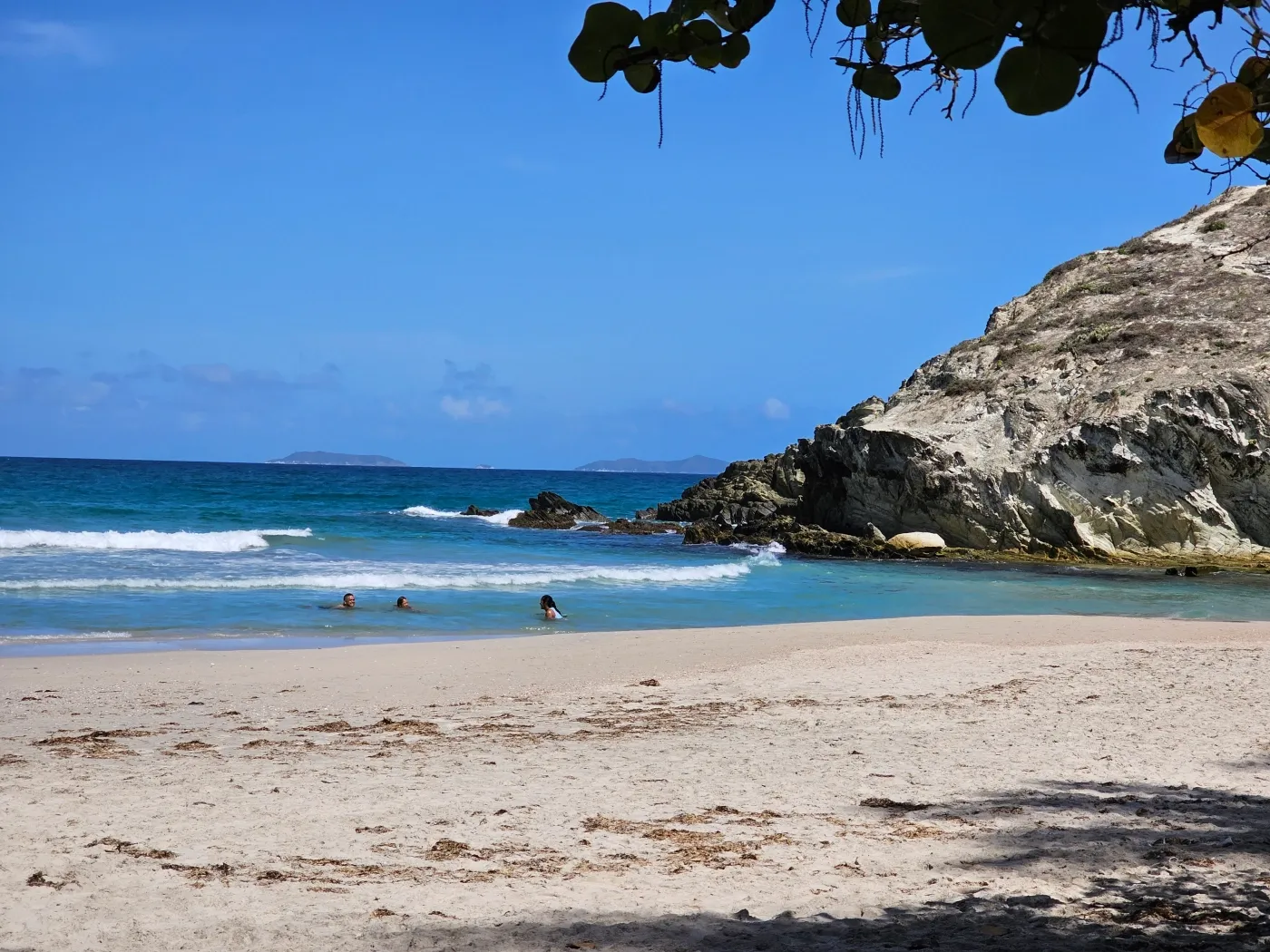
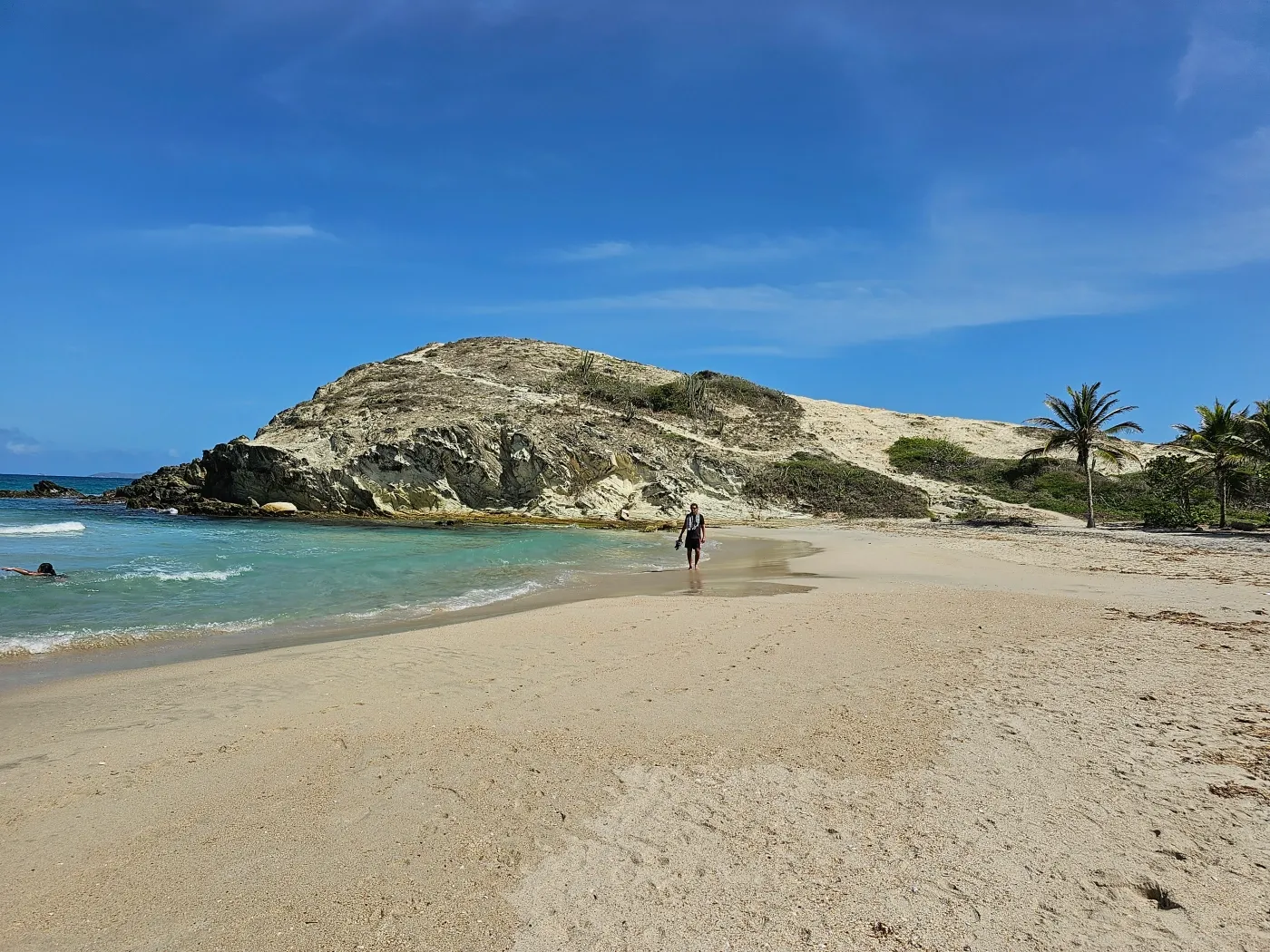
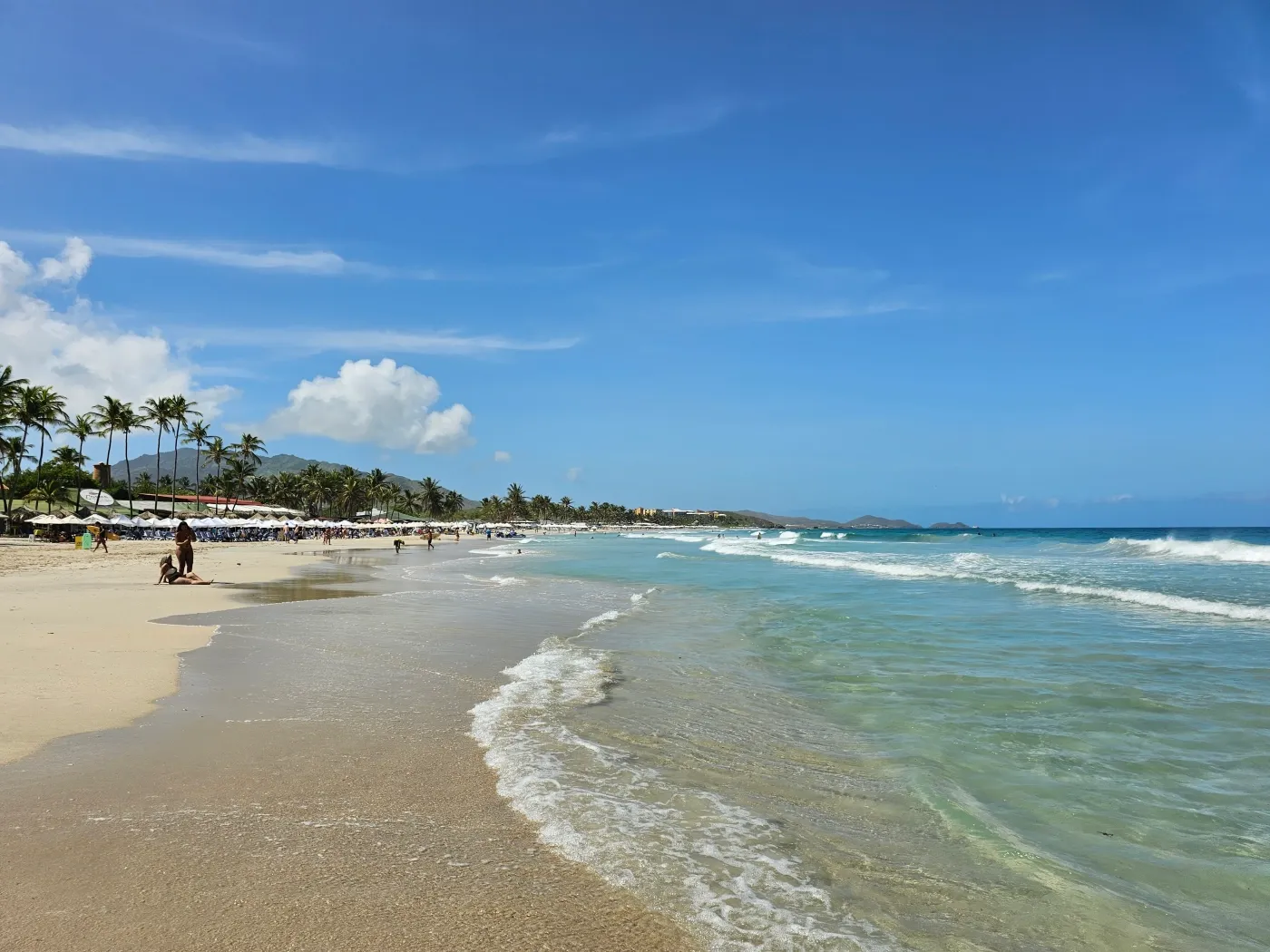

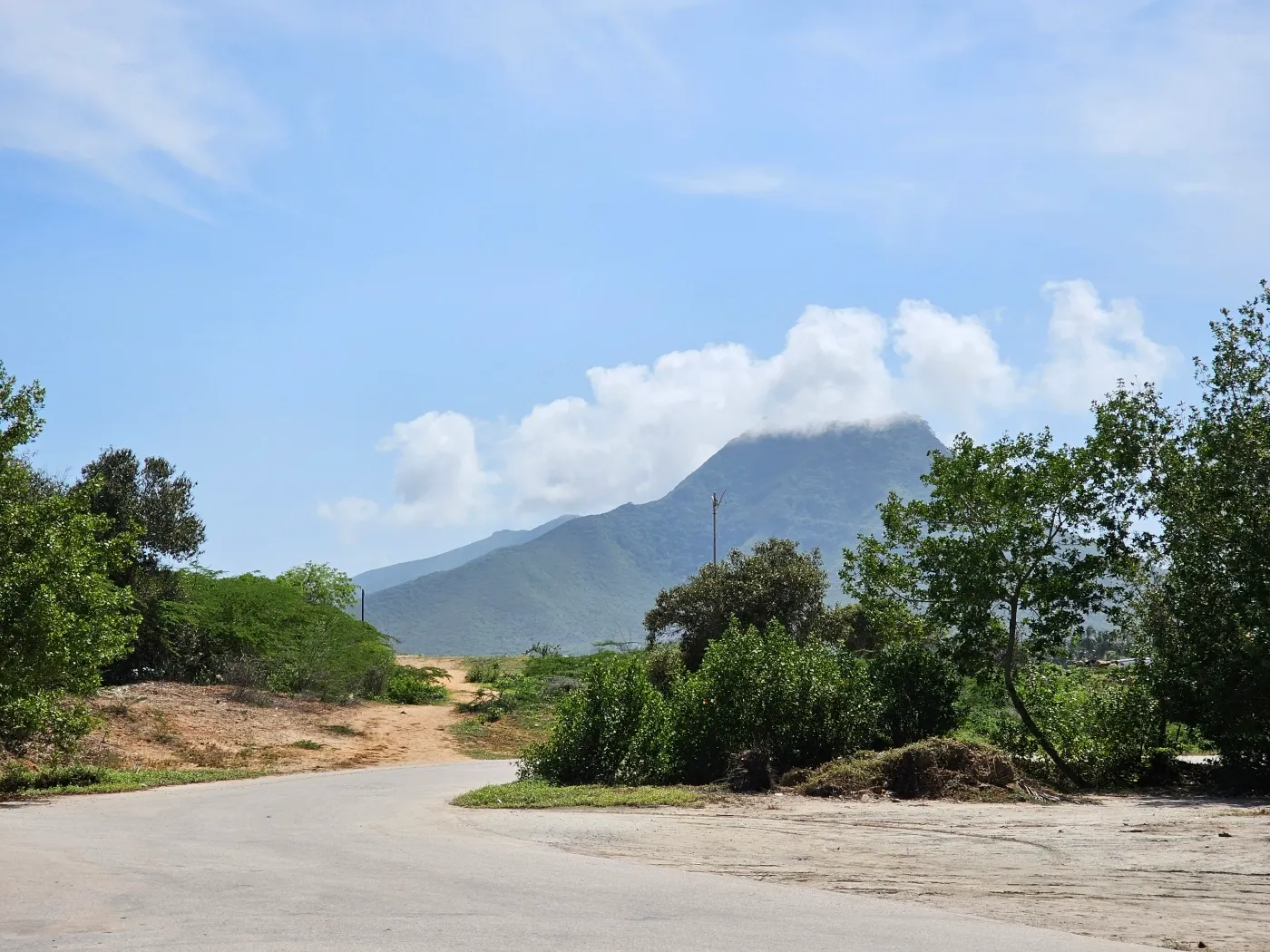
El Agua Beach
El Agua Beach was once the most popular tourist destination on the island, but this is no longer the case. The beach itself is picturesque and looks stunning in photos, it’s a great place for walking – the beach is 2.5 miles long ! Unfortunately, the area has suffered from neglect, with a deteriorated road and abandoned buildings lining the beach. The once-famous boulevard no longer exists. However, a small section of the beach still offers sunbeds and is frequented by tourists staying at the few remaining operational hotels.

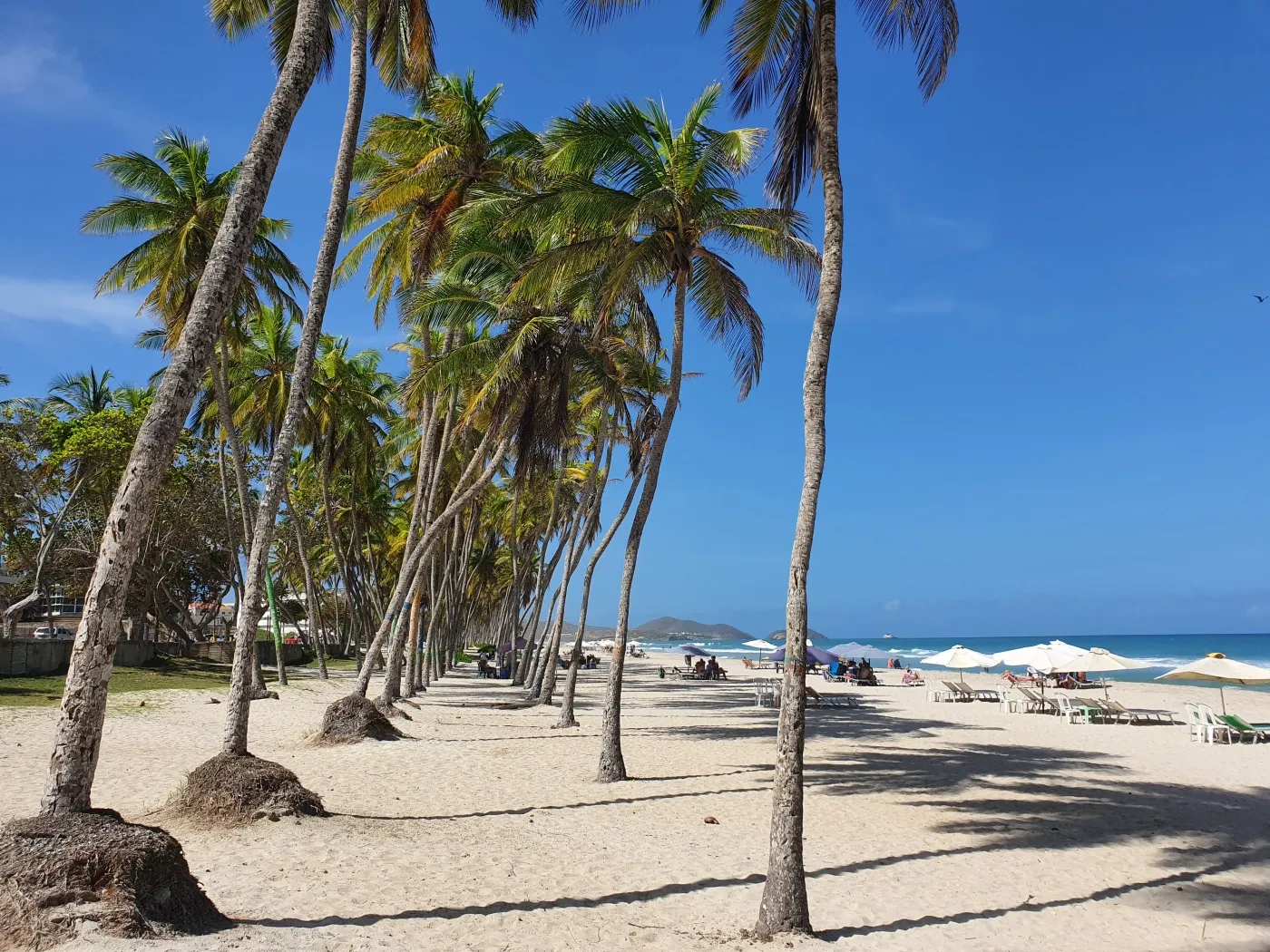
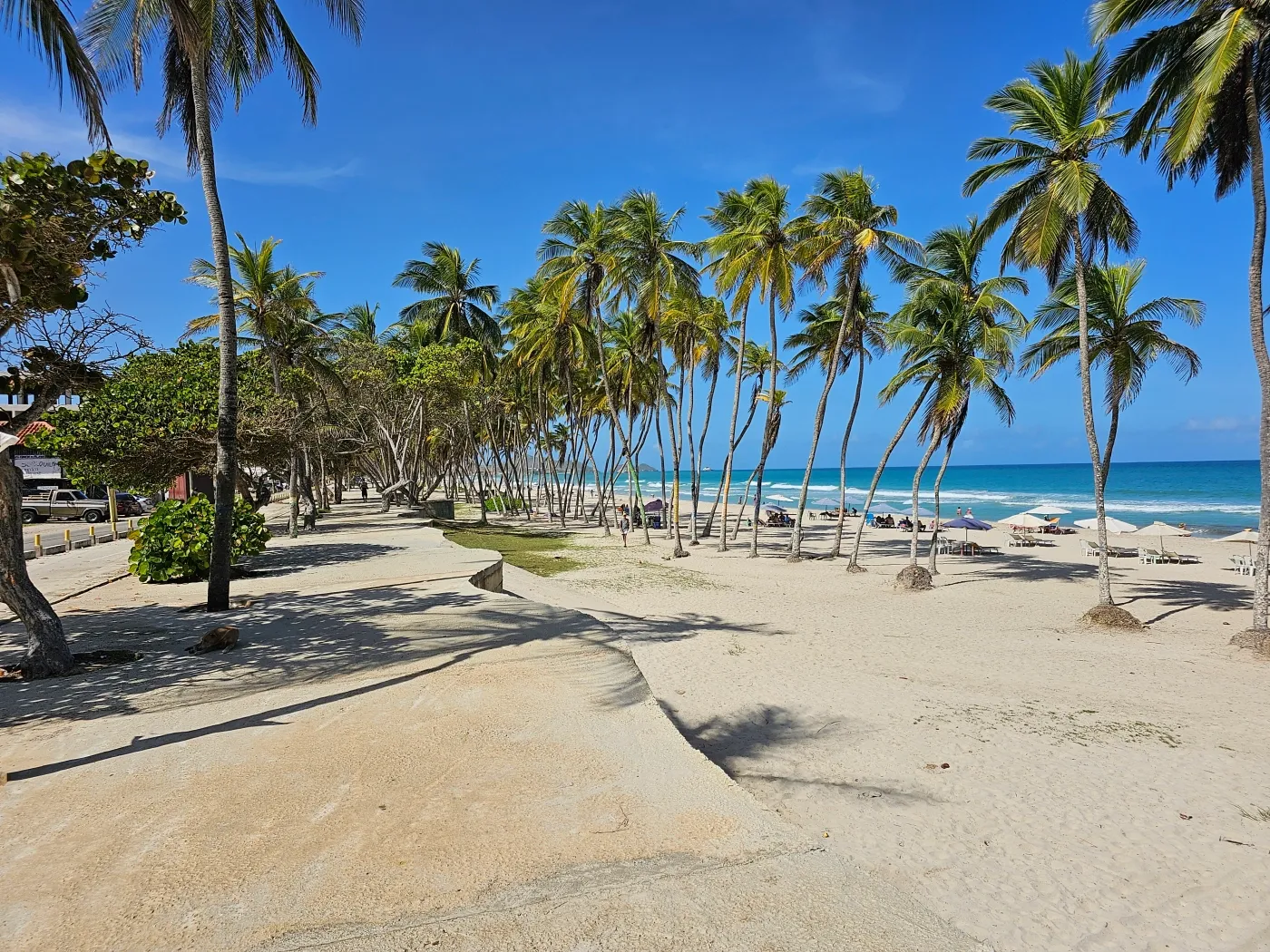
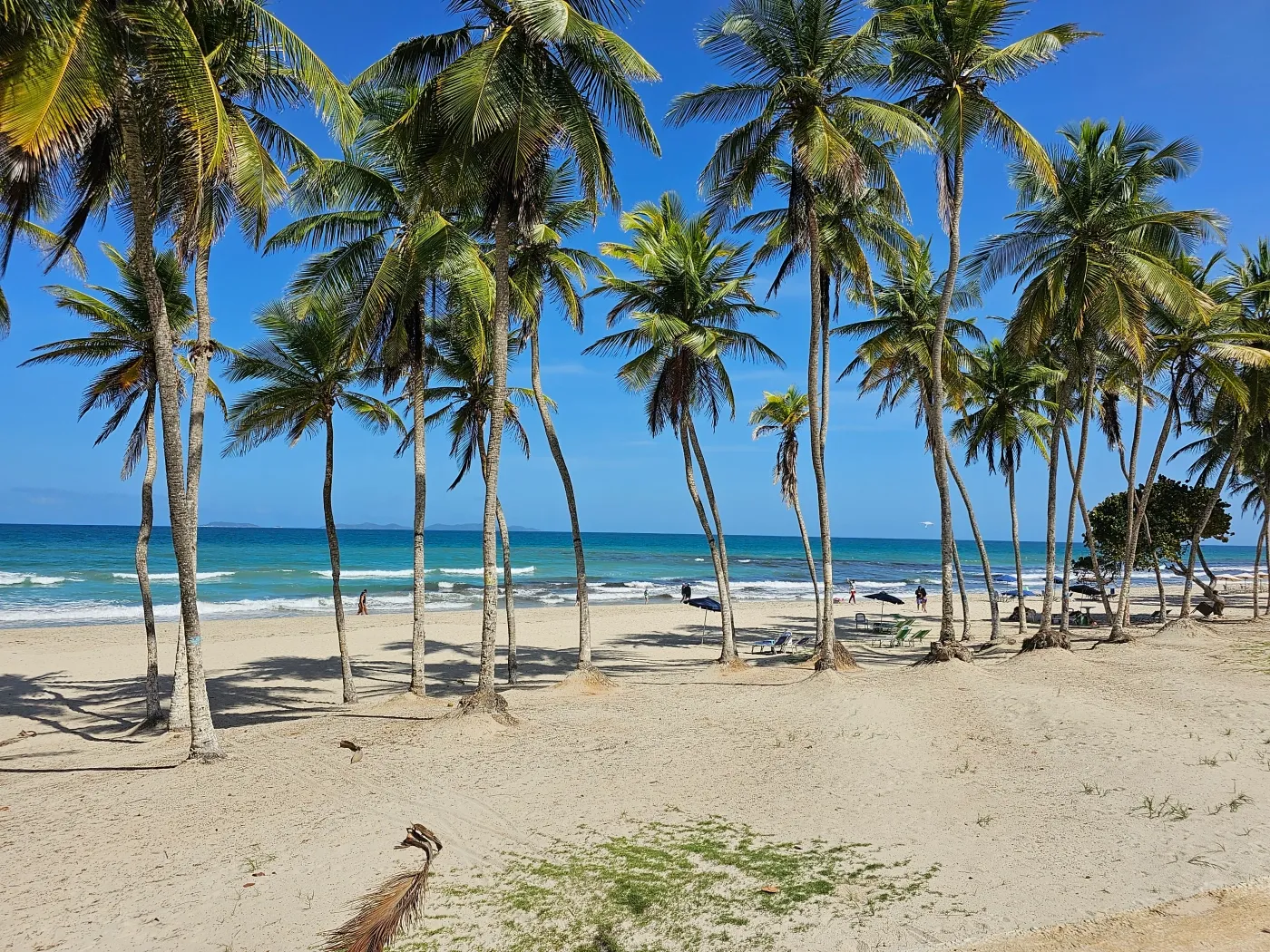
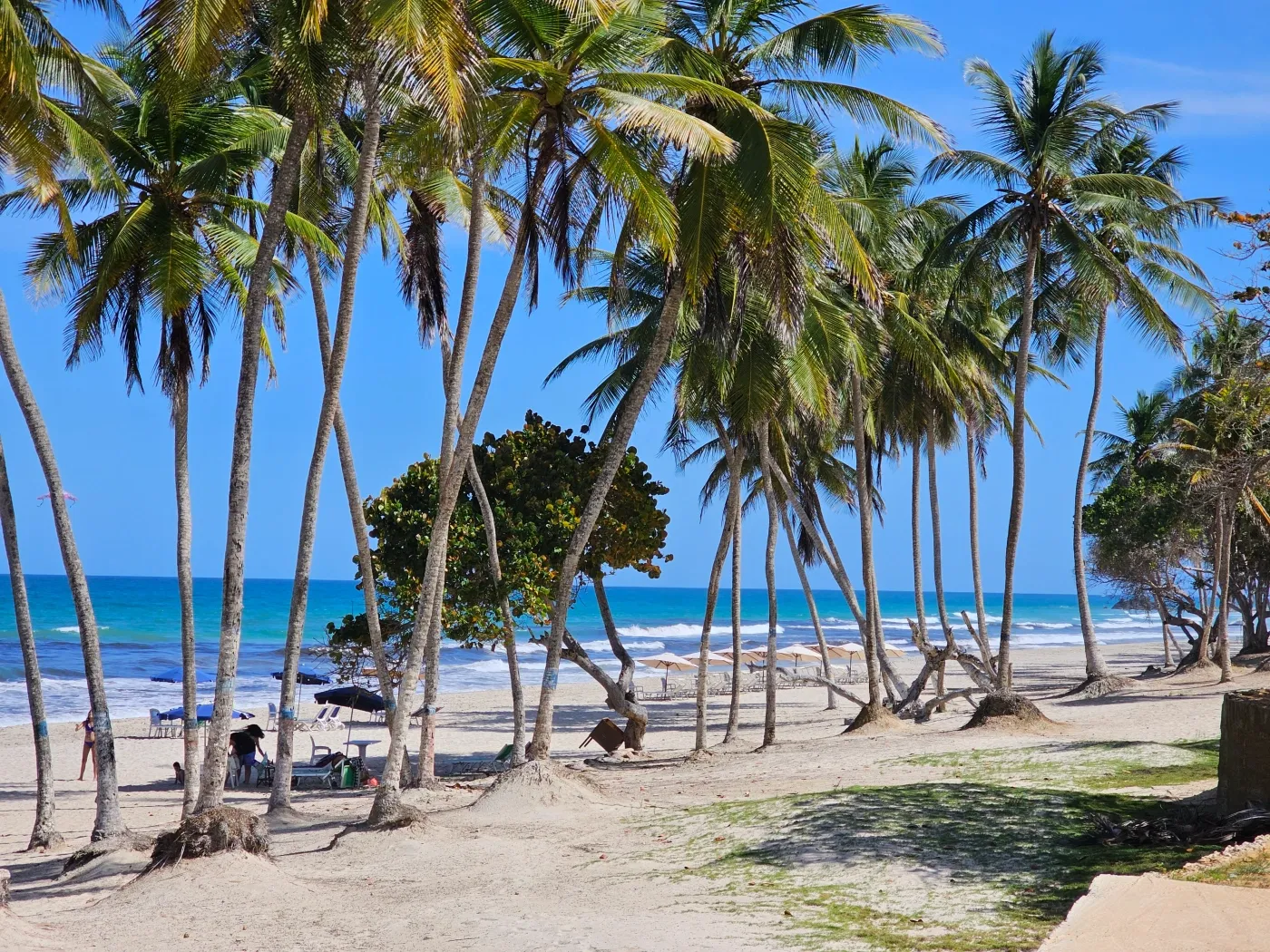
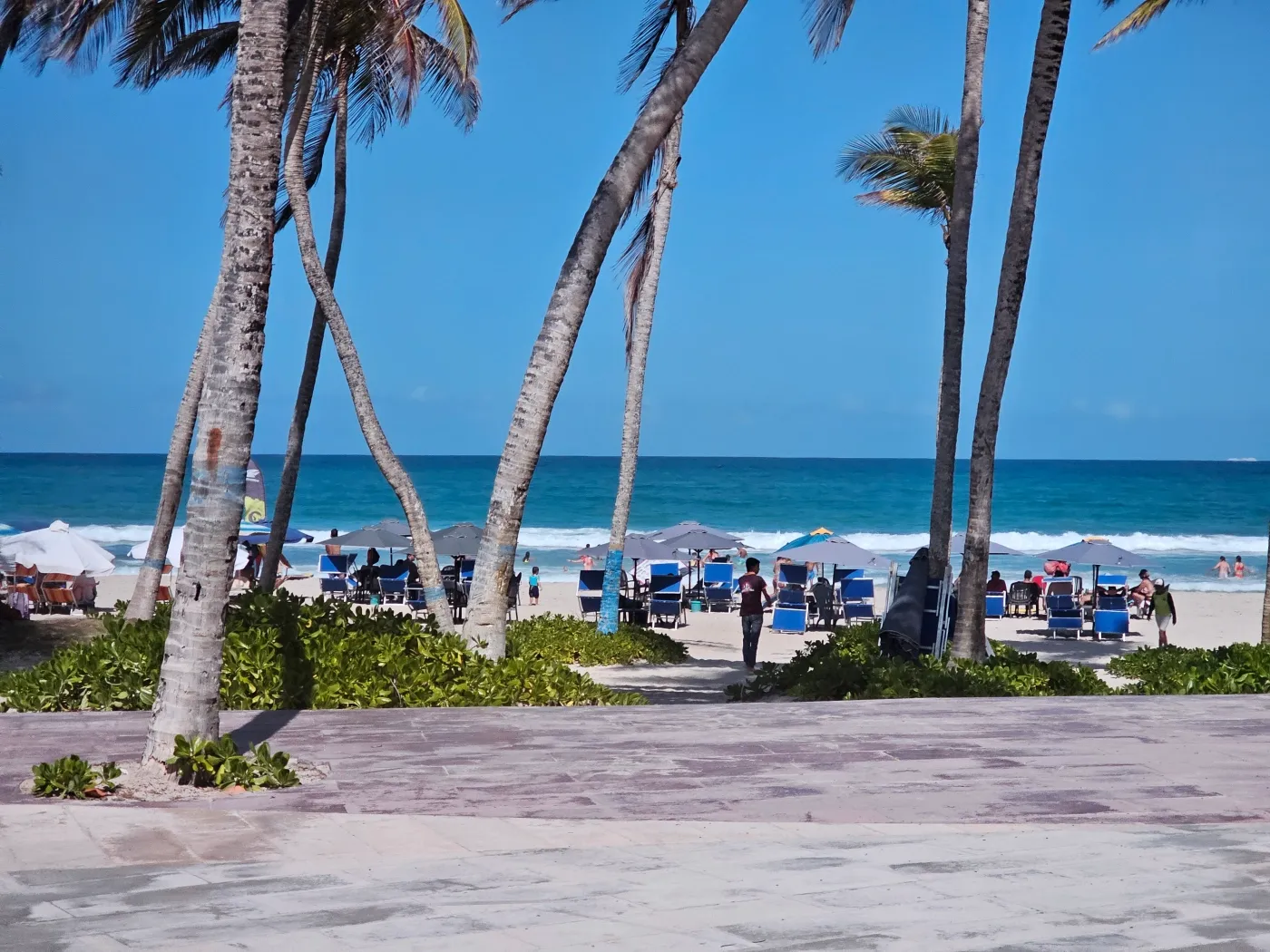
Viewpoint Mirador Playa Guayacan
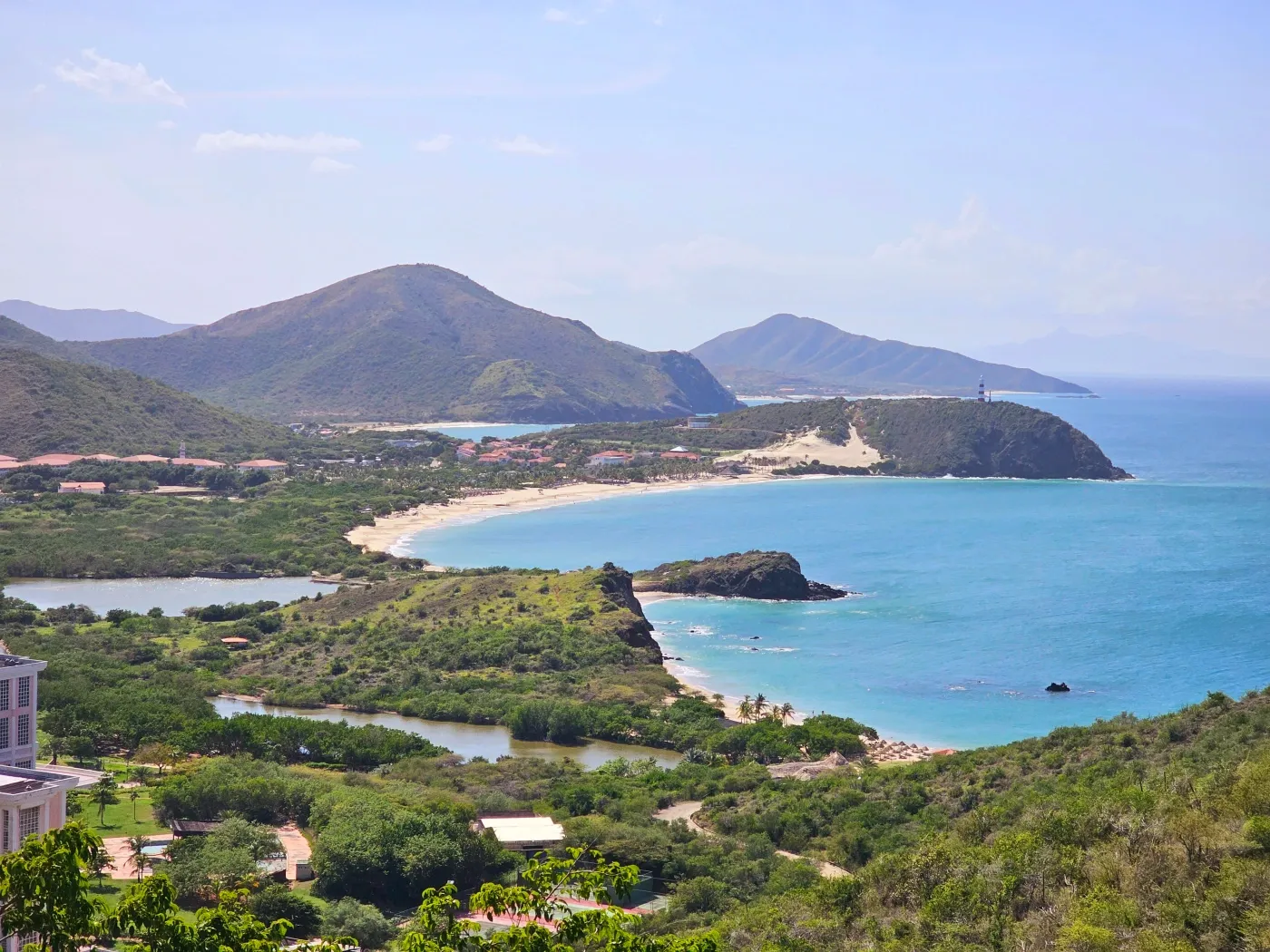
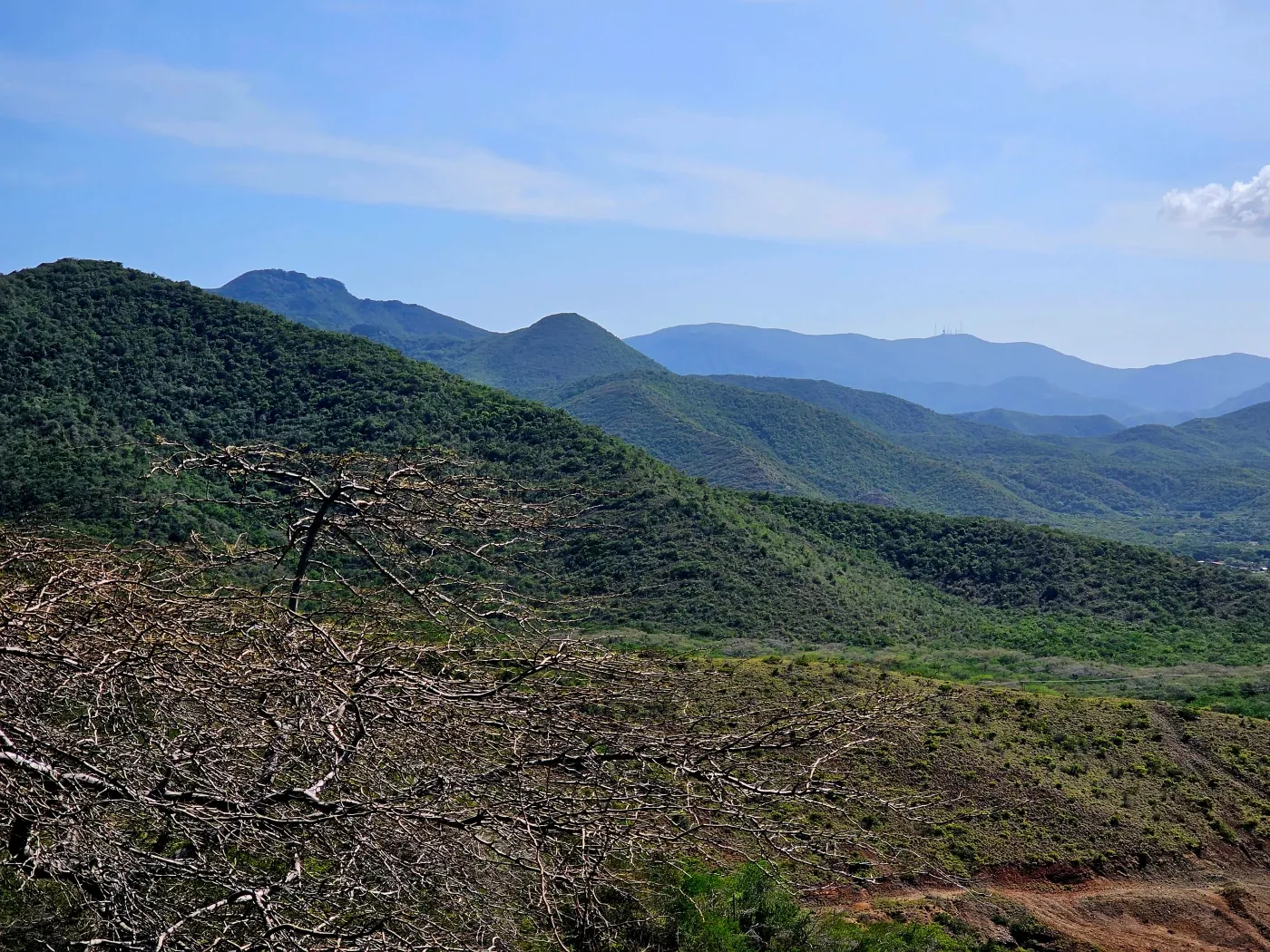
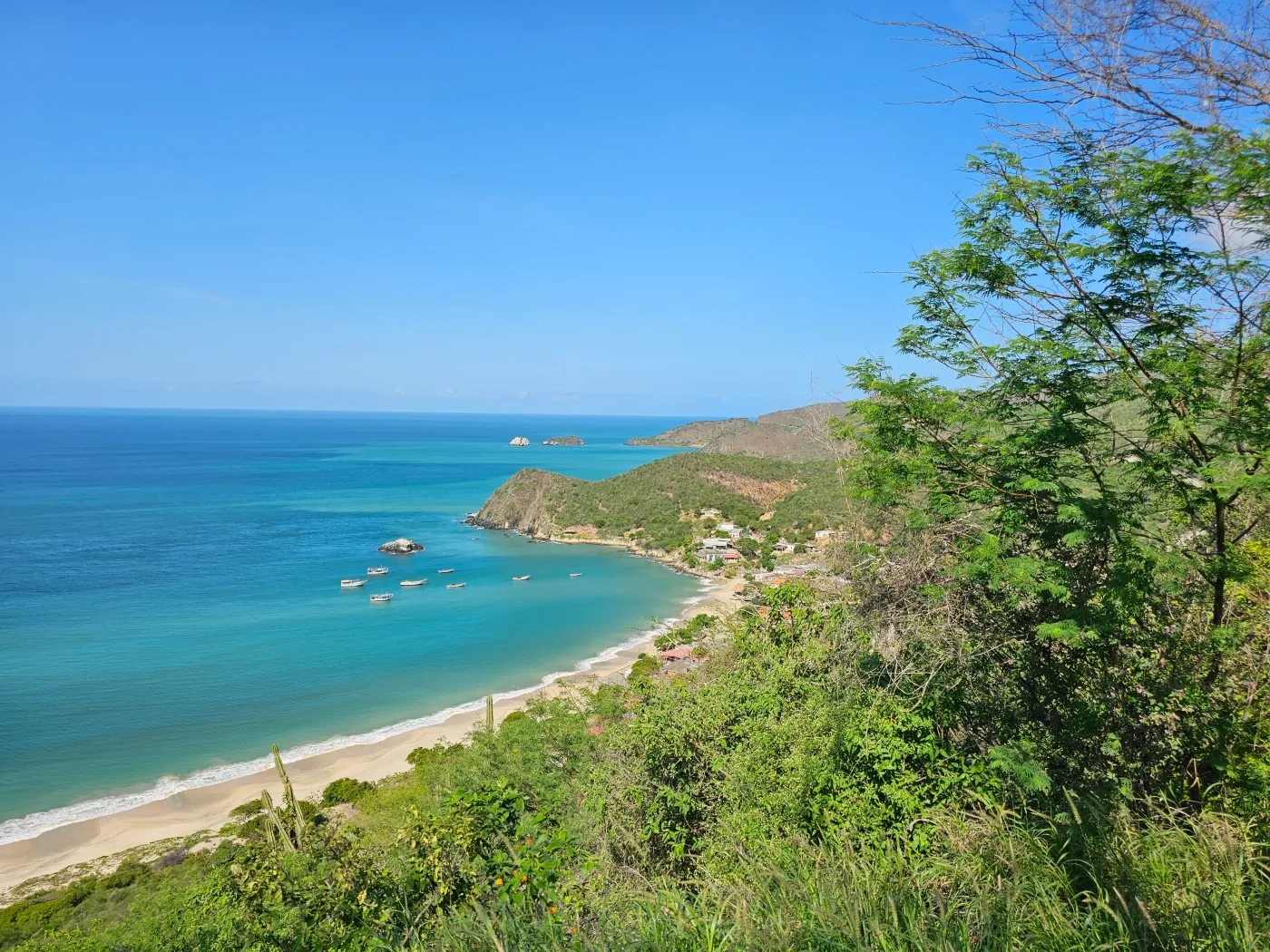
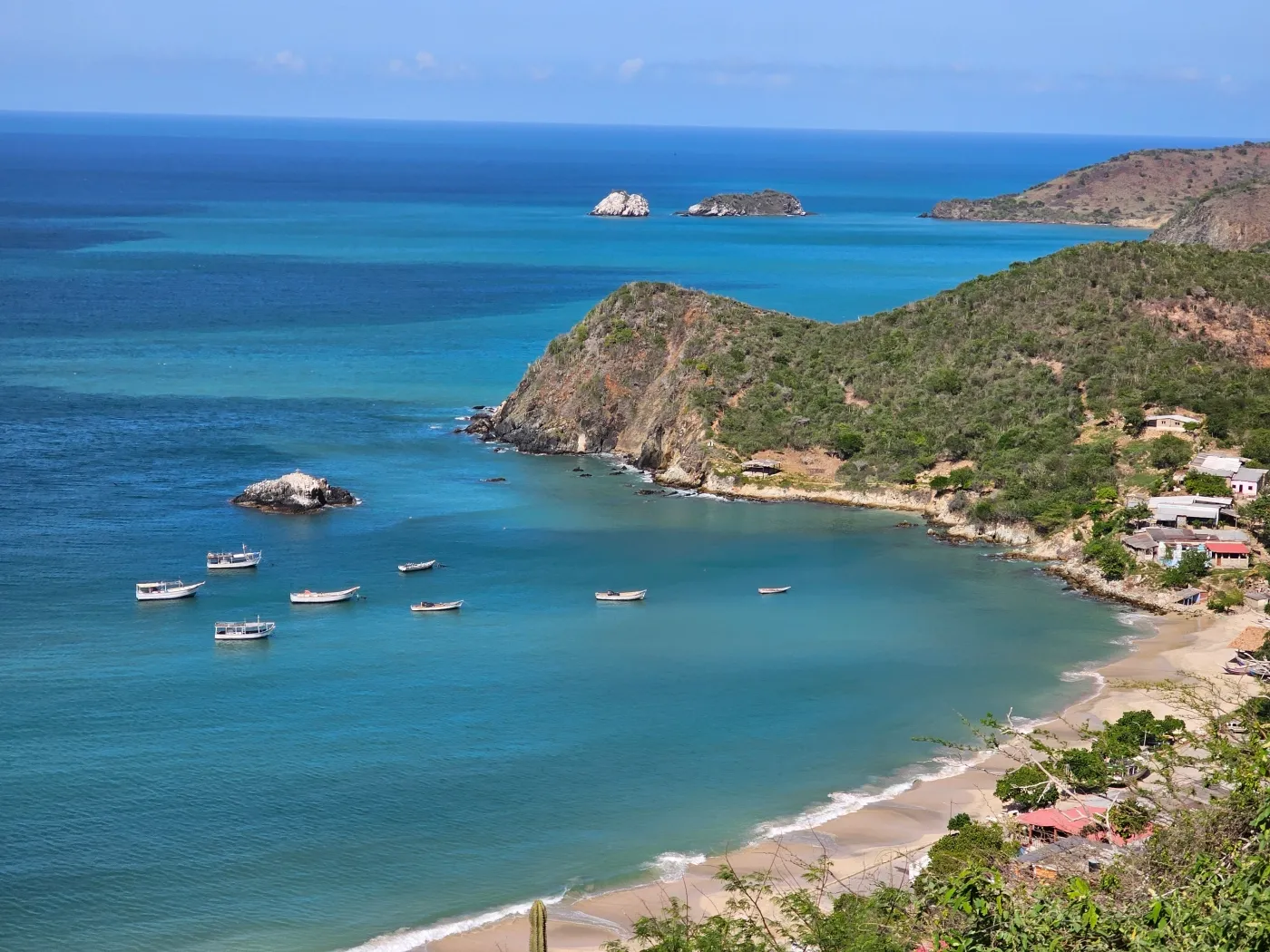
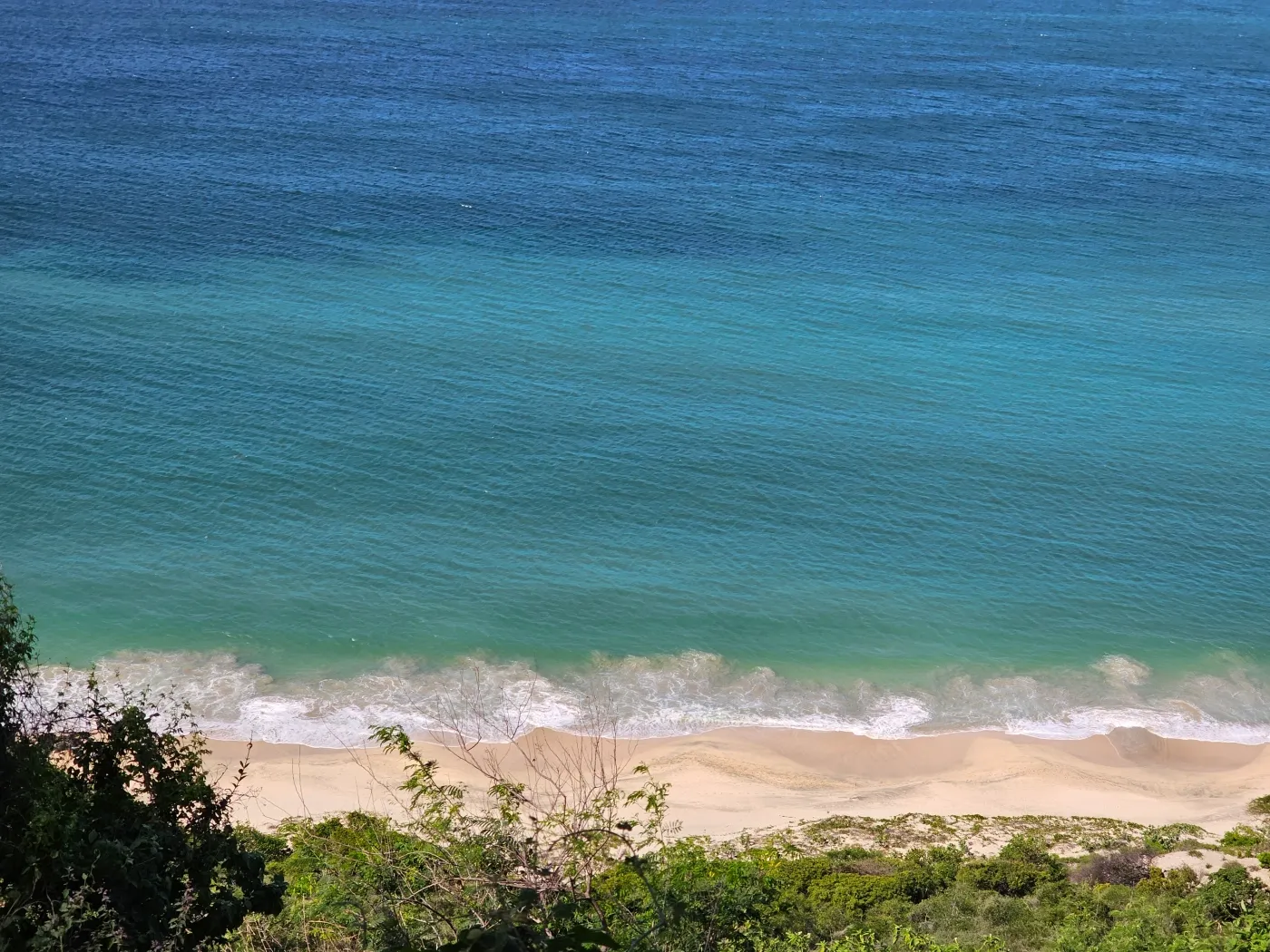
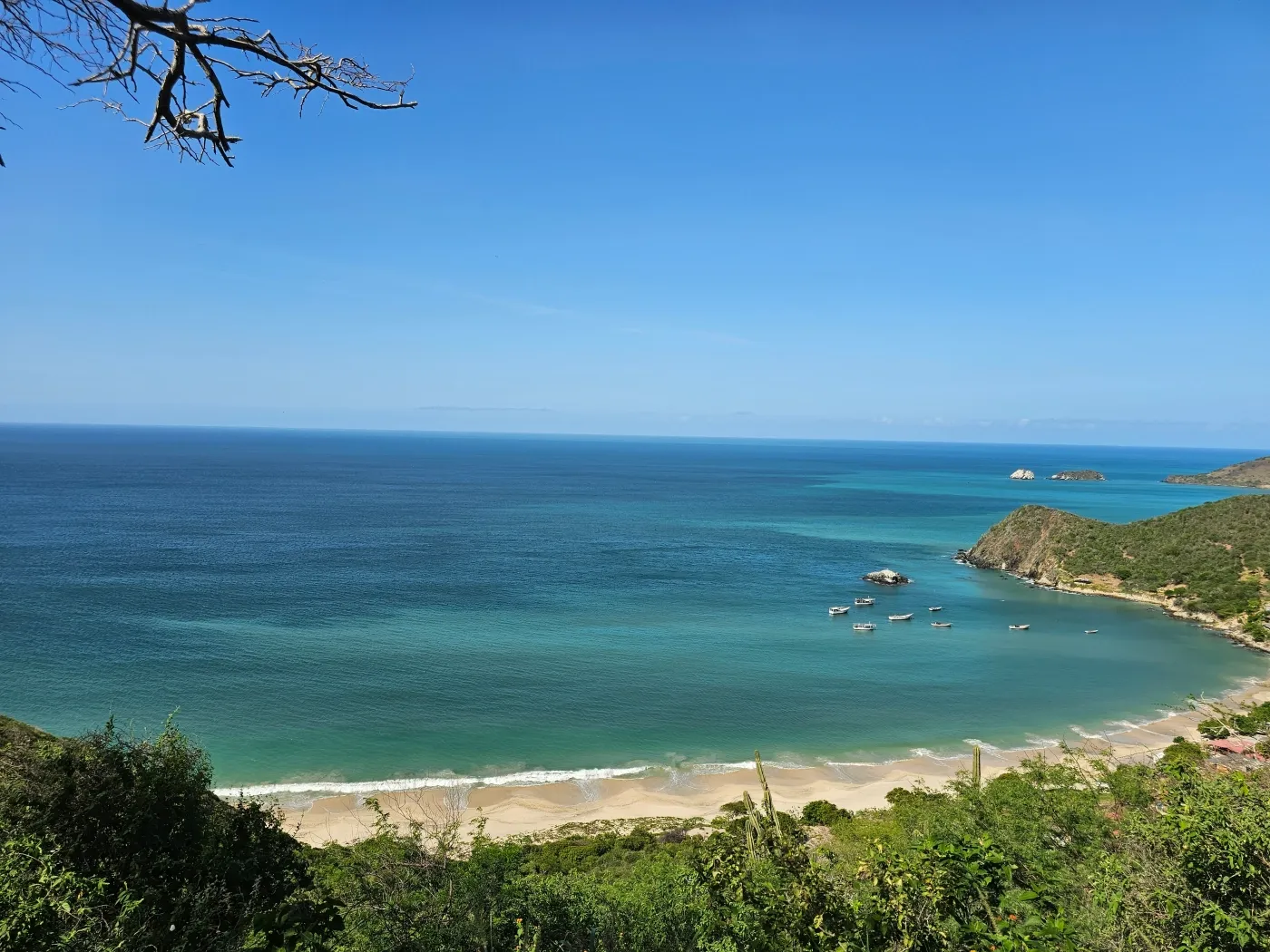
Playa Caribe
We loved this beach, very cosy, quiet, with beautiful surroundings, very warm water, moderate waves and very soft sand.
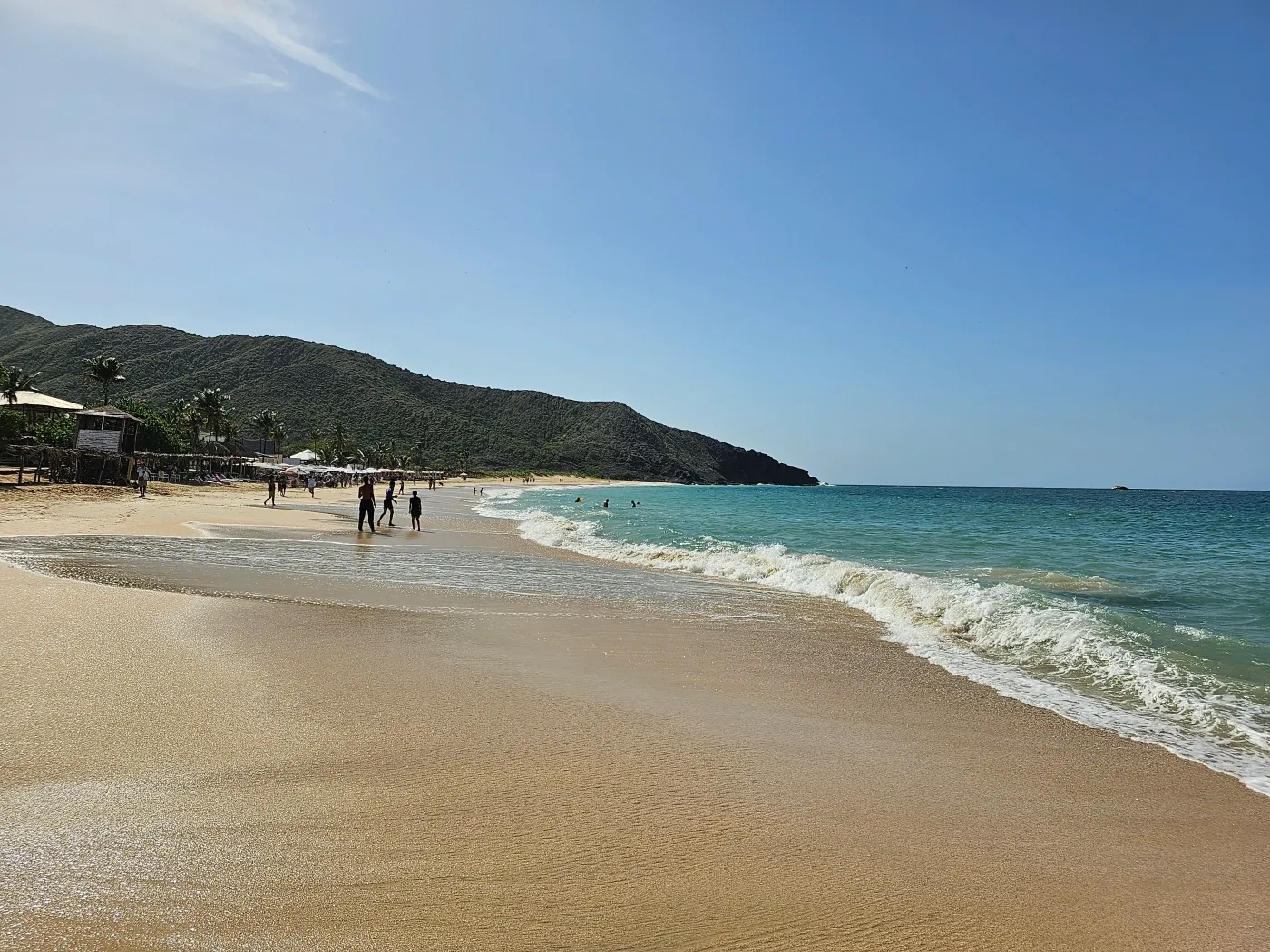
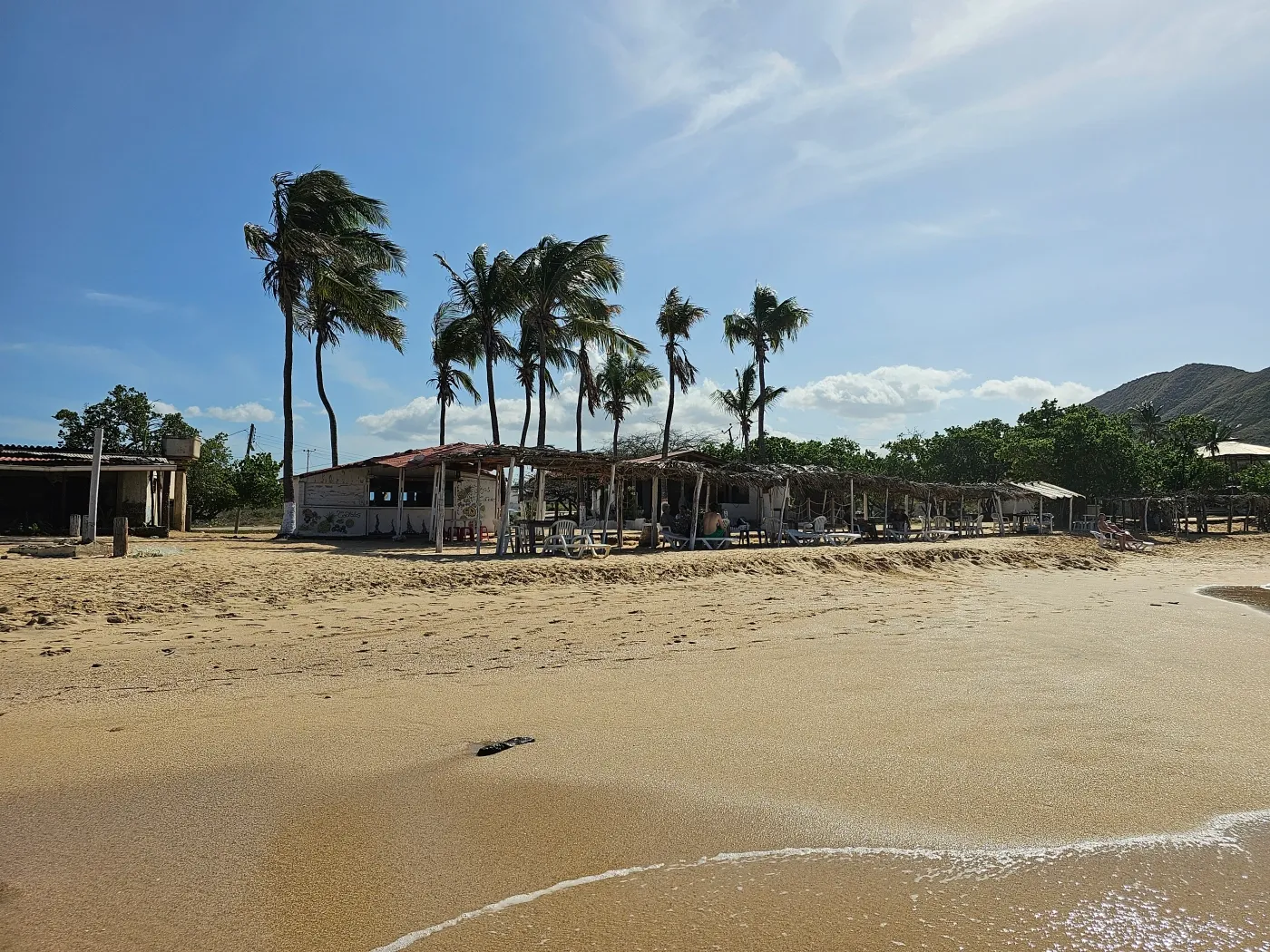
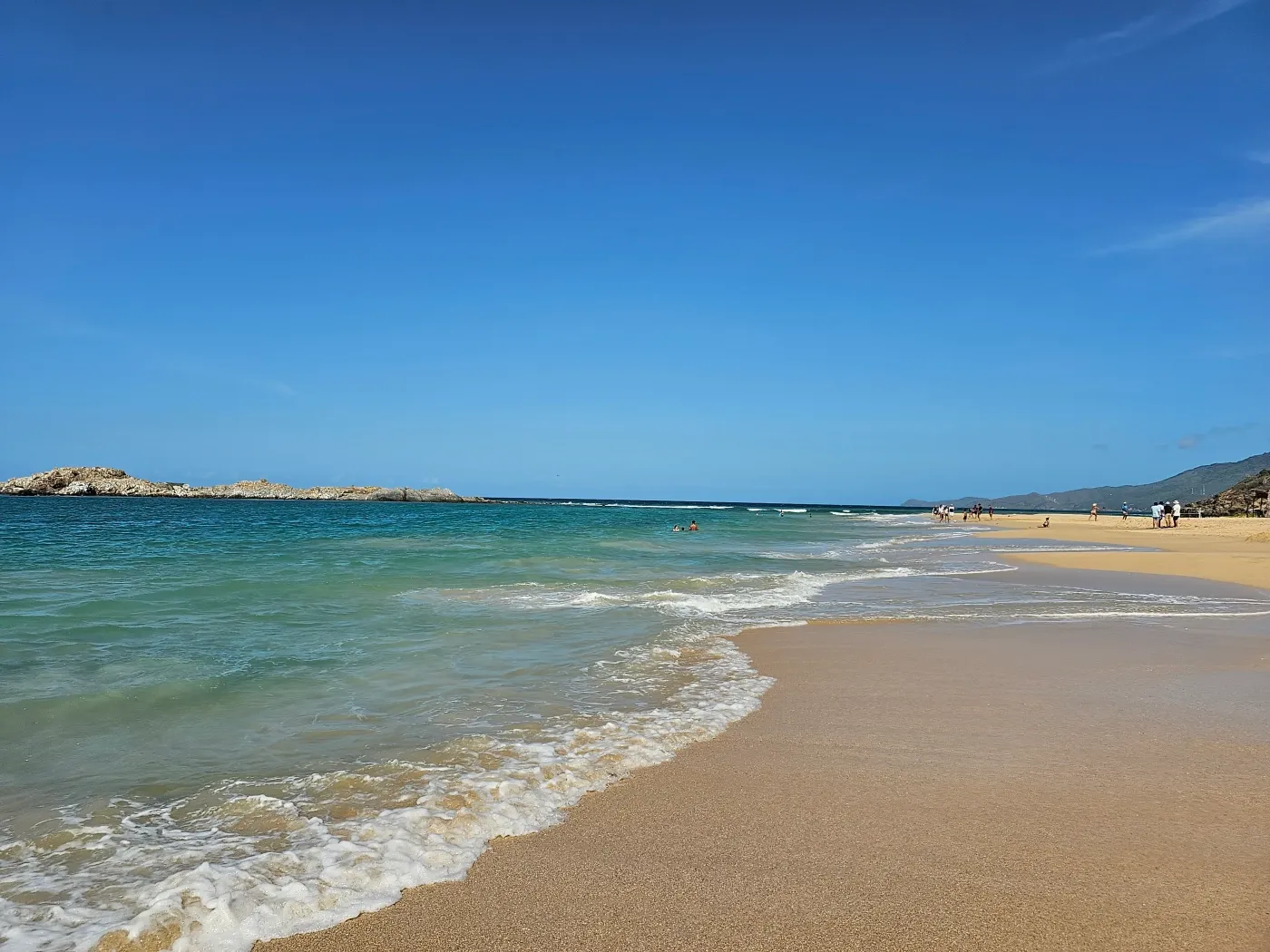
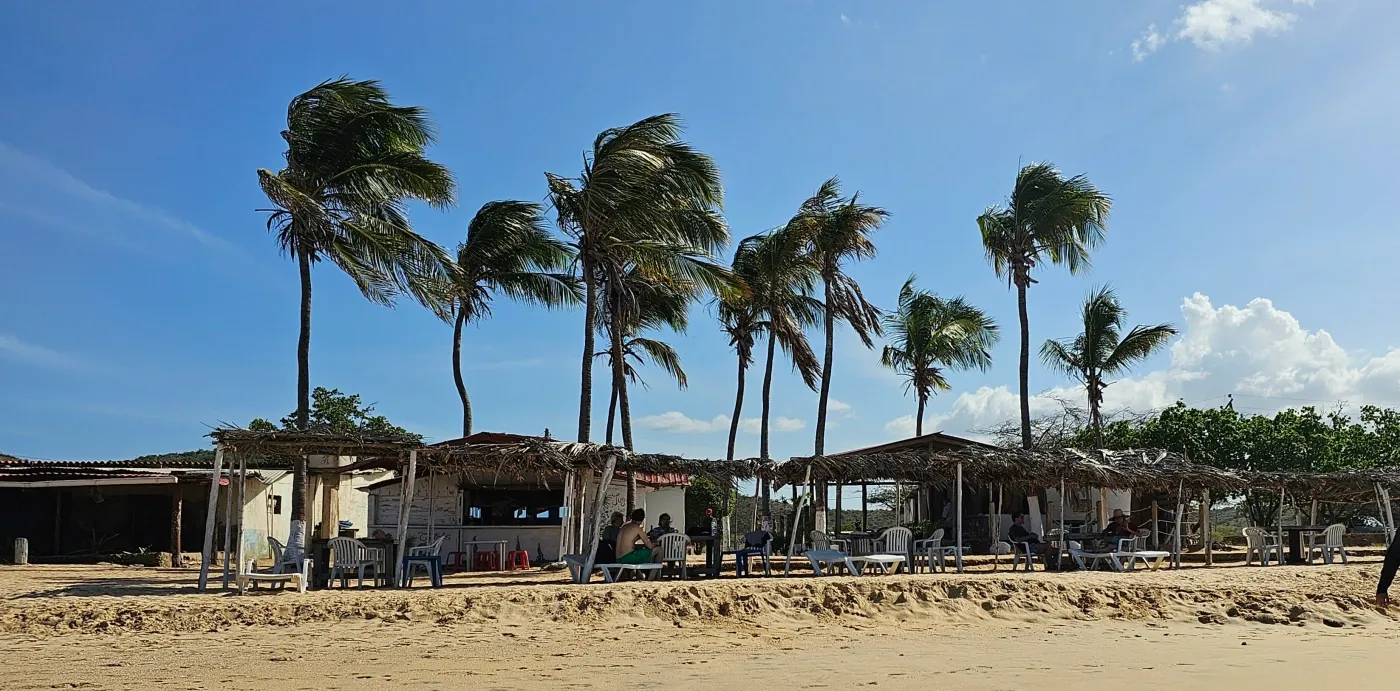
La Asuncion
La Asunción was the only town we planned to visit, and it did not disappoint. It is a colourful town with abundant trees and the charming Plaza Bolívar (Bolívar Square), surrounded by small shops and restaurants. La Asuncion is the capital of Nueva Esparta state, it was founded in 1565 by Captain Pedro González Cervantes de Albornoz.
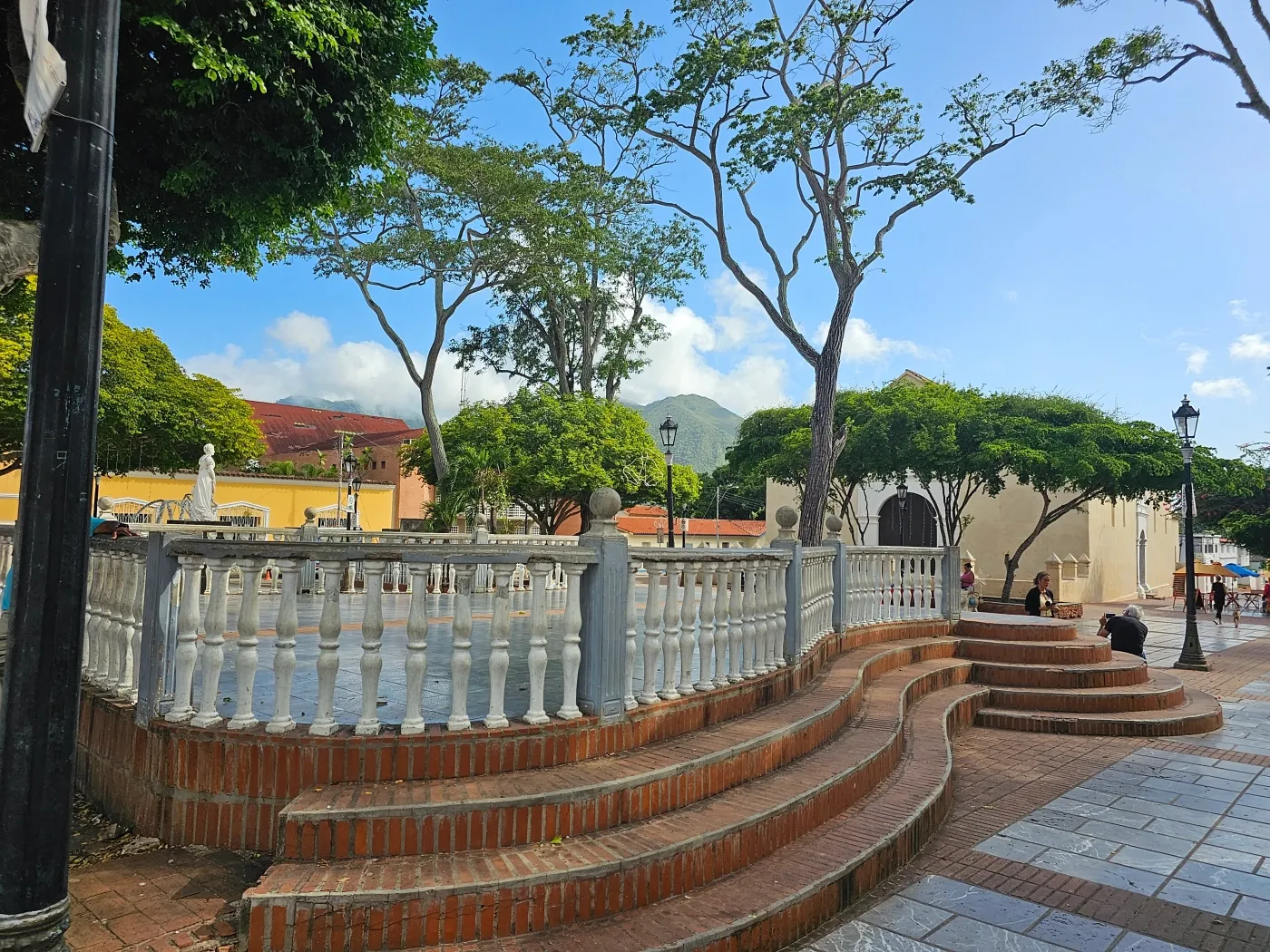
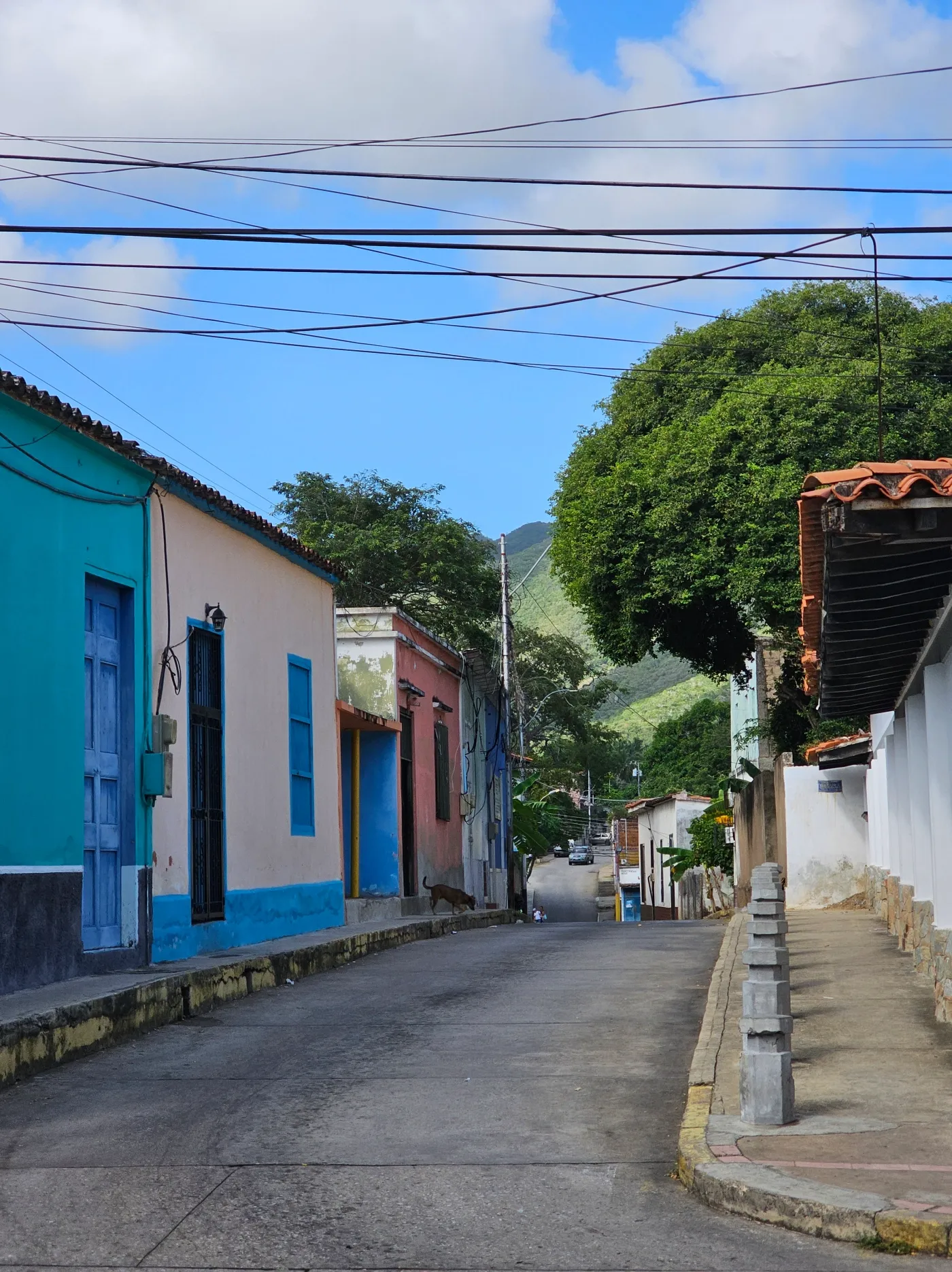
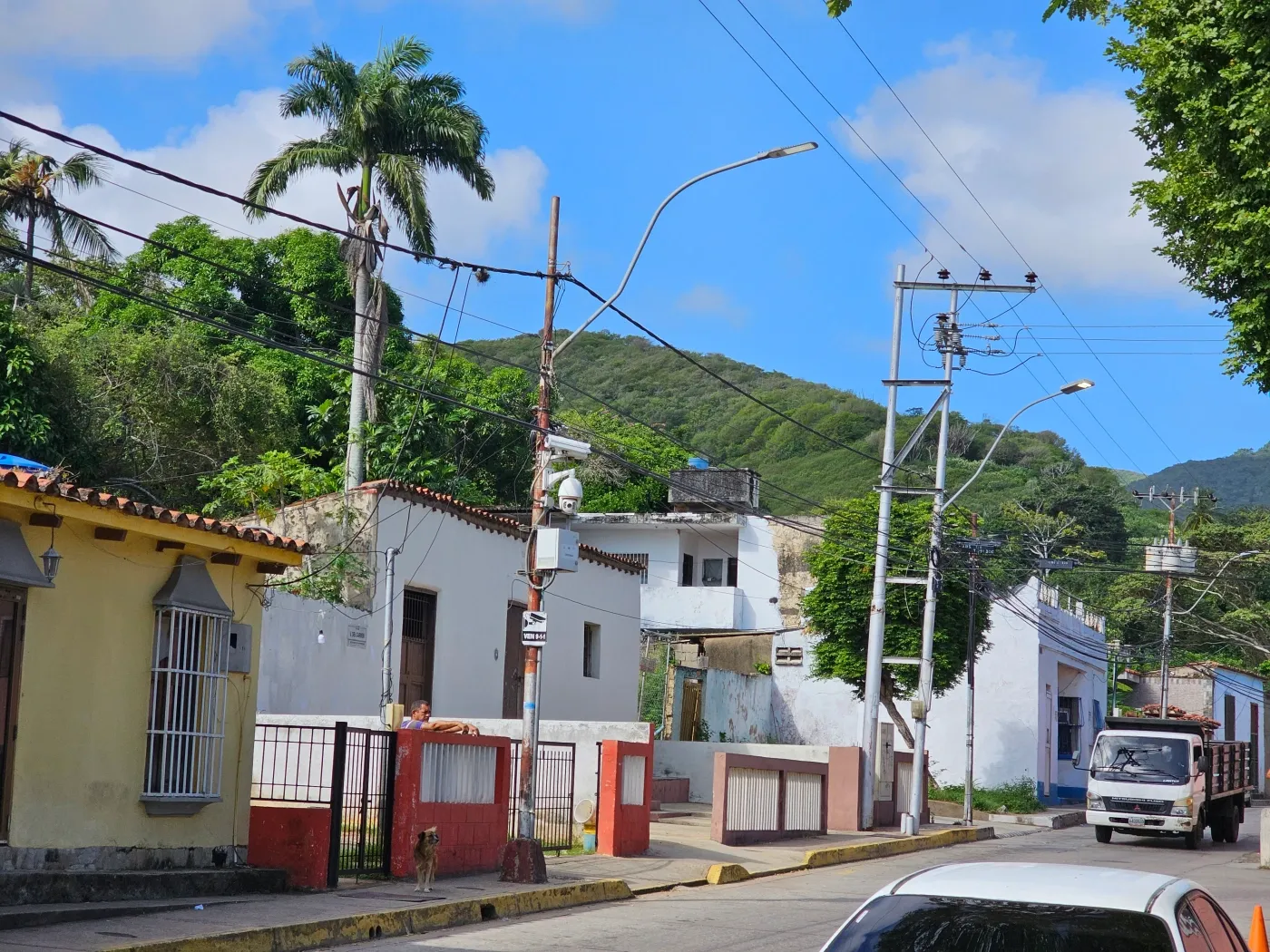
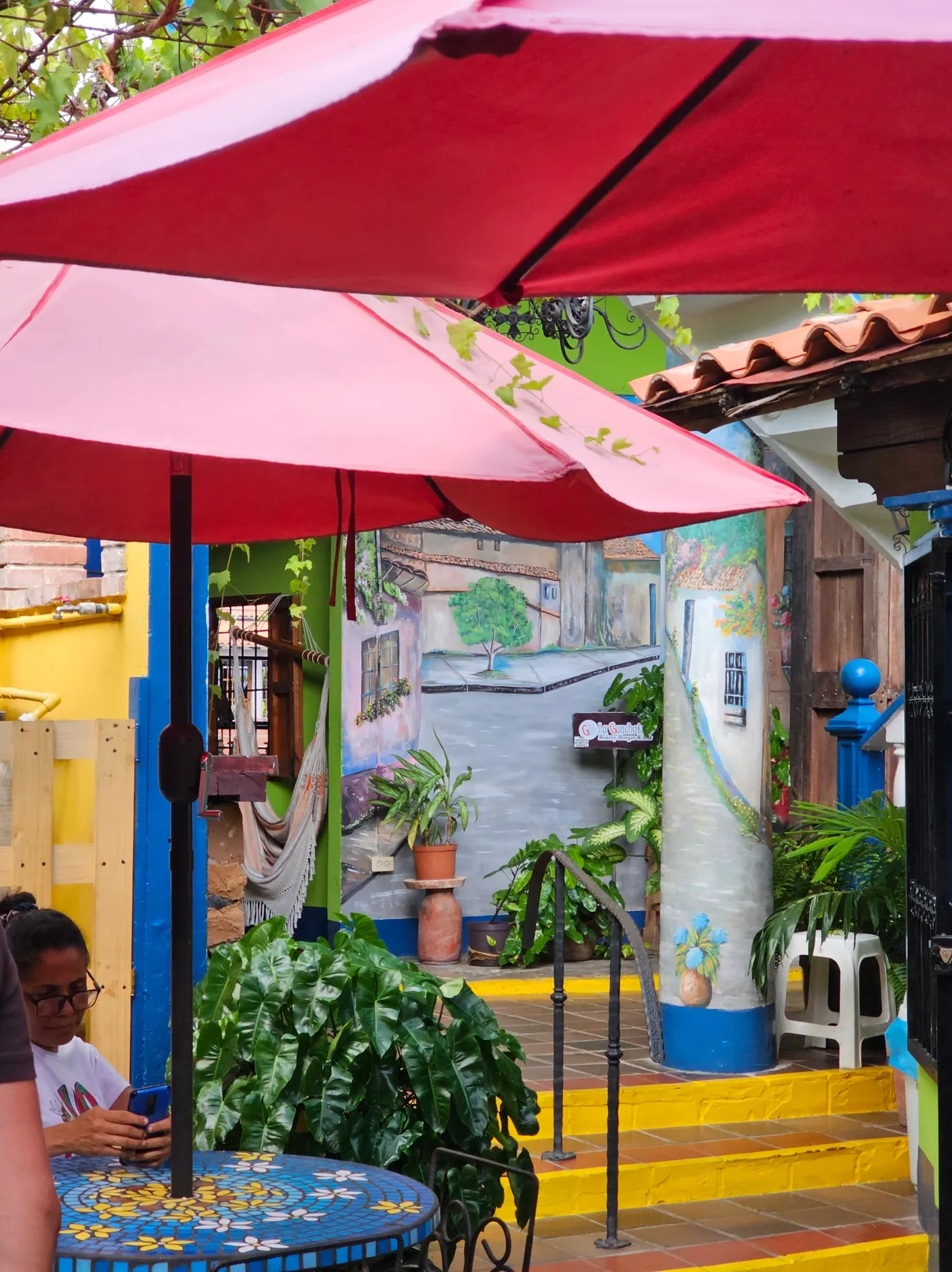
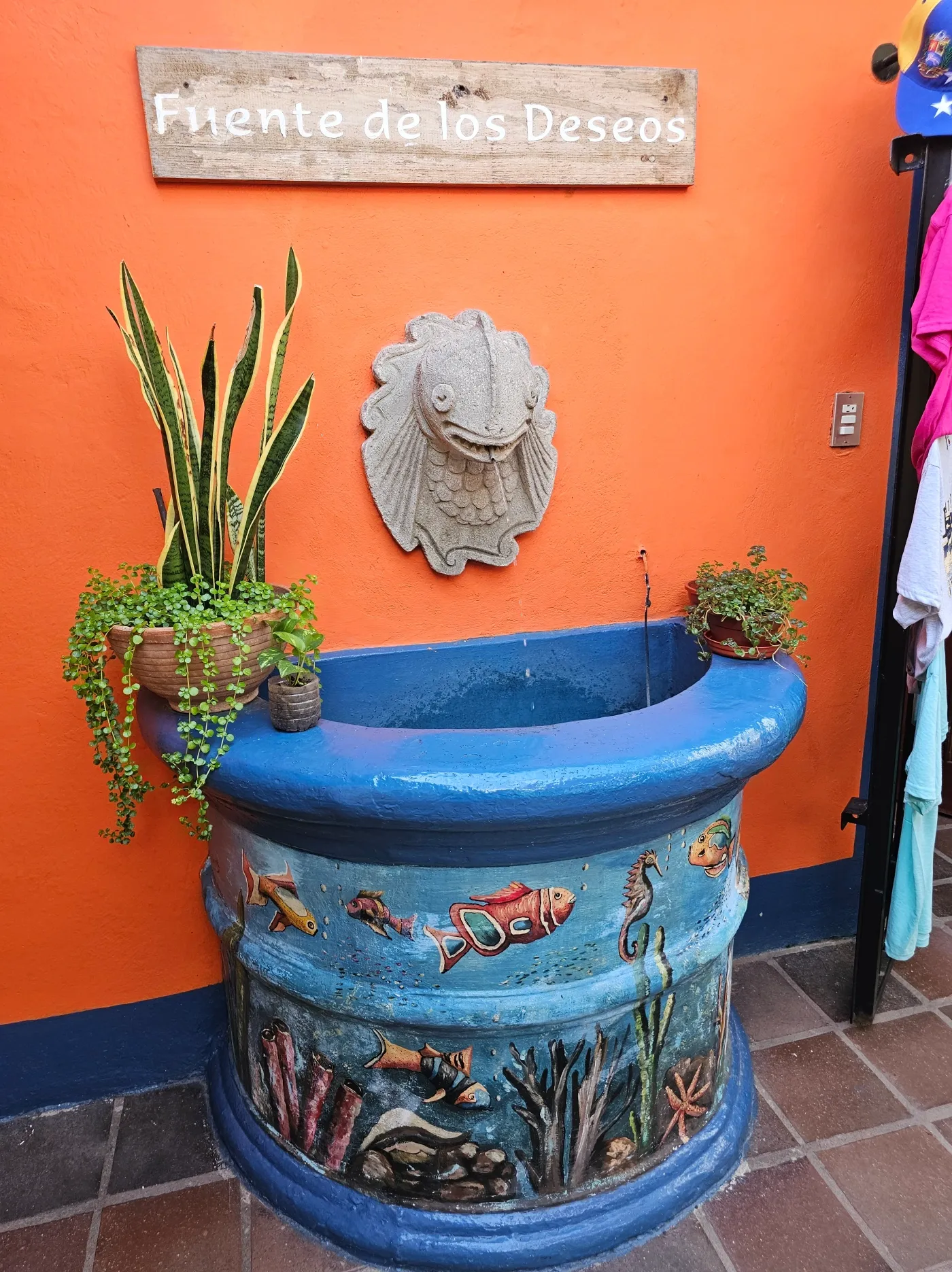
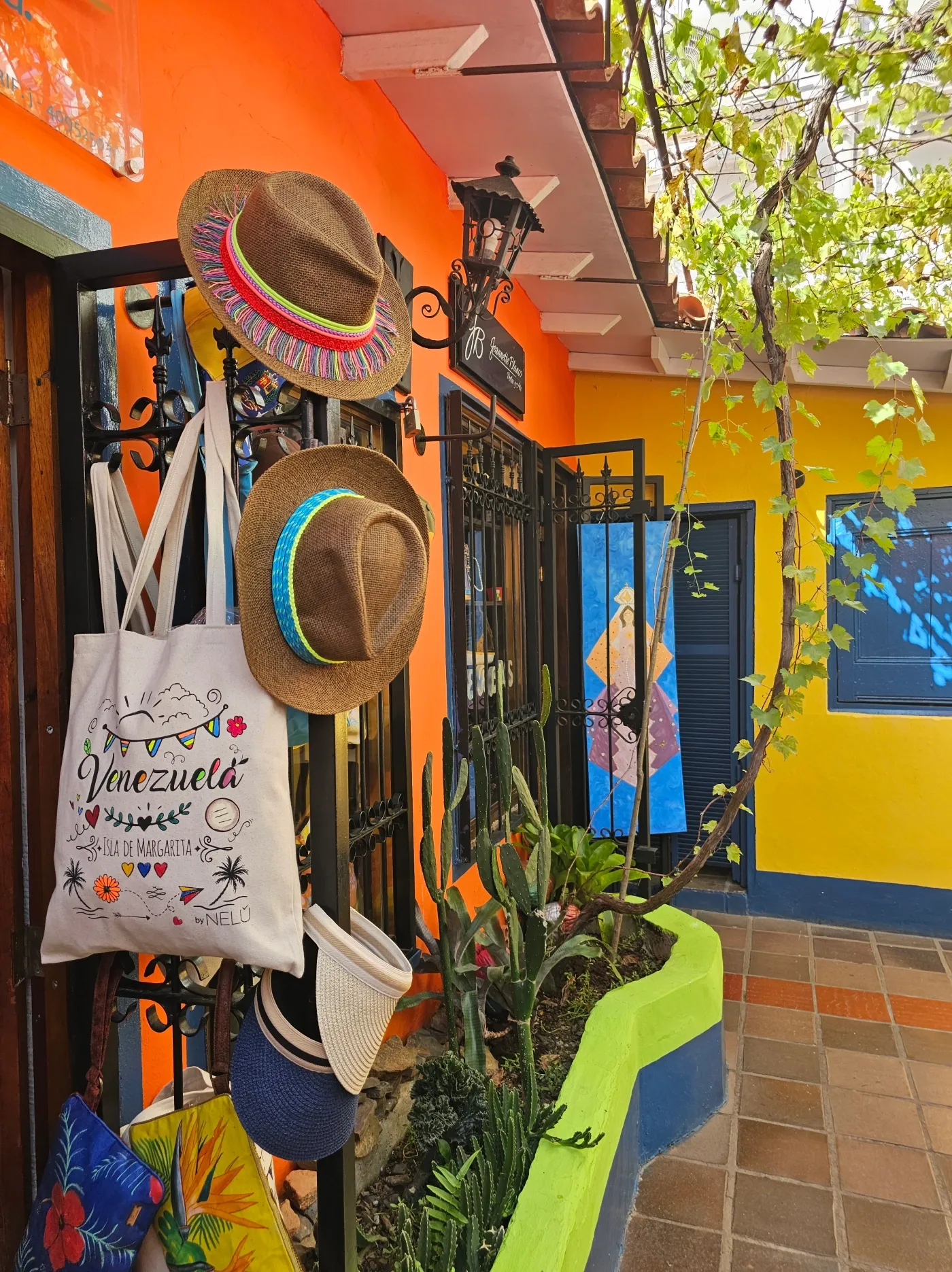
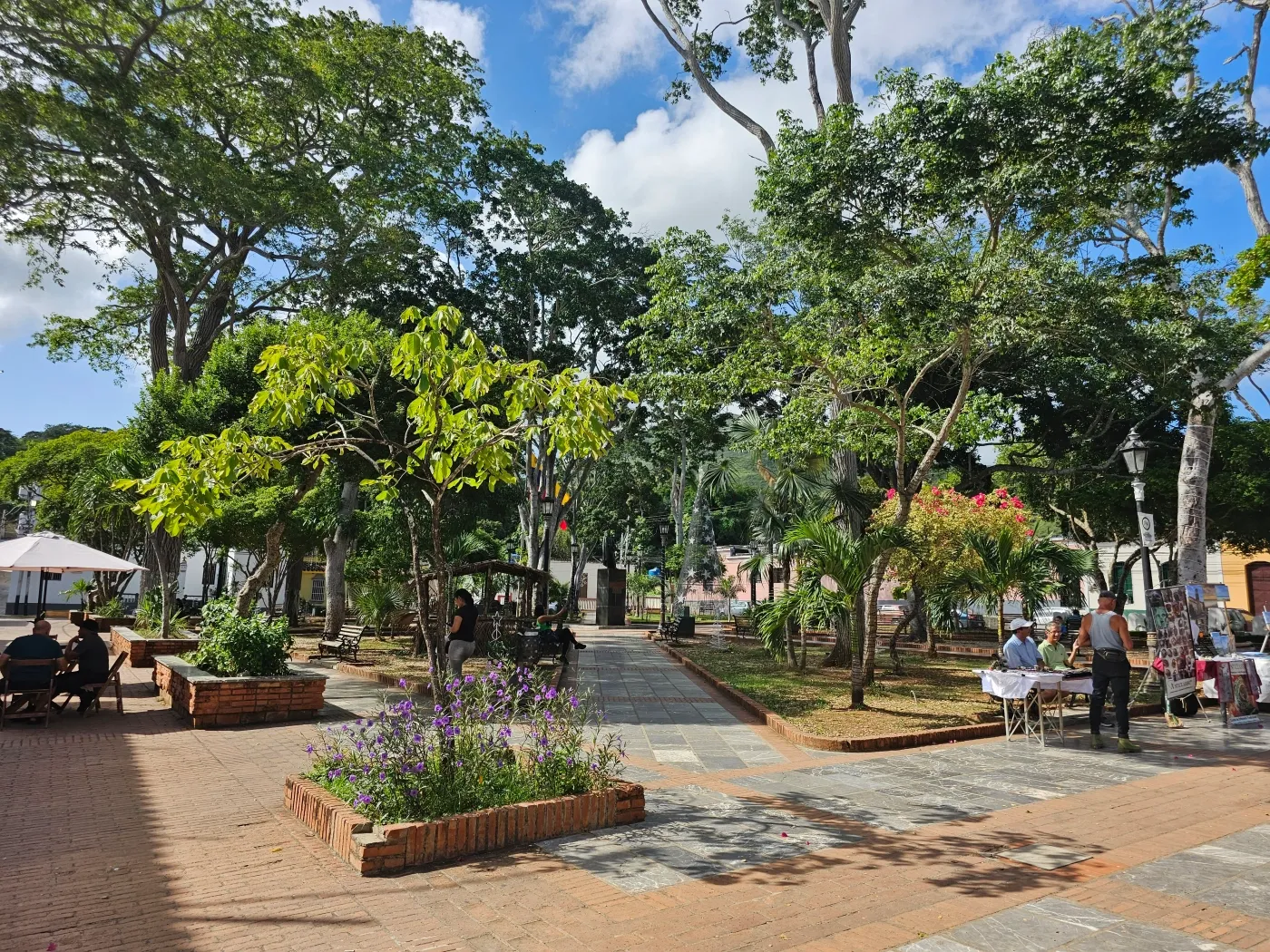
We had the best coffee on the island at Centro Comercial Artesanal El Güire and we bought some souvenirs at the shop – Centro Comercial Artesanal El Güire.
Catedral Nuestra Señora de La Asunción
Built between 1570 and 1612, Catedral Nuestra Señora de La Asunción is the oldest existing church in Venezuela.
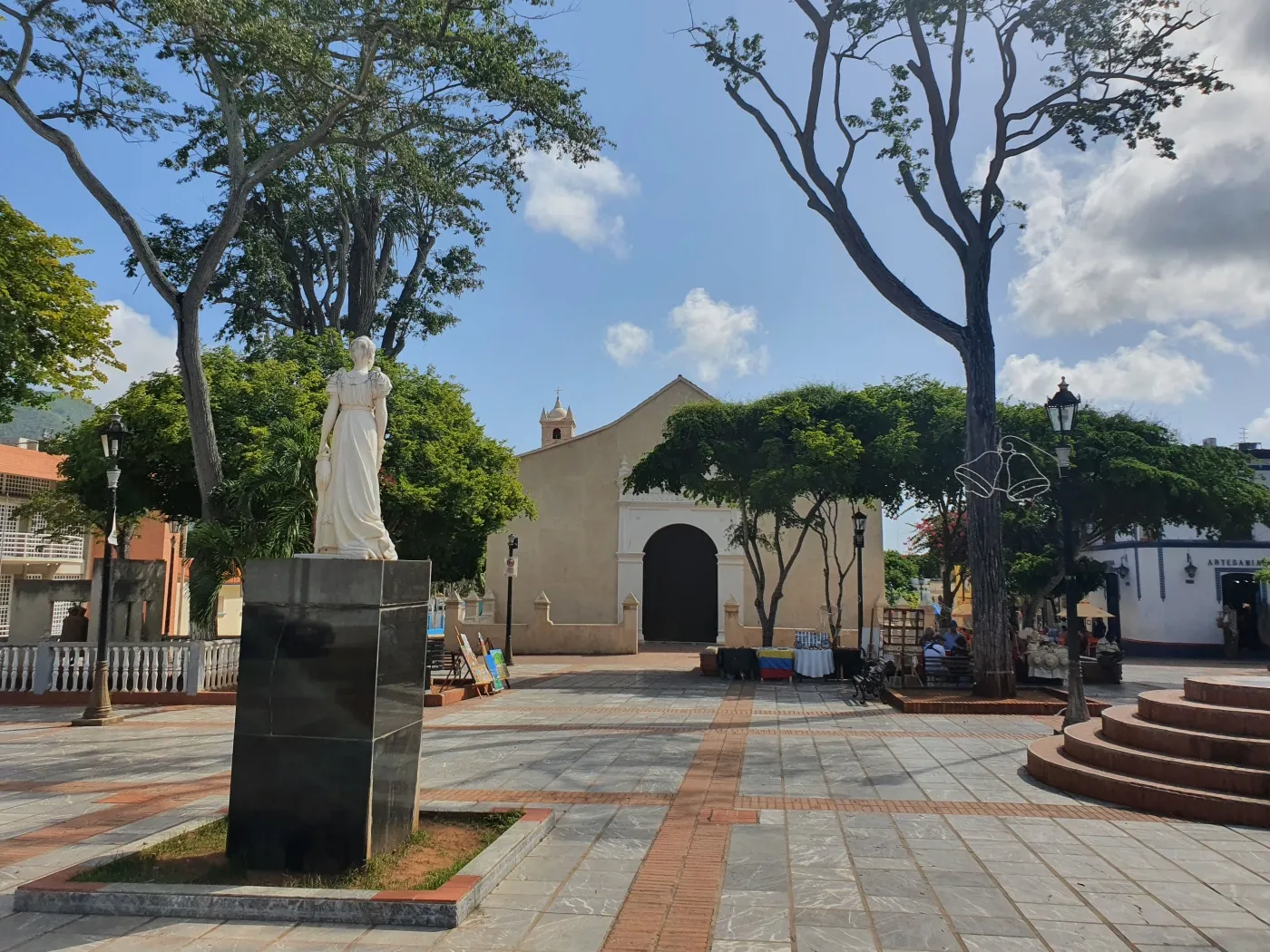
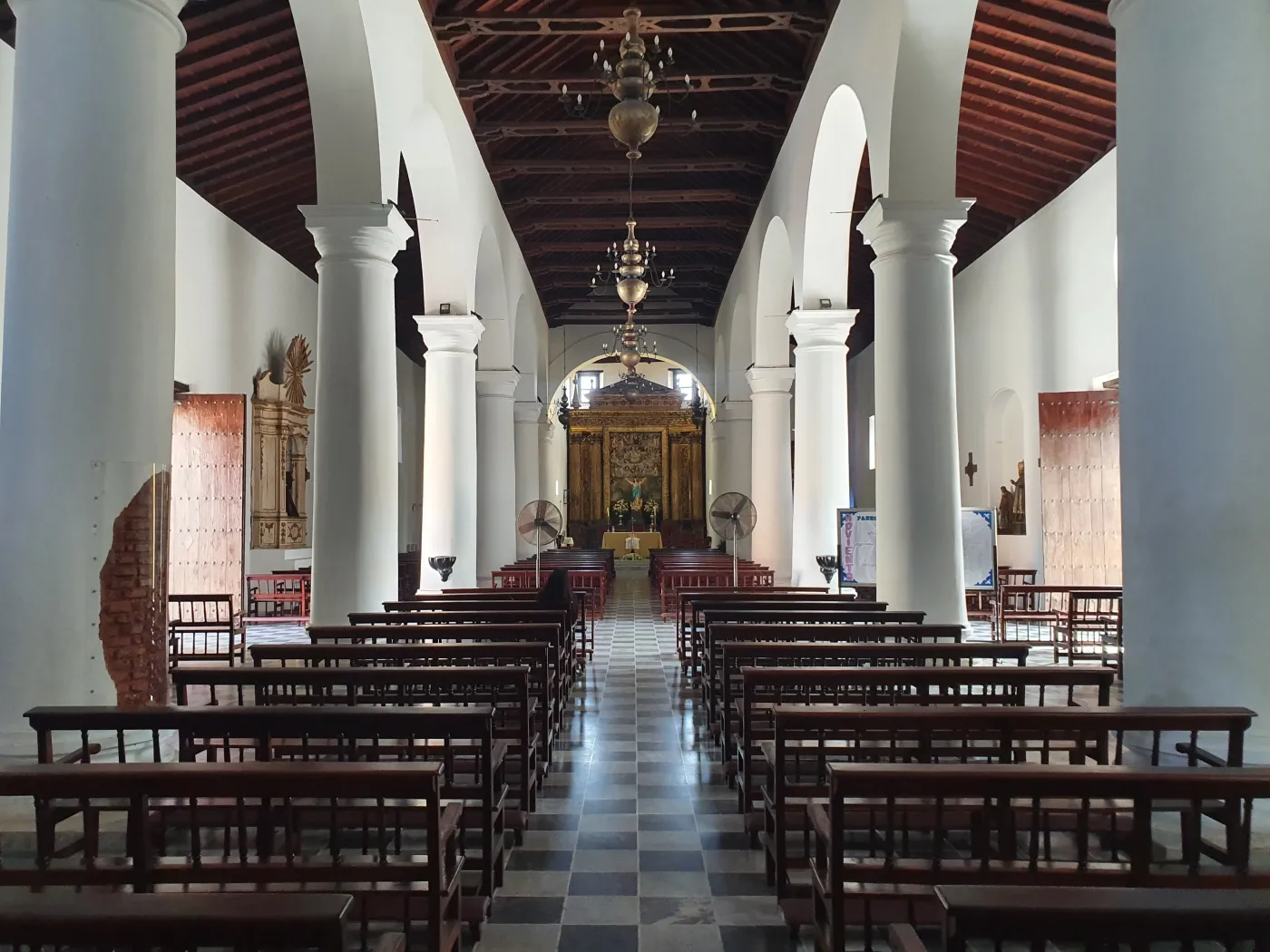
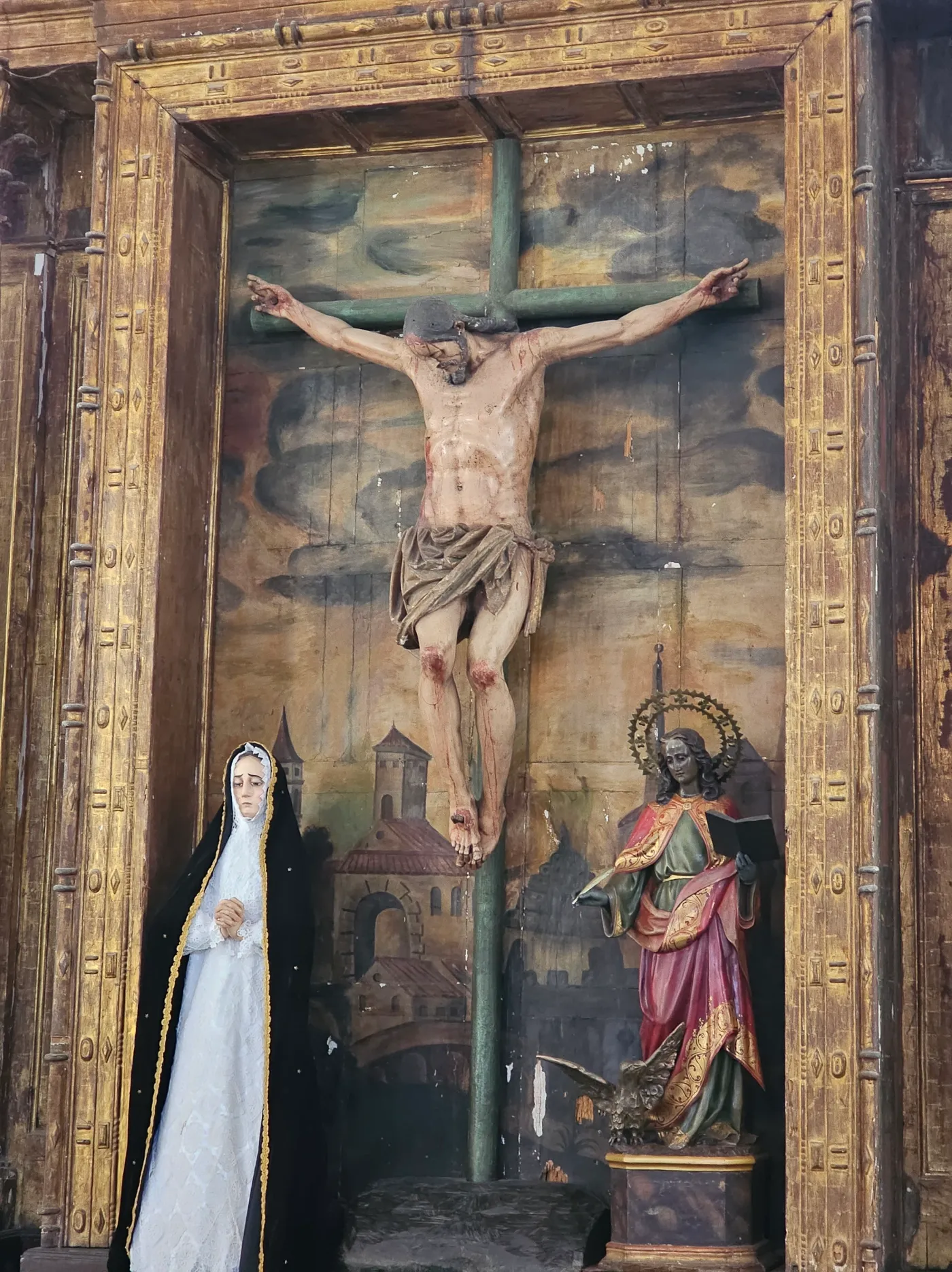
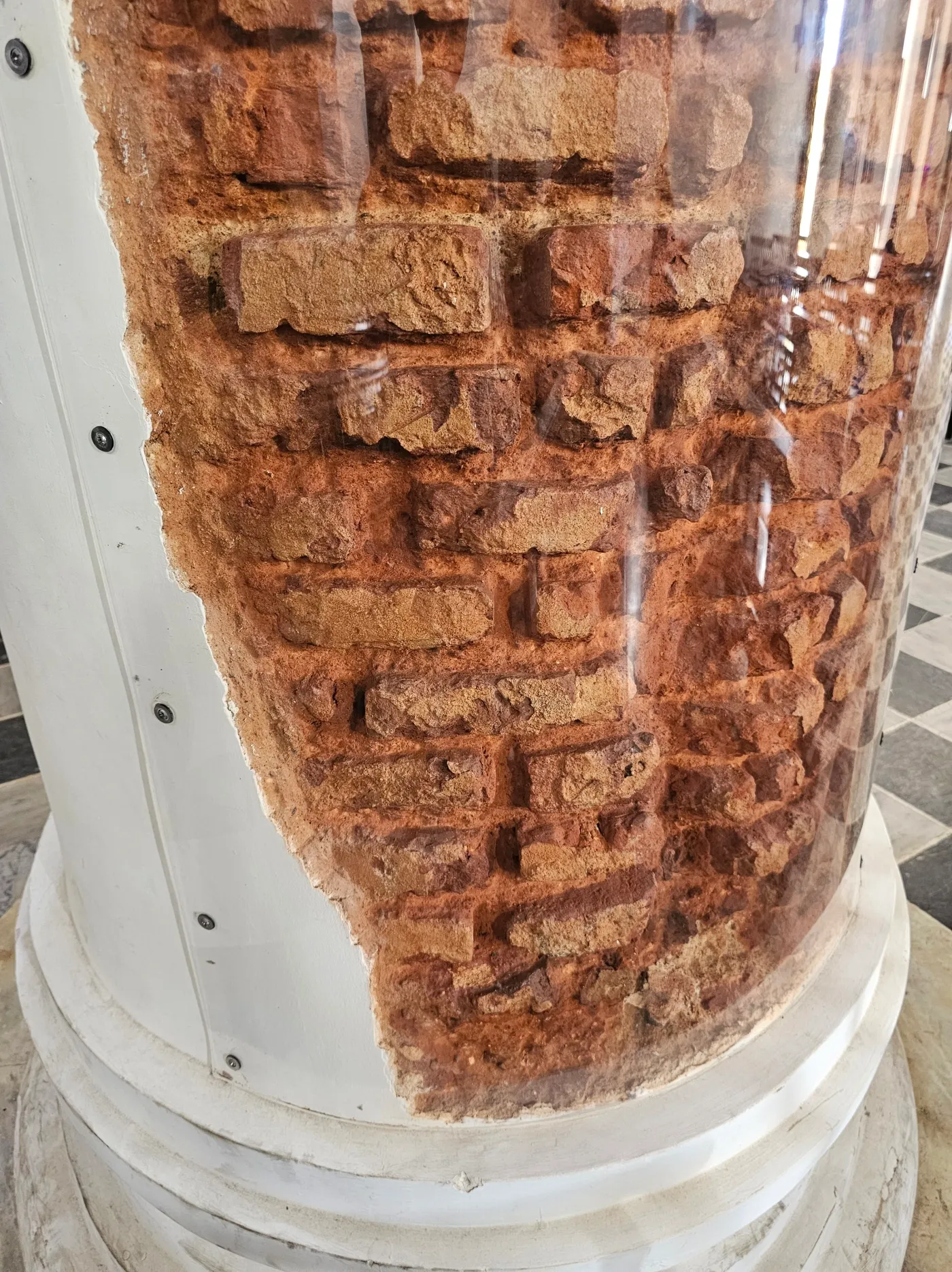
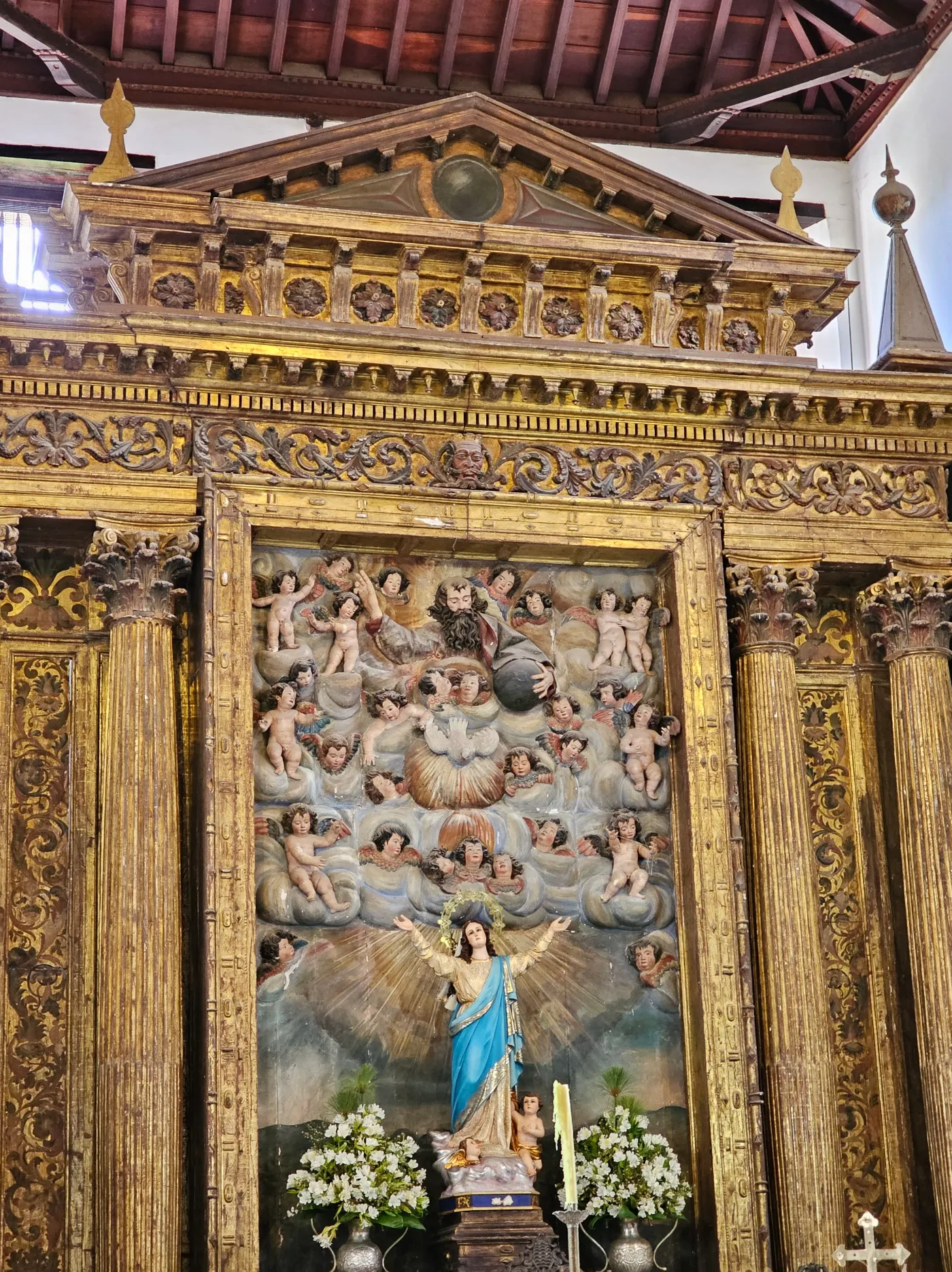
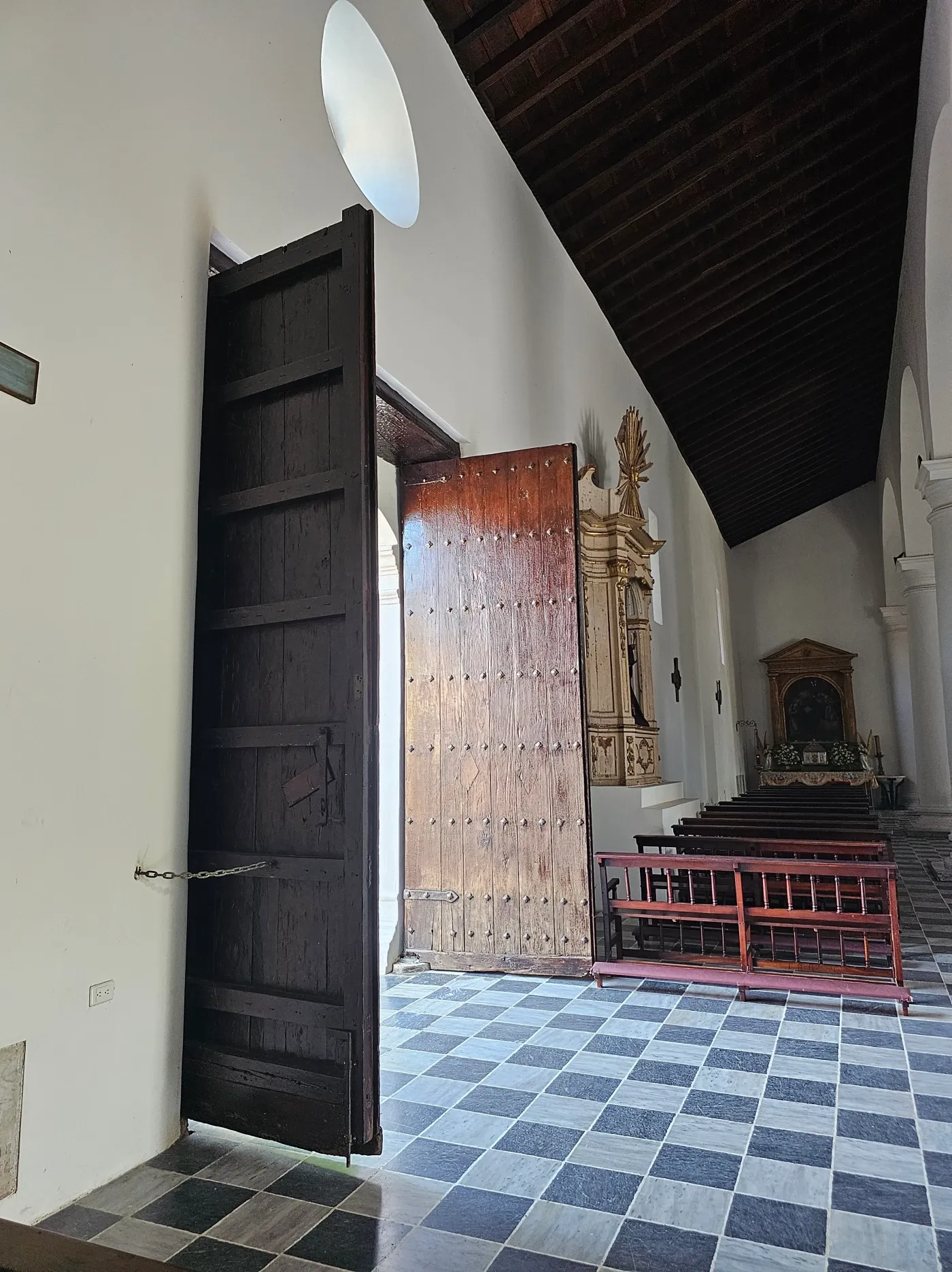
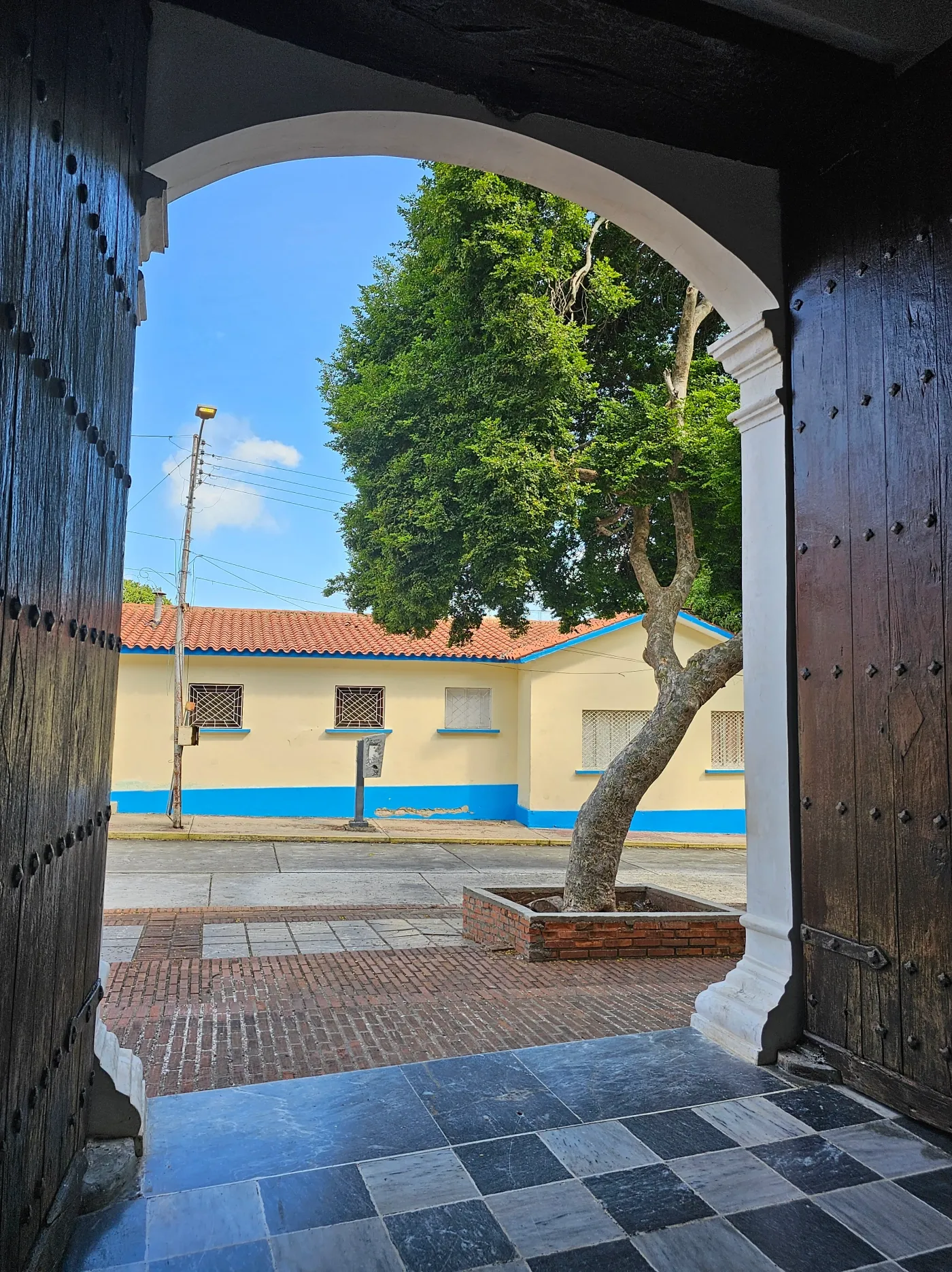
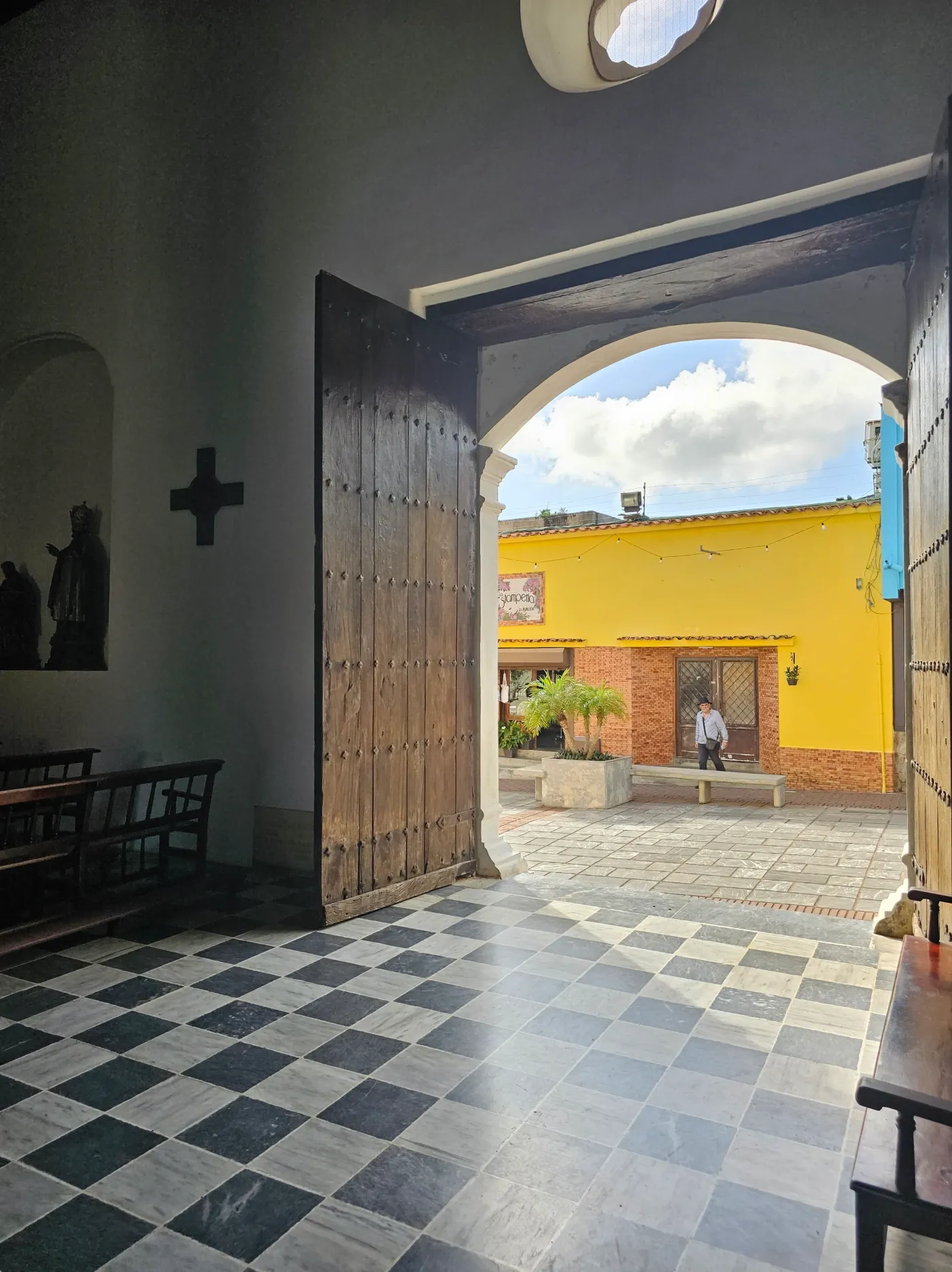
Since we had some time with our driver left he offered to take us to other tourist spots of the island:
Santa Rosa de la Eminencia castle
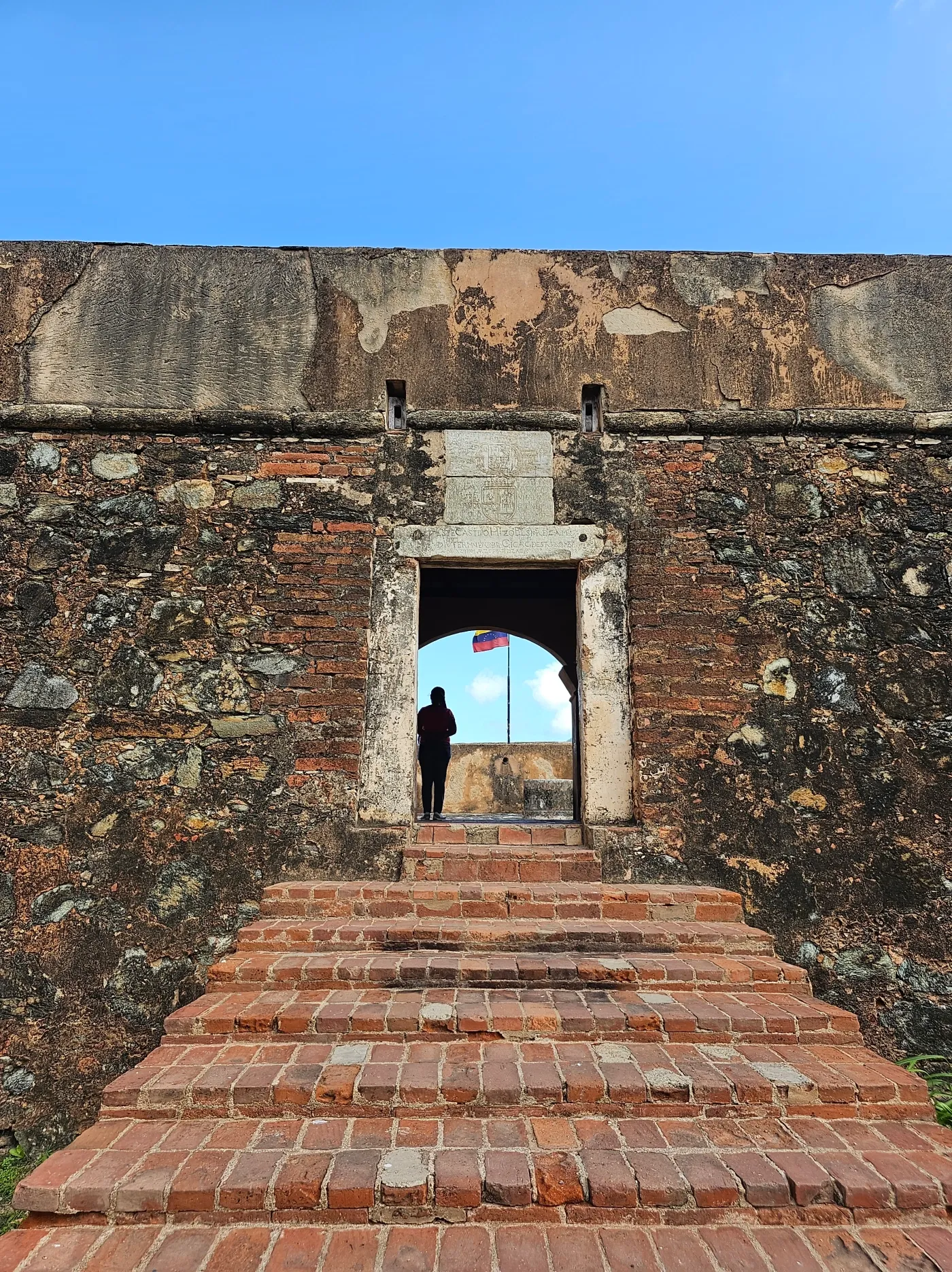
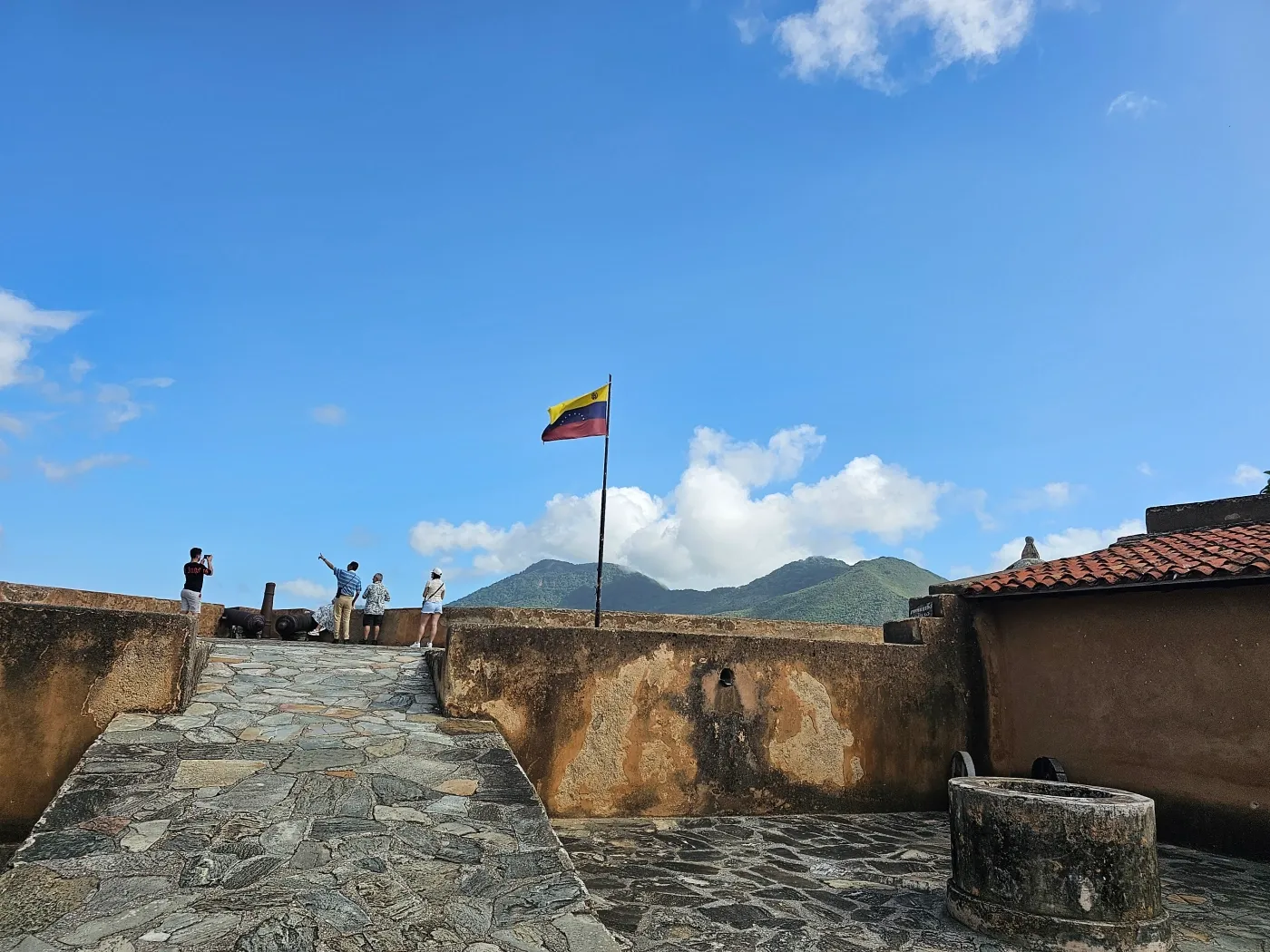
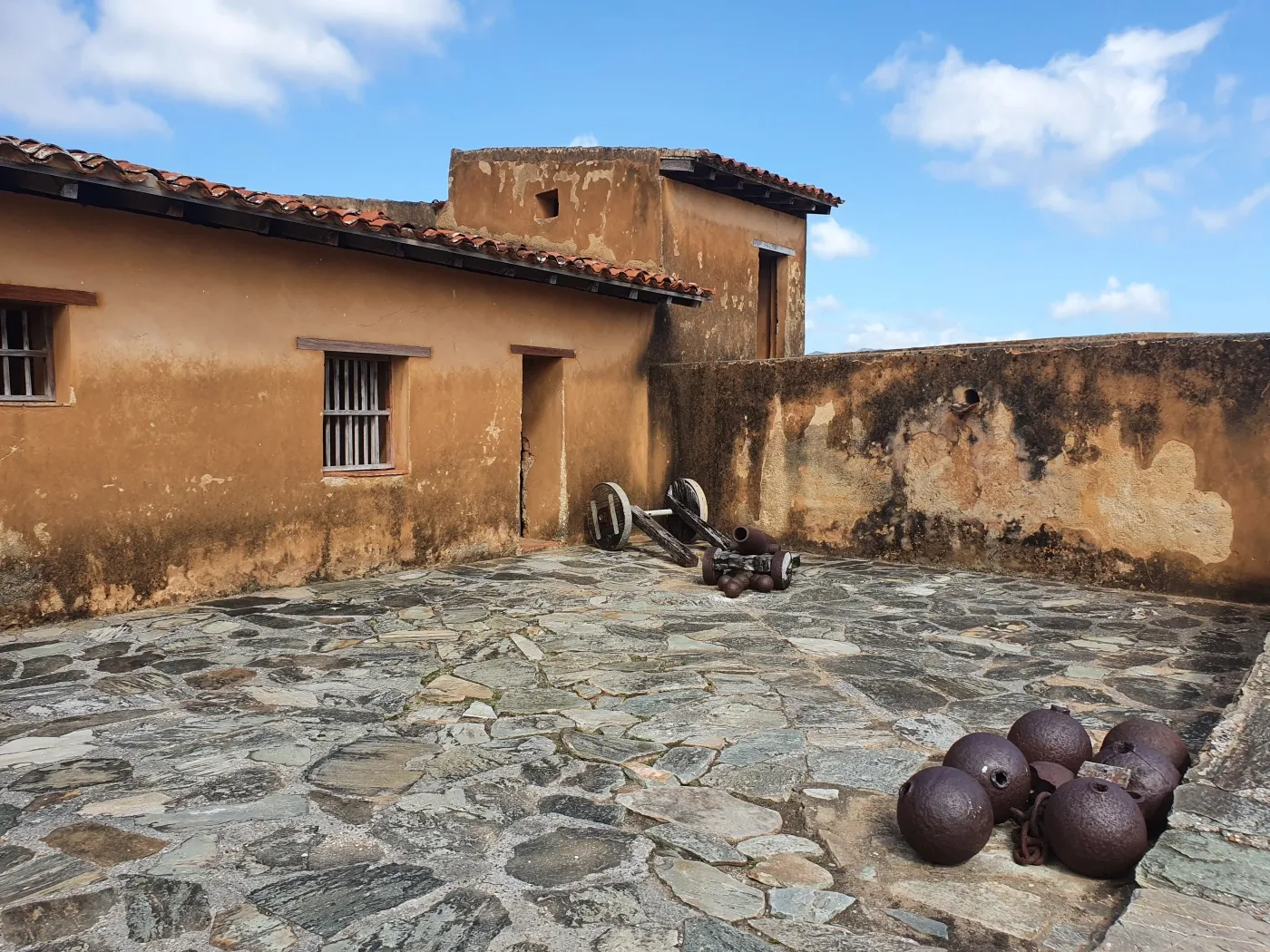
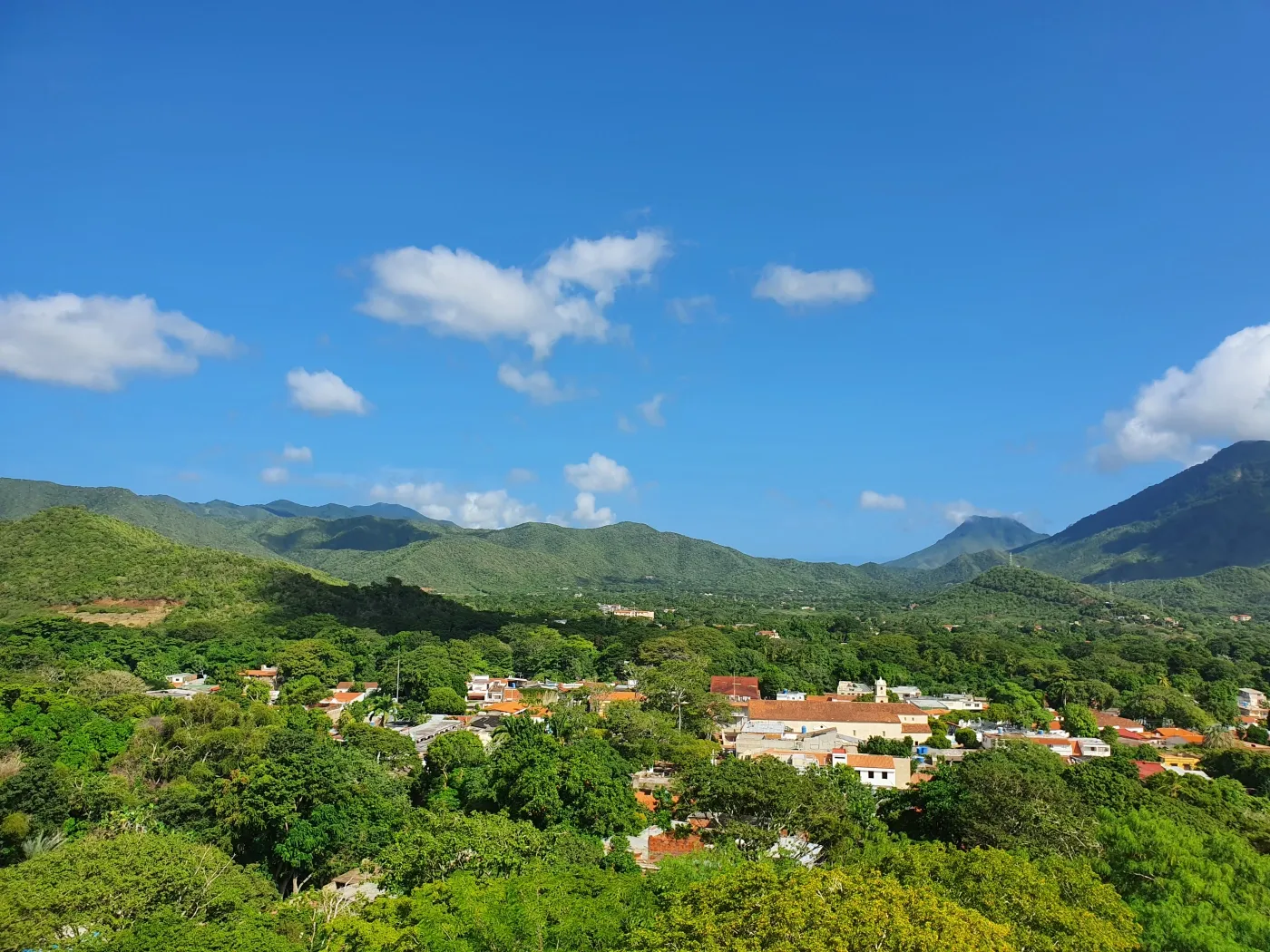
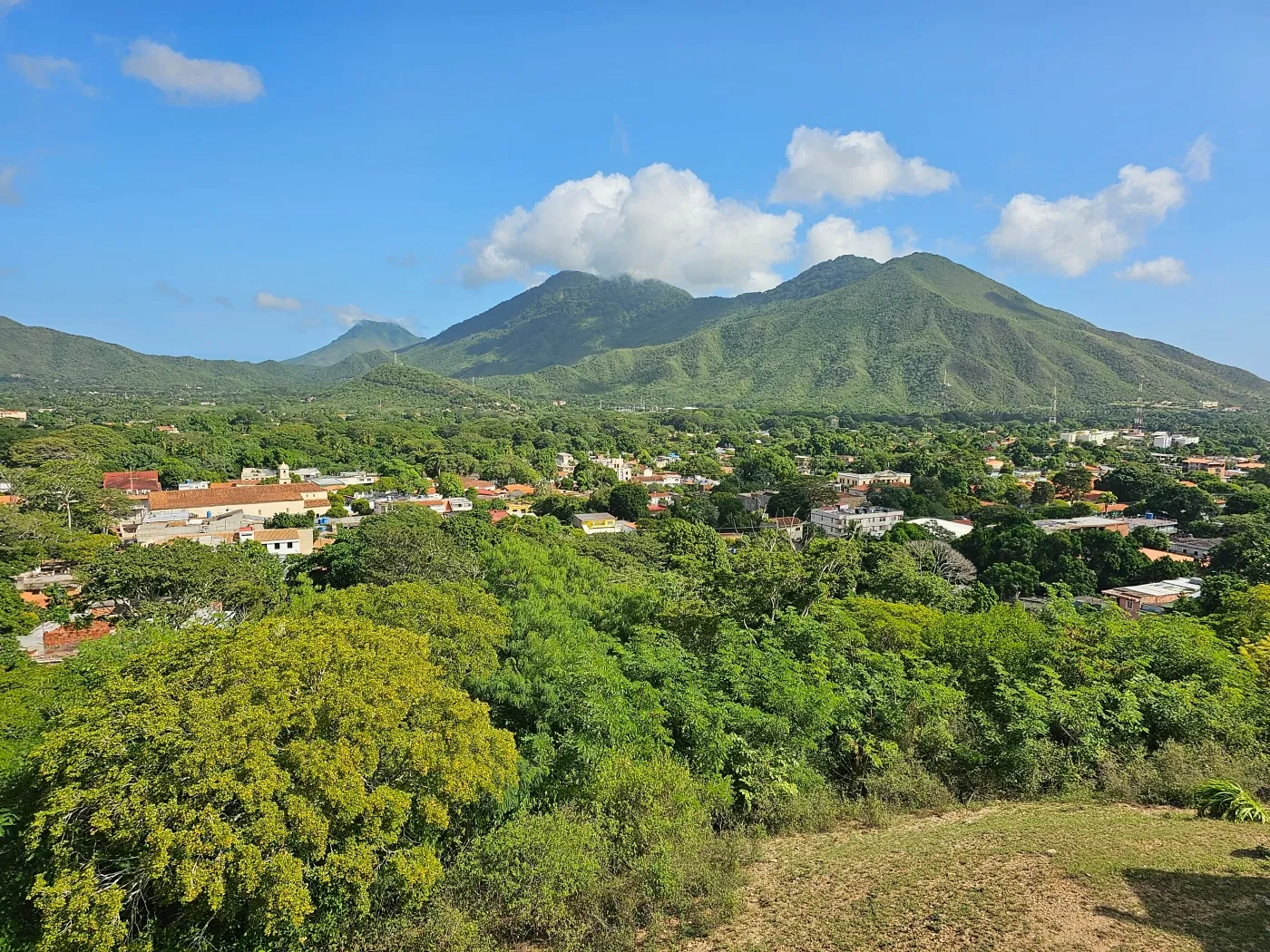
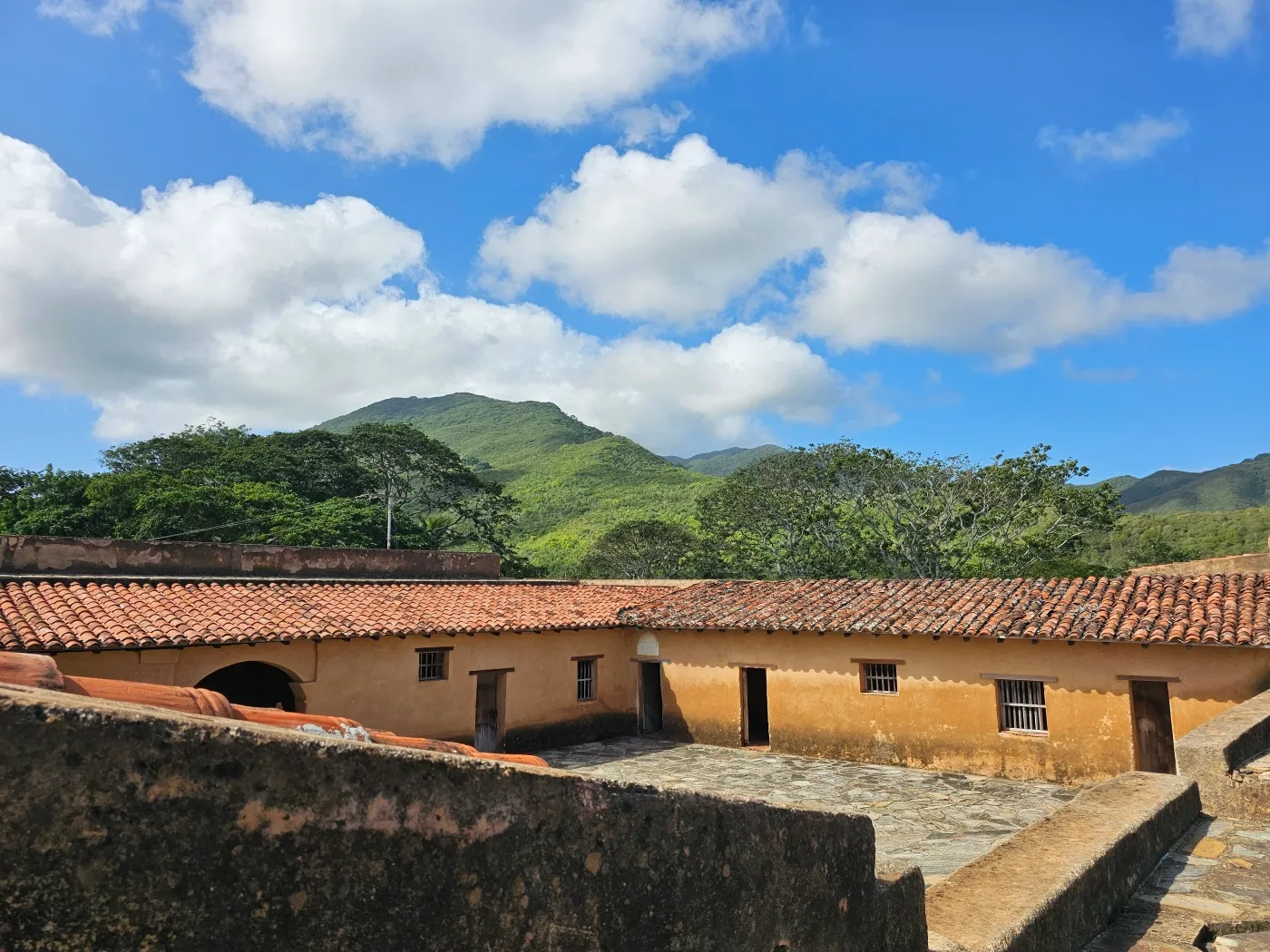
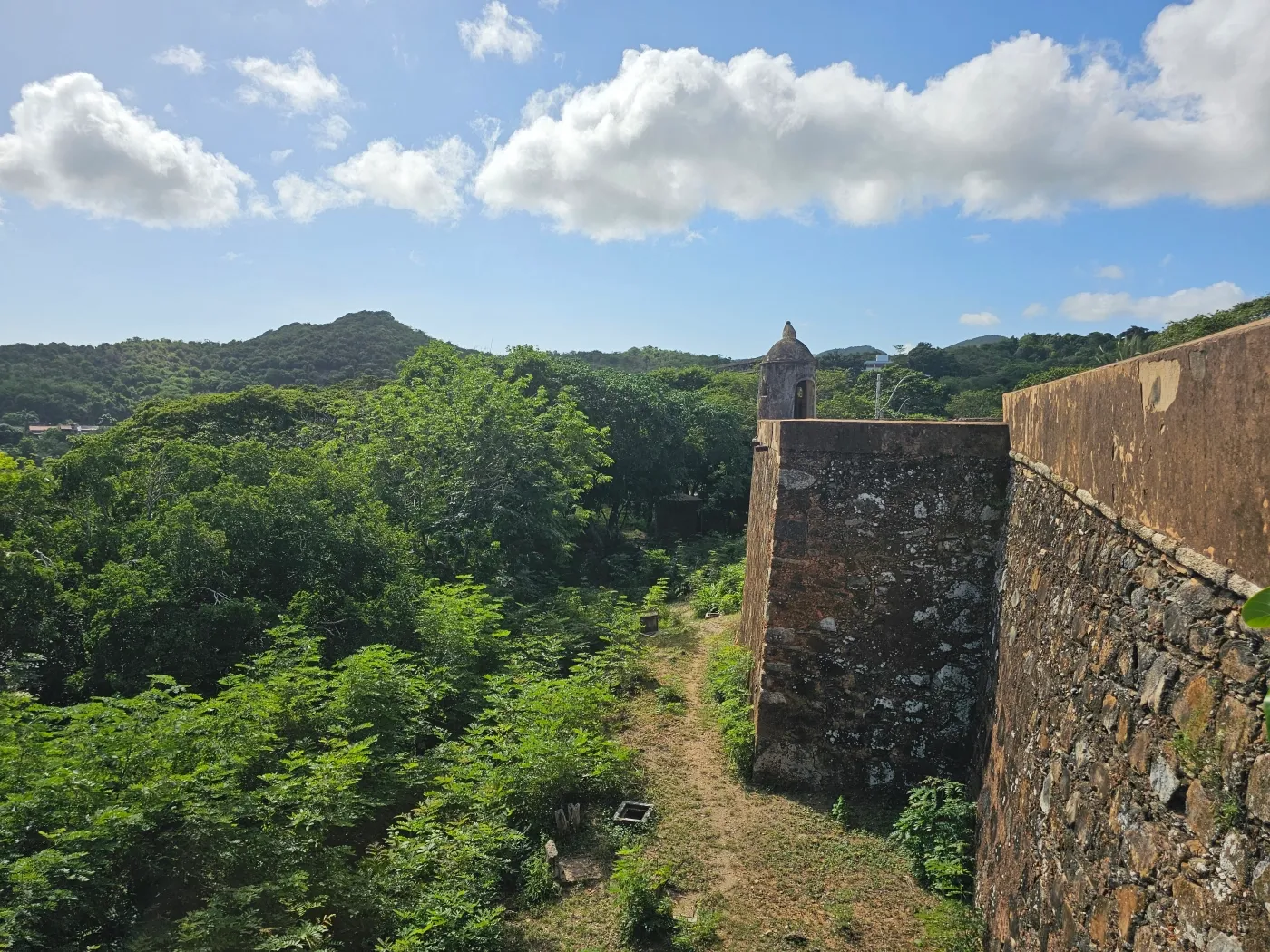
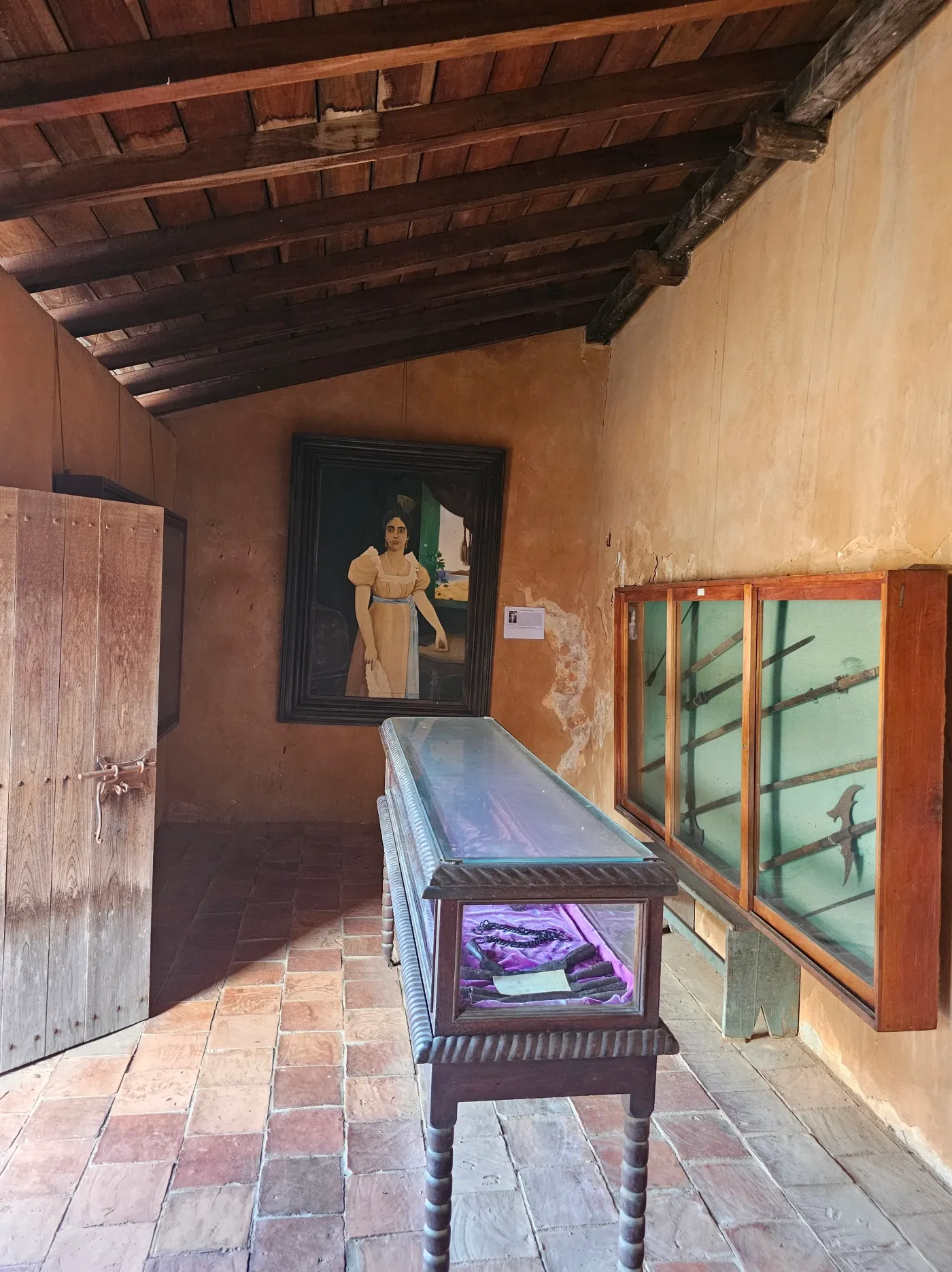
El Valle del Espíritu Santo
The village is the birthplace of Santiago Mariño, a revolutionary leader and hero of the Venezuelan War of Independence (1811–1823), and his sister Concepción Mariño. However, it is better known as the site of the Basilica of Our Lady of El Valle, which houses the image of the Virgin of the Valley, the Patroness of Eastern Venezuela.
The history of the Virgin of the Valley is fascinating: “The Spanish conquerors brought the image of the Virgin Mary to Nueva Cádiz, a city on Cubagua Island. After a devastating hurricane struck the island in 1542, the image was relocated to El Valle del Espíritu Santo on Margarita Island, where she became known as the Virgin of the Valley.” wikipedia
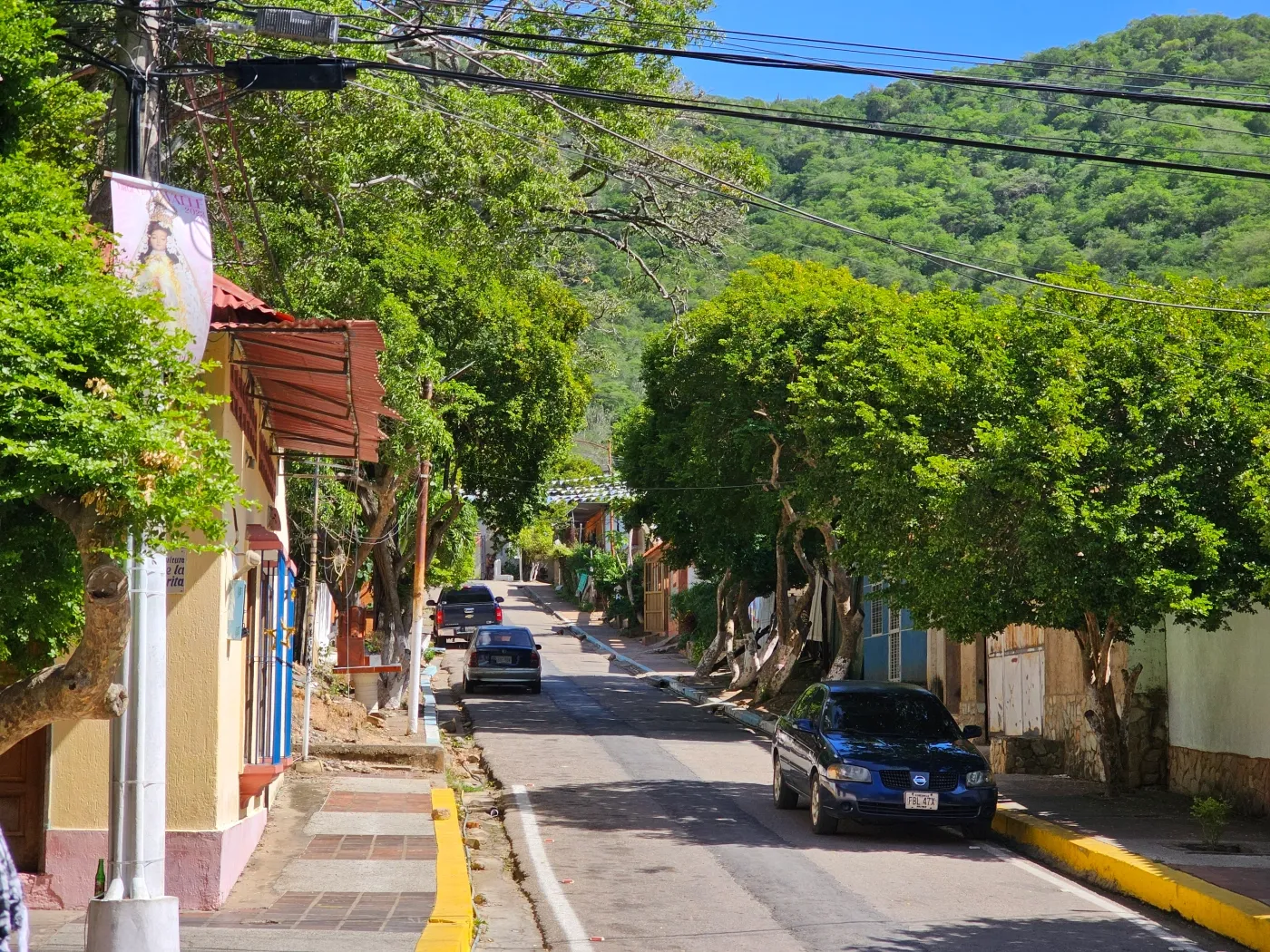
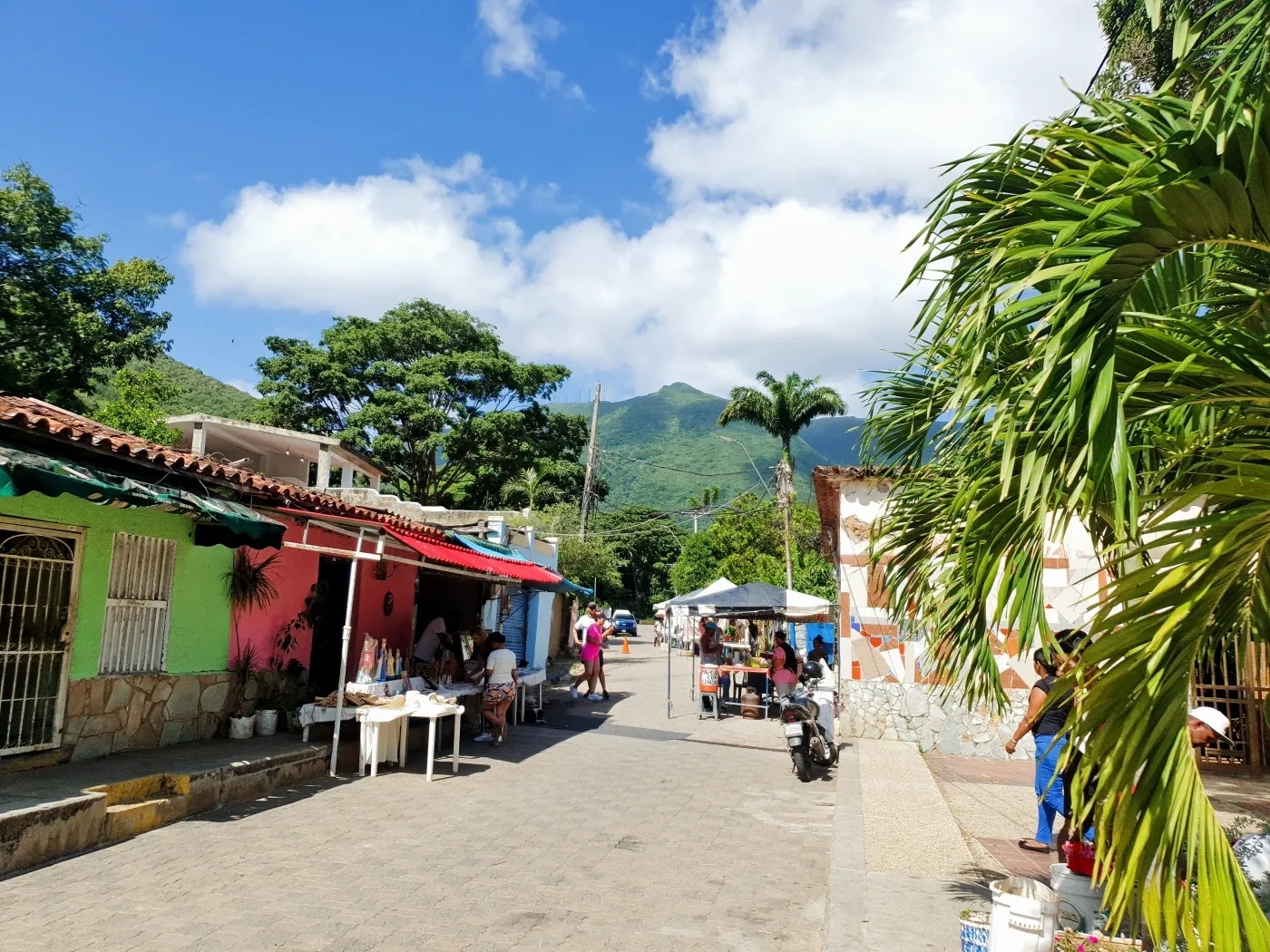
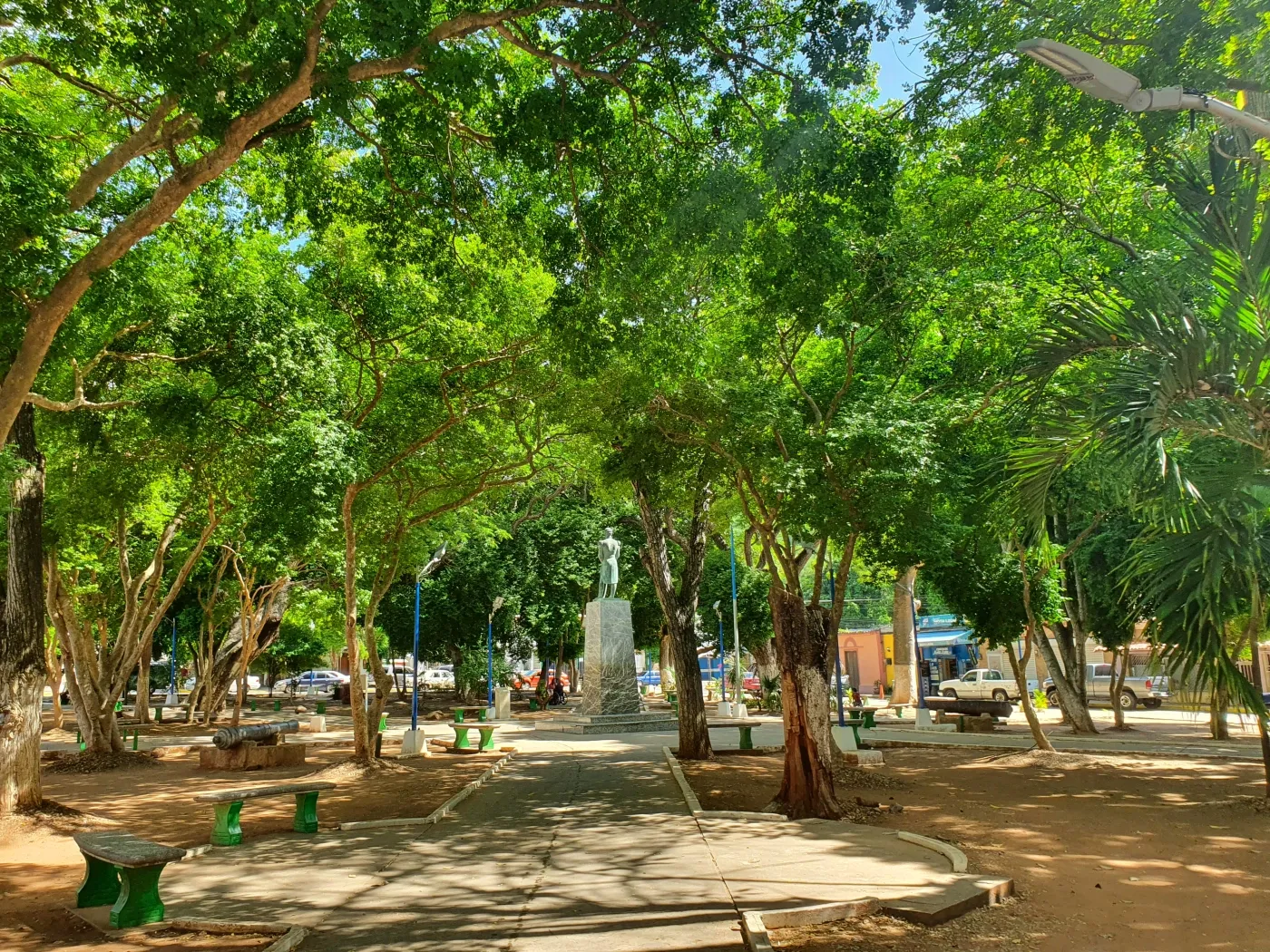
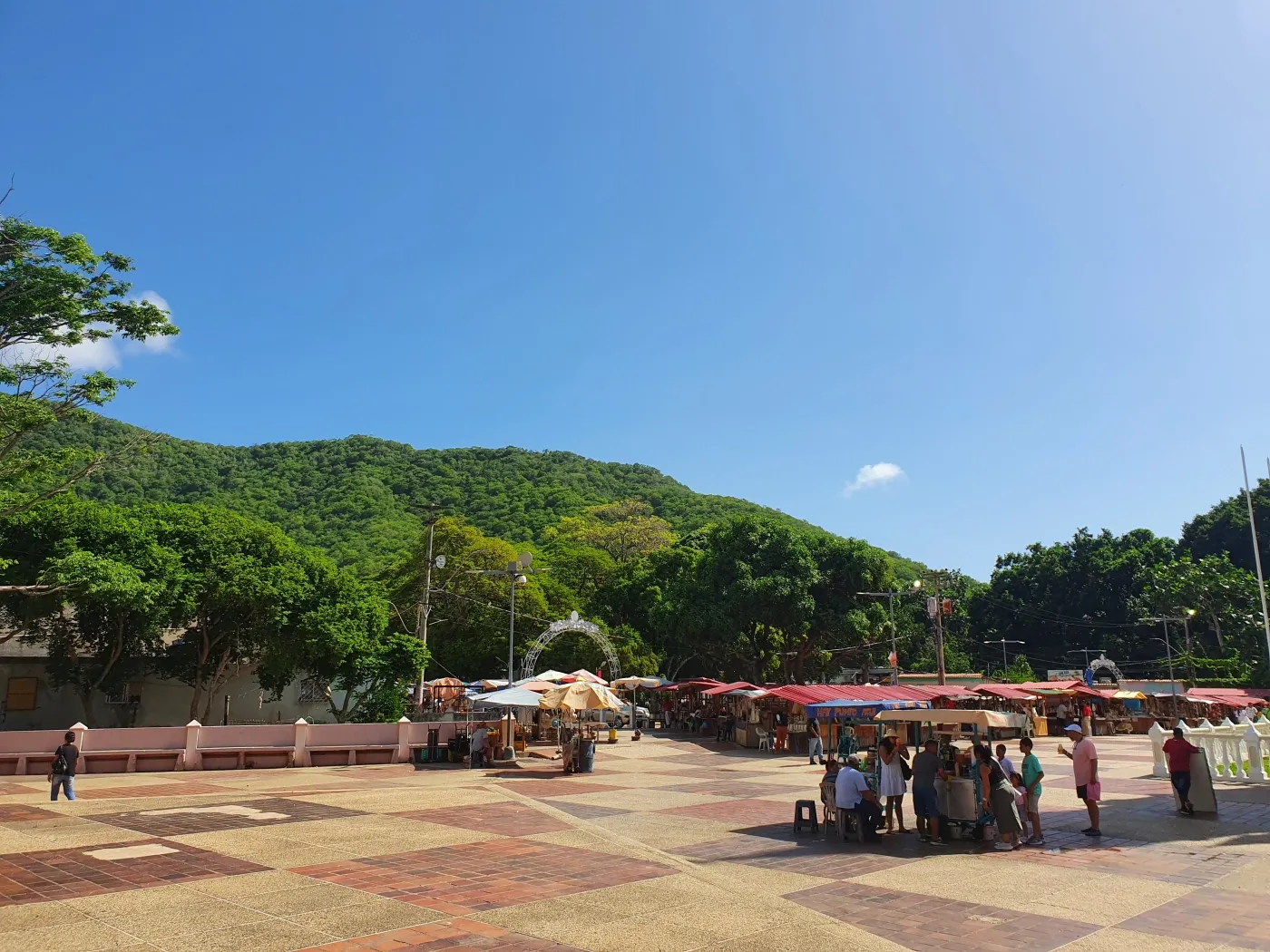
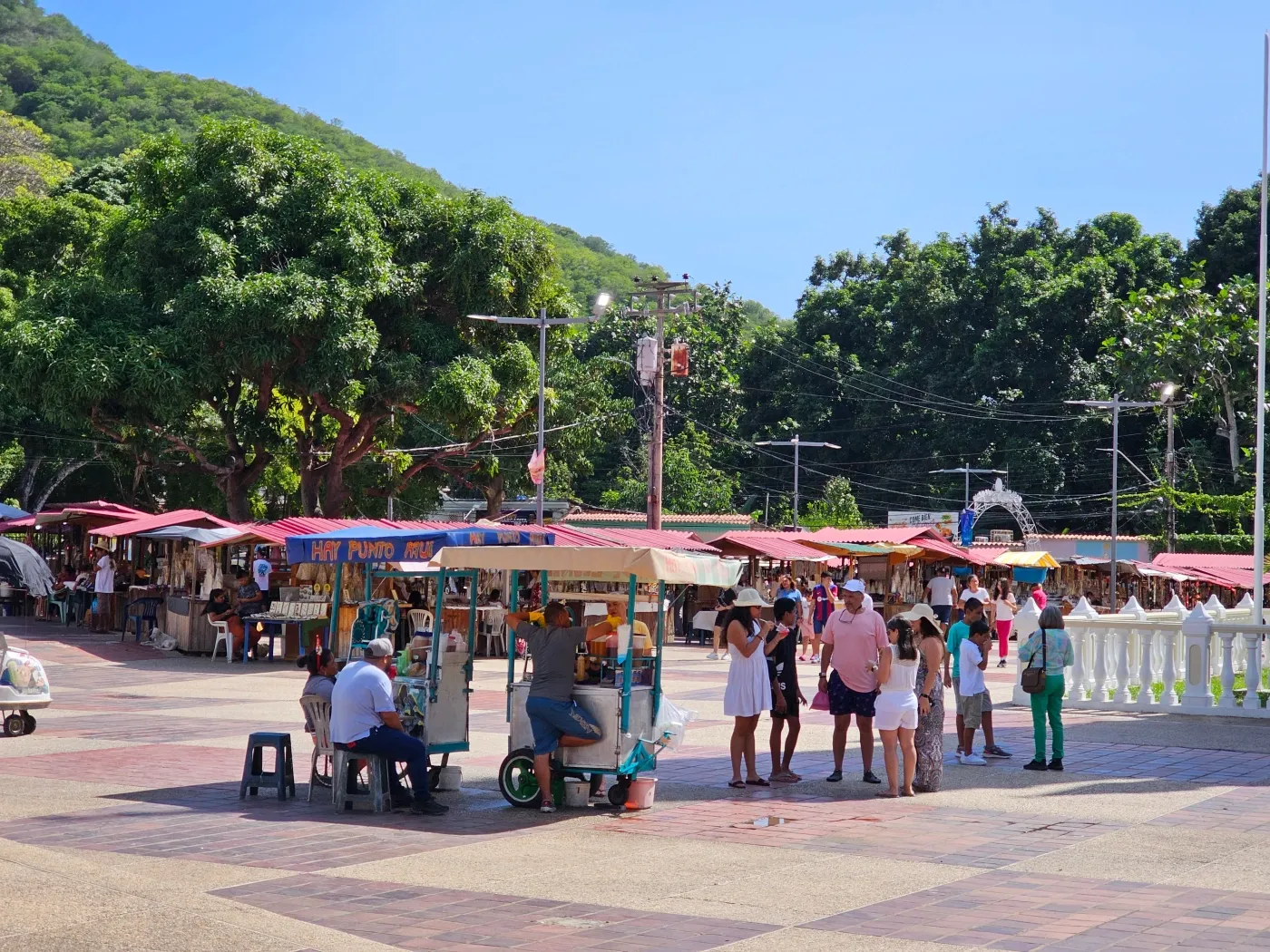
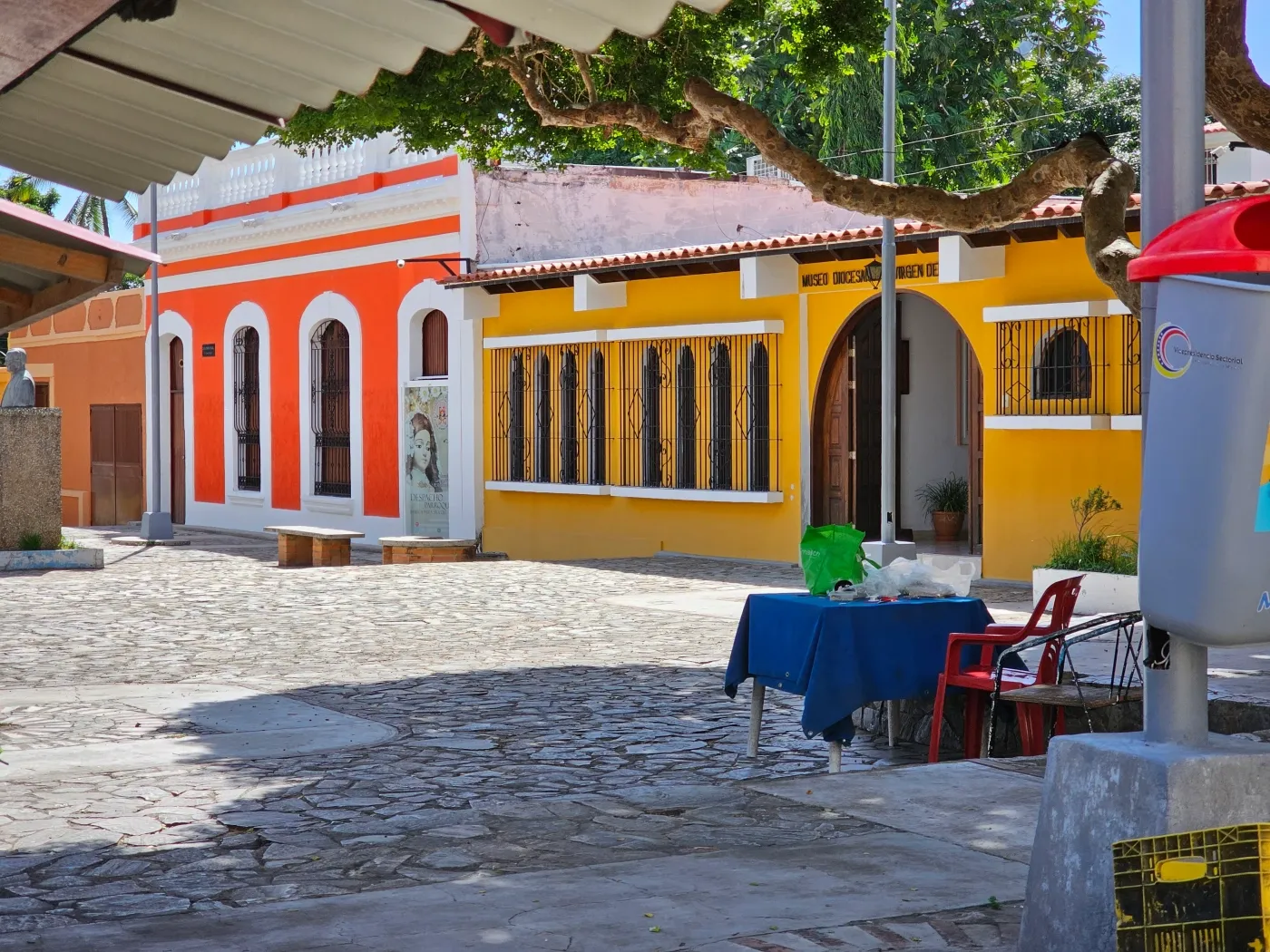
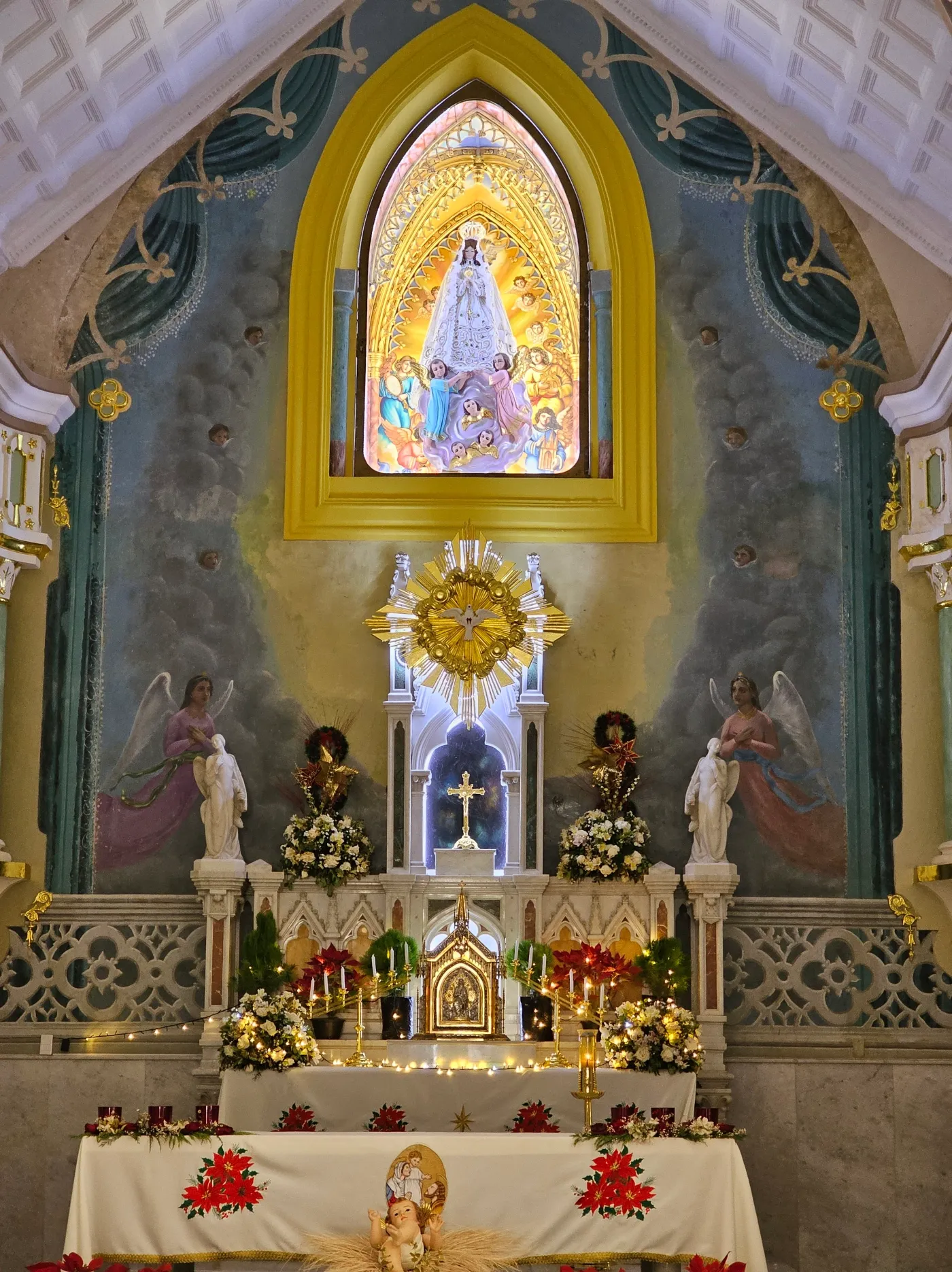
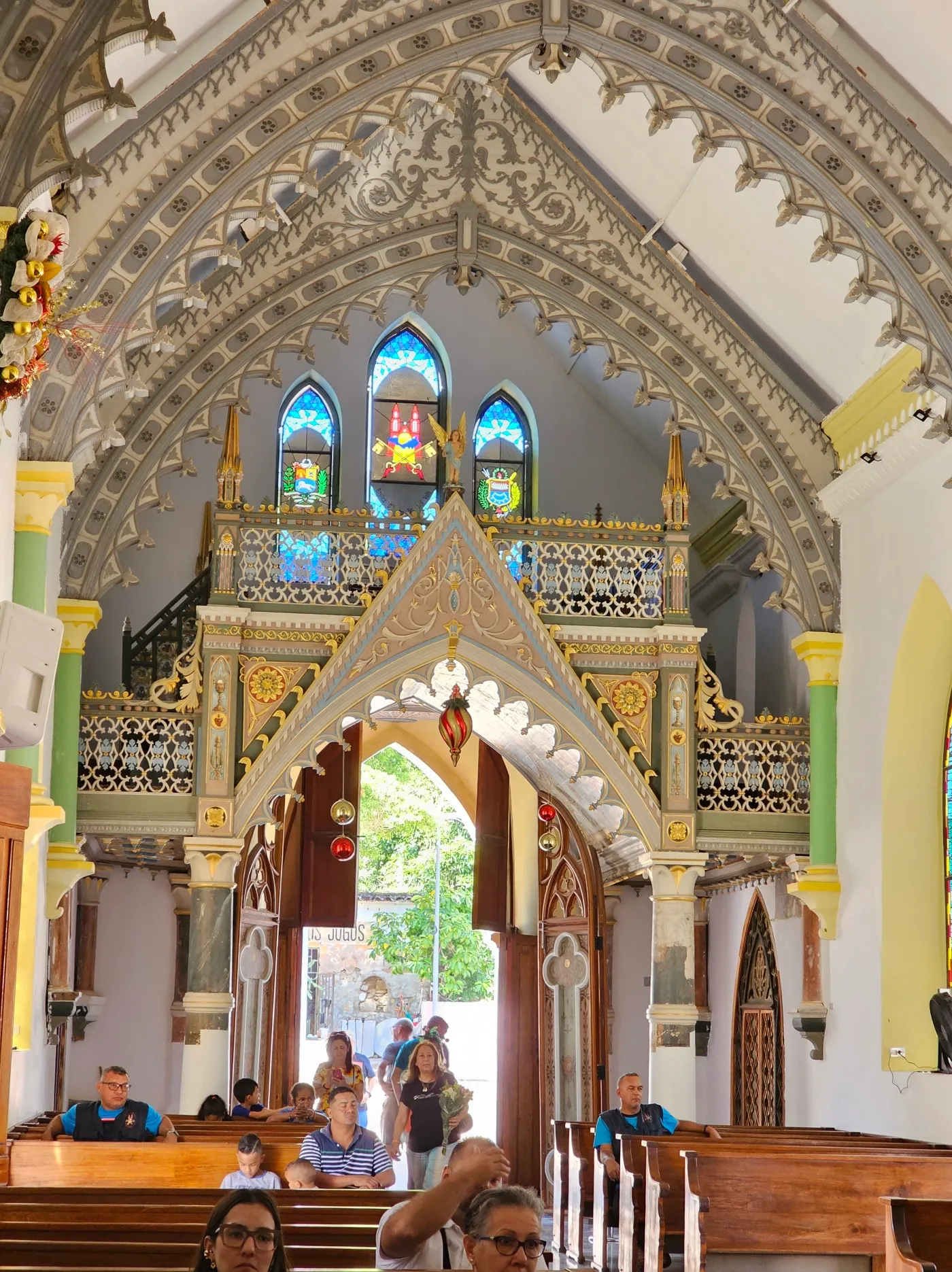
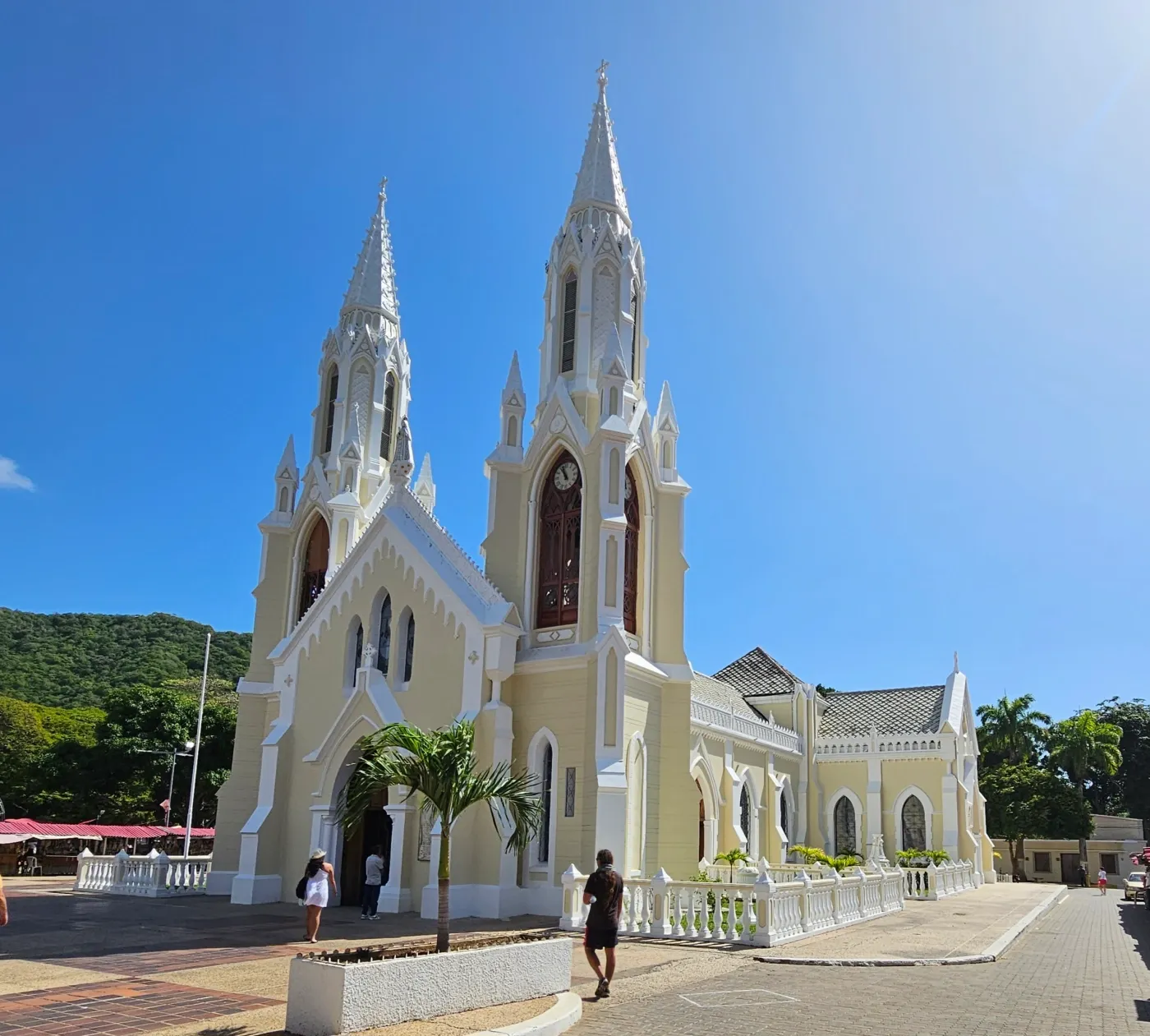
San Carlos de Borromeo Fortress Pampatar
“It was completed in 1684 for protection against the constant threat of pirates. The fortress was ransacked several times before Venezuela gained independence from Spain. Today the castle has been restored and serves as a museum.” wikipedia
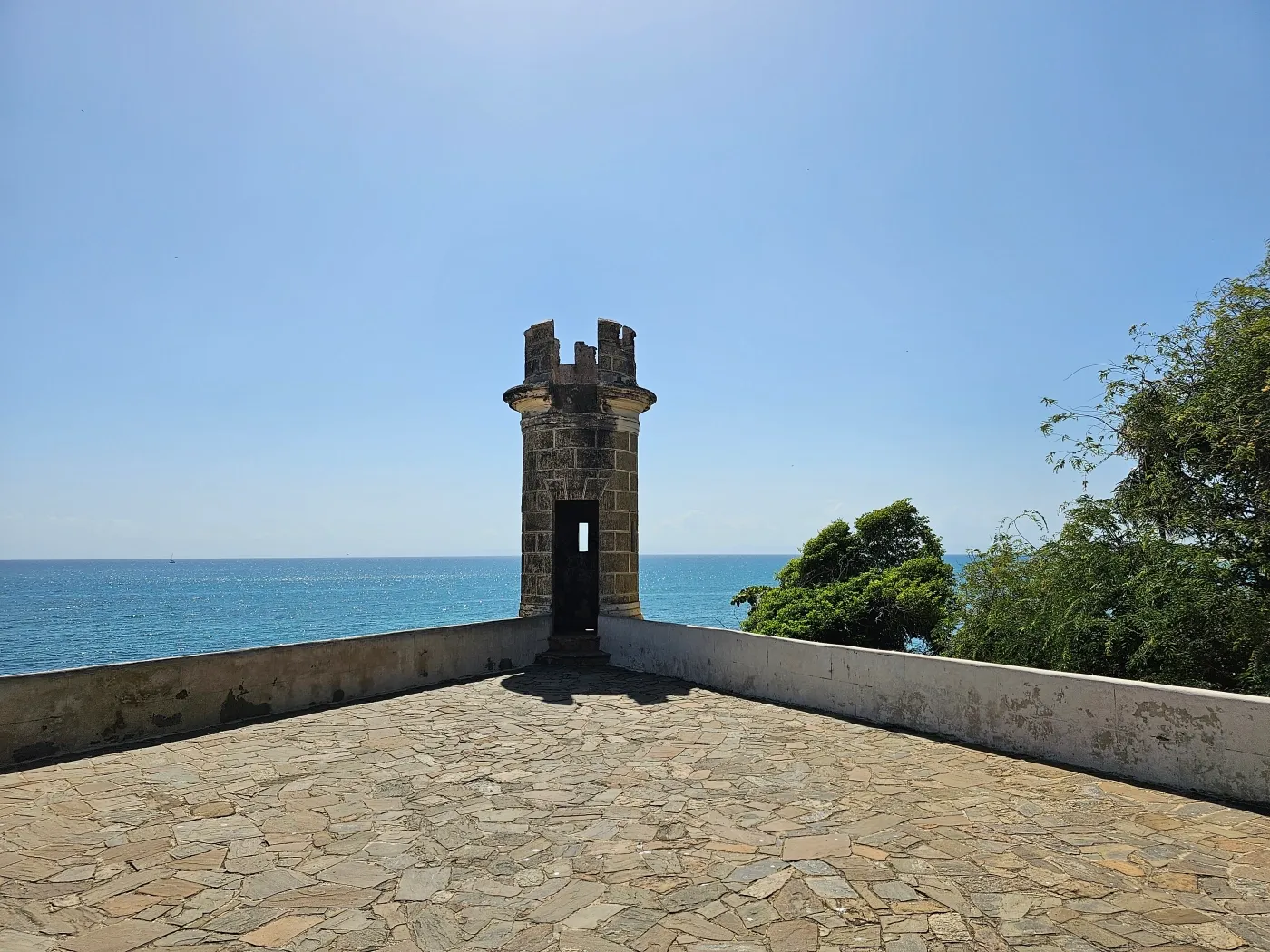
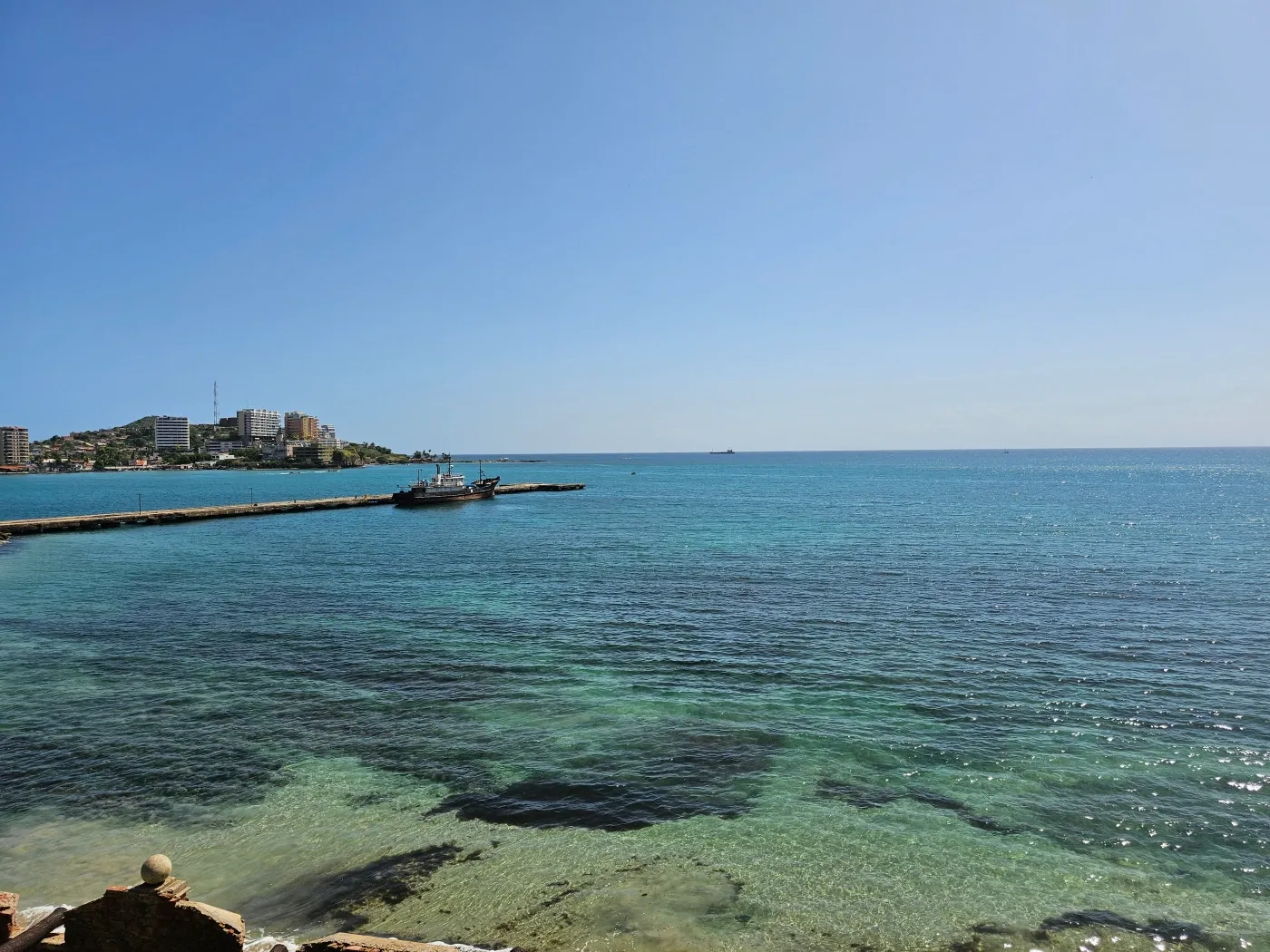
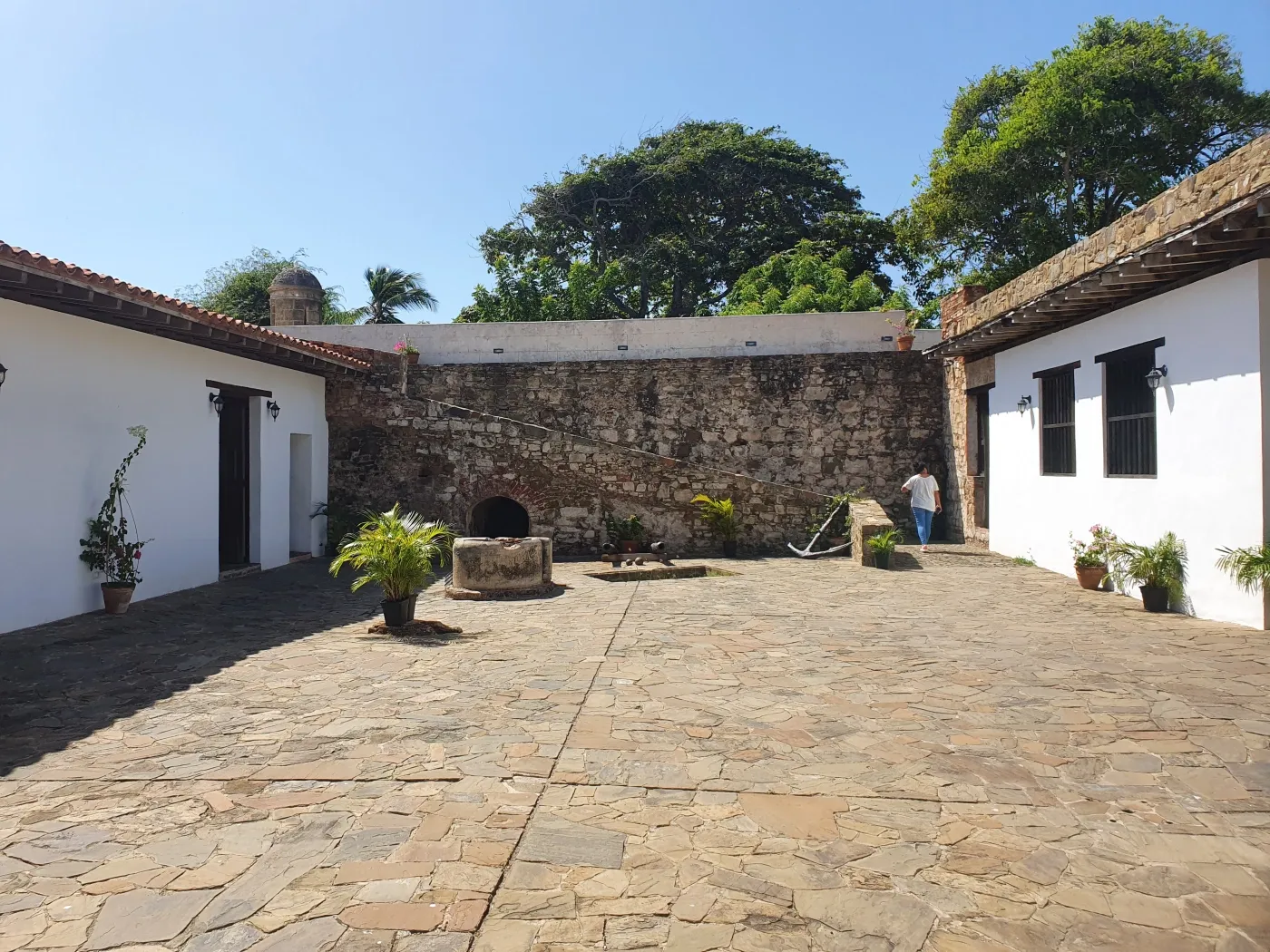
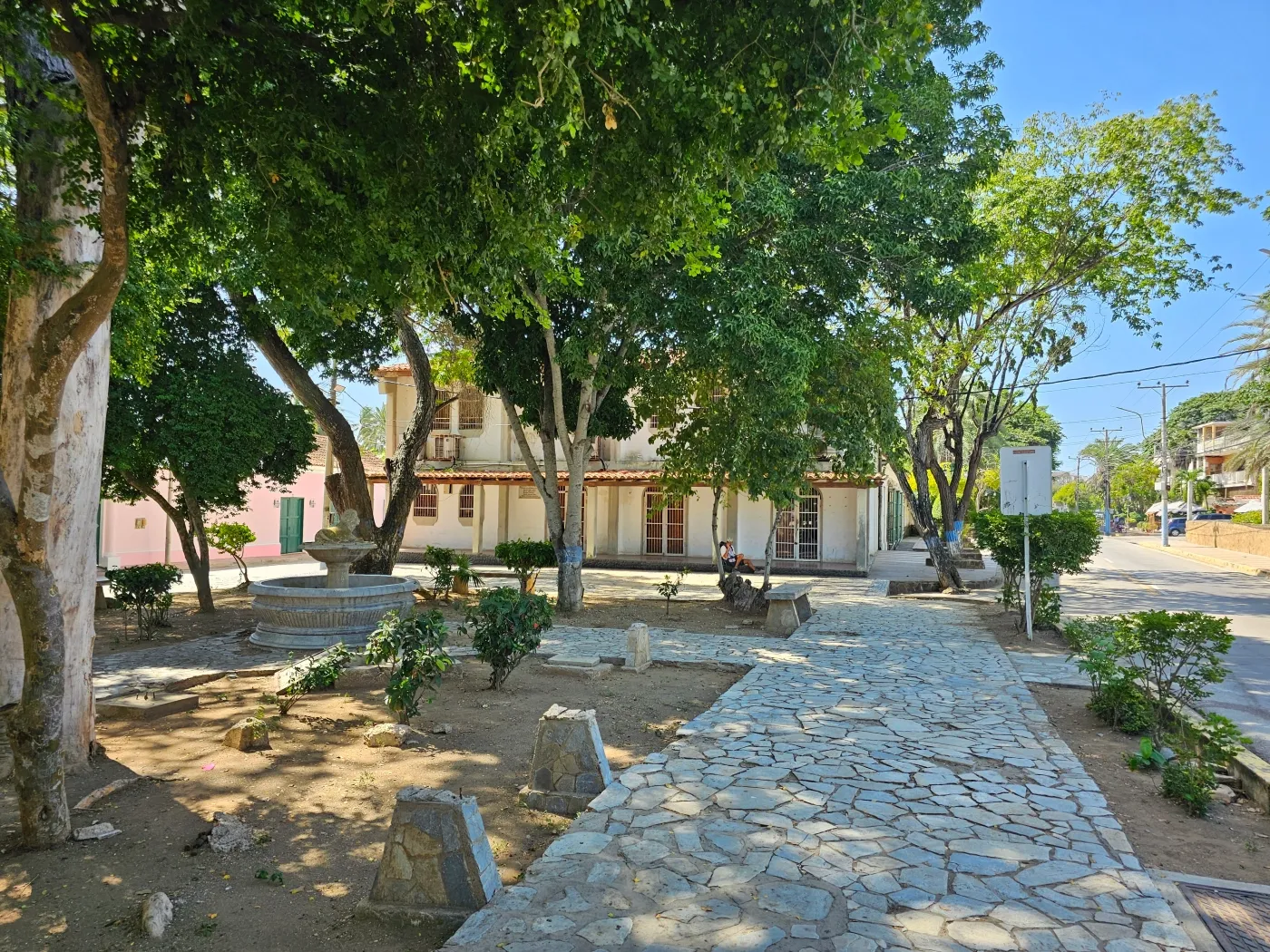
Faro De Pampatar, Punta Ballena
A lighthouse you can climb offers stunning views from the top, including the island, the Bay of Pampatar, the islands of Archipiélago de los Frailes, and the Salinas de Pampatar:
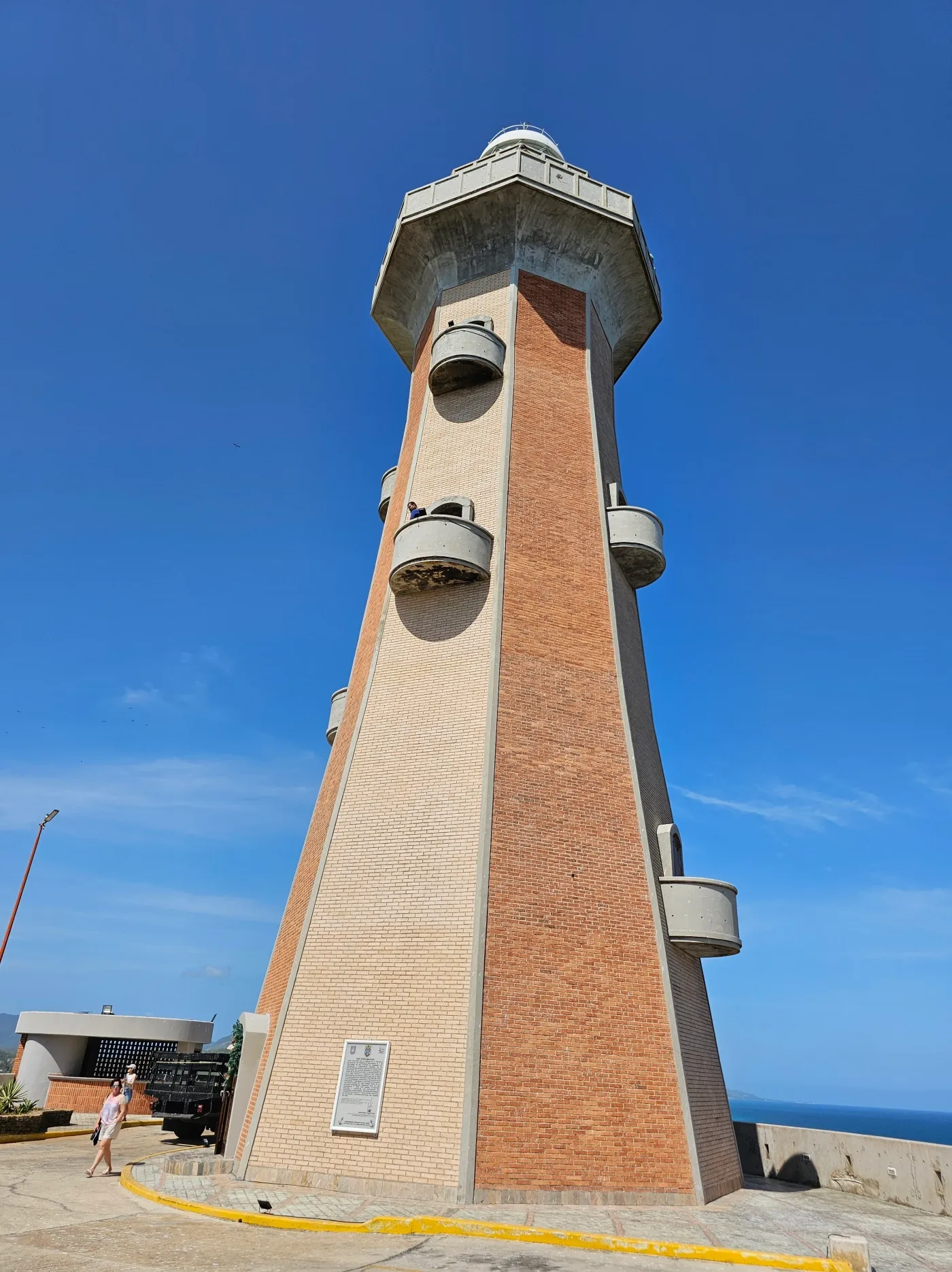
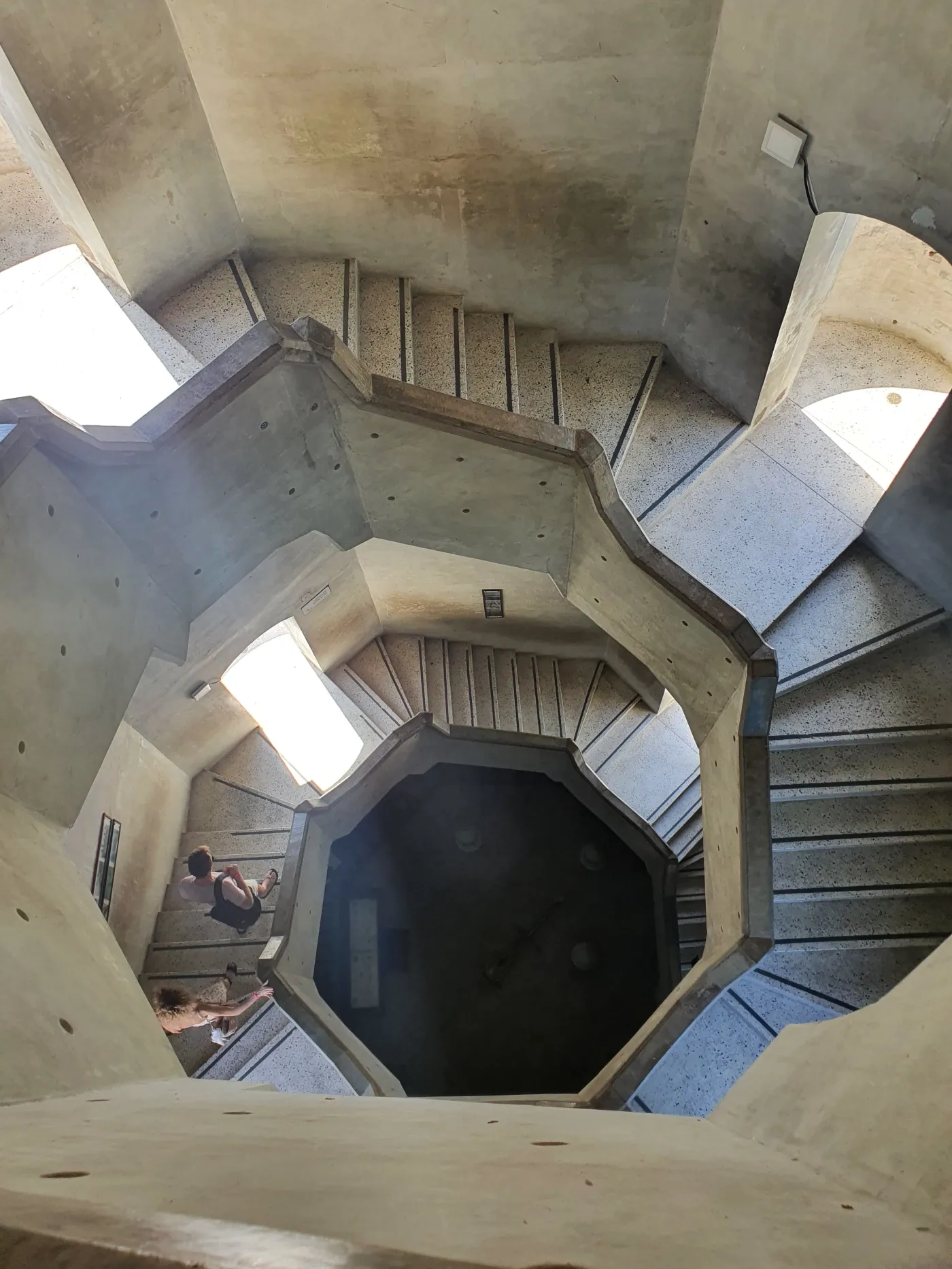
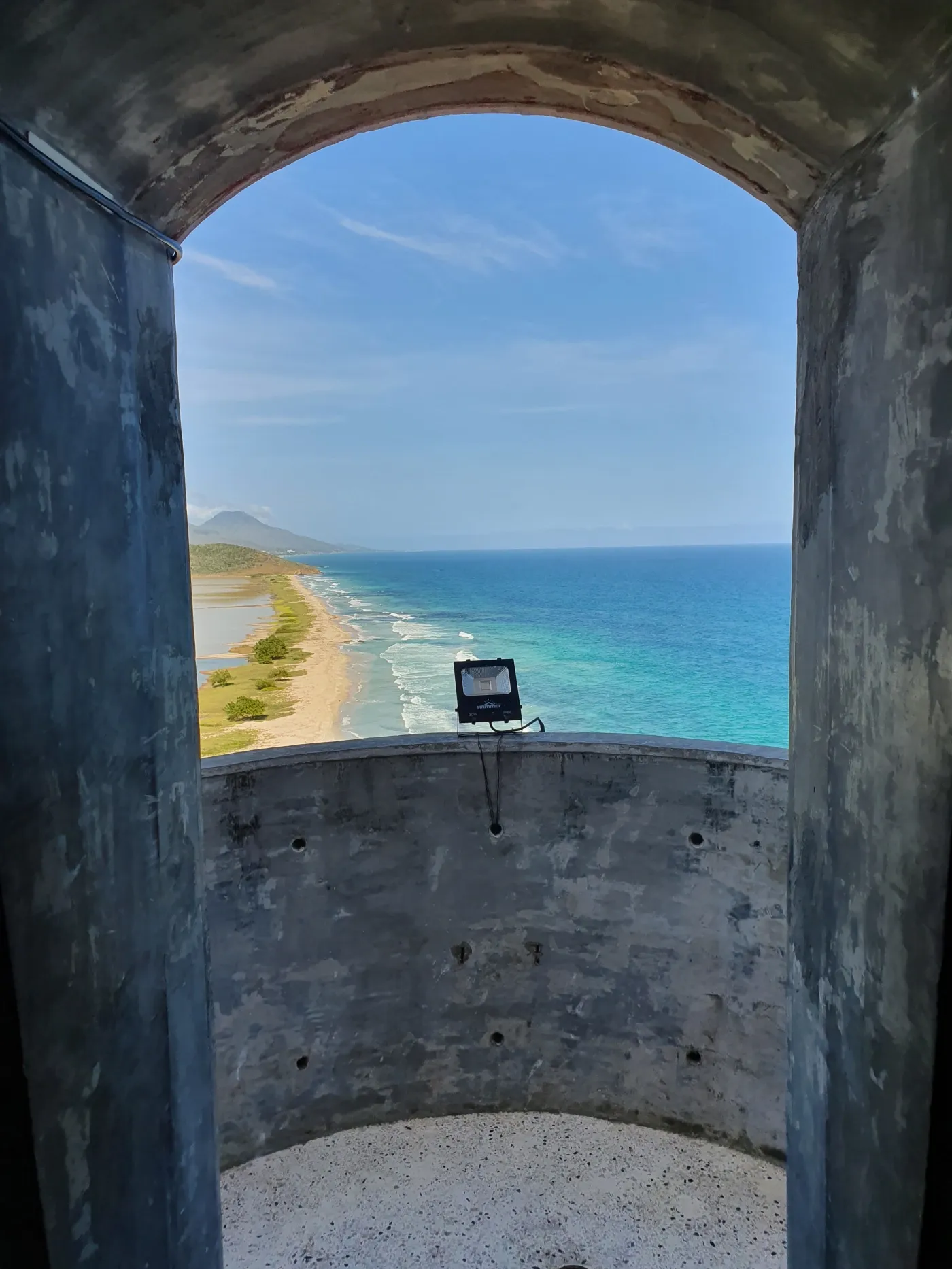
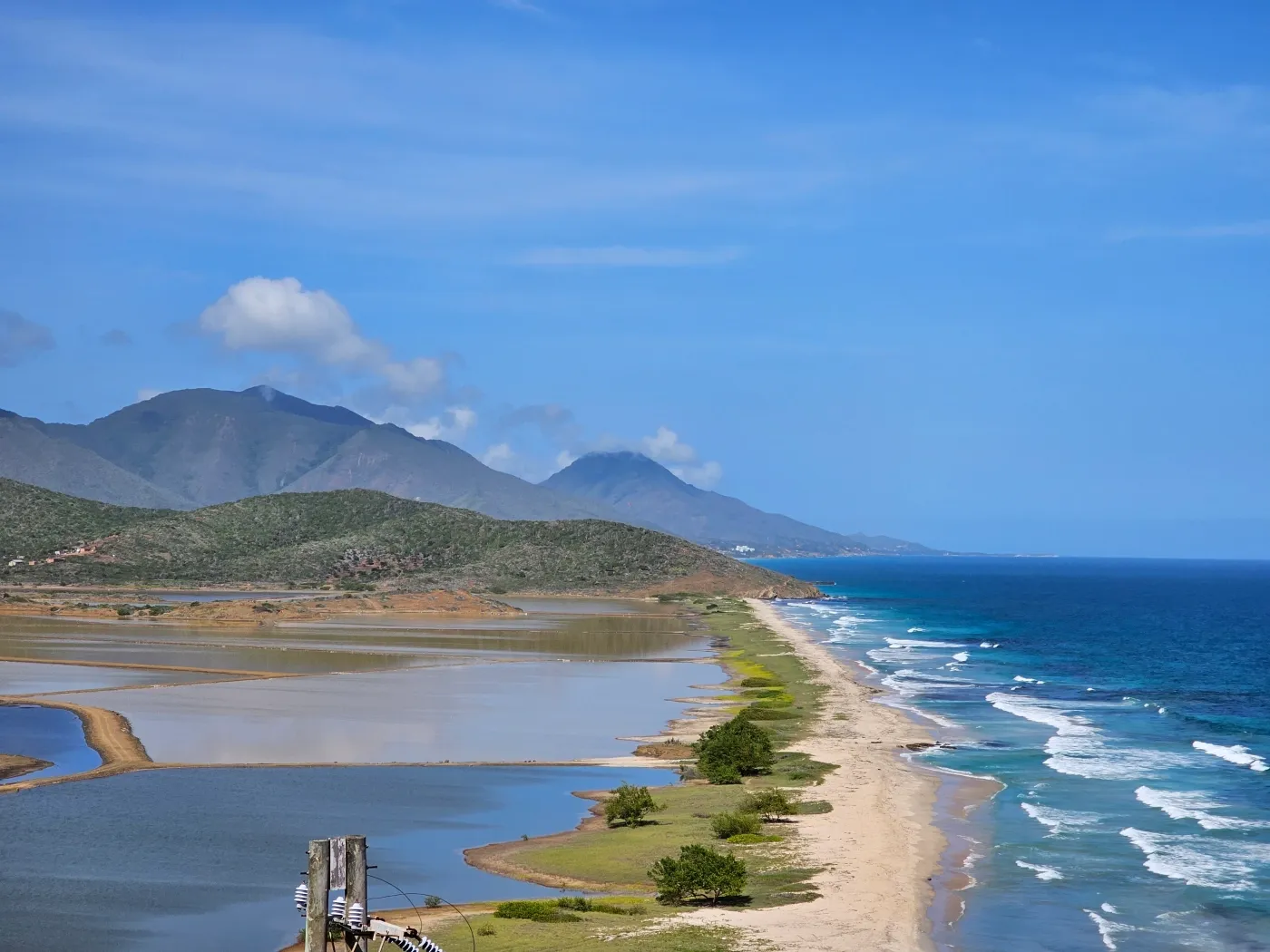
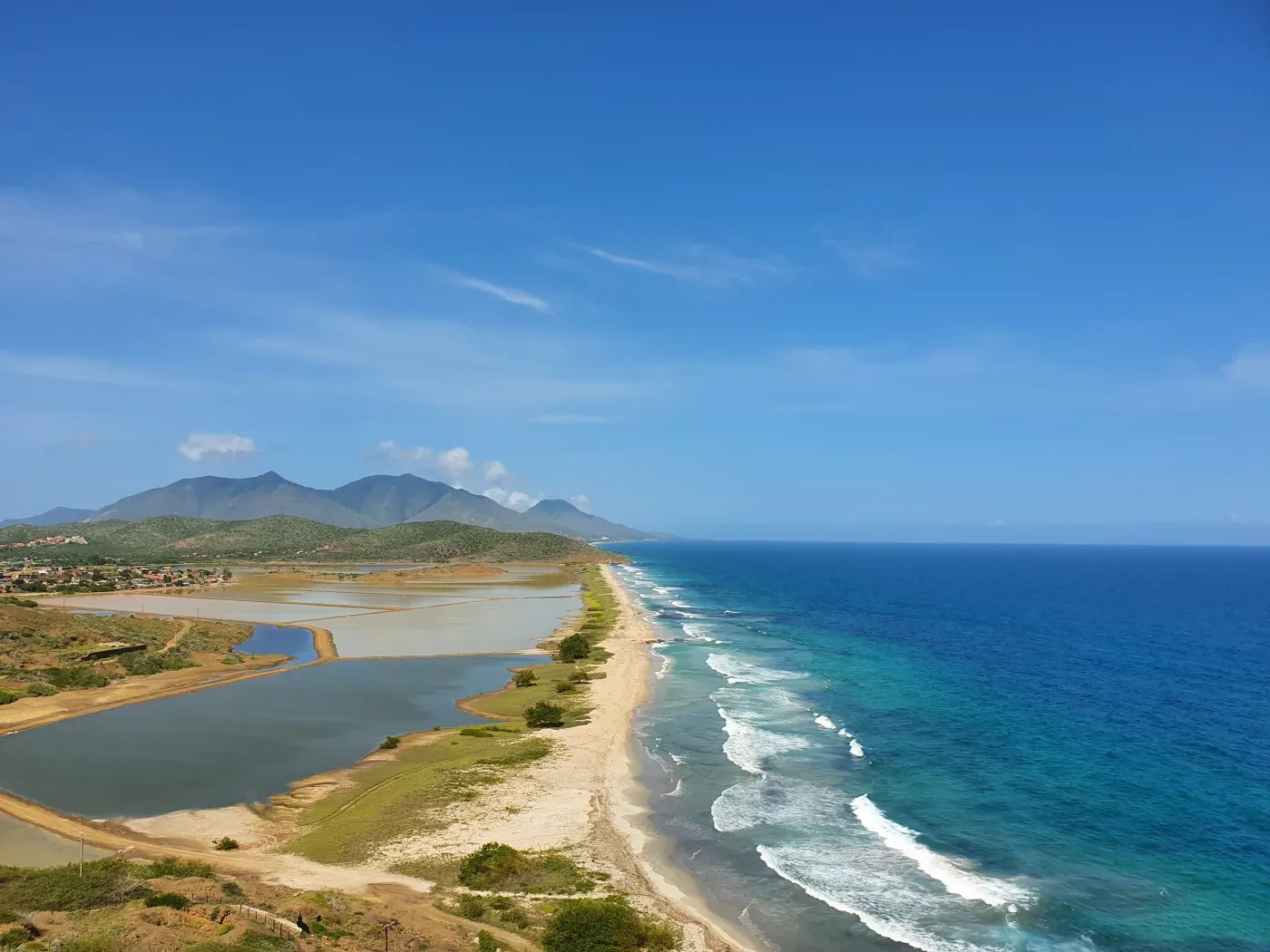
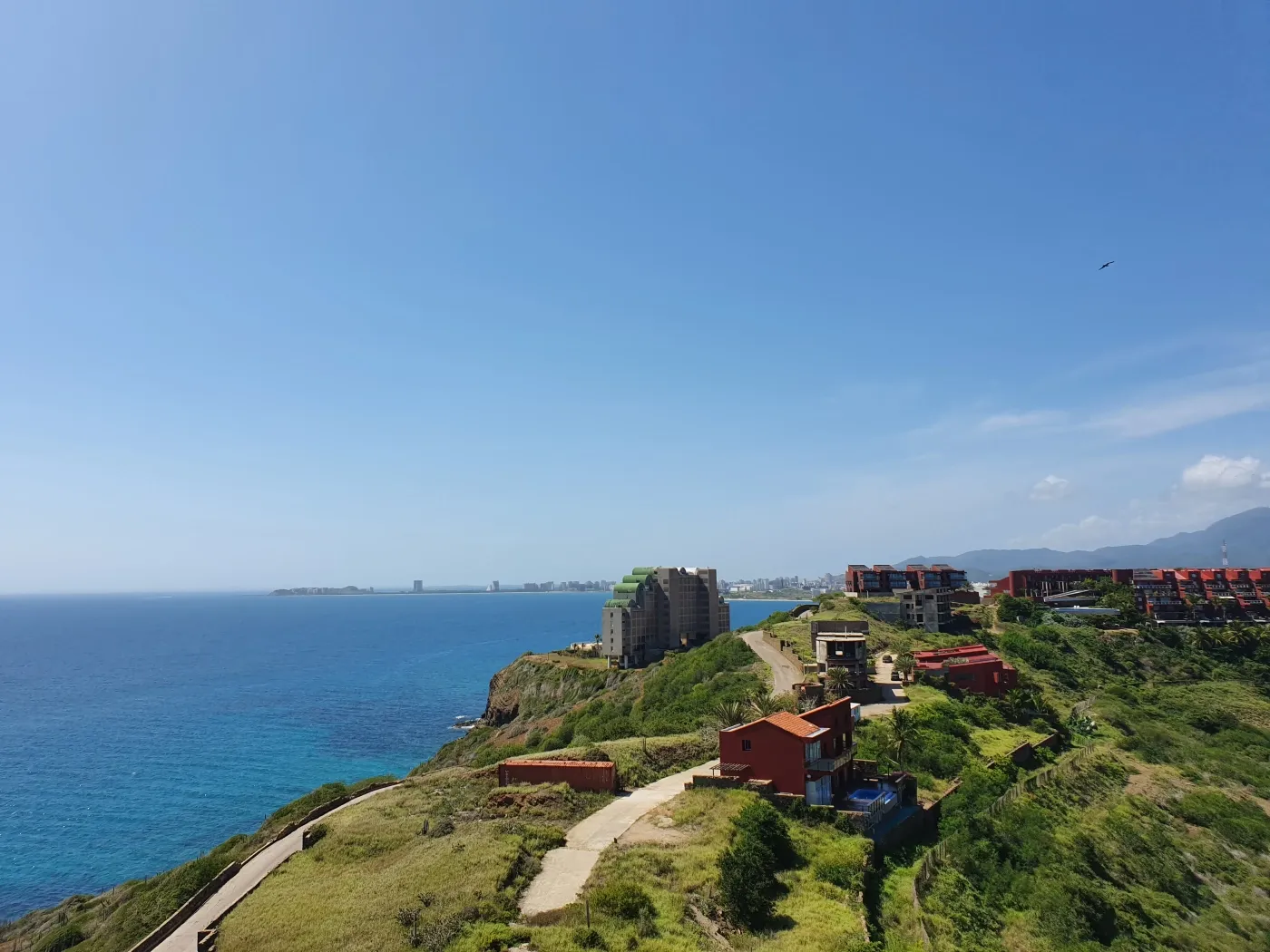
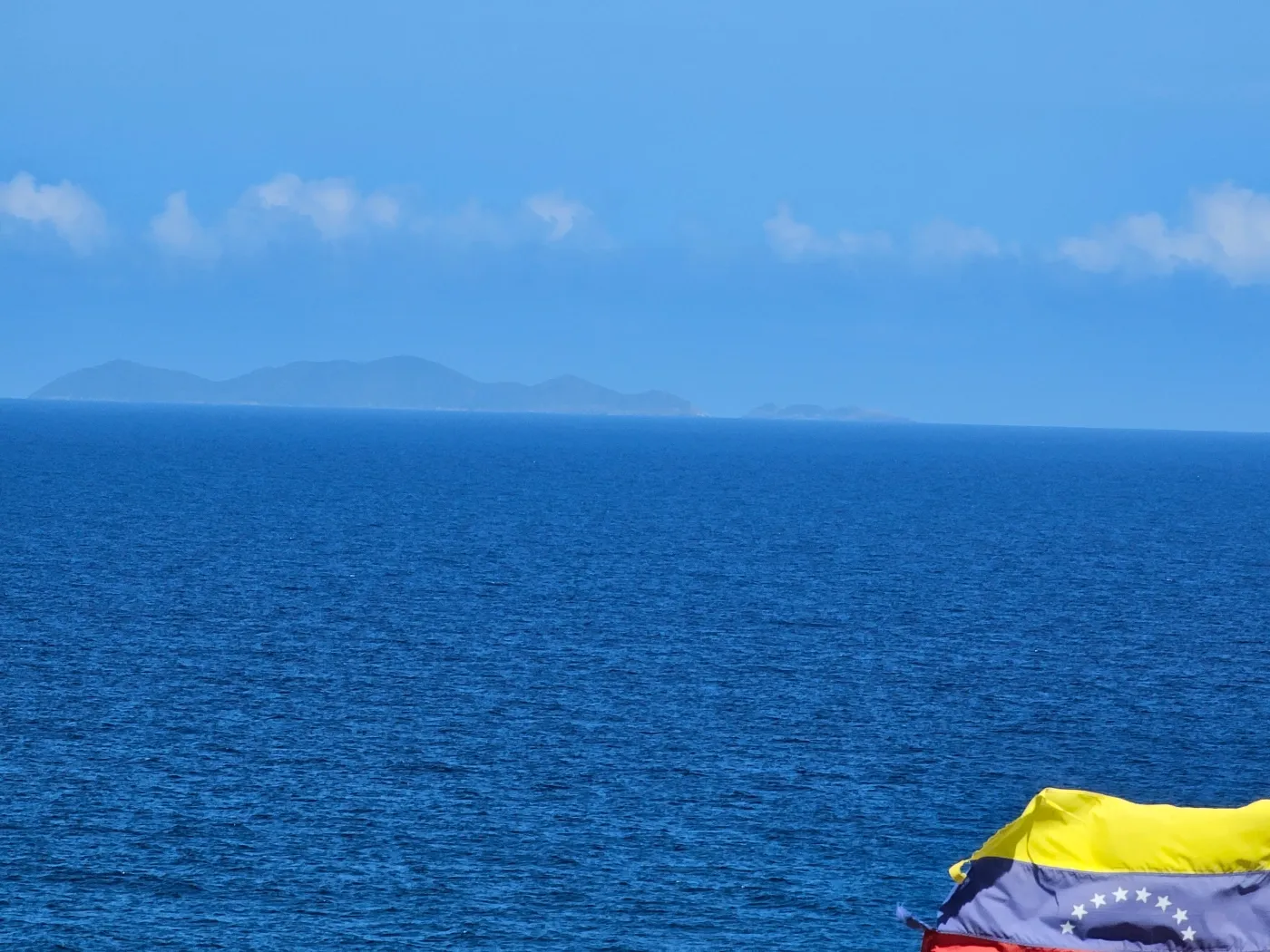
We didn’t see much of the salinas (evaporation basins for extracting salt from seawater) because they were full of water. As the water evaporates, the salinas transform in colour—turning pink first and then white when almost dry. more info in Spanish
Photos below are taken from google – the pink colour appears when part of the water evaporates, it’s caused by halophilic (living in environments with a very high concentration of salt) organisms. Flamingos that feed on these creatures also turn pink – the more they eat the pinker they are 🙂 . Once the water fully evaporates, what remains turns white—and that’s the salt!
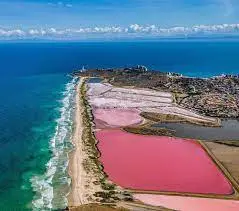
Juan Griego
The town and port are the northernmost in Venezuela. According to Wikipedia, “the city is named after Juan the Greek, in Spanish ‘Juan Griego,’ who was born in Seville in the early 16th century. He was a navigator who crossed the ocean to the Americas. He started a prosperous business of transporting captive Indigenous people from the island to Santo Domingo.” While the town was named after him due to the wealth he contributed to its founding, his actions are deeply troubling, and perhaps his name is best left unspoken.
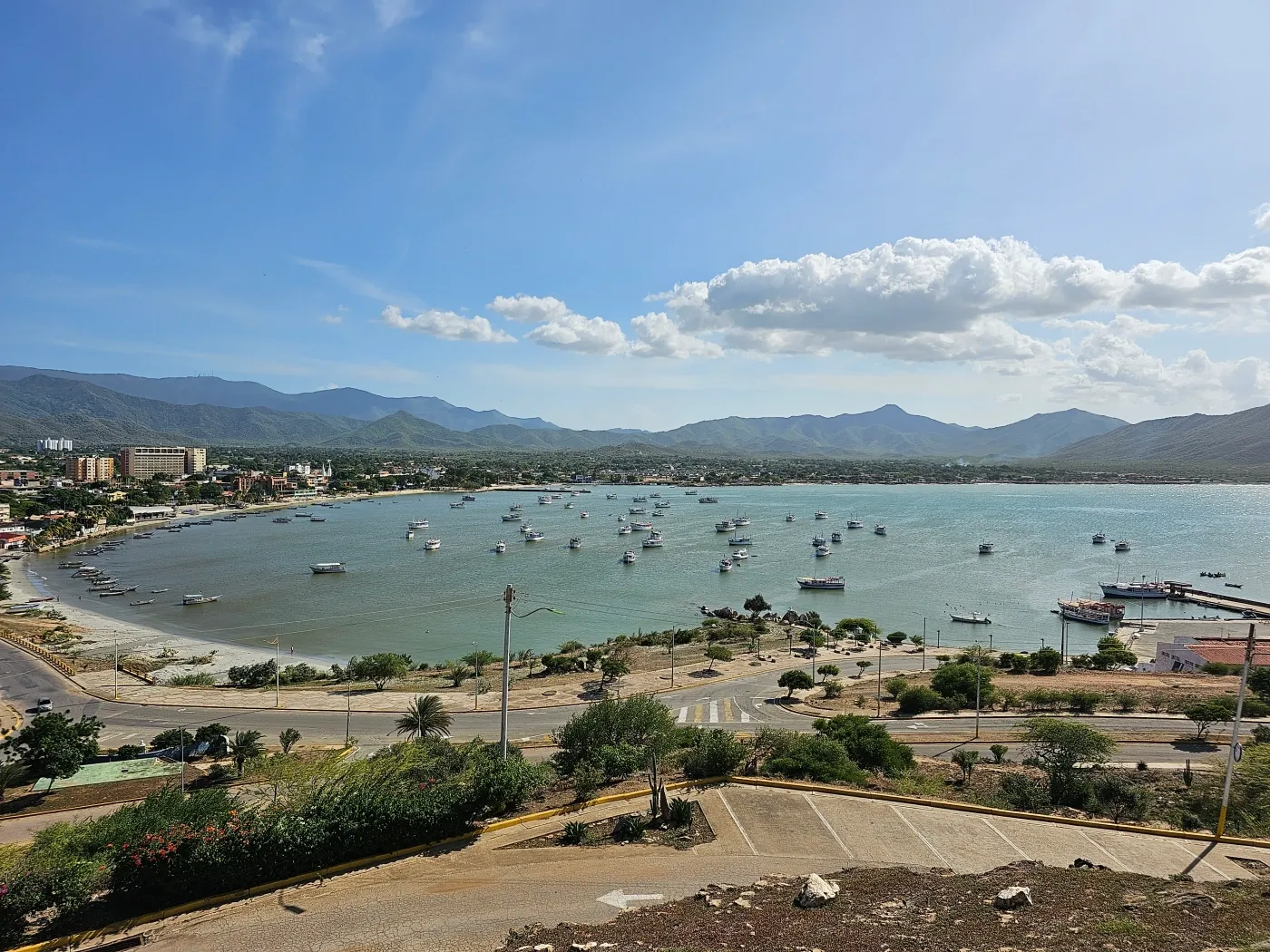
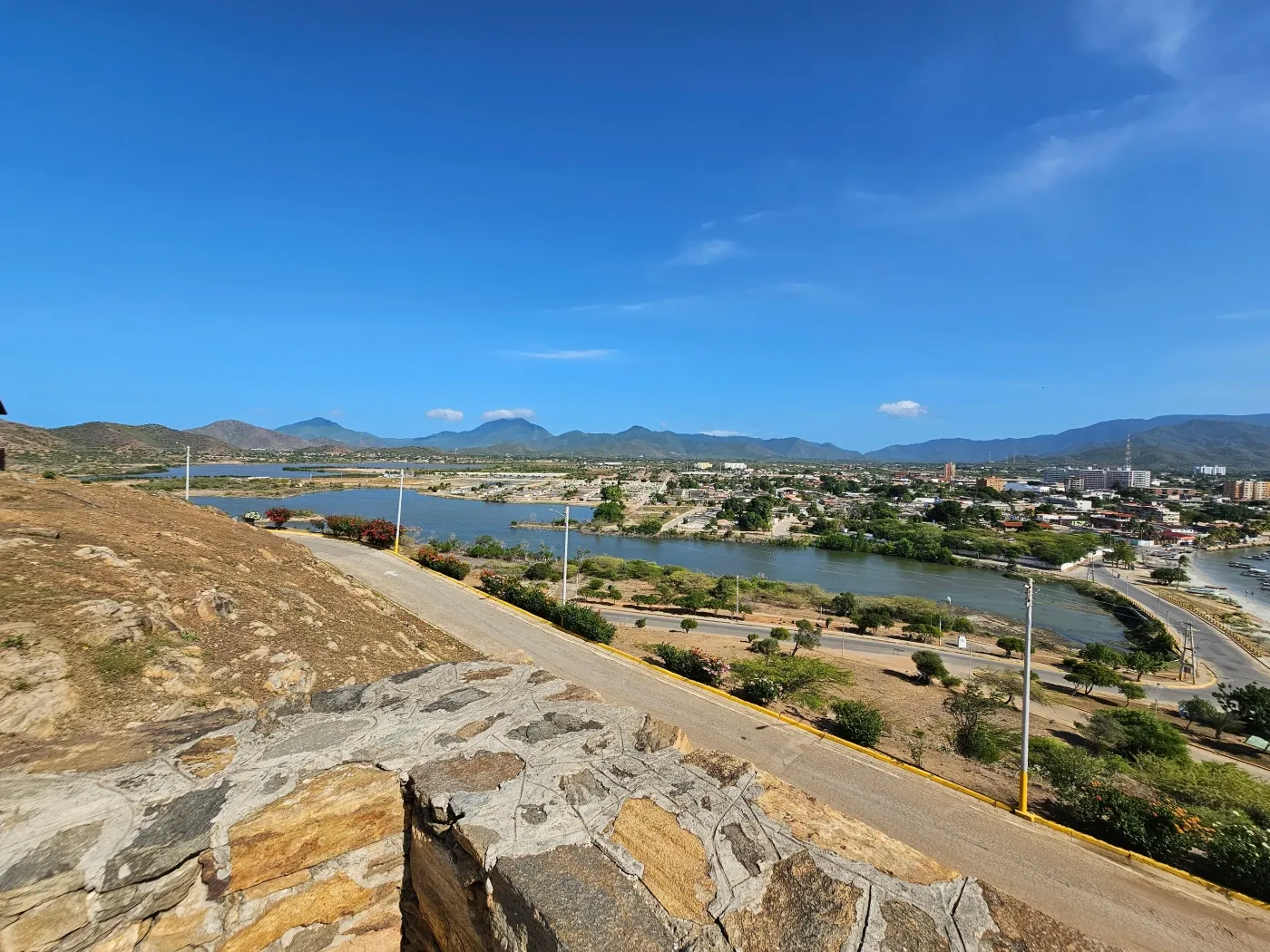
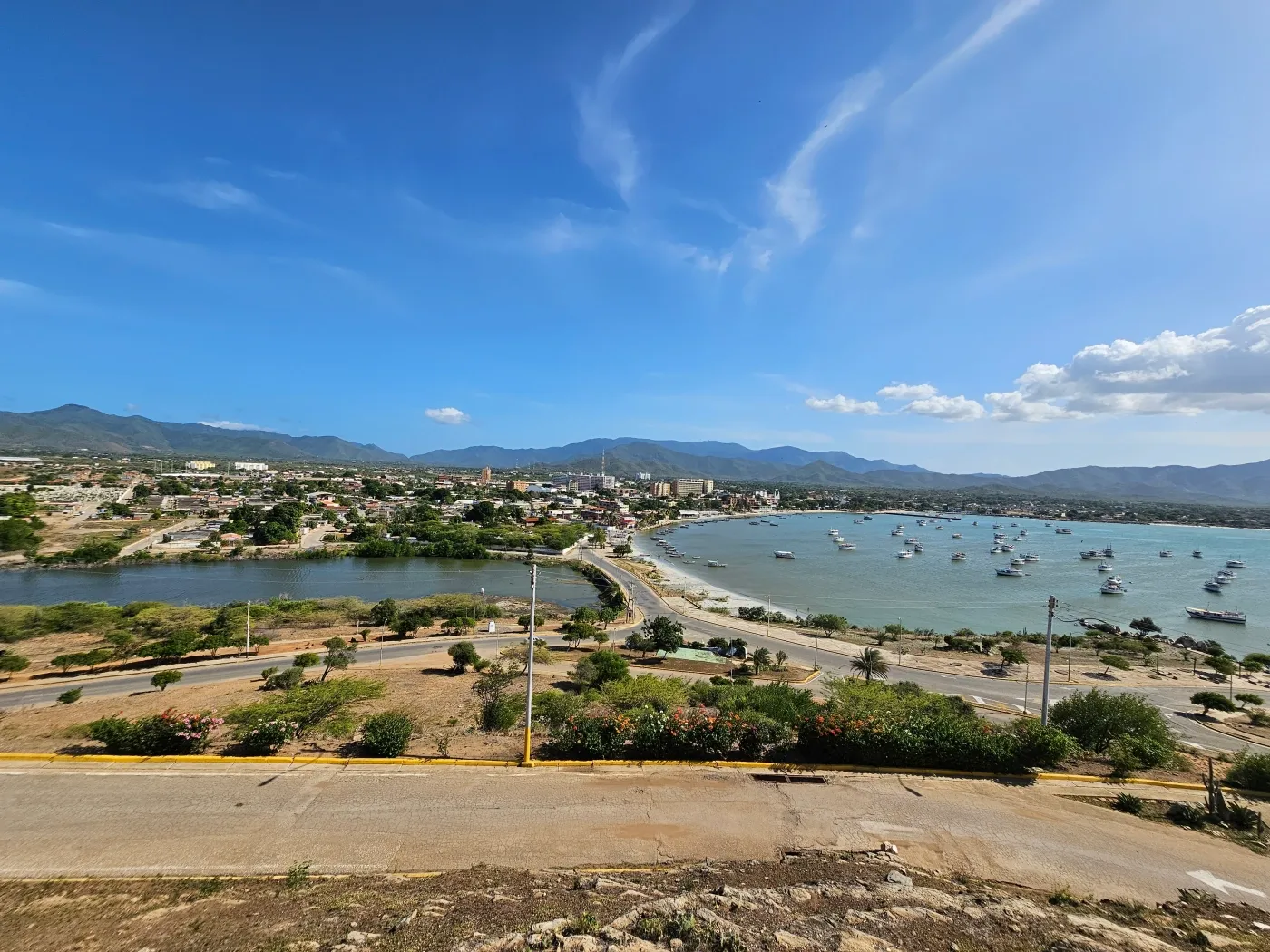
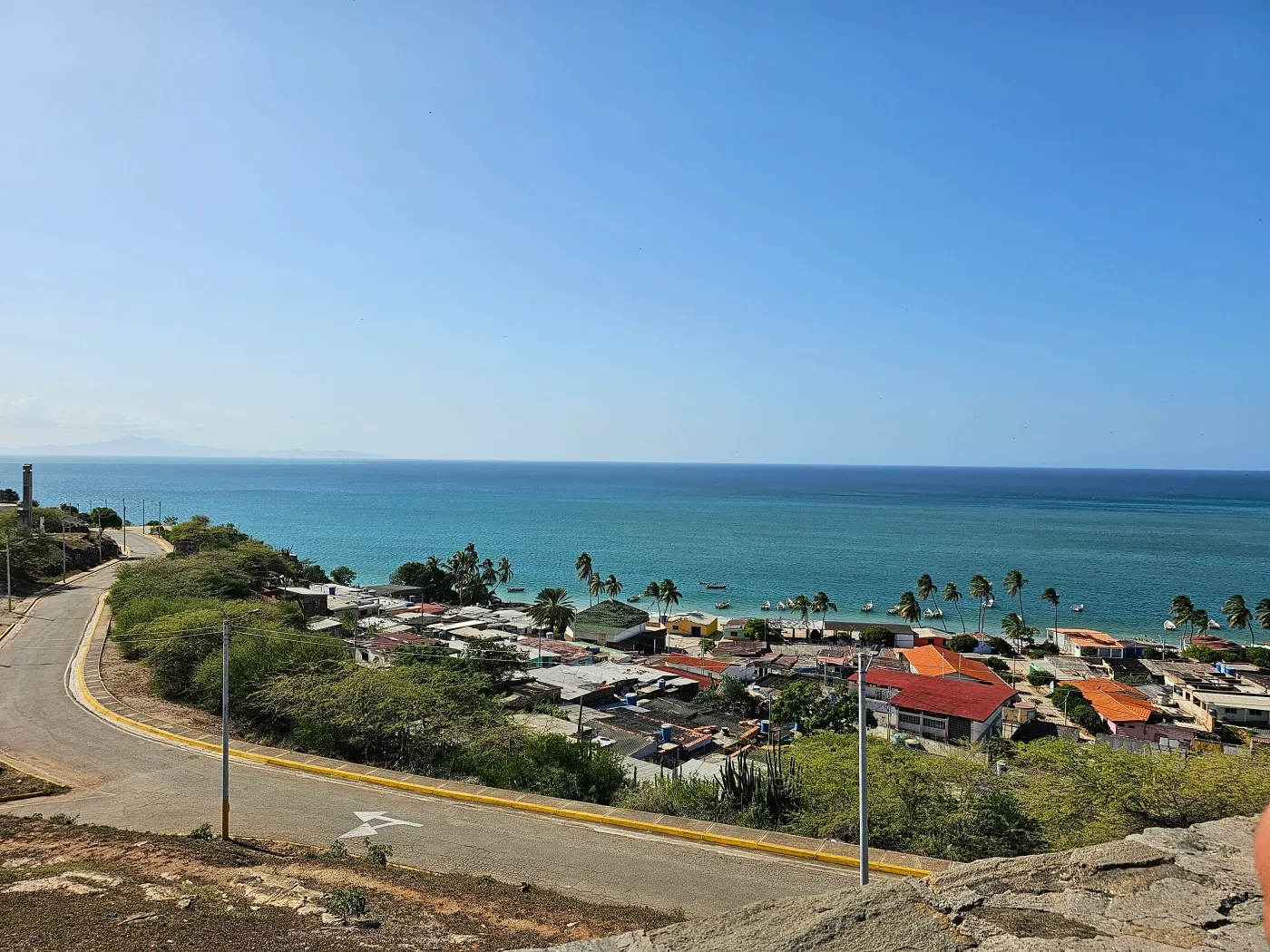
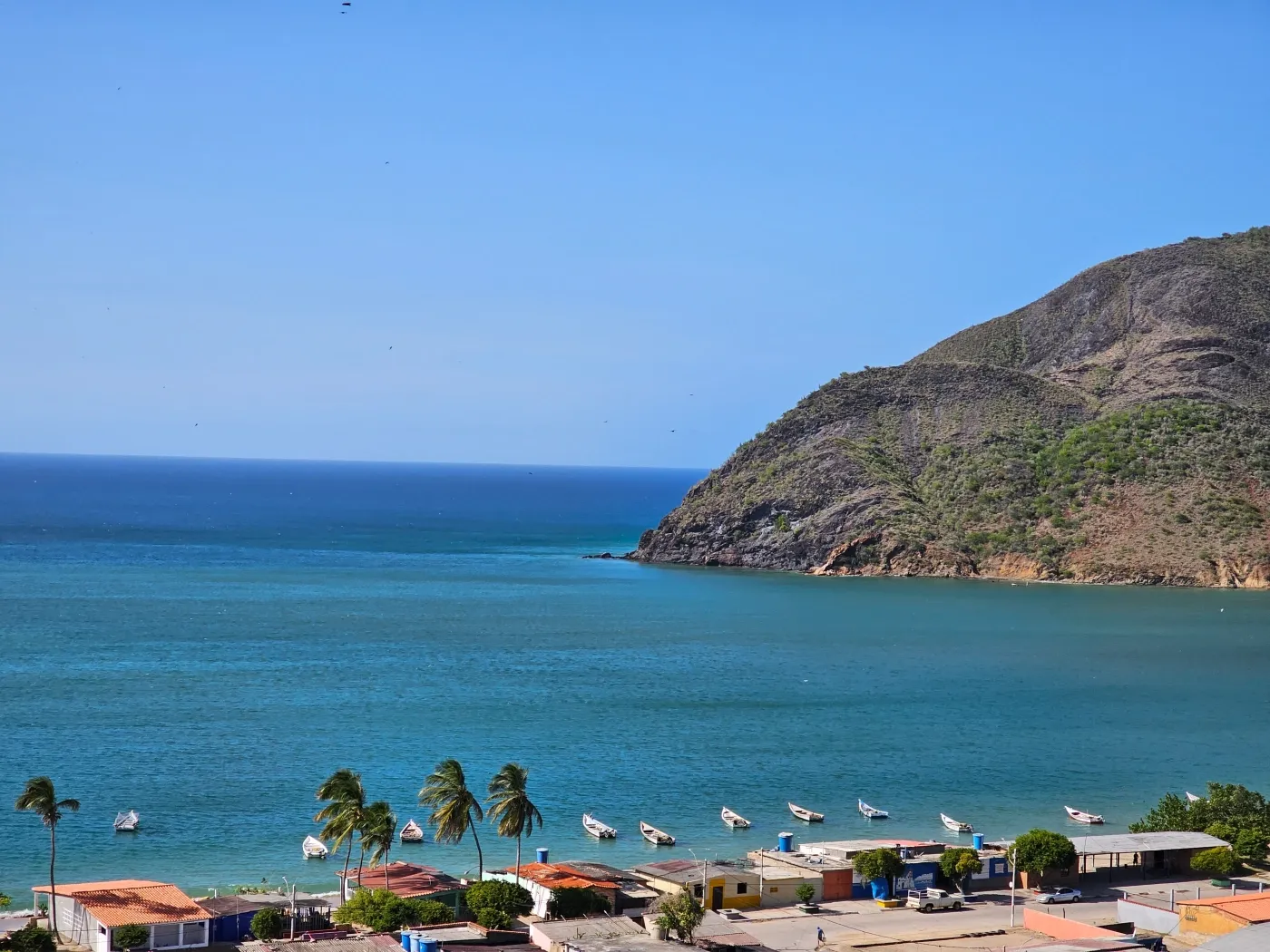
Cubagua
Isla de Cubagua is the smallest island in the Nueva Esparta State, covering an area of 22.4 square kilometres. The island has a few small settlements, but little else—there is no water supply and no electricity.
The smallest, deserted island has the most interesting and tragic history. The first human settlement on Cubagua dates back to 2325 BC, but it wasn’t a permanent settlement. The island was used as a source of oysters for food and pearls. In 1498, Cubagua was sighted by Christopher Columbus along with Margarita Island. Later, in 1499, Spanish expeditions returned to exploit the island's abundant pearl oysters, enslaving the indigenous people and harvesting the pearls intensively.
In 1528, Cristóbal Guerra founded the city of Nueva Cádiz, the first settlement to hold the title of “city” in Venezuela. By 1530, Nueva Cádiz had a population of 223 Europeans and 700 natives. At its peak (around 1535), it had over 1,500 people, which completely exhausted their primary source of wealth—pearls. The decline of Nueva Cádiz was swift. By 1539, fewer than 50 people remained on Cubagua. After a hurricane destroyed the remaining buildings in 1541, the colony was completely abandoned. The ruins, some of which are partially submerged, were declared a National Monument of Venezuela in 1979 (more information in the video below).
Being on the island truly feels like being in paradise. The water is crystal clear and calm, the sand is almost white and soft. We went there on the 25th of December. There were only two groups of tourists, two catamarans, and a few people on the island. It was very nice, with no engines' noise as people were using only kayaks.
A short five-minute walk from the main beach, and it was just 2 of us and the island.
Playa I Love Cubagua (I’m sure it’s not the correct name but name thanks to the sign)
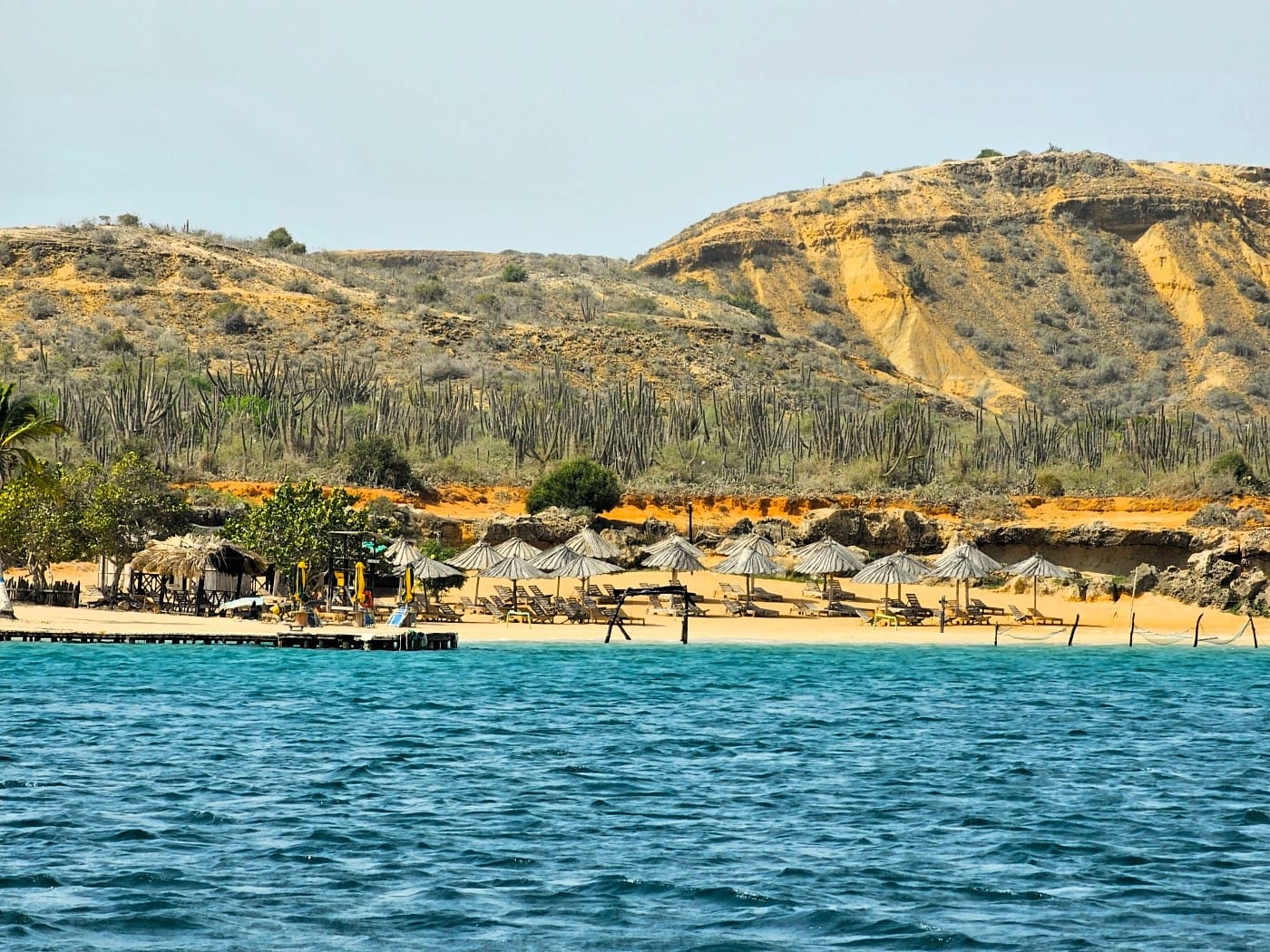
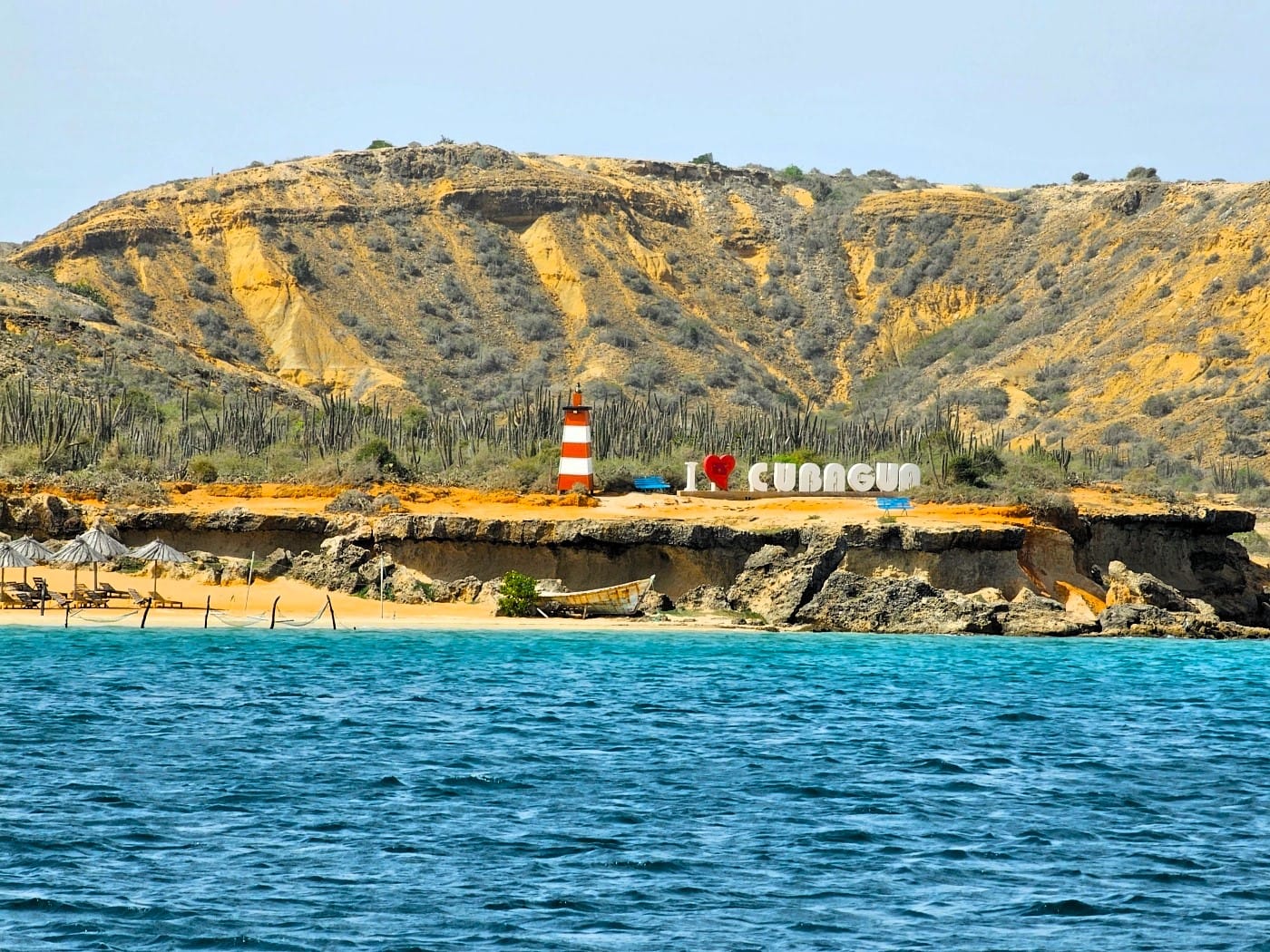
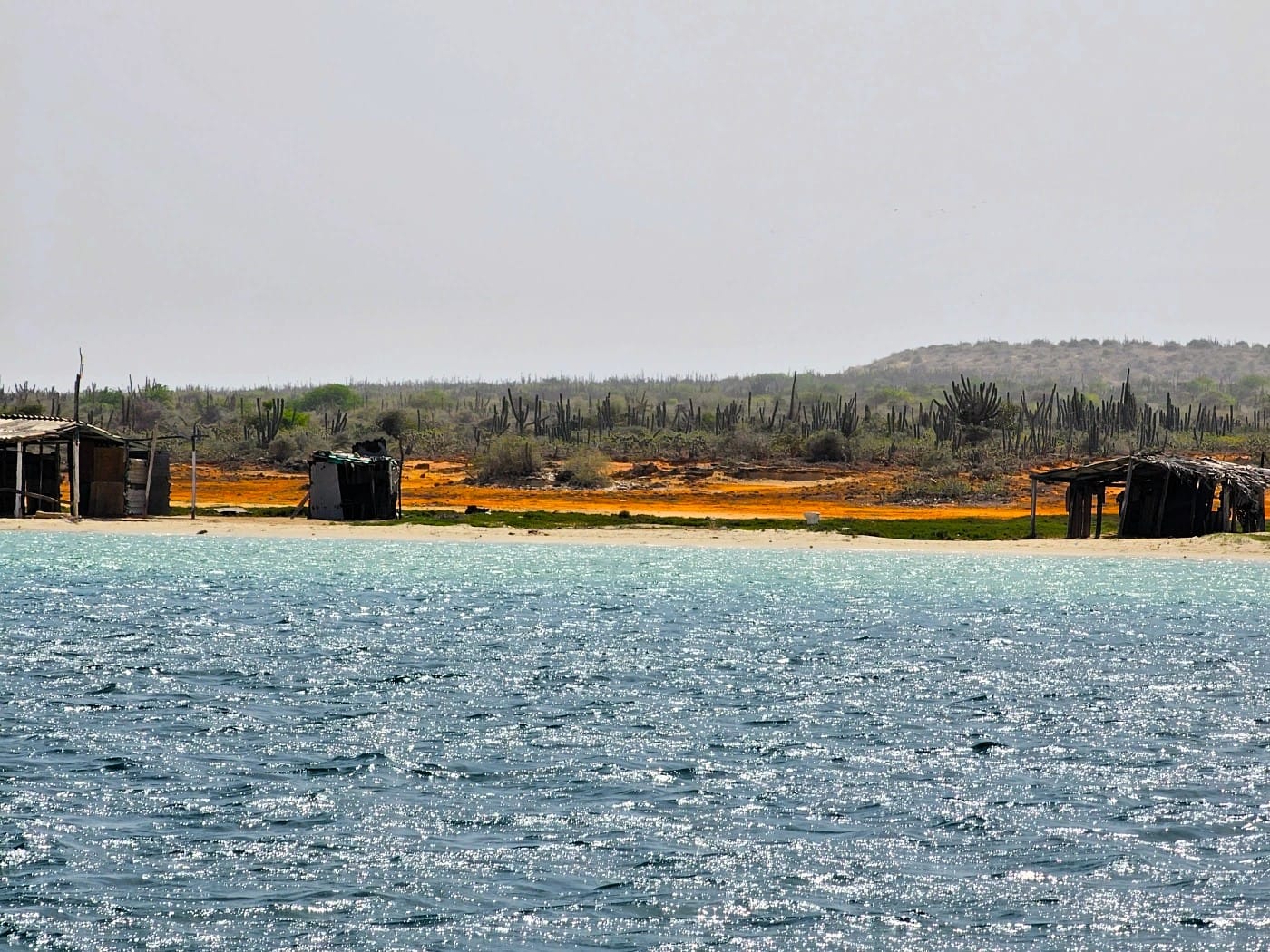
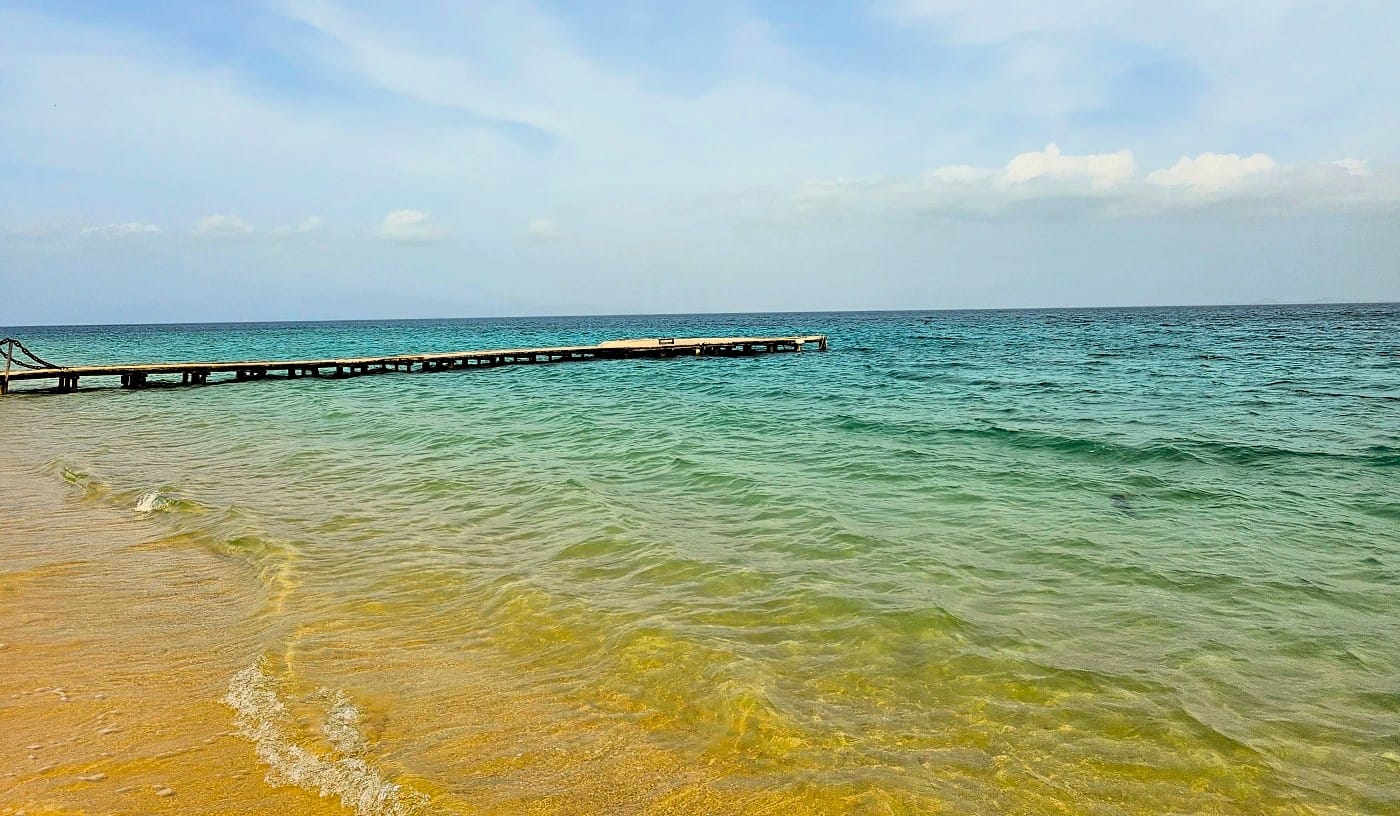
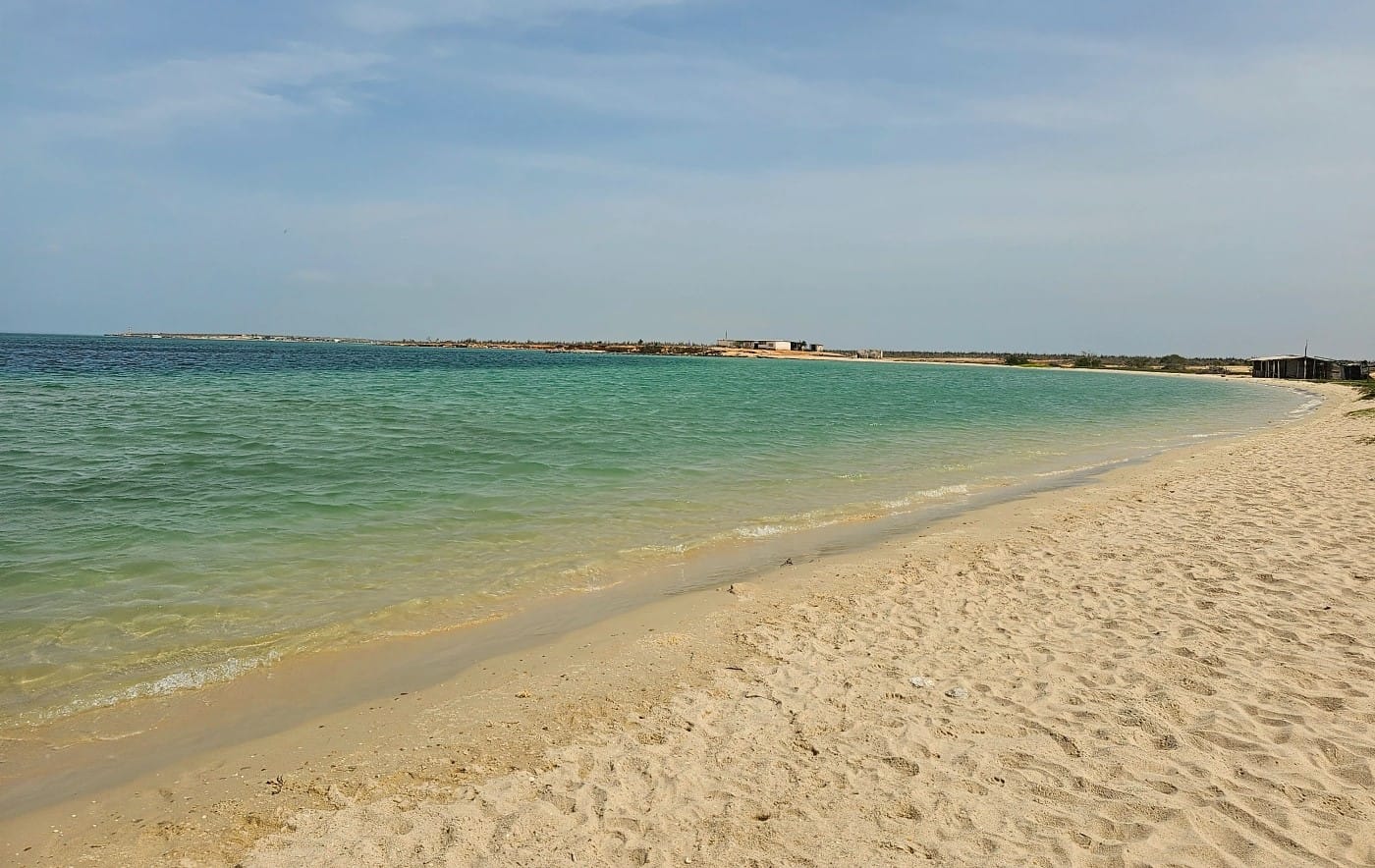
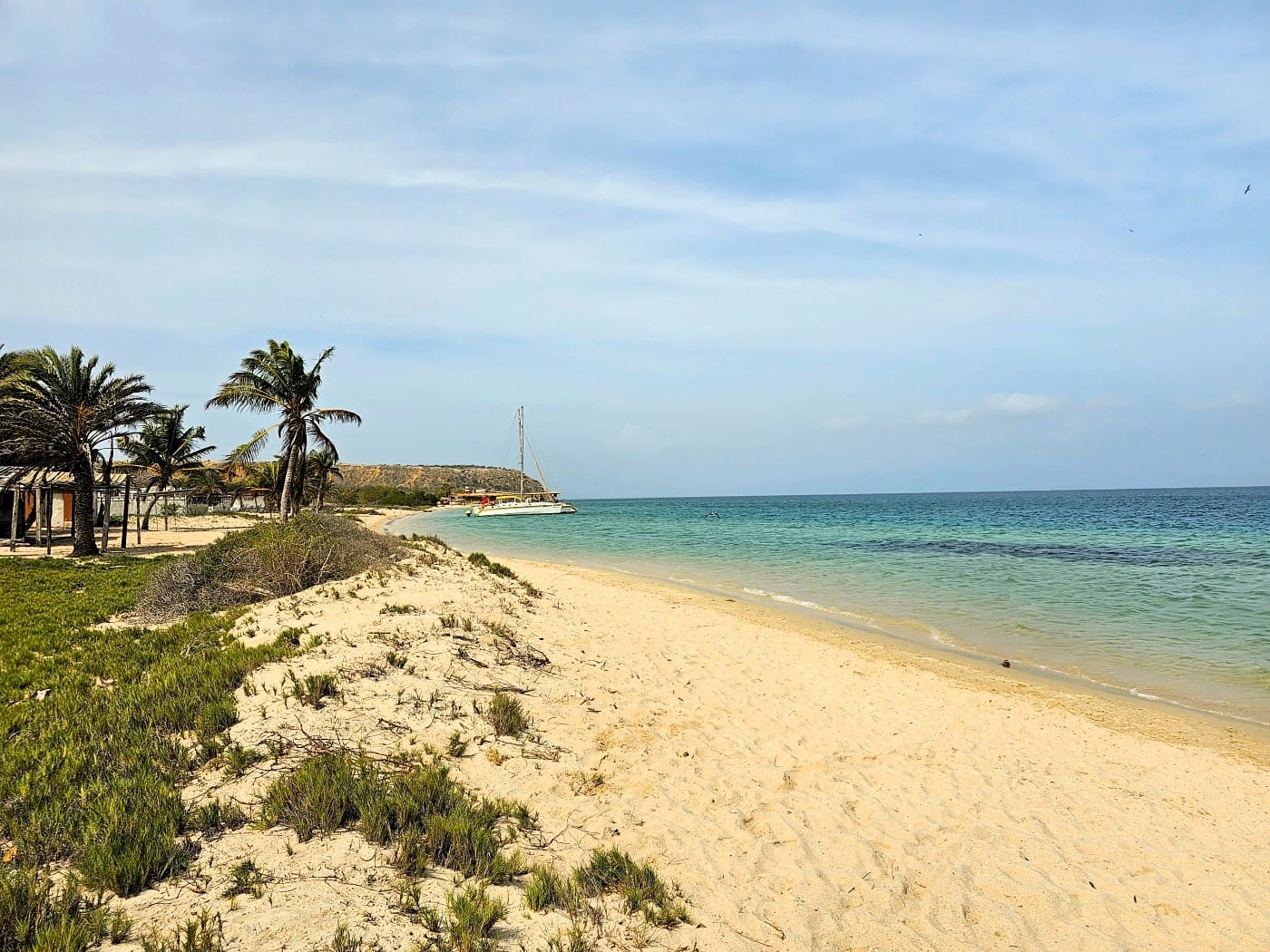
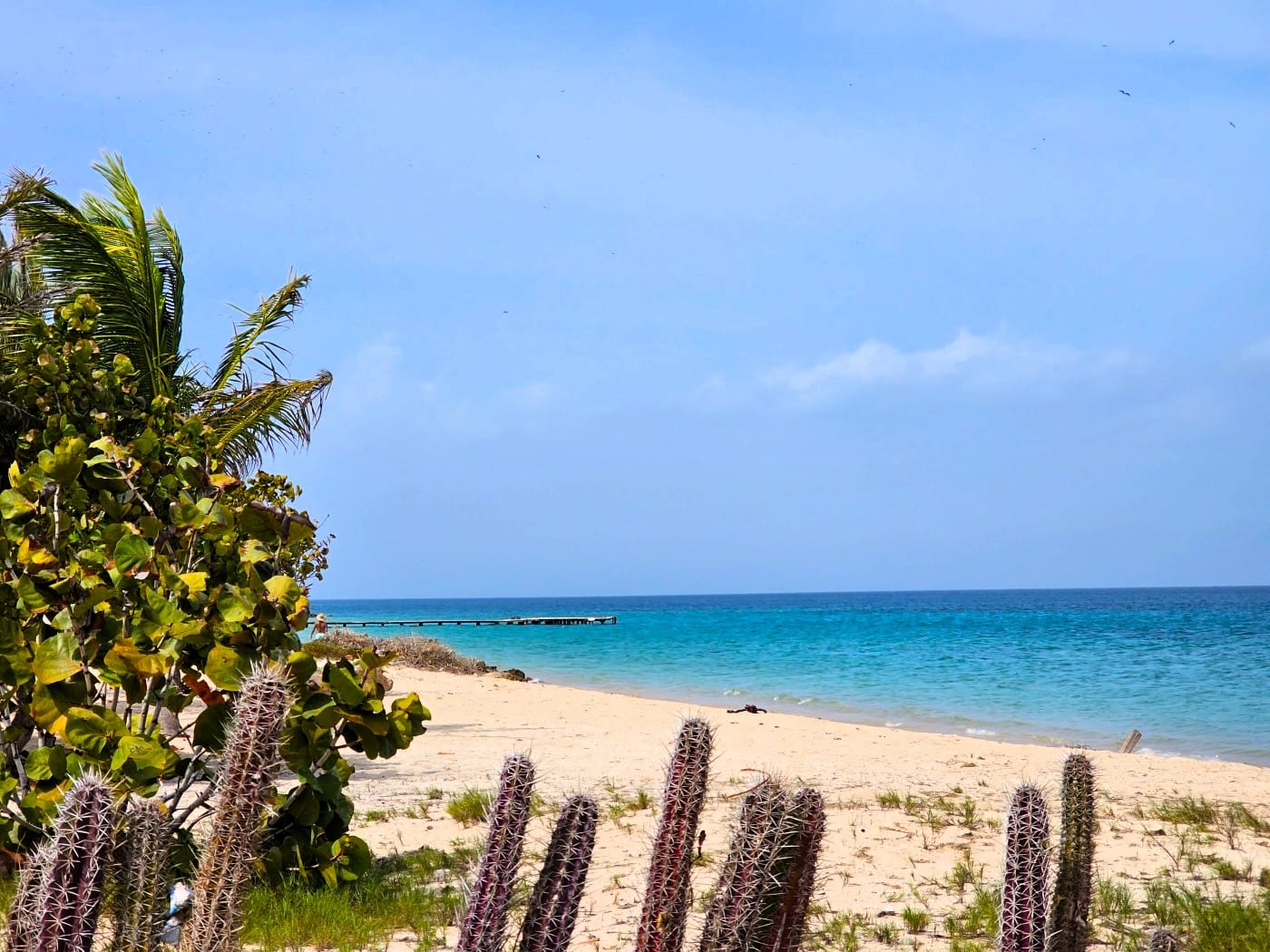
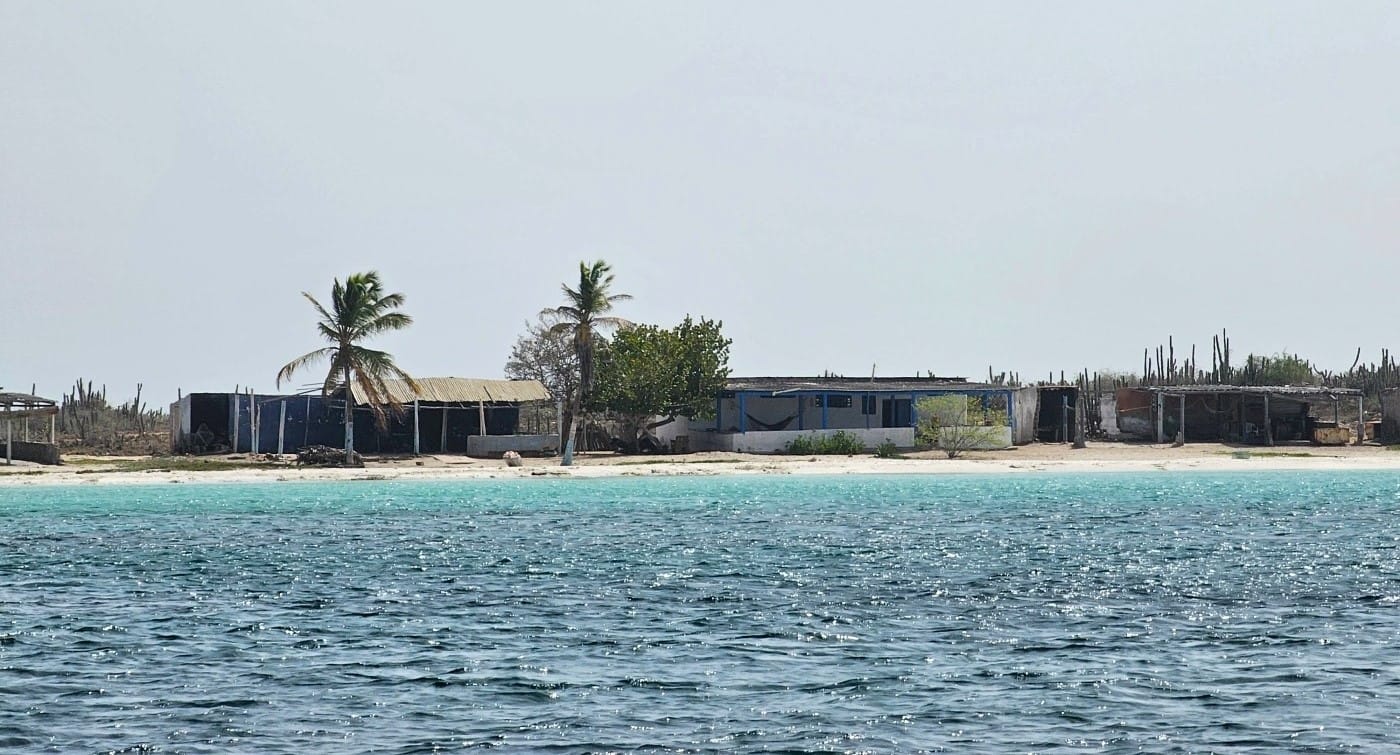
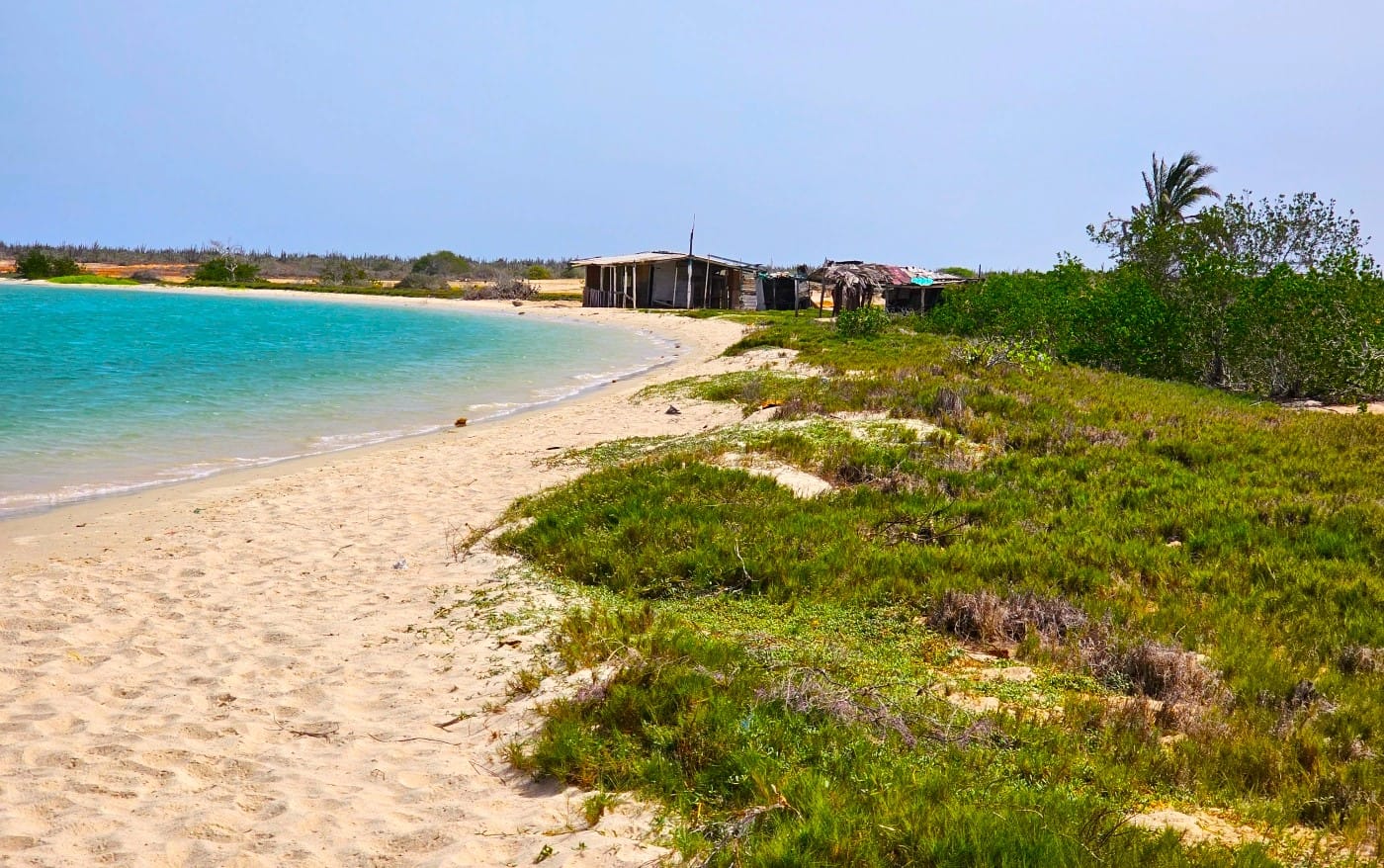
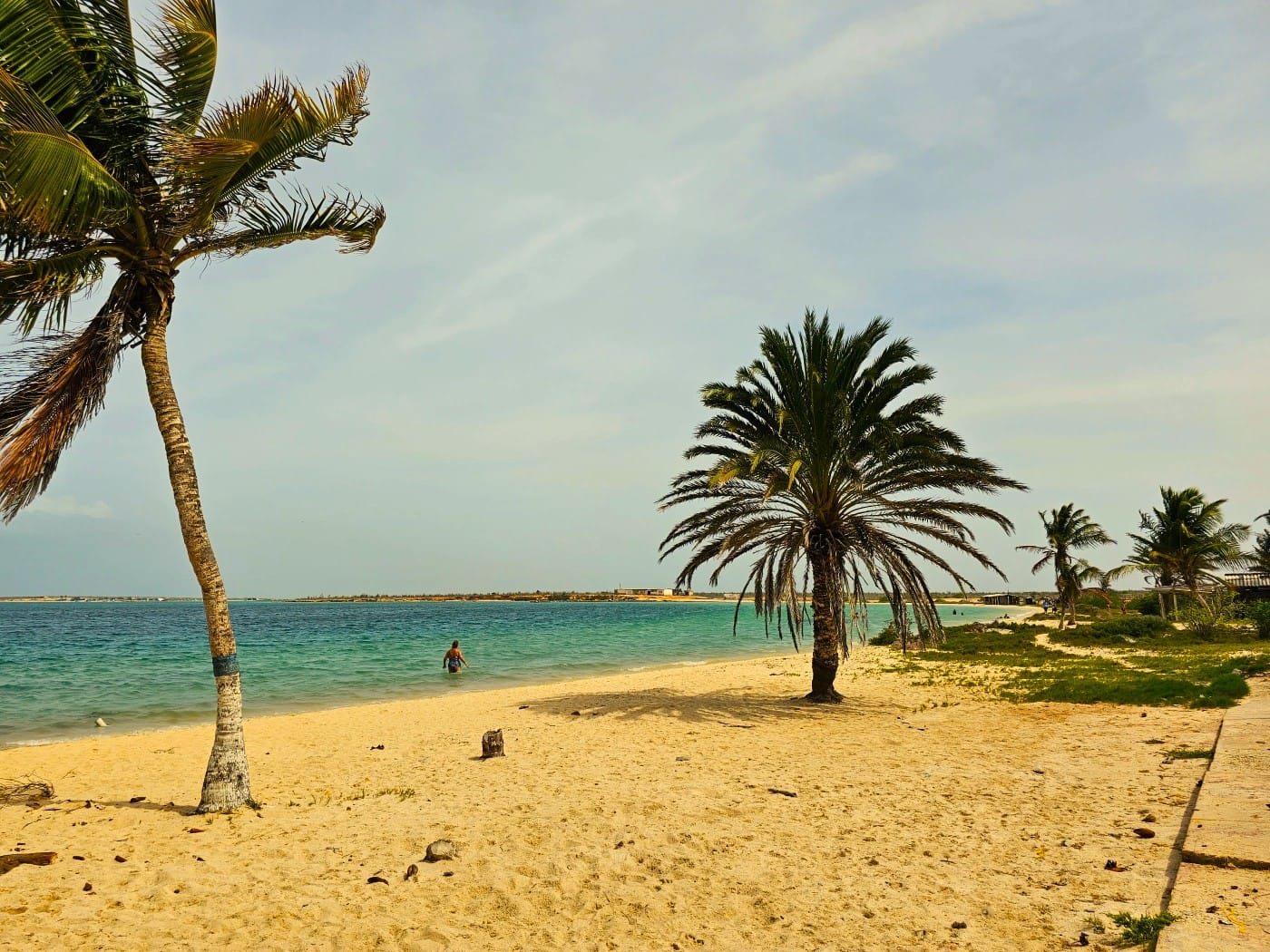
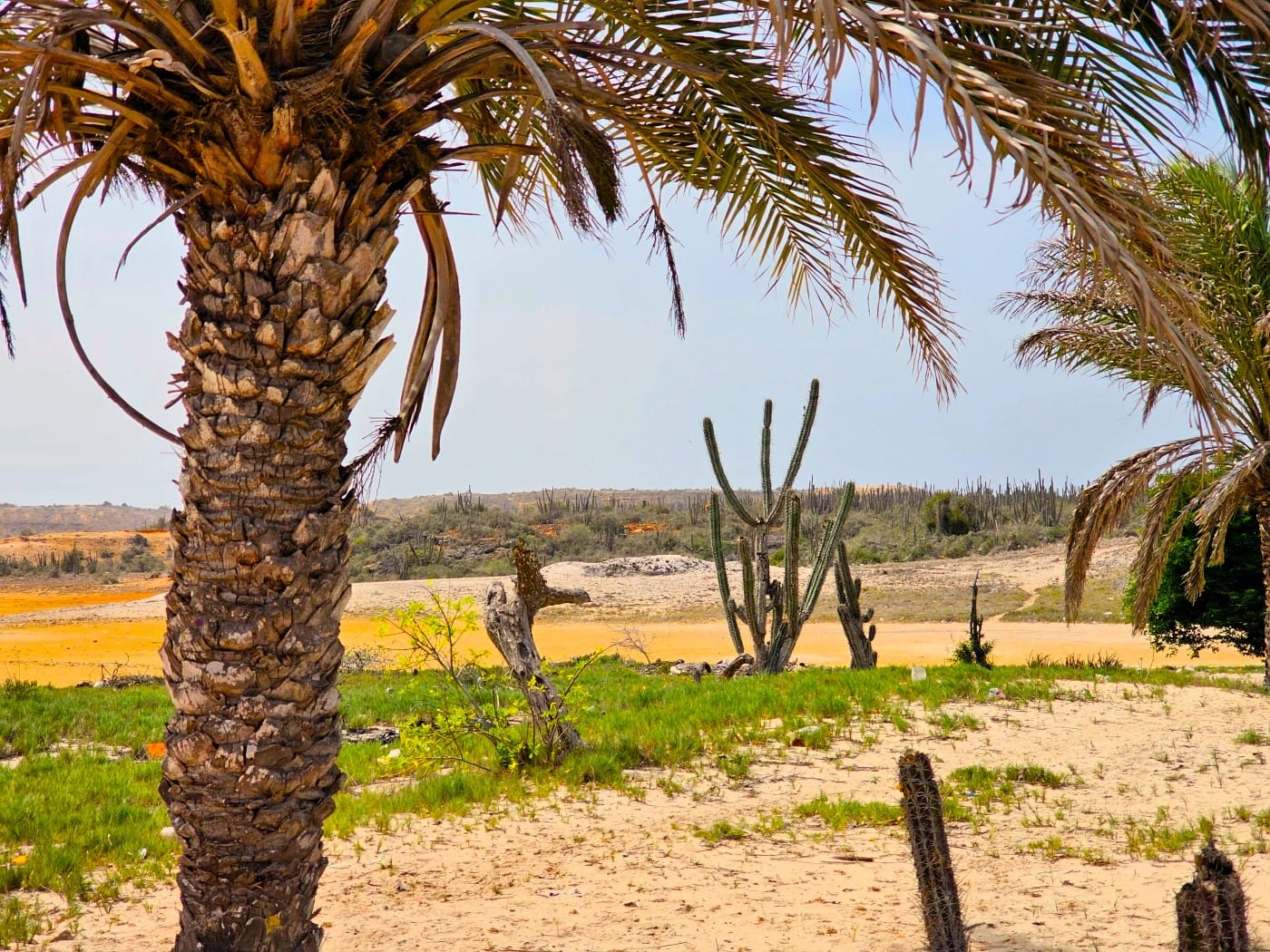
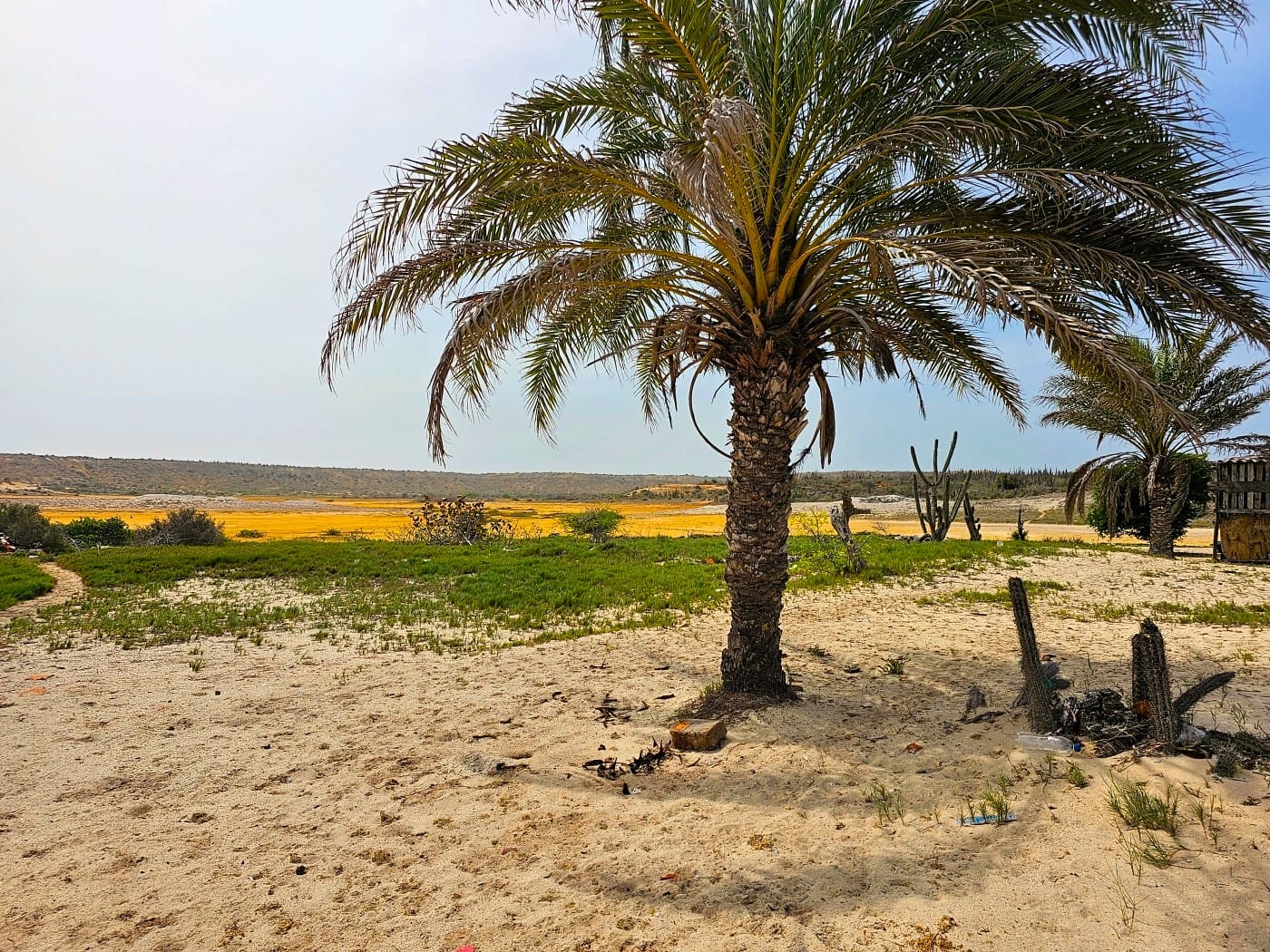
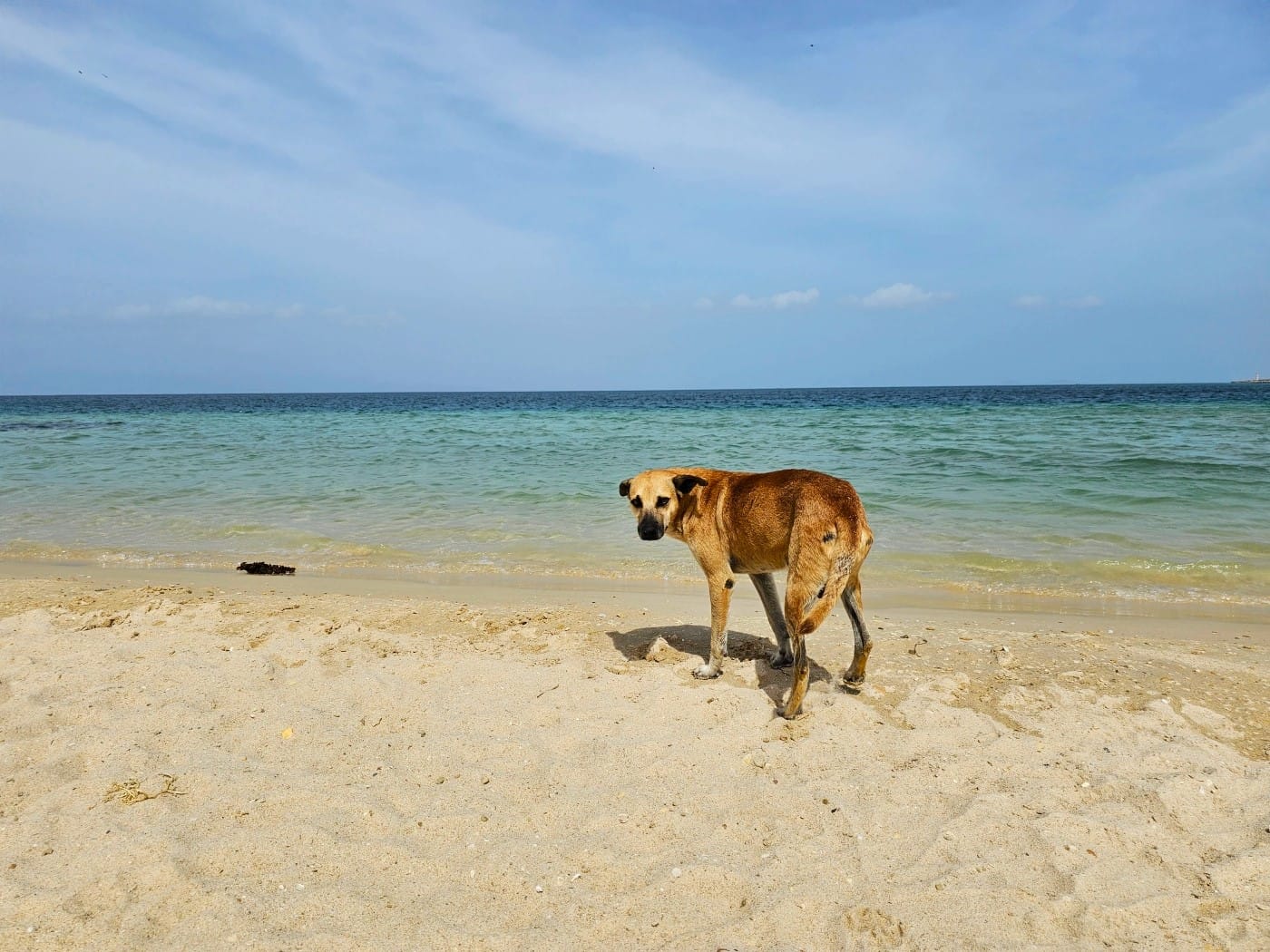
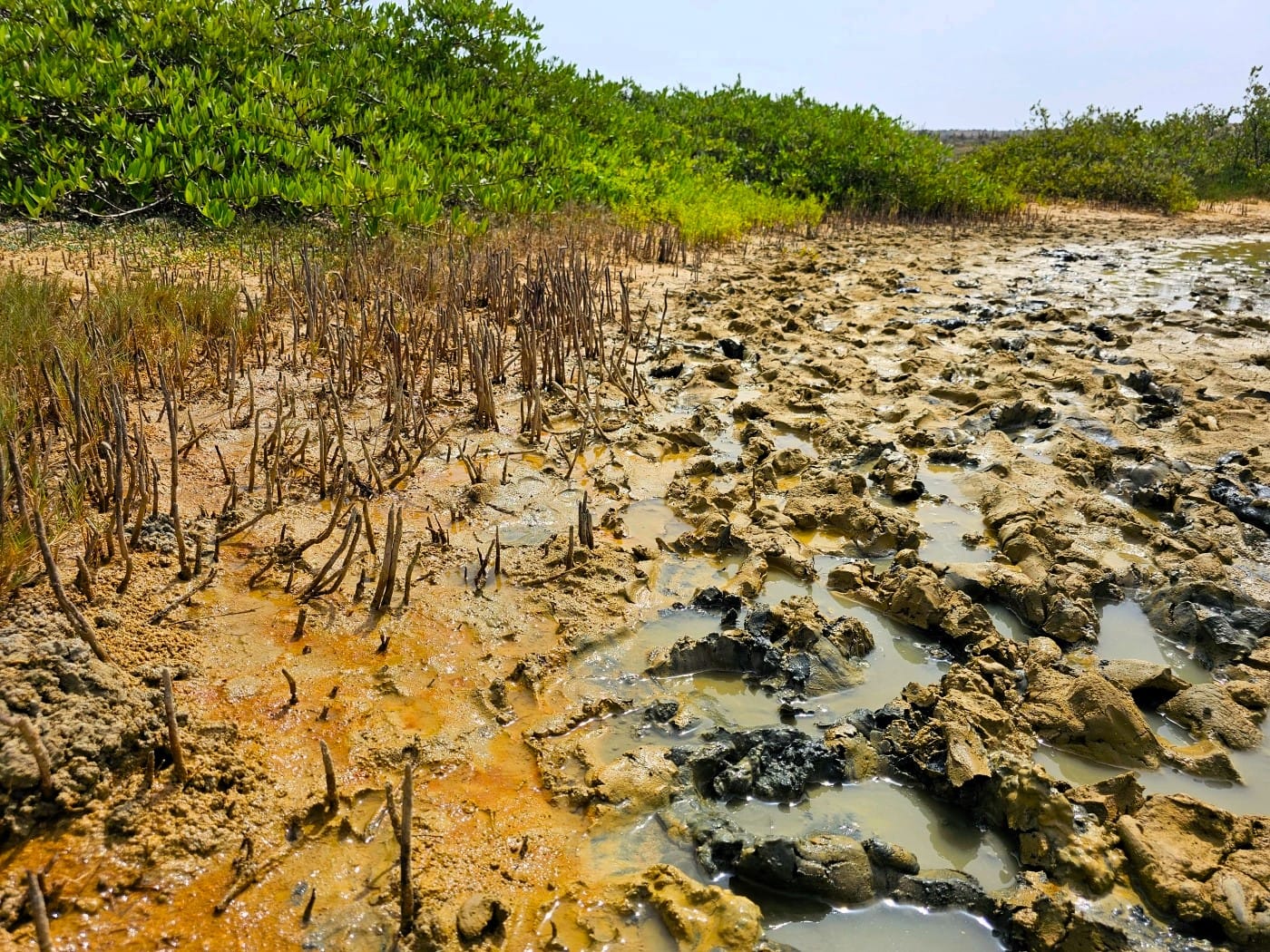
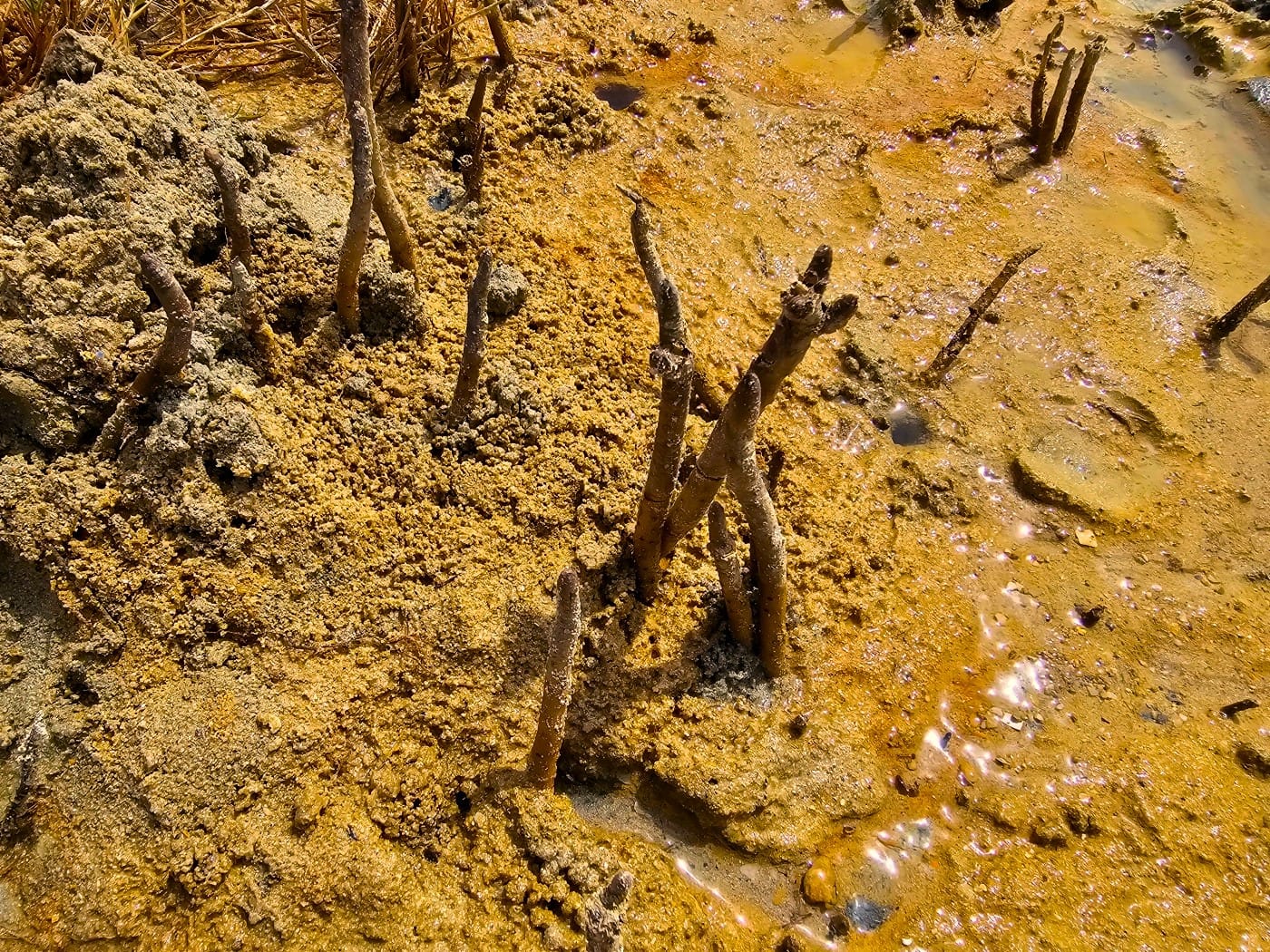
FLOR DE LA MAR (2015) by Jorge Thielen Armand – a short documentary about the island of Cubagua and the ruins of Nueva Cadiz.
There are two catamaran operators taking tourists from Punta de Piedras, the most popular is Infinitocatamaranes. We chose the less known, aimed at Venezuelan tourists, mainly because the communication was much better and we could book the tour without any payment (we paid cash to the captain at the port). The problem with the payment was that they don’t take card payments only bank transfers, and my bank doesn’t provide bank transfers to Venezuelan accounts (apparently YET), another option was Zelle – we don’t use it in Europe. Anyway, we took the risk, they took the risk and we were good. What was the best though, was the fact that usually we avoid group tours and events, we don't like noise (I read feedback about the other company regarding very noisy music during the tours) and this time we had fun ! We went with a group of Venezuelan people, we listened to Venezuelan music, ate Venezuelan food. After a few minutes on the boat all the people were chatting (and they talk a lot!!!!) like they knew each other for ages.
Our tour was 65$ per person and included:
- transport from & back to our hotel
- two beaches
- snorkeling by the ship wreck
- drinks (including beer and alkoholic drinks made to order)
- lunch at the beach (fruits and main meal – we had fried platans, rice and arepas – of course they offered an omlette instead of “regular” fish)
You can stay overnight on the island at the Cubagua Lodge info: https://www.instagram.com/cubagualodge/ and take a walk to ruins of Nueva Cadiz or just enjoy the silence.
The top experience was watching the dolphins – which was possible because we were the only tour going there, when we were leaving the port there were no people waiting for boats, ferries – I’m not sure but it was probably because of the Christmas.
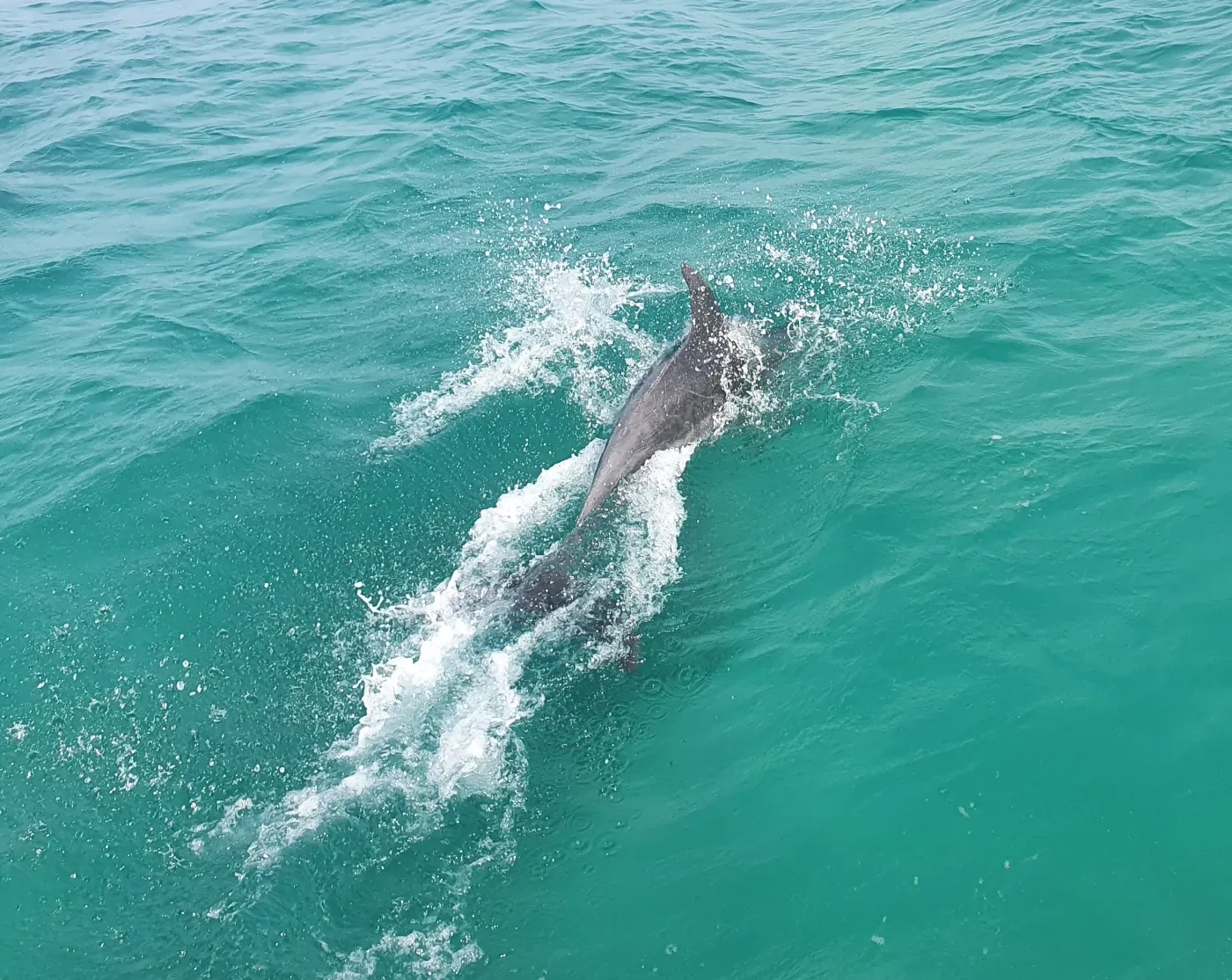
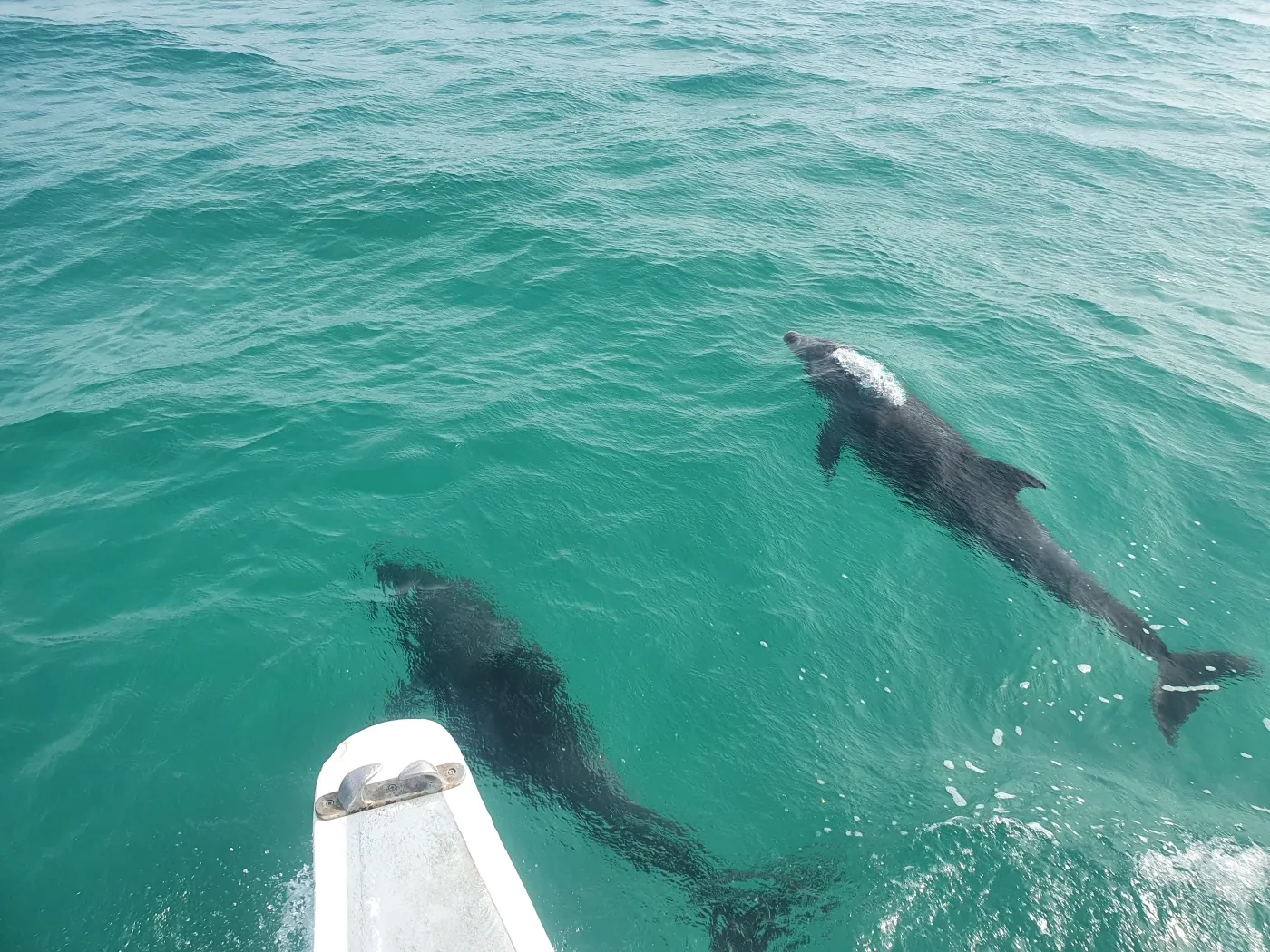
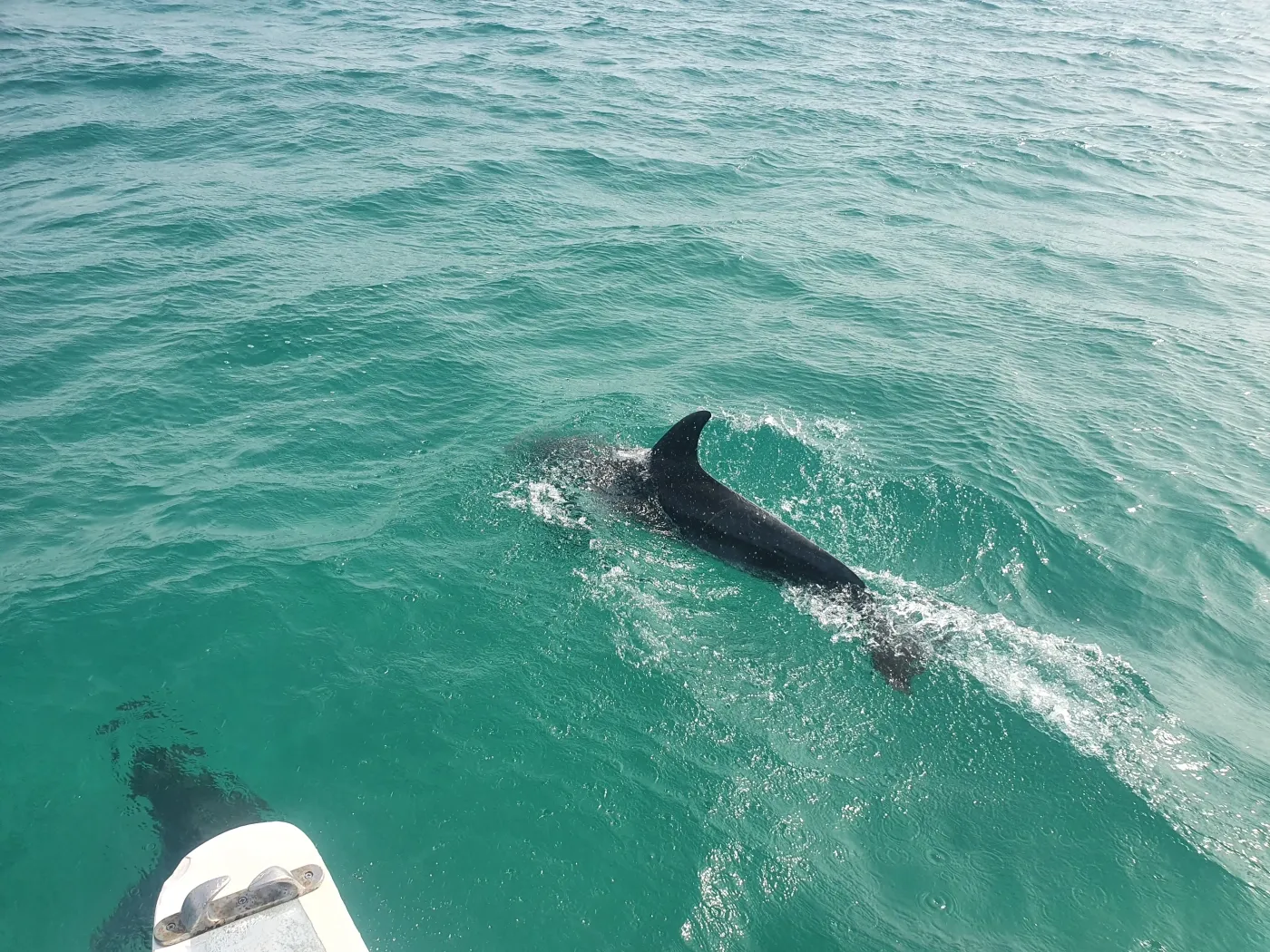
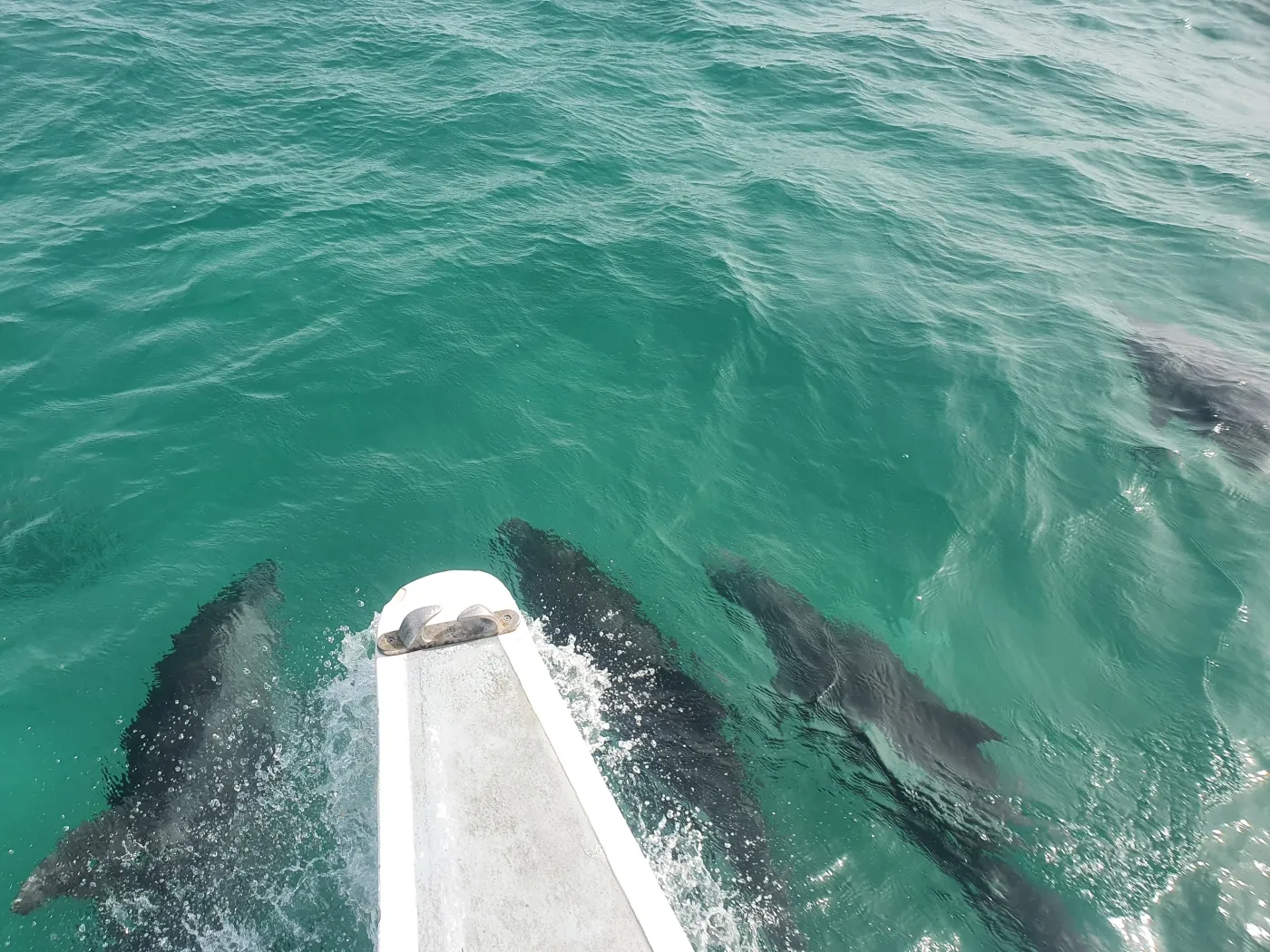
catamaran_mamale
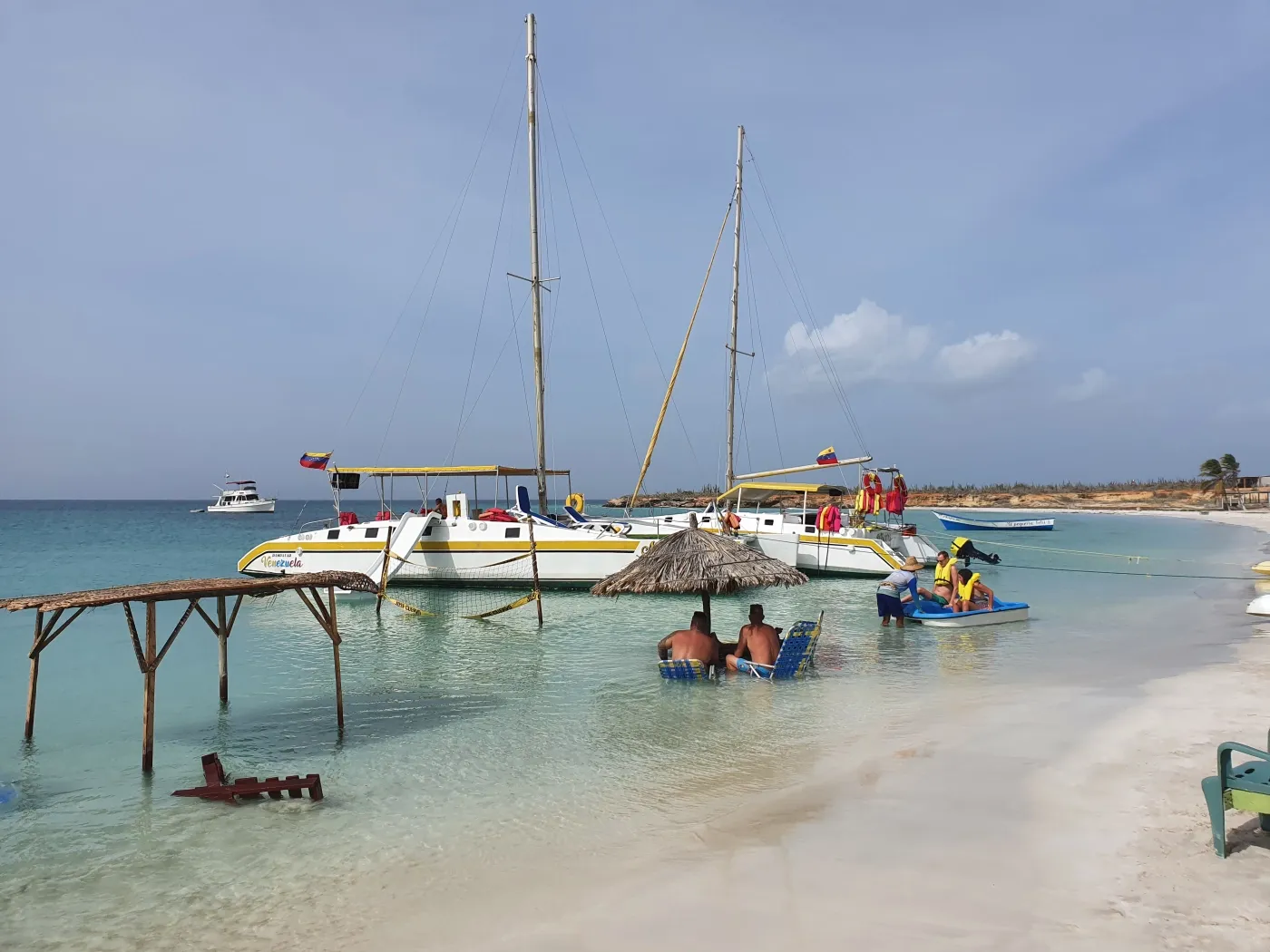
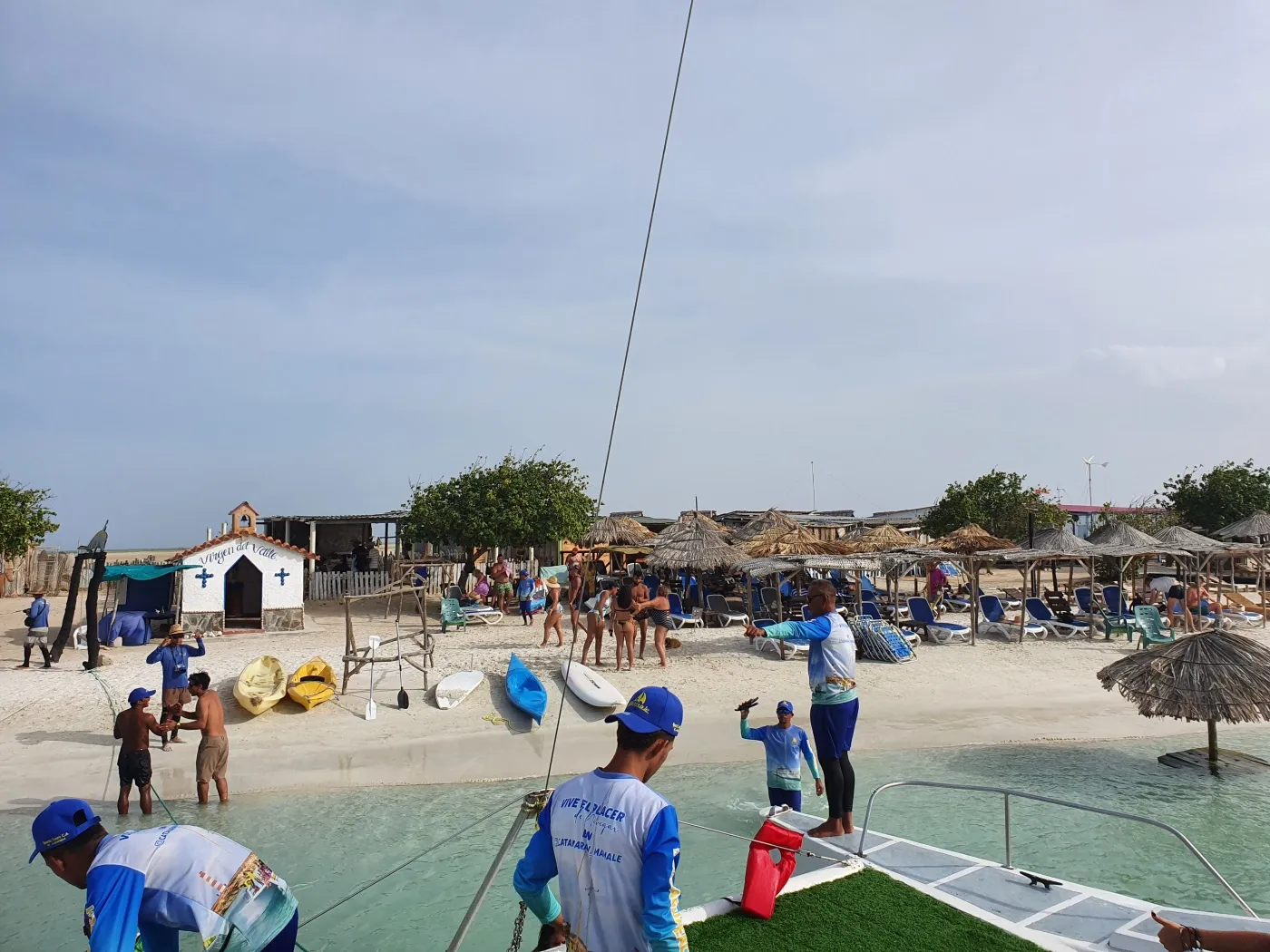
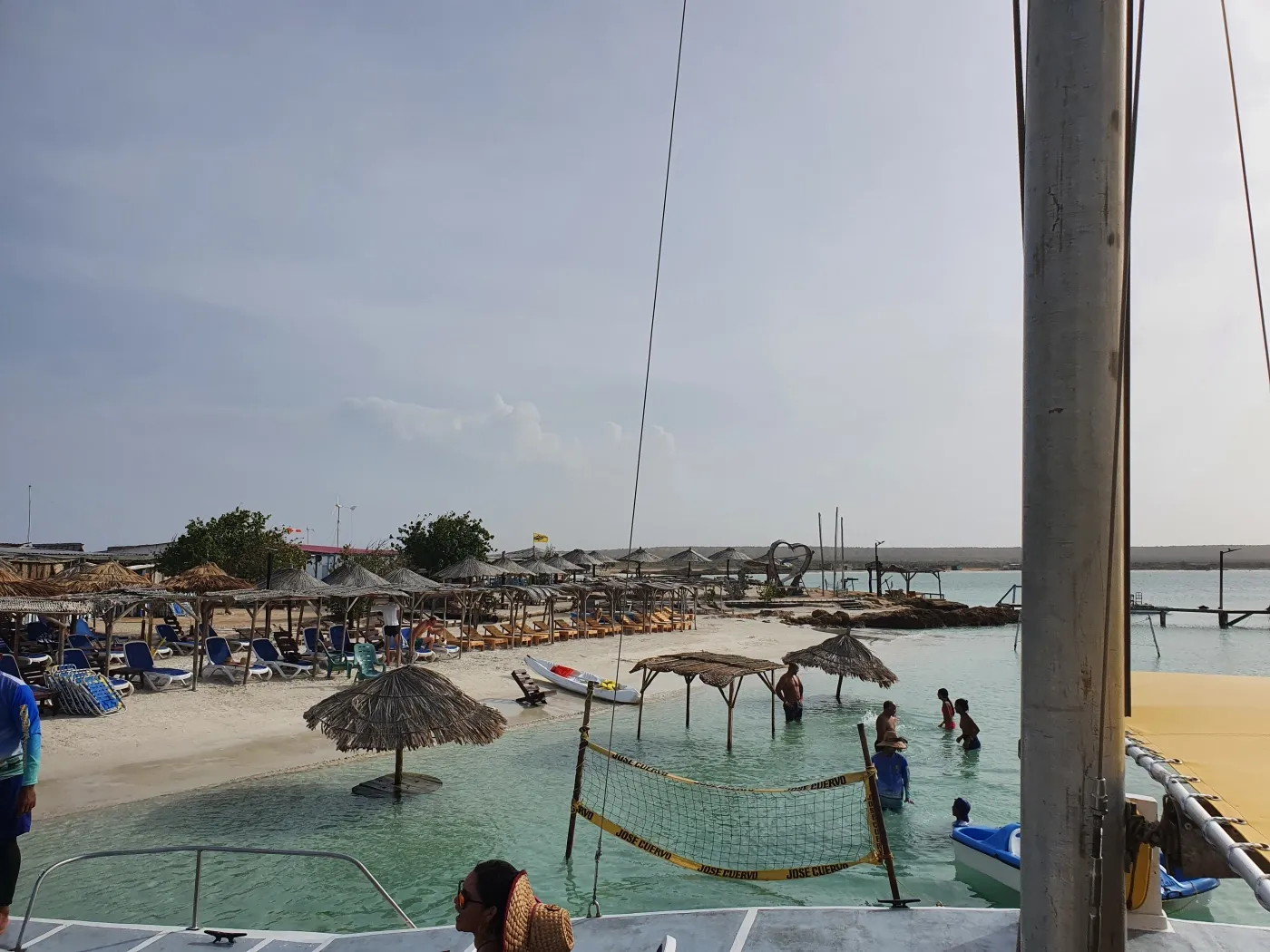
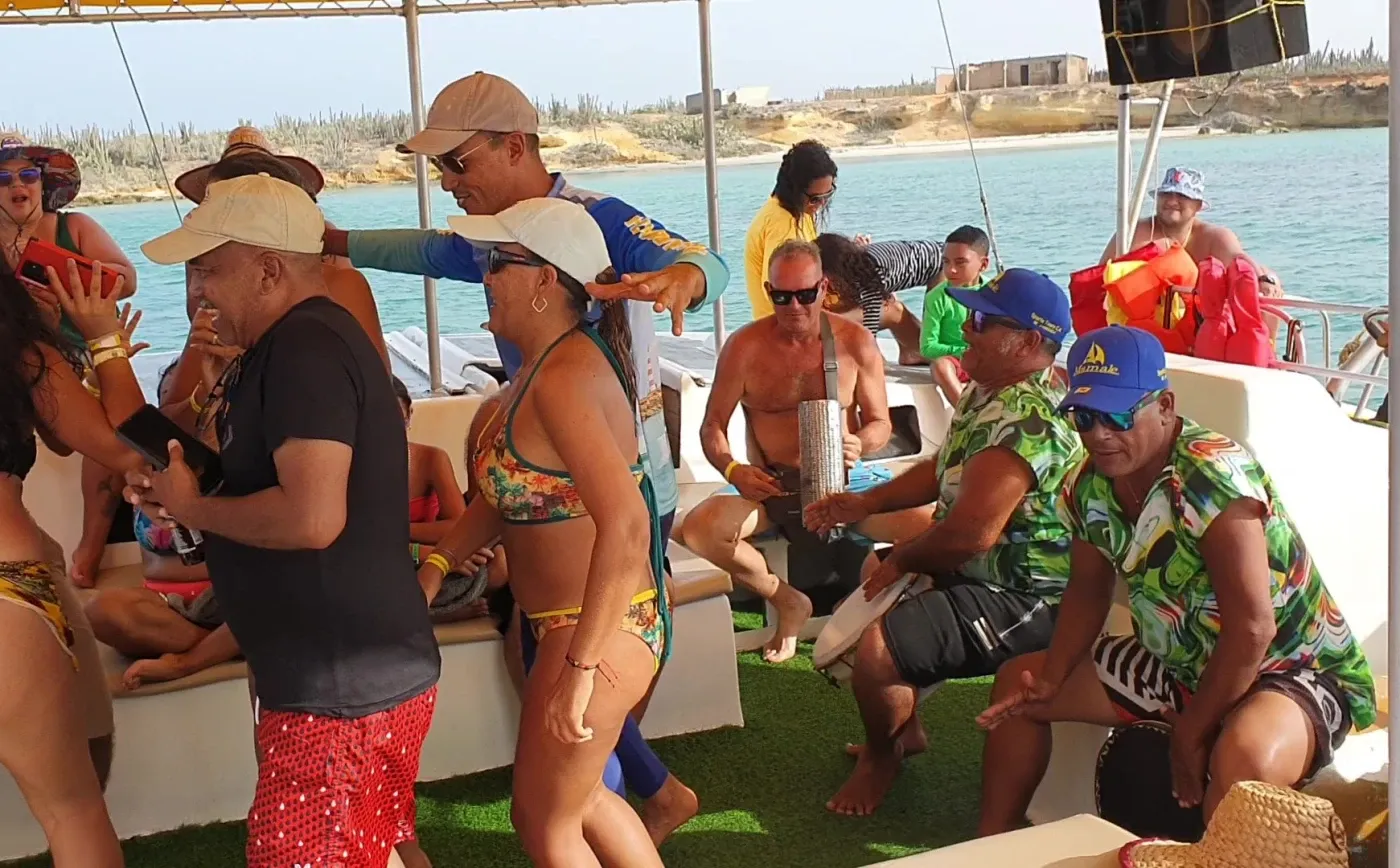
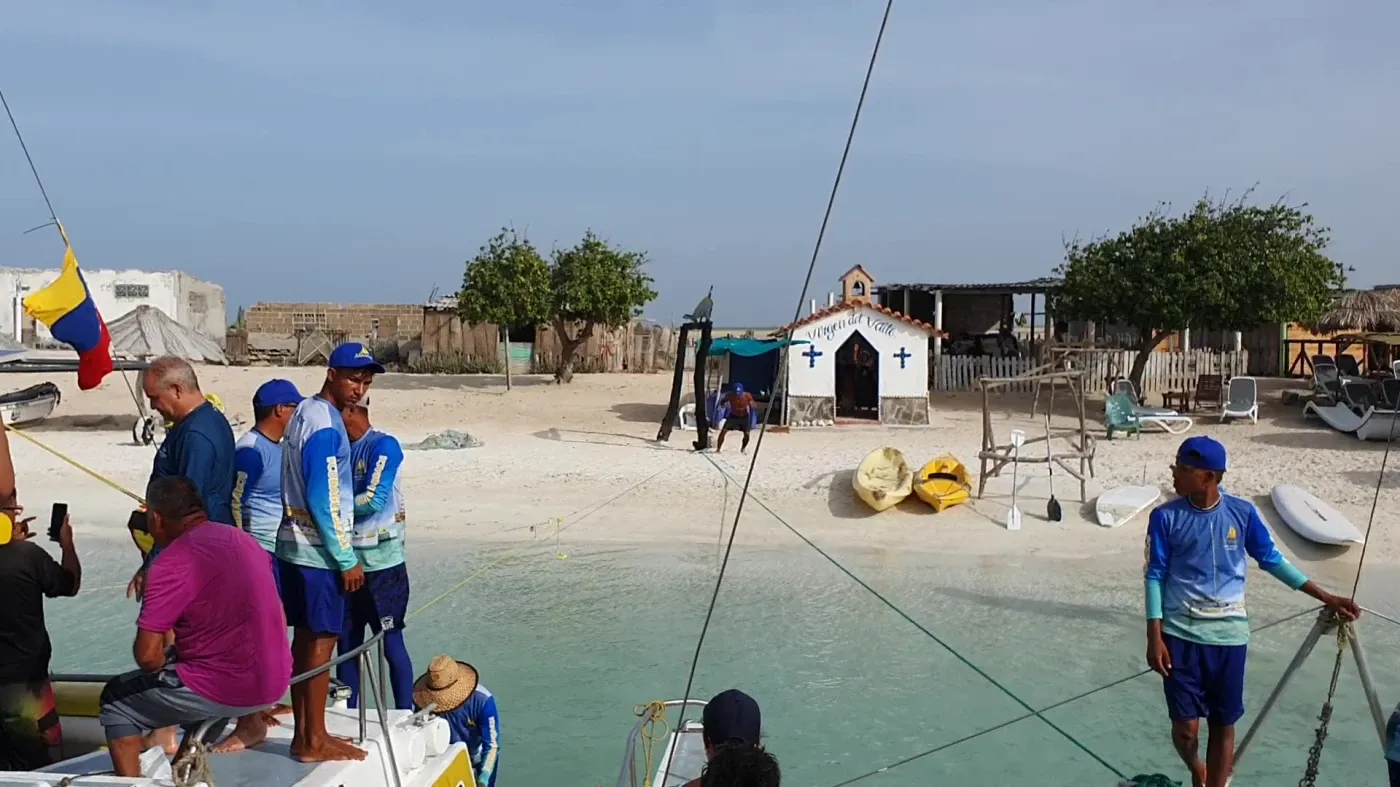
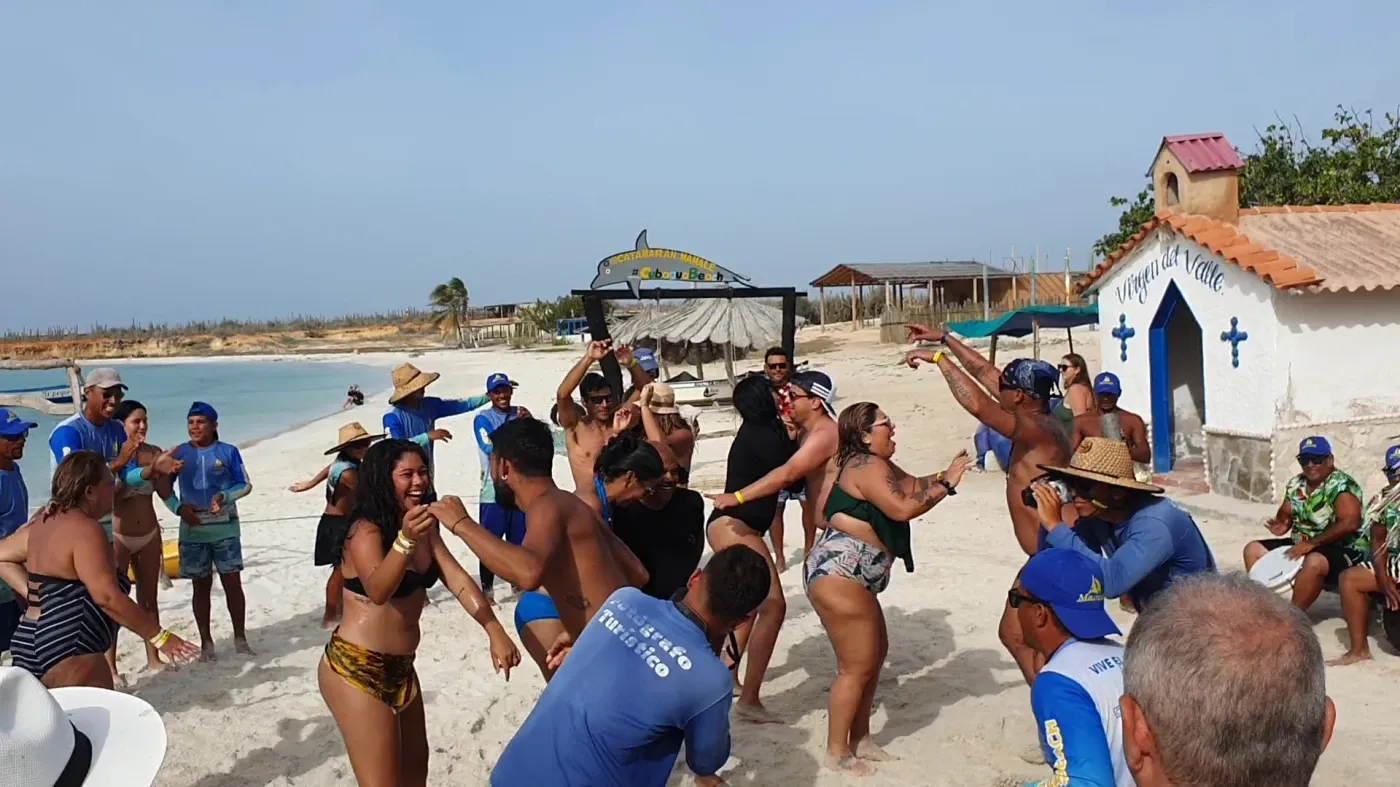
a stop by the ship wreck near Cubagua – we could take snorkeling masks to have a look underwater,
no corals, no reef, just a ship wreck and some fish
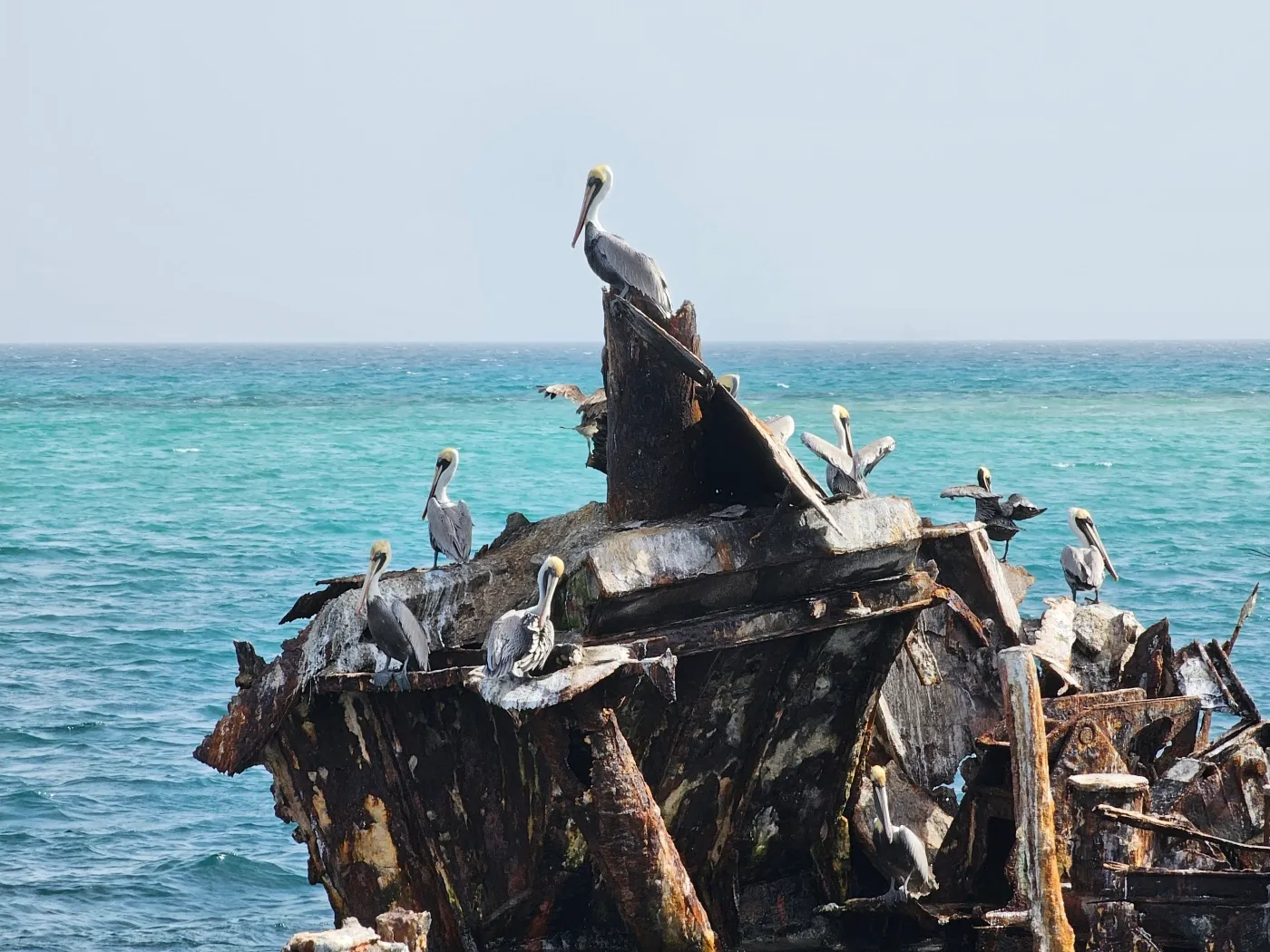
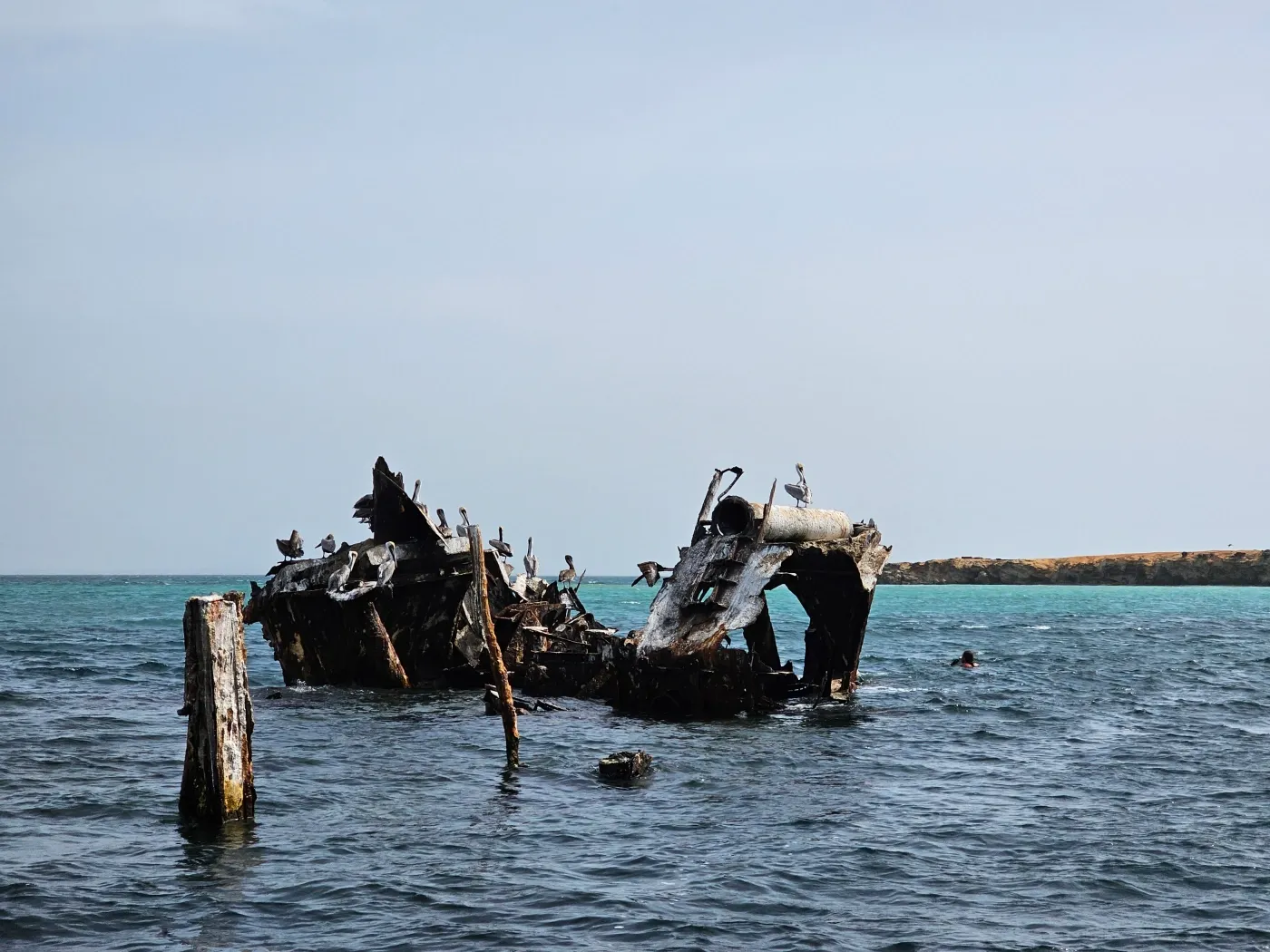
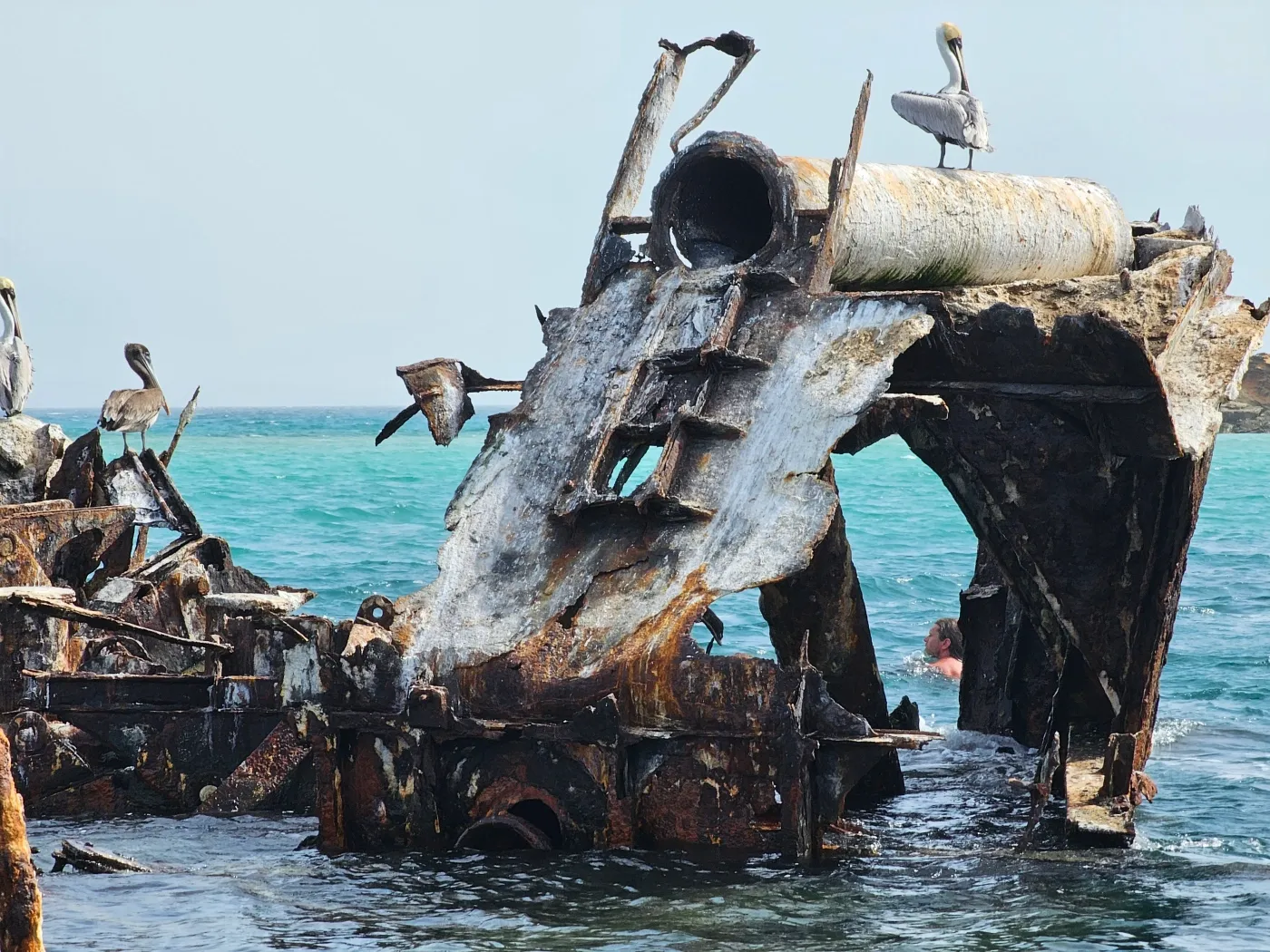
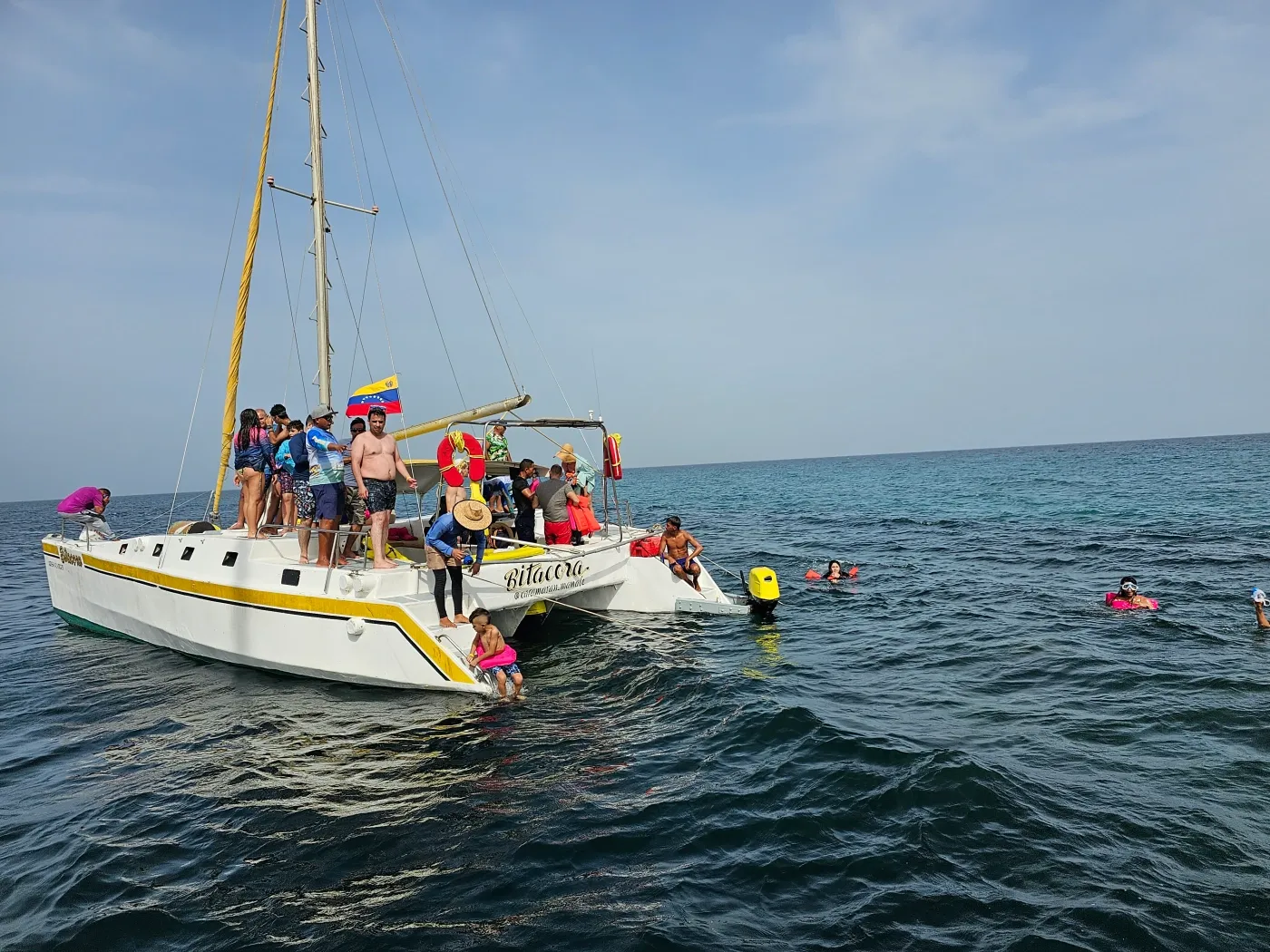
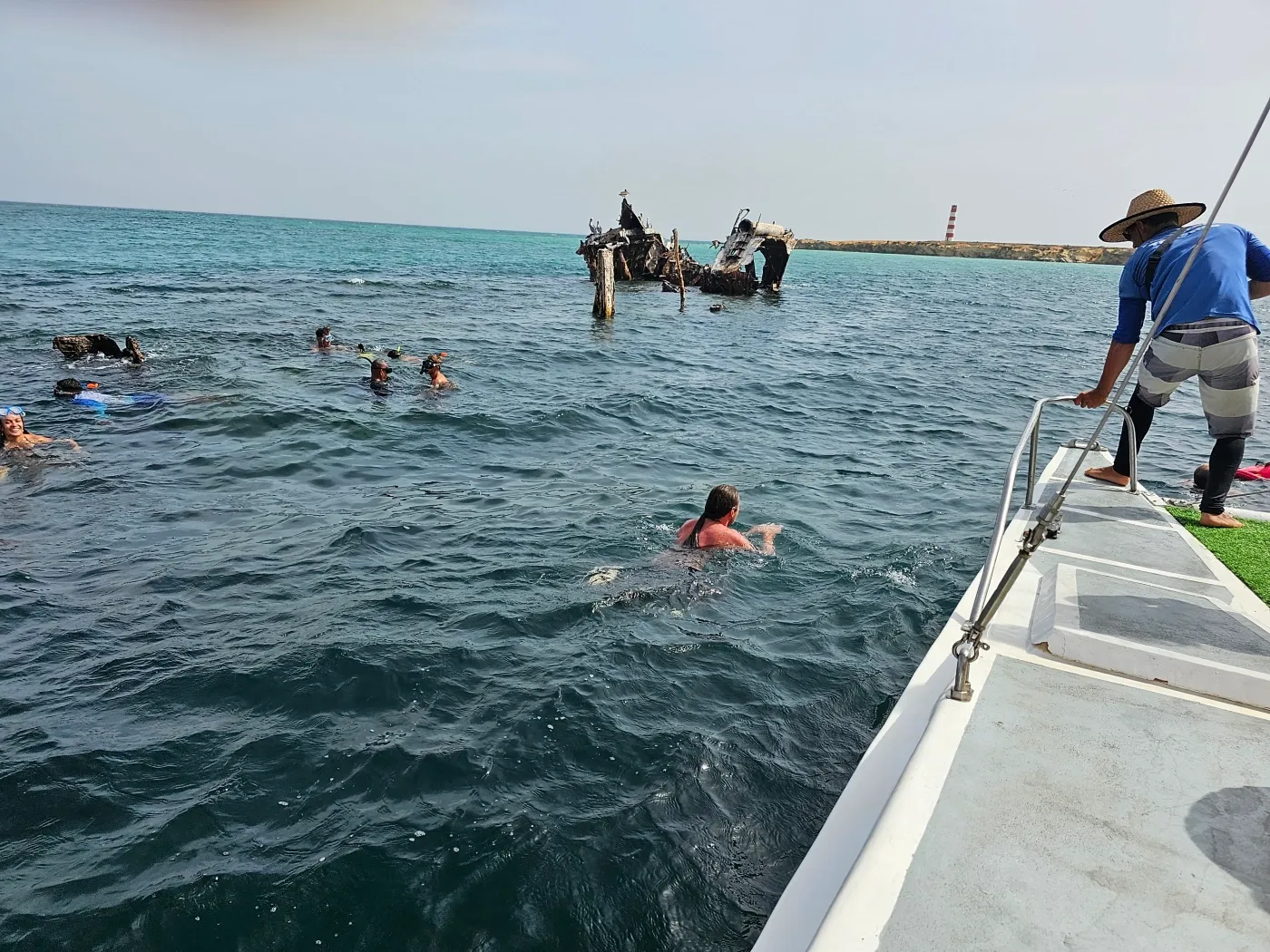
Isla de Coche
To get to Coche island it takes around 20 minutes by boat from El Yaque beach. The boat pier is marked on the map below, if you can't find there anybody just go to the local restaurant and ask for boats to Coche or if you don’t speak Spanish send a message to Eduardo – he’s a nice person who will find a cheap boat, a cheap driver, he will book Catamaran Mammale for you as well! He takes some commission for himself but it’s a really fair price – you say what you want and he does the job.
We met Eduardo at the beach near our hotel, we had already booked the catamaran to Cubagua but we wanted to go to Coche the next day, preferably in the small boat – he found a local guy with the boat for us. Without moving from our sunbeds we had it organised in 20 minutes. $10 for Eduardo and $40 for Jorge for the boat ride. At 9am Jorge was waiting for us in his boat, at 4pm he was waiting for us at the beach on the Coche island. The boat trip was amazing!
Isla de Coche has an area of 55 square km, around 10.000 inhabitants, two operating hotels just on the beach: Sunsol Punta Blanca and Paradise Coche (tourists staying at these hotels need to go to El Yaque from the Margarita airport and then take a boat to Coche). There are a few towns and a small airport.
